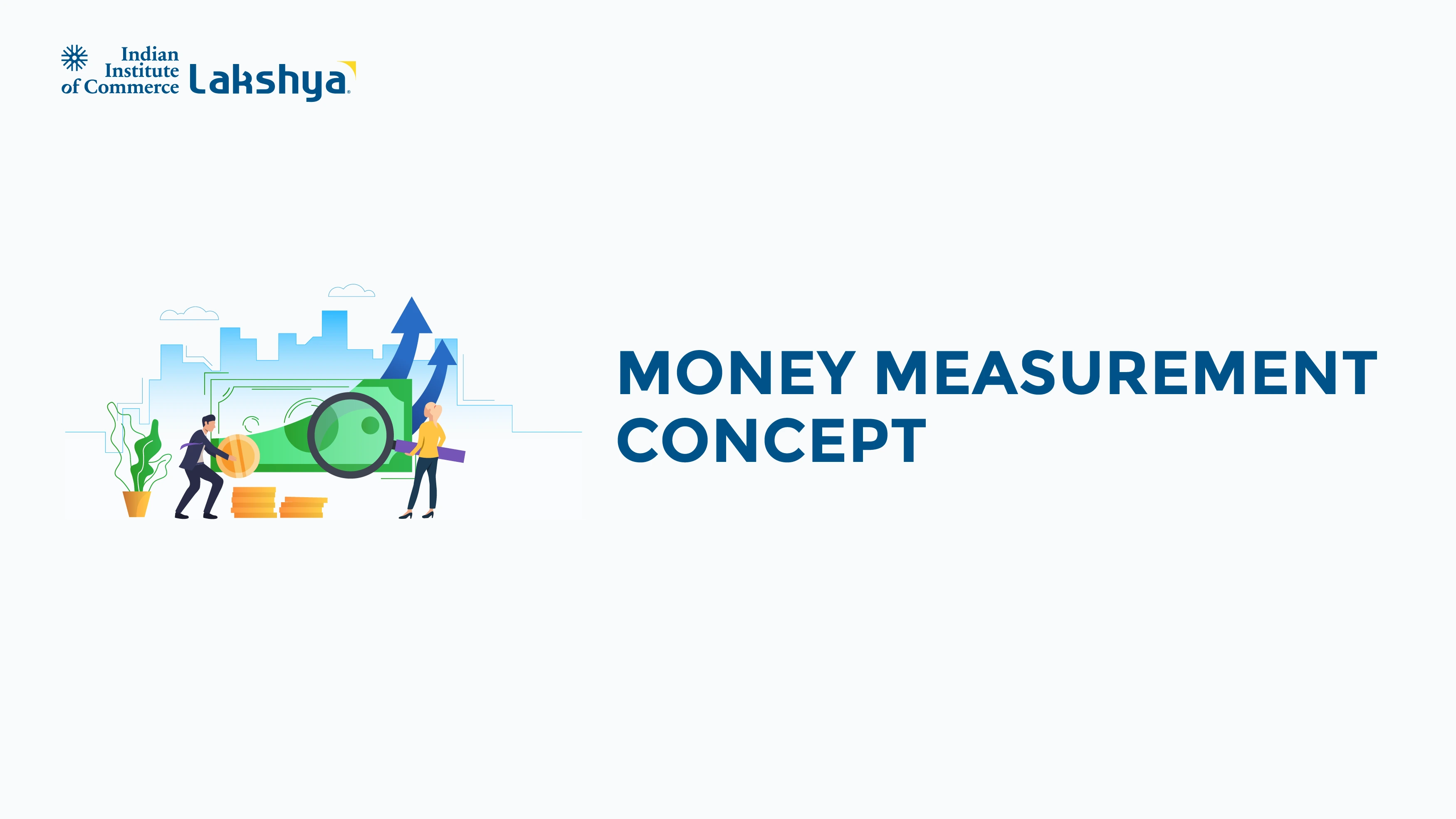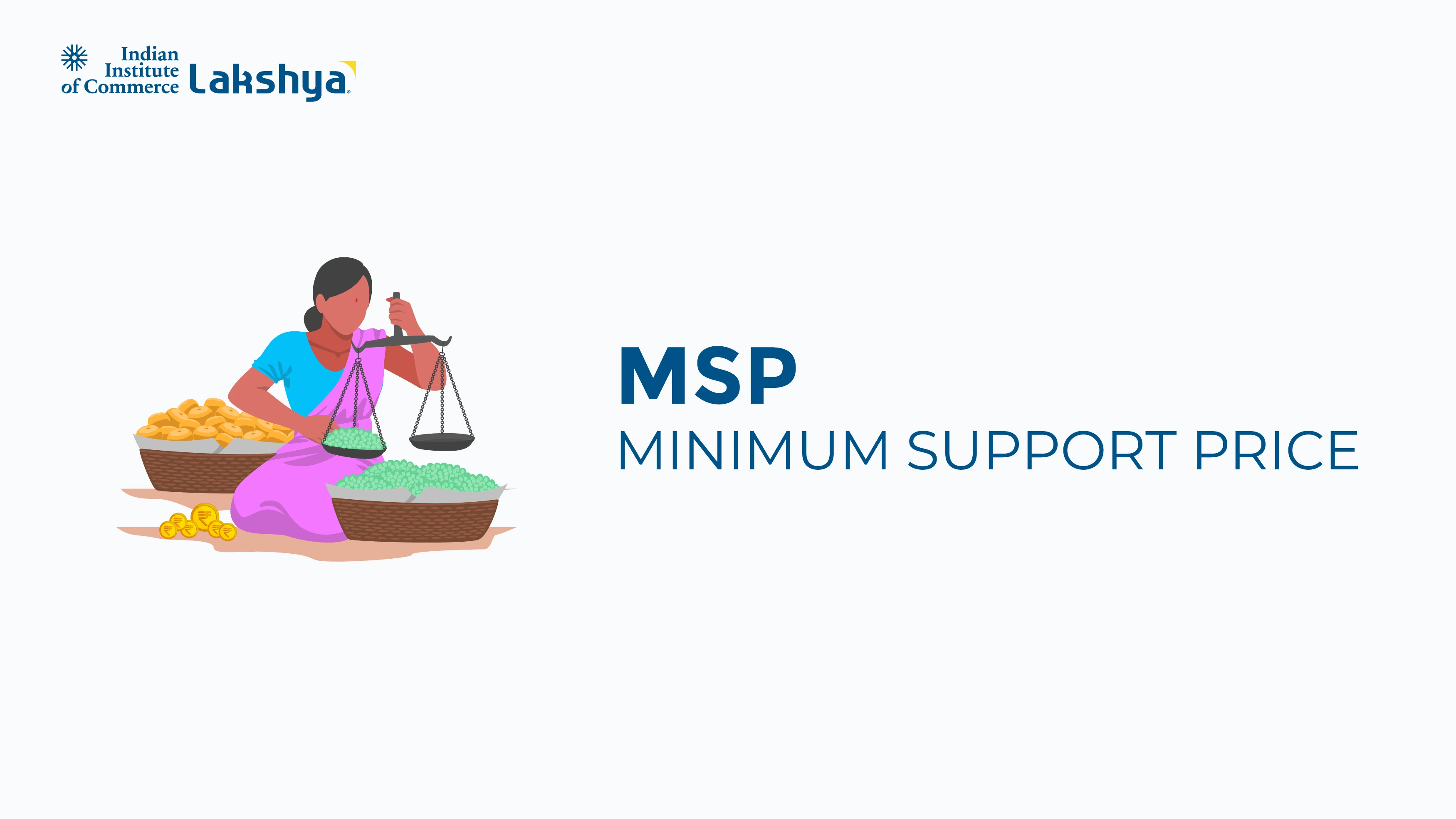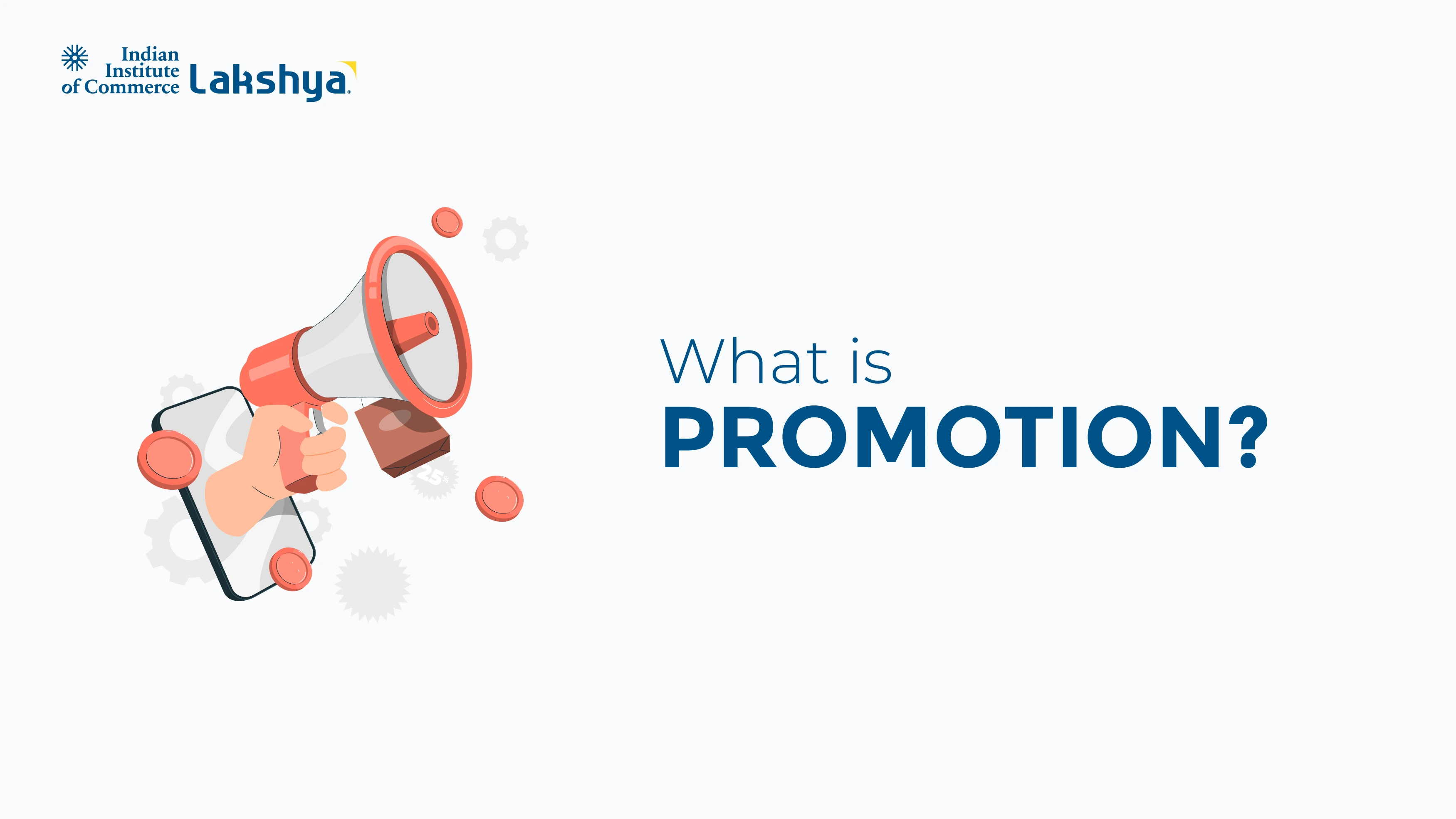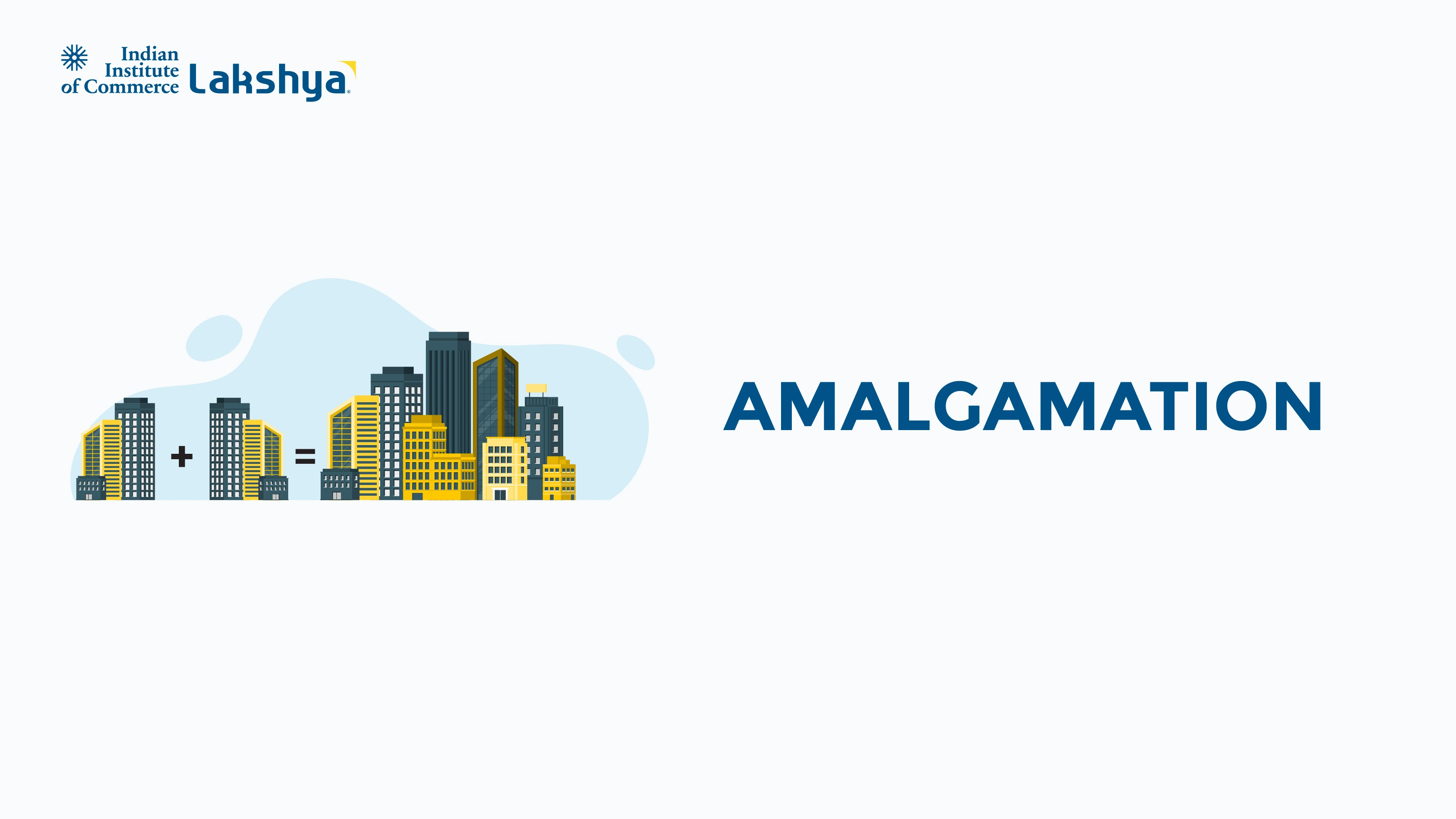Depreciation & Methods for Calculating Depreciation
Last Updated On -07 Aug 2025
|
Table of Contents |
This blog will dive into the depreciation world, answering questions like “What is it?” and “Why is it important?”
Depreciation is an essential concept in accounting and finance. It represents the cost of tangible assets, which is critical in day-to-day business and helps explain the gradual reduction in the value of assets over time. It pertains to the diminishing value of a fixed asset over a period because of deterioration, use, age, or becoming outdated. It is a critical accounting principle to help businesses distribute the cost incurred to acquire a tangible asset, such as a machine, building, or vehicle, over the asset's useful life. This chronological distribution apportioning asset cost ensures the organization’s financial statements reflect an asset’s true value, and the incurred expense is aligned with the revenue generated because of the asset.
What is Depreciation?
In simple terms, depreciation is the gradual decrease in the value of an asset or a tangible asset over time due to wear and tear, aging, or being outdated. For example, when we buy a new bike, the value starts decreasing with each passing year due and its constant use. After a few years, it will not be worth as much as when it was first purchased. The same happens with machines, buildings, and other assets used in business.
Depreciation helps spread the cost of assets over their useful lives, showing it as a significant expense in one year.
Check out this video explanation for depreciation and the calculation methods
What is a Tangible Asset?
A tangible asset is an asset in physical form that you can see, touch, and use. Tangible assets are buildings, machines, furniture, or land. These assets provide monetary value to the businesses. Depreciation is applied to tangible assets due to the loss in value over time.
Anything without physical form, like brand names, patents, and goodwill, is an intangible asset.
Why is Depreciation Important?
Calculating depreciation is essential to businesses because it helps maintain the financial reports and accounts over time. In economics, depreciation can also be measured as the change in the market value of capital over a given period. The gradual decrease in the value is limited to the assets and capital stock of a firm, nation, or other entity.
The key reasons for the importance of depreciation are
- Depreciation helps in making accurate financial reports.
- It allows businesses to recover asset costs over time
- It helps in the reduction of tax liability by spreading asset costs as expenses
- It helps in budgeting and replacement planning of assets
Key Reasons For Depreciation
Every organization has its accounting requirements, and while each method has its specific use, all of them strive to show the decreasing value of an asset in accounting records and assist in financial planning related to its replacement or maintenance in the future.
The main reason behind depreciation is the asset's loss of value over time due to various factors.
Here are the key reasons for depreciation:
- Wear & tear: The regular use of machines, vehicles, or goods causes them to get worn out over time.
- Obsolescence: The older models of goods get outdated and look less efficient than the new ones produced over time.
- Passage of Time: Assets like a company's lease get less valuable as they near expiry. Some assets lose value with time, even if they are not being used.
- Natural Resource Depletion: Coal mines, oil wells, and forests become less valuable if the resource is extracted.
- Market Conditions: Changes in demand and supply impact the value of assets. If the business is moved away from an area, the value of the land decreases.
Methods and Formulas For Calculating Depreciation
Different assets and their usage patterns necessitate a variety of methods to calculate depreciation. The Straight-Line Method, the simplest and most common, focuses on the even distribution of an asset’s cost over its useful life. It is expressed as: Depreciation = (Cost – Salvage Value) ÷ Useful Life. Another prevalent approach is the Written Down Value (WDV) Method, which is most suitable for assets that initially experience a sharper decline in value. It charges depreciation at a fixed percentage on the asset’s diminishing book value each year.
Several methods are used for calculating depreciation, depending on the nature of assets, usage patterns, tax benefits, and financial impact.
The key methods to calculate depreciation are:
- Straight Line Method (SLM)
- Written Down Value (WDV)
- Double Declining Method (DDB)
1. Straight Line Method
The straight-line method is the simplest and most commonly used method. The process is very straightforward. This method calculates the loss of value of an asset over time, helping businesses to determine the amount to expense. Then, they can incur an equal loss value over each accounting period.
The graph is plotted based on calculation results in a straight line, thus the name.
The formula for the straight-line method is:
|
Depreciation Expense
(Cost of Asset - Salvage Value)/ Useful Life (Salvaged Value: The worth of an asset estimated at the end of its useful life) |
Solved Examples for the Straight-Line Method
Q1. A machine costs INR 60,000, with a salvage value of INR 8,000 and a useful life of 5 years.
Depreciation Expense = 60,000 - 8,000/ 5 = 10,400
Q2. A company purchases machinery for ₹1,00,000. The expected value after 6 years is ₹10,000. Calculate the annual depreciation using the straight line method.
Depreciation per year = (1,00,000 - 10,000)/ 5 = ₹18,000
2. Written Down Value
The estimated value of an asset after taking depreciation into account. In simpler words, the written-down value tells about the current value of an asset, which is mentioned on the company’s final balance sheet.
The written-down value is also called book value or net book value.
The formula for the written-down value method is:
|
Written-Down Value Method
Book Value × Depreciation Rate |
Solved Examples for Written-Down Value Method
Q1. A machine costs INR 60,000, and the depreciation rate is 20% per year.
- Year 1 = INR 60,000 × 20% = 12,000 (new value = 12,000 )
- Year 2 = INR 12,000 × 20% = 2,400 (new value = 2,400 )
Q2. A vehicle was purchased for ₹80,000 and is depreciated at 20% per annum using the WDV method. Calculate depreciation for the first two years.
- Year 1 = INR 80,000 × 20% = ₹16,000 (Book value at the end of year 1 = INR 80,000 - 16,000 = INR 64,000
- Year 2 = INR 64,000 × 20% = ₹12,800 (Book value at end of year 2 = INR 64,000 - 12,800 = INR 51,200)
3. Double-Declining Method (DDB)
The Double-Declining Balance method is also known as the reducing balance method. It is used to measure the expense of a long-lived asset and is an accelerated depreciation calculation method used in business accounting. The DDB method calculates more considerable depreciation expenses during the earlier applicable years and smaller ones later.
This makes the companies choose the DDB method for assets that will lose value early.
|
Double-Declining Method
2 × SLDP × BV |
Where,
- SLDP = Straight Line Depreciation Percent
- BV = Book Value at the beginning of the period
What Depreciation Formula to Apply?
The three prominent formulas to calculate depreciation apply differently in different scenarios. The choice of the depreciation method can be based on the assets in question and the impact they will have.
The key features on which the choice of depreciation methods depends are:
- Nature of the asset: An example is buildings or machinery
- Usage Pattern: Steady or decreasing with time
- Tax Benefits and Financial Impact
Here are a few points on which the usage of the depreciation formula depends:
- For Simple Calculations, Use the Straight-Line Method
- For Tax Benefits: Use the Written-Down Value method
- For Rapid Obsolescence (computers, mobile devices): Use the DDB method
Read More
- Consumer Protection Act
- Liberalization
- Taylor's Principles of Scientific Management
- Ledger in Accounting
Deciding what to read next? Don't worry, we have got a list full of Commerce Articles curated just for you!
Frequently Asked Questions ( FAQs )
Can land depreciate over time?
No, land does not wear out or lose value over time, so it cannot depreciate; however, any building or structure made on land can depreciate.
What is the impact of depreciation on tax?
Depreciation calculations measure business expenses, which help reduce taxable income. Lower taxable income means lower tax liability, which helps businesses save money.
What happens after the full depreciation of assets?
After the complete depreciation of an asset, the book value reaches the salvage value. However, some businesses continue to use the asset till it functions.






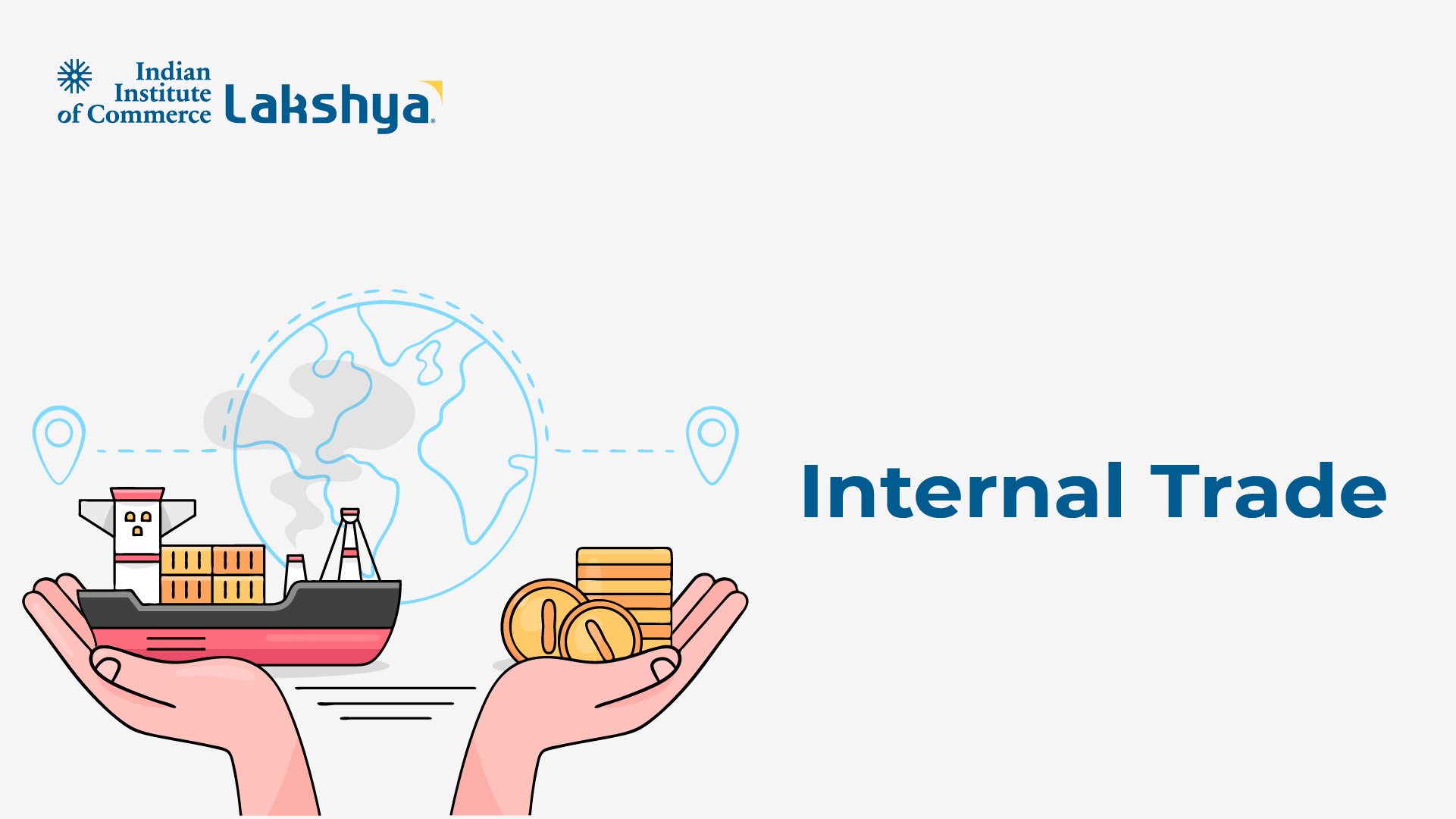

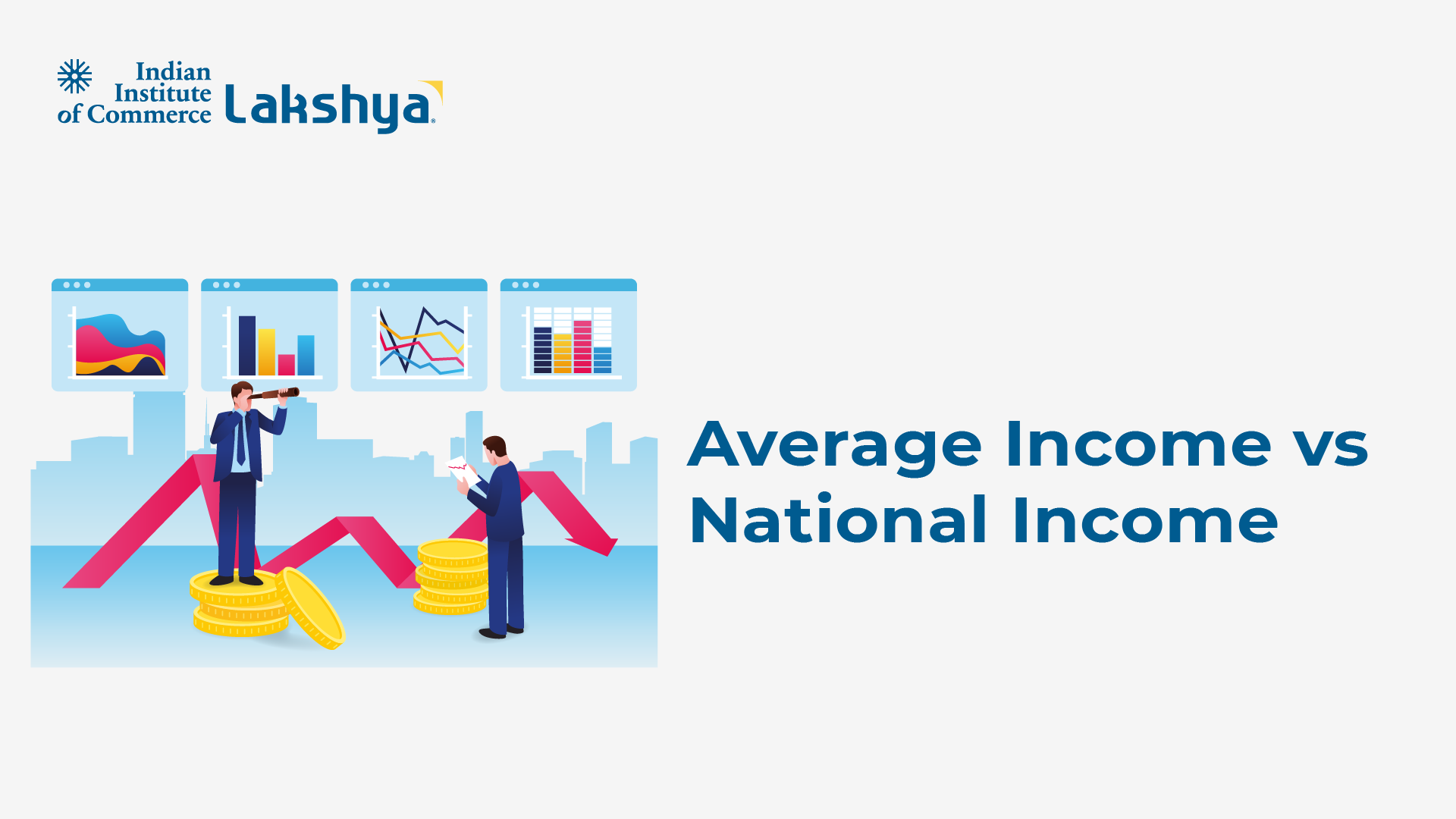


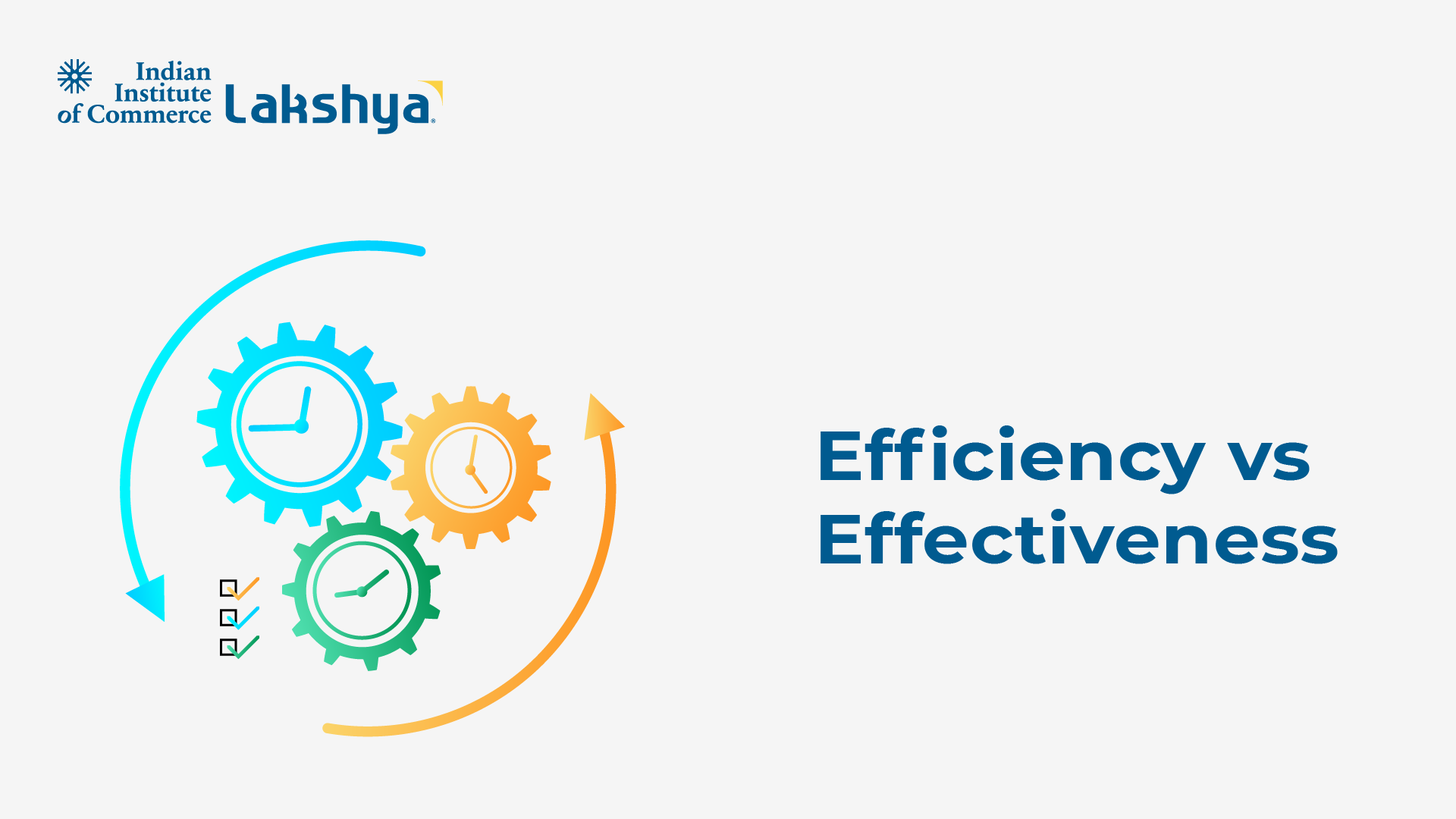




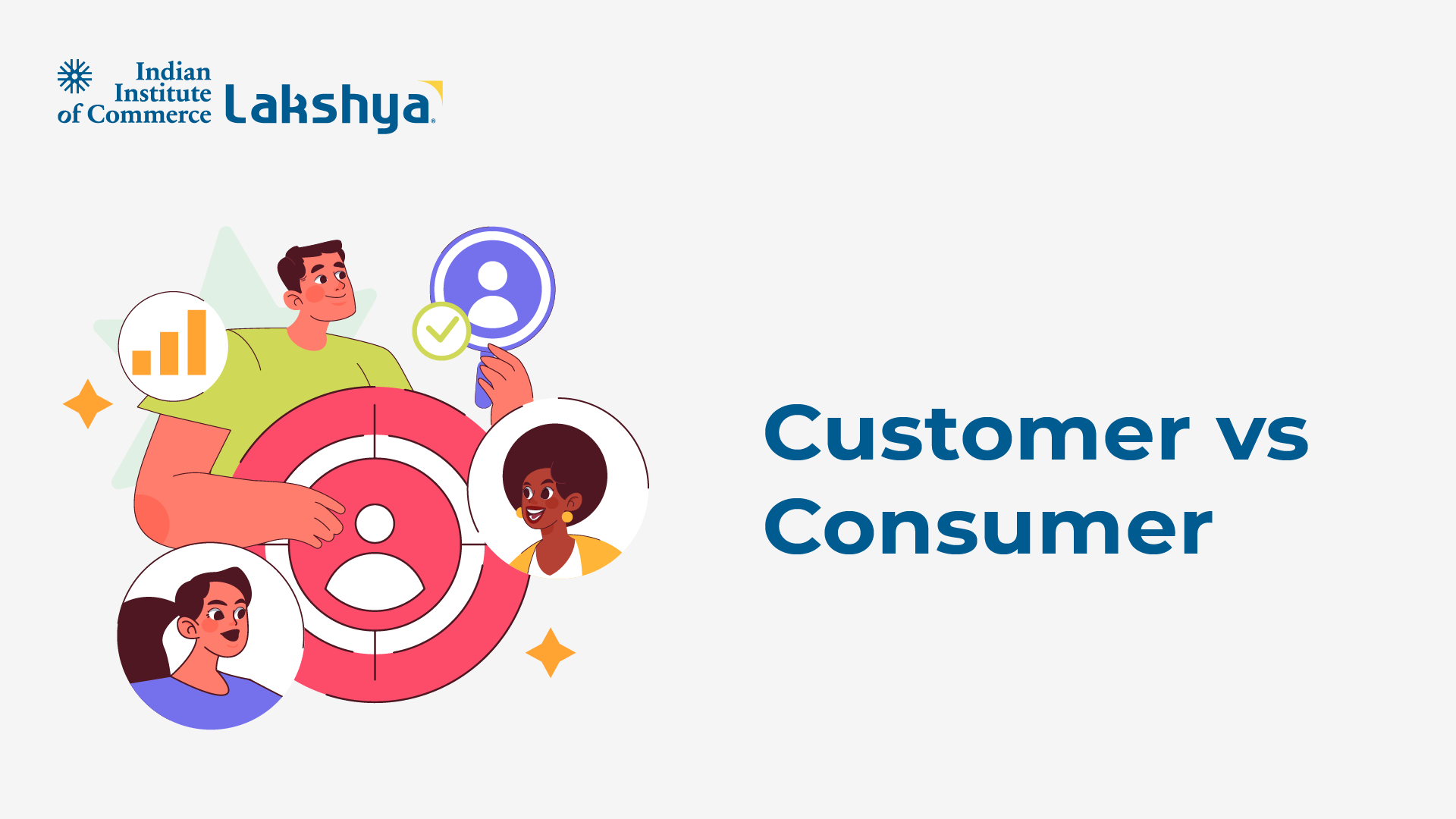
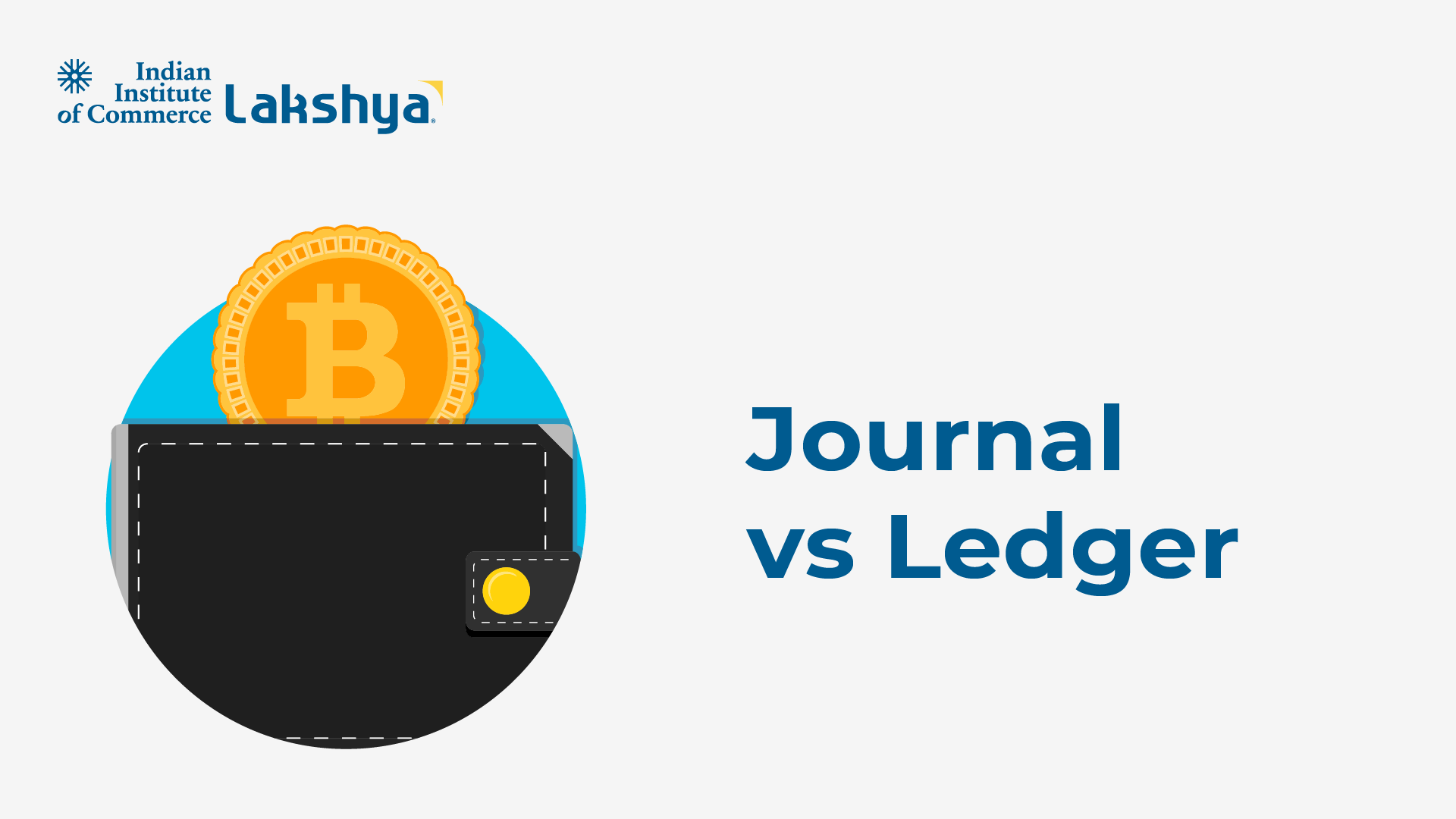
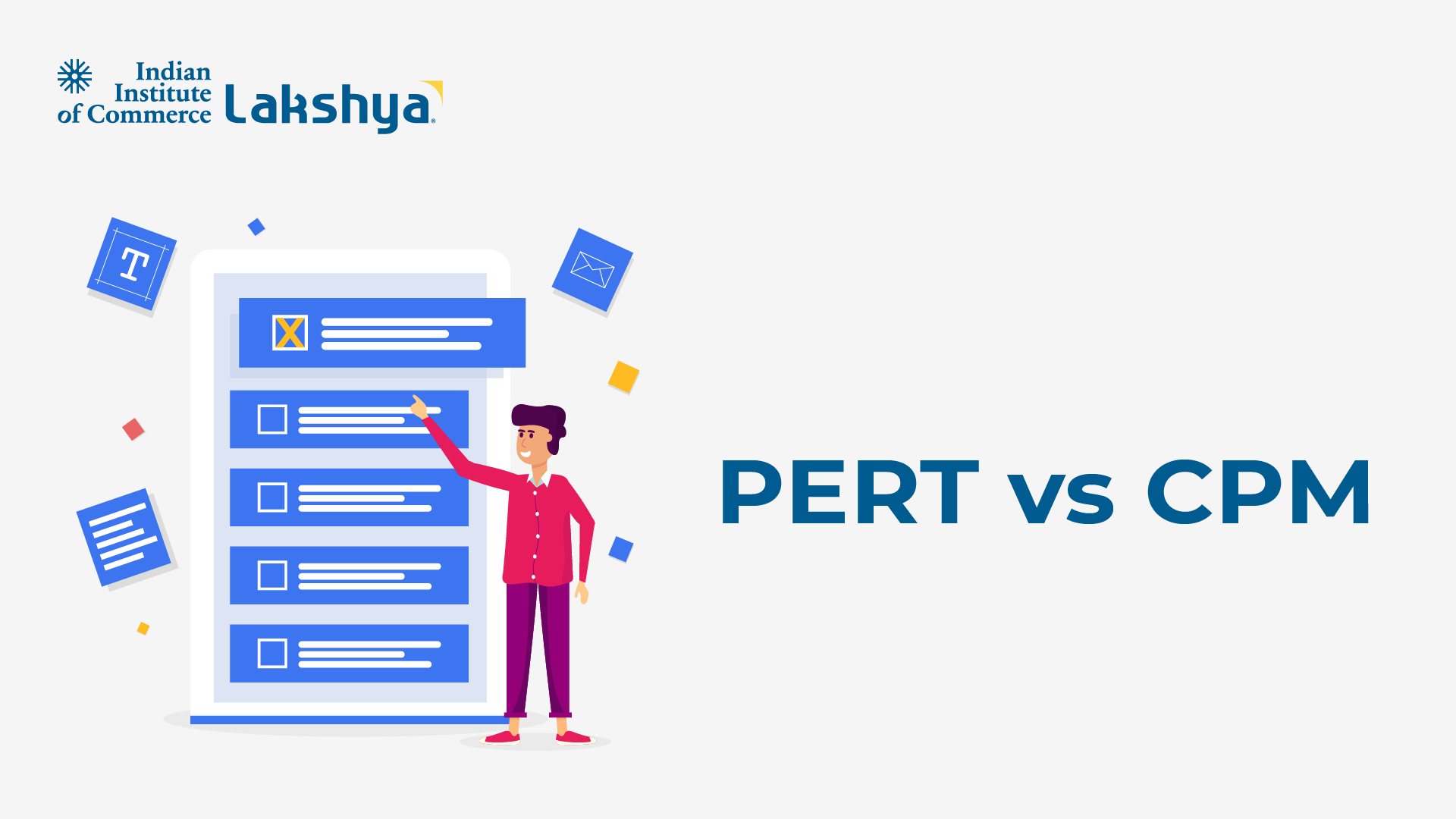



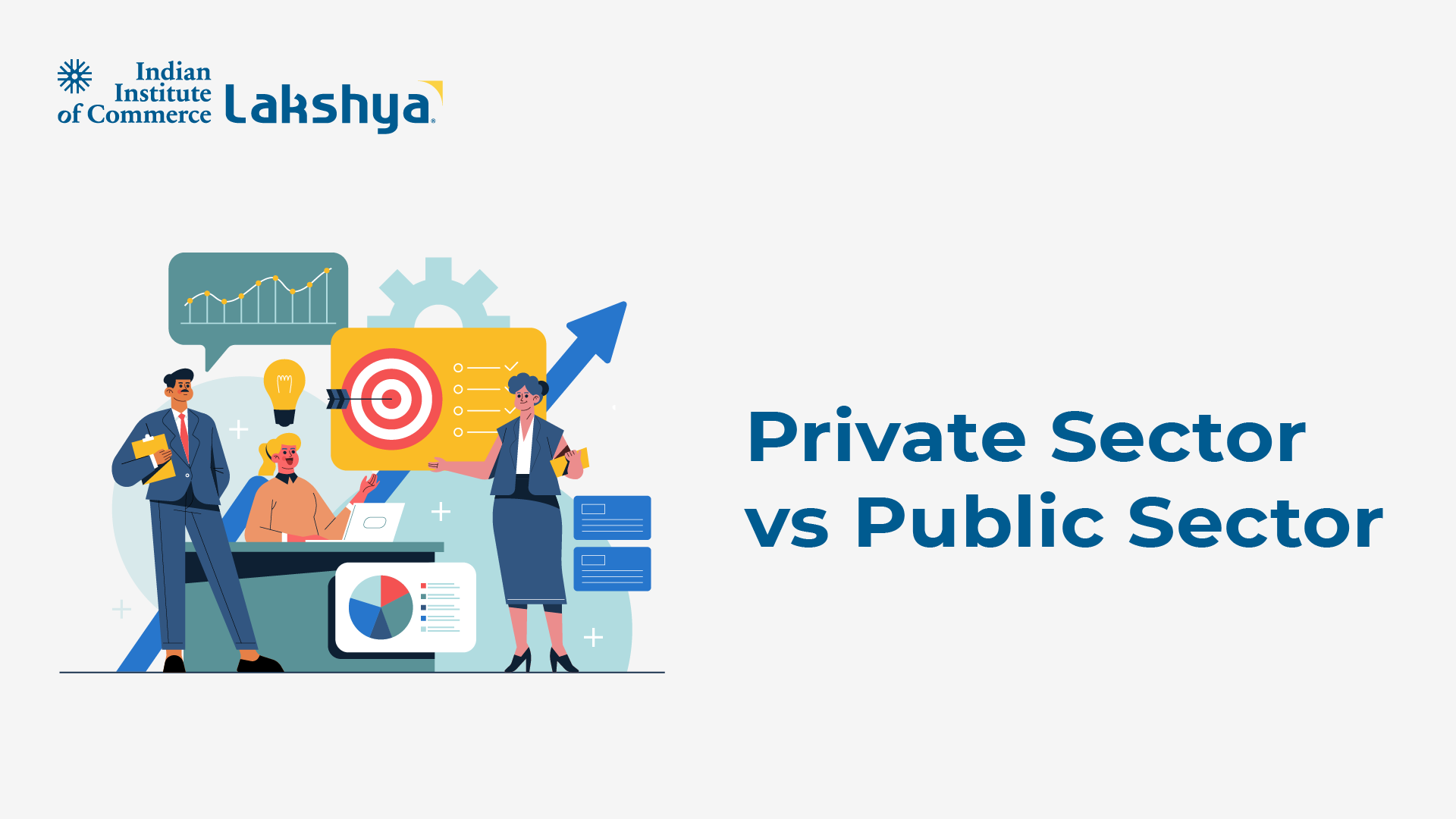
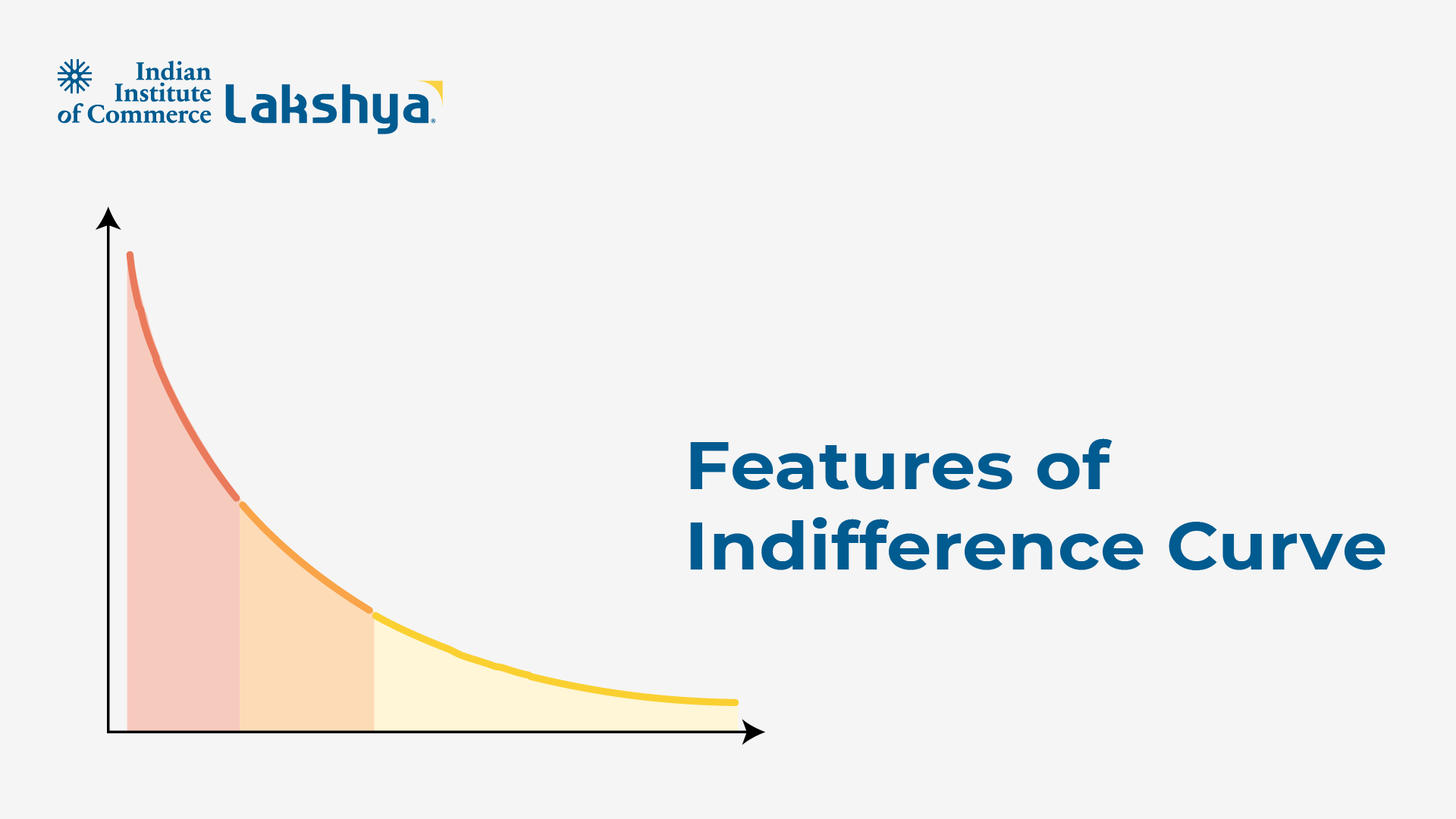
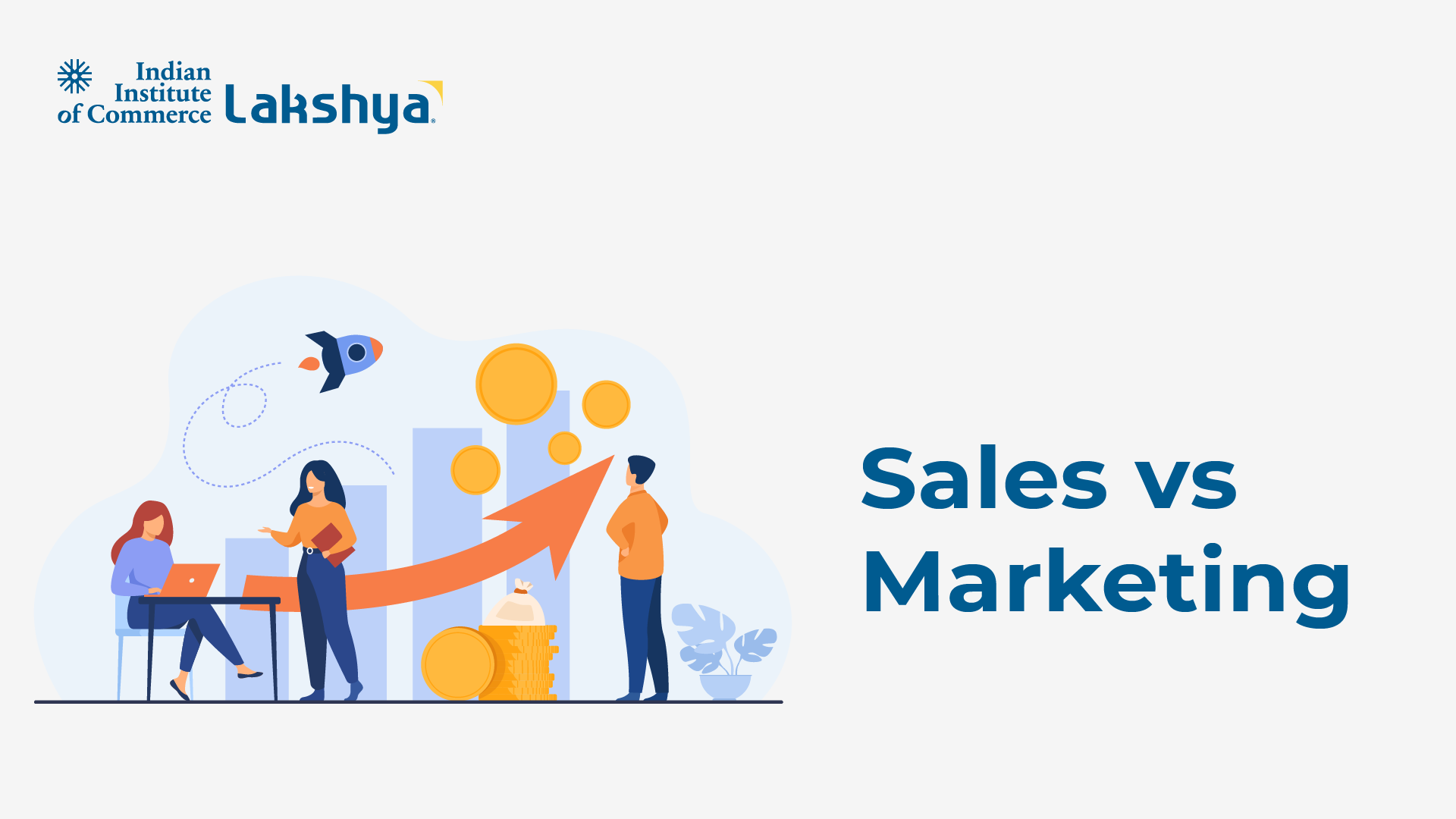

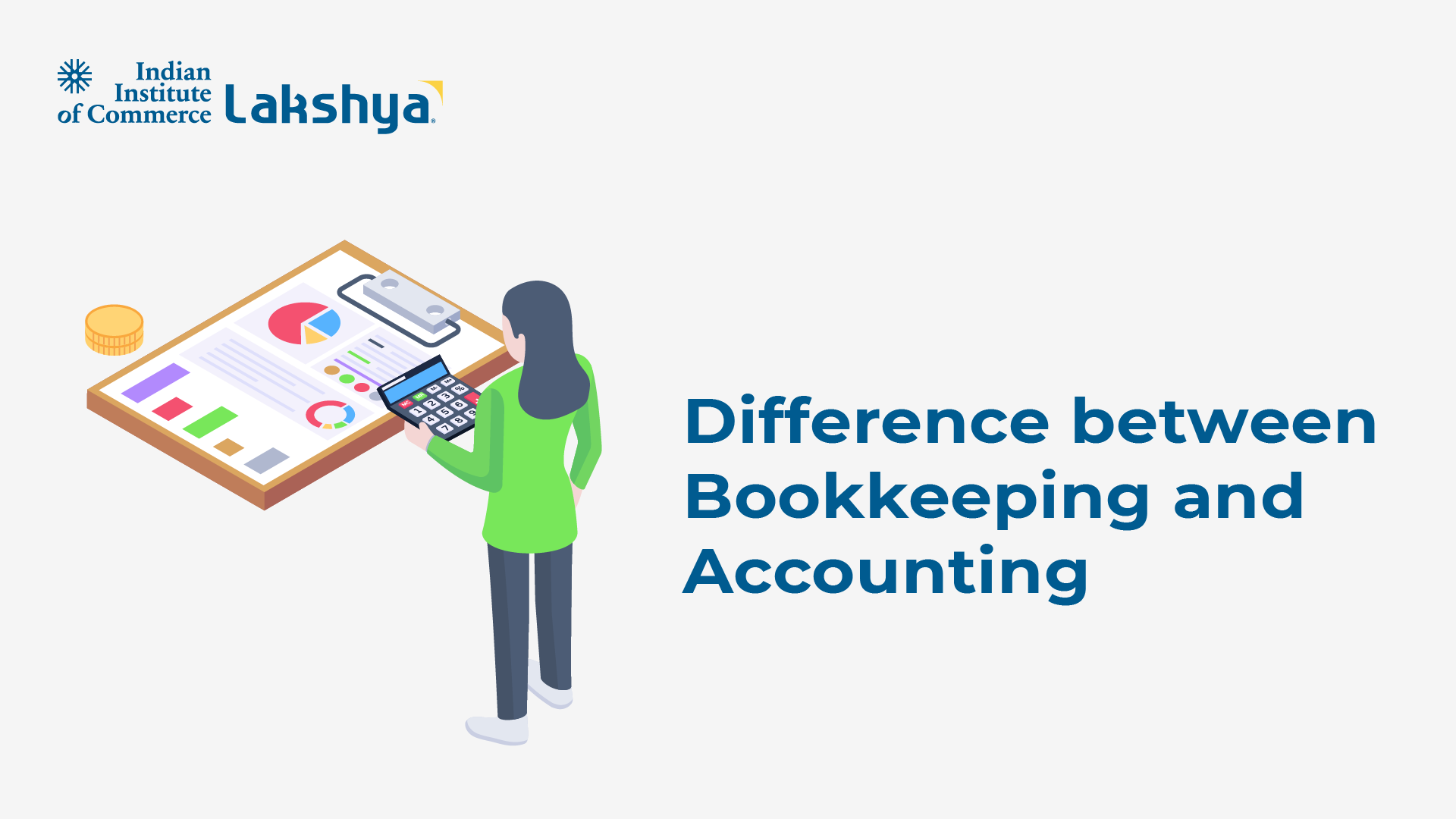

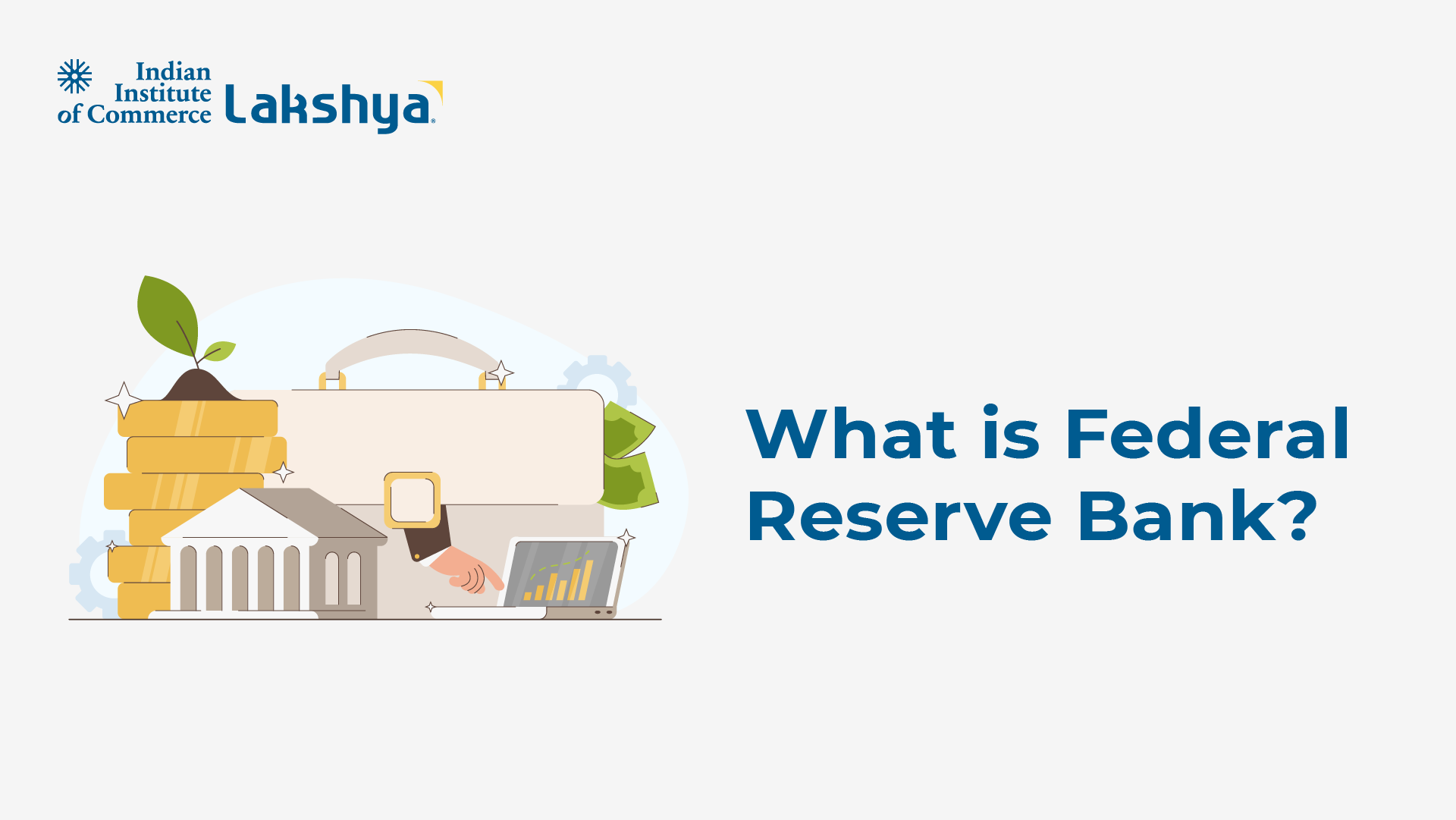
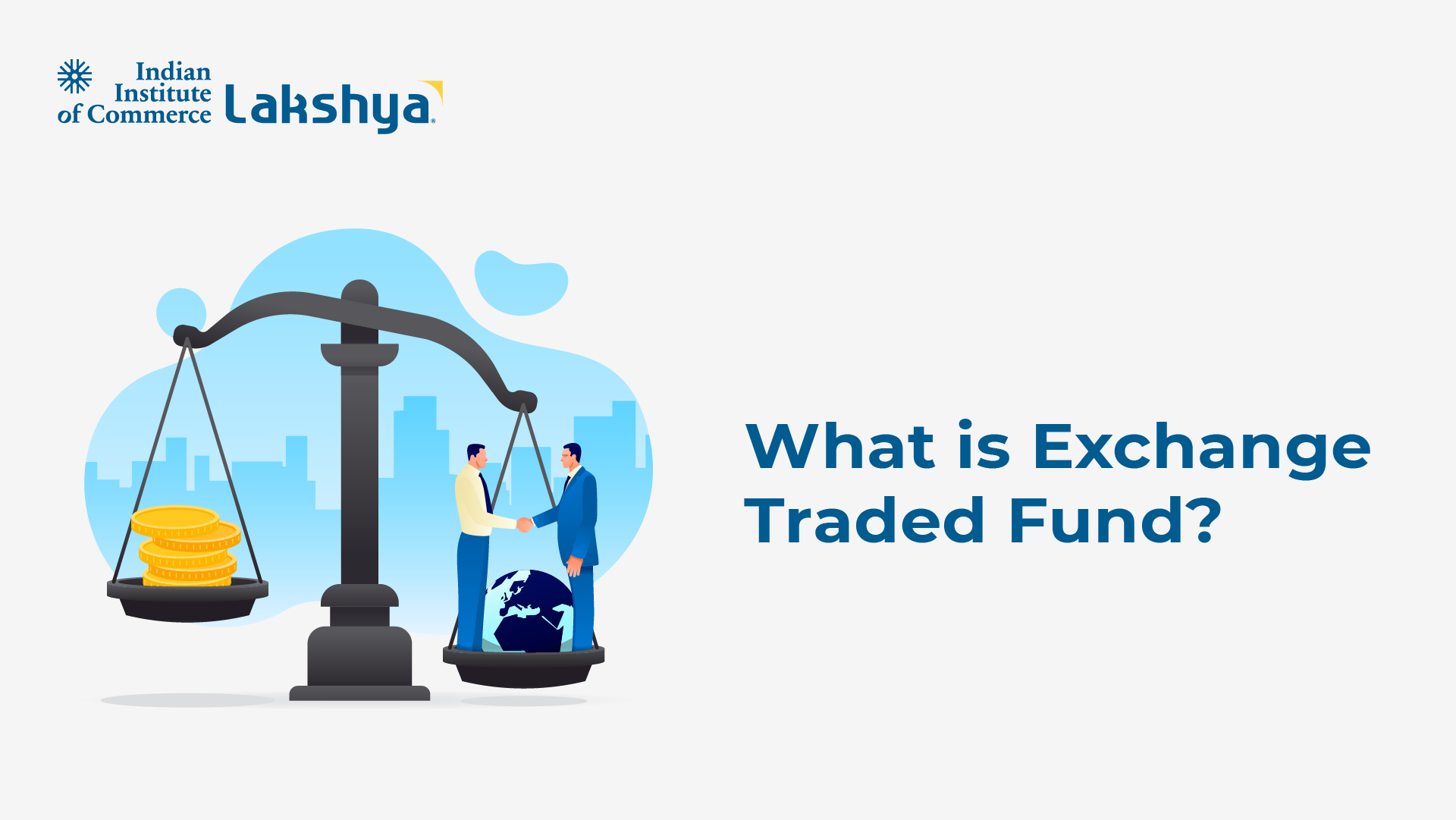
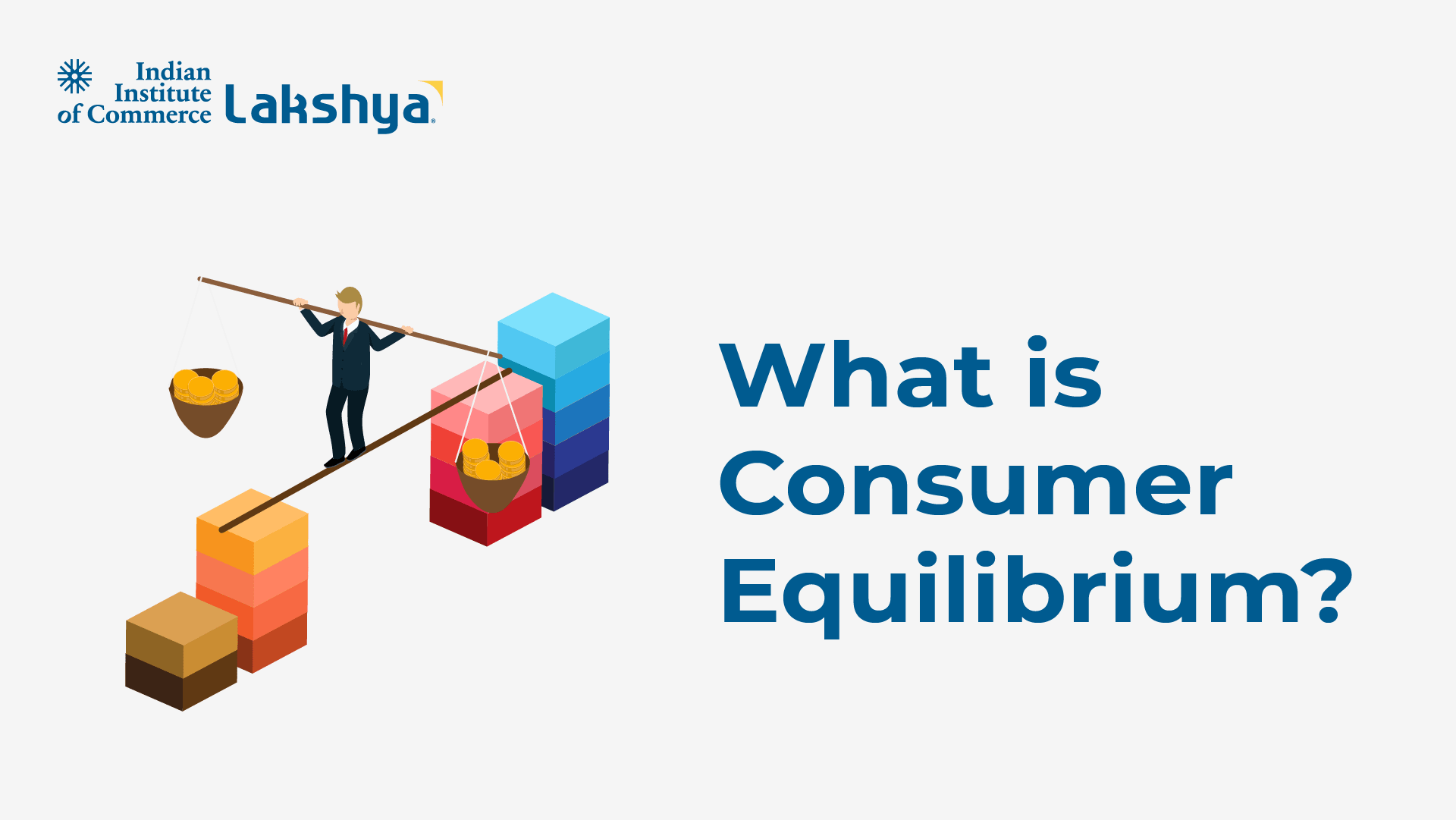
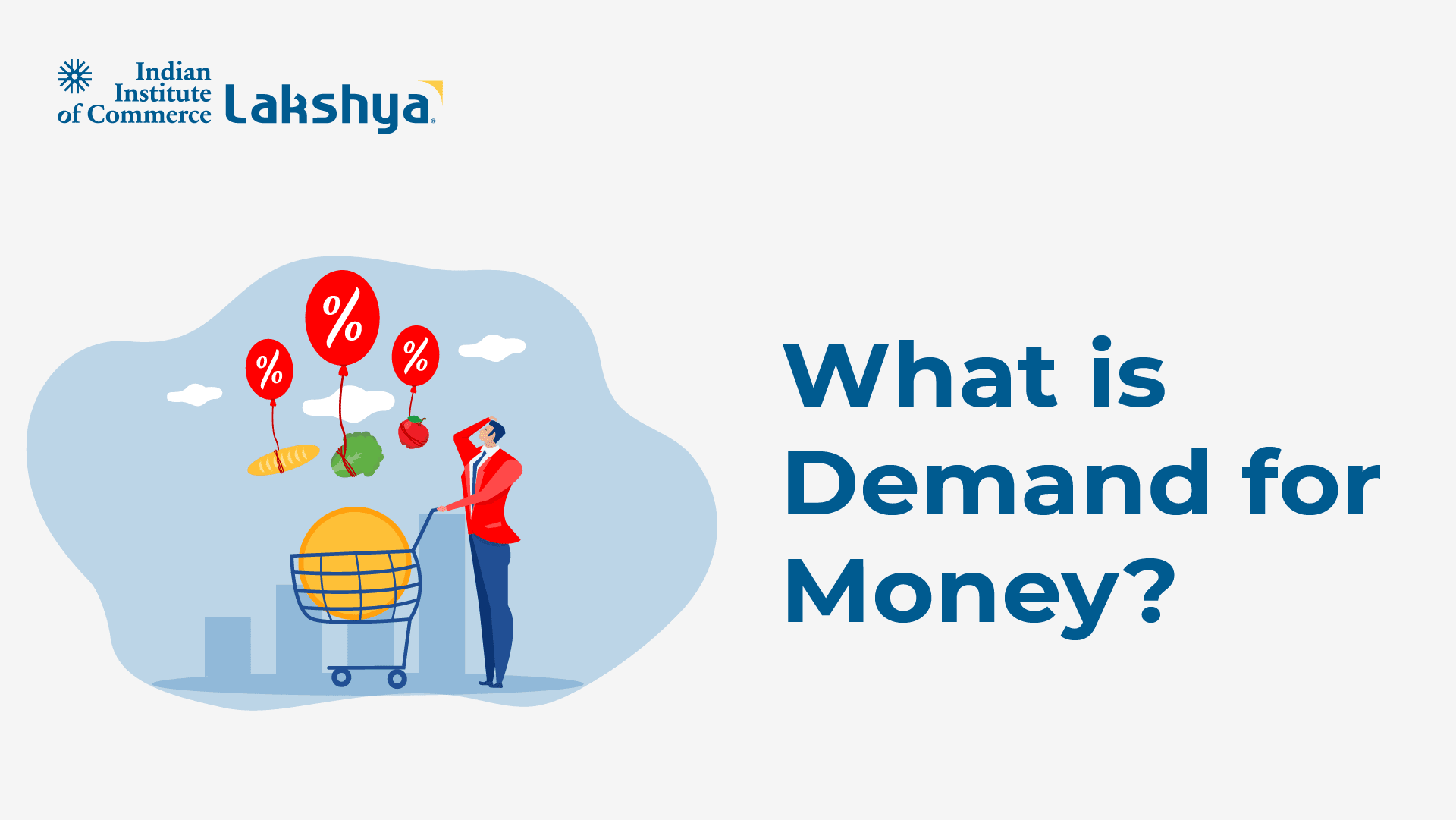
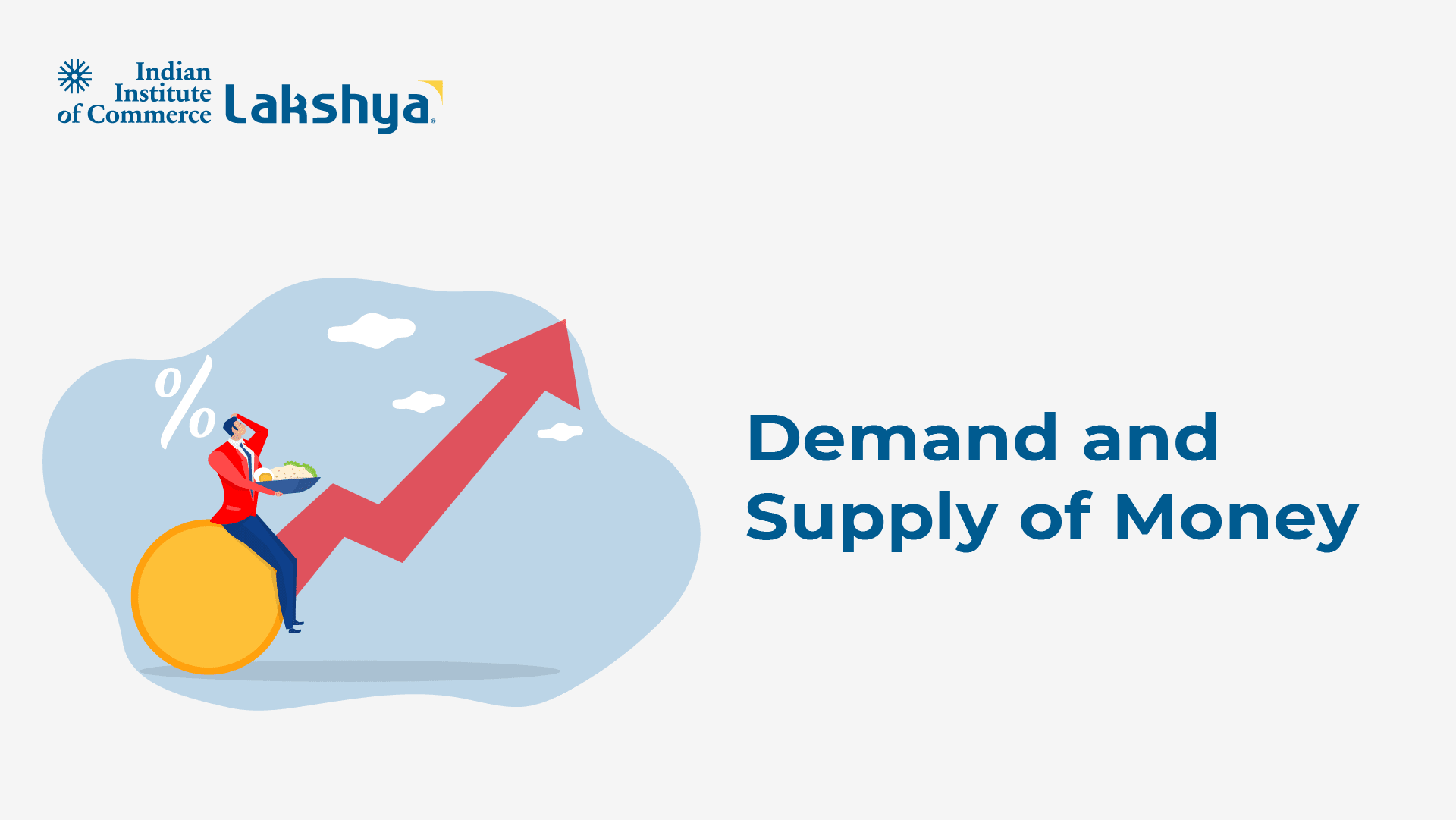

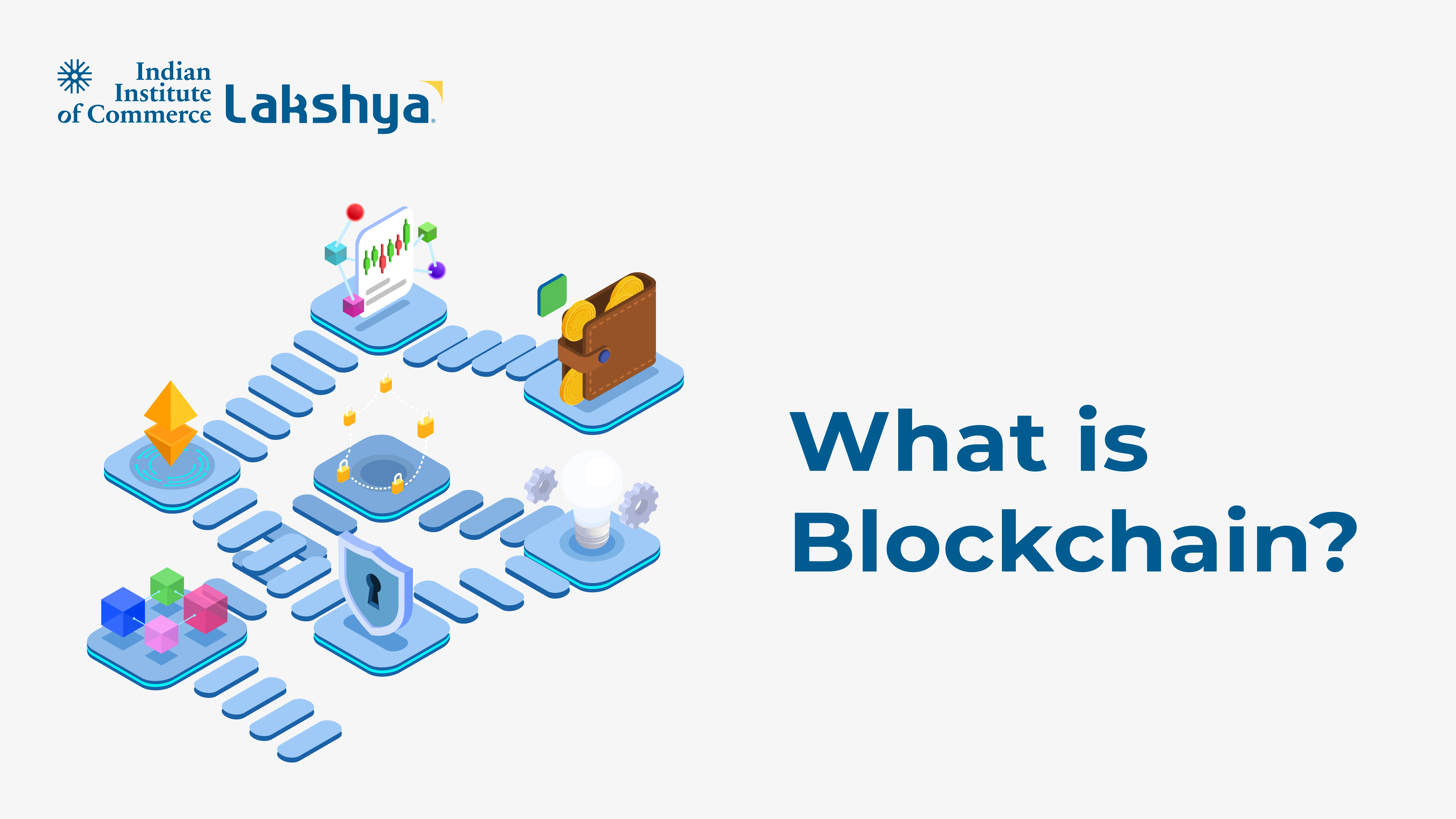
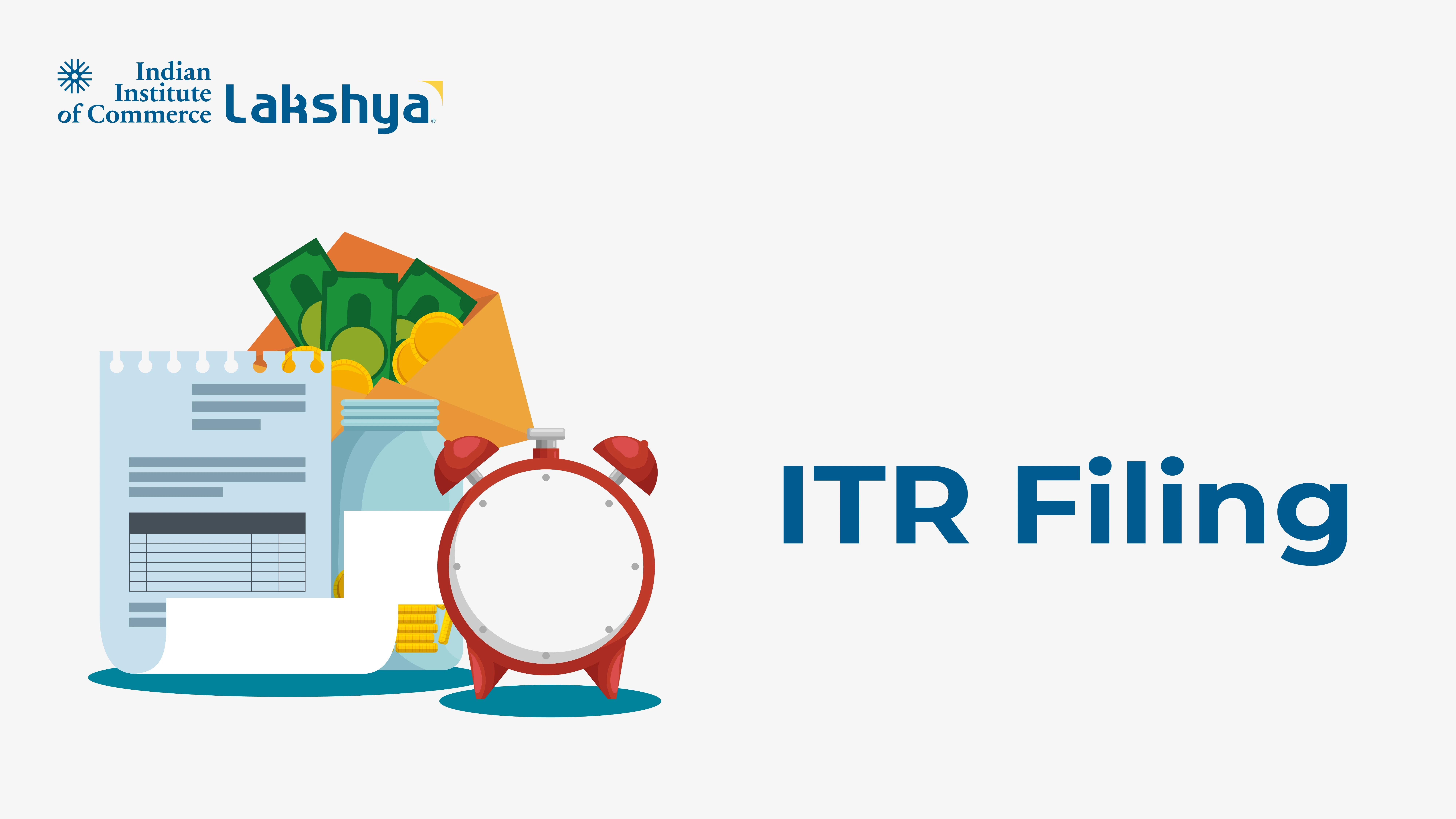
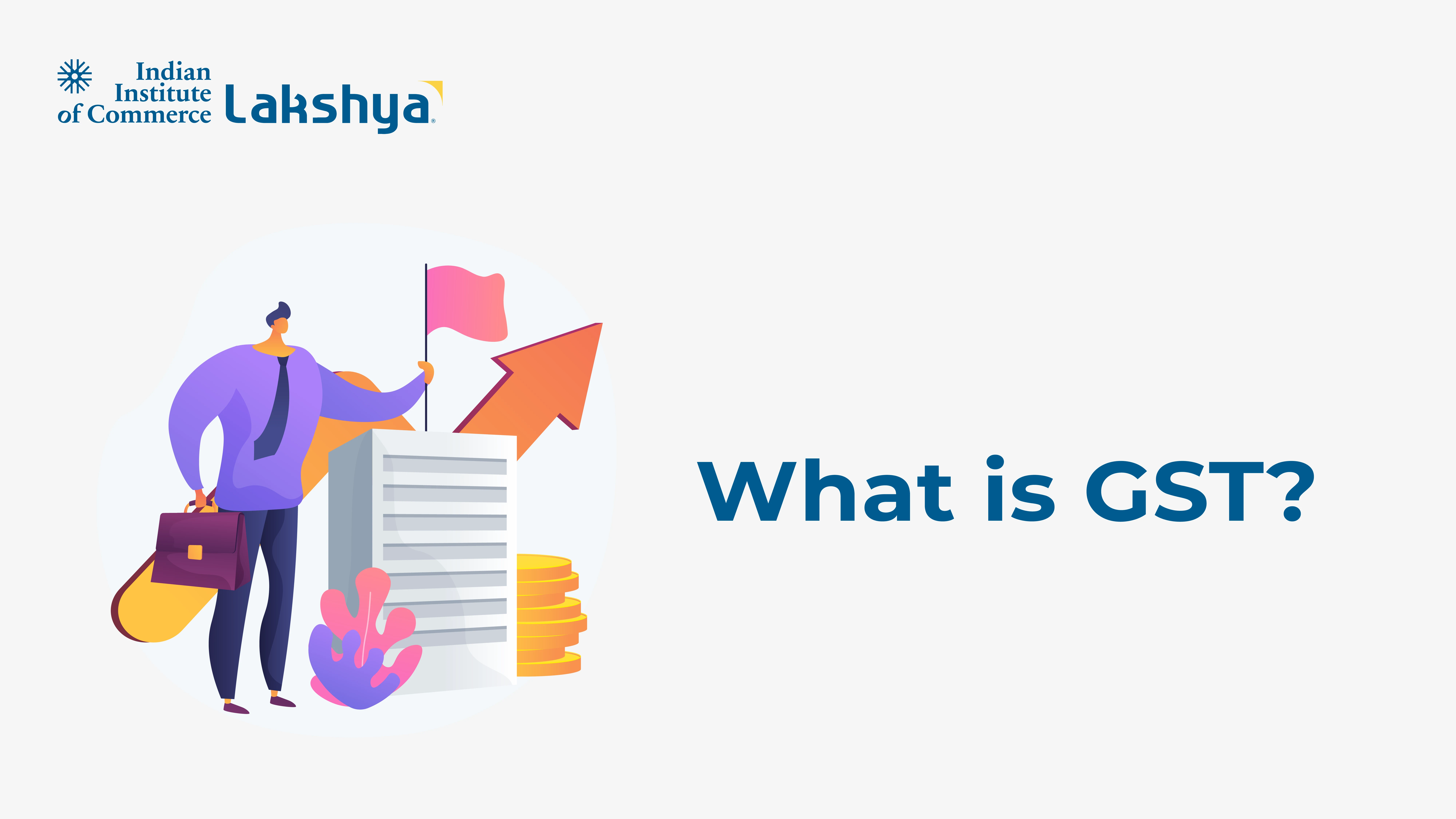



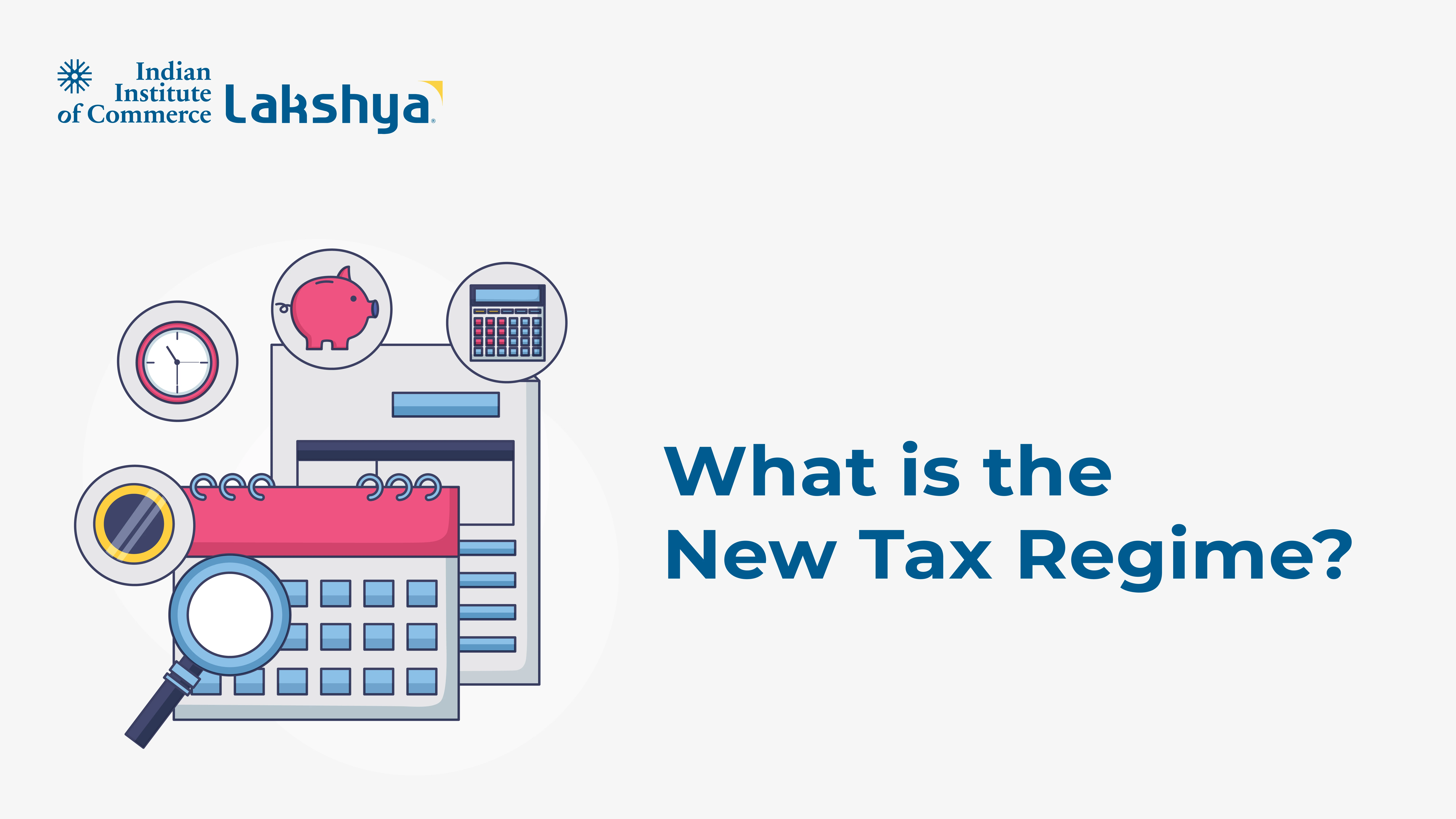



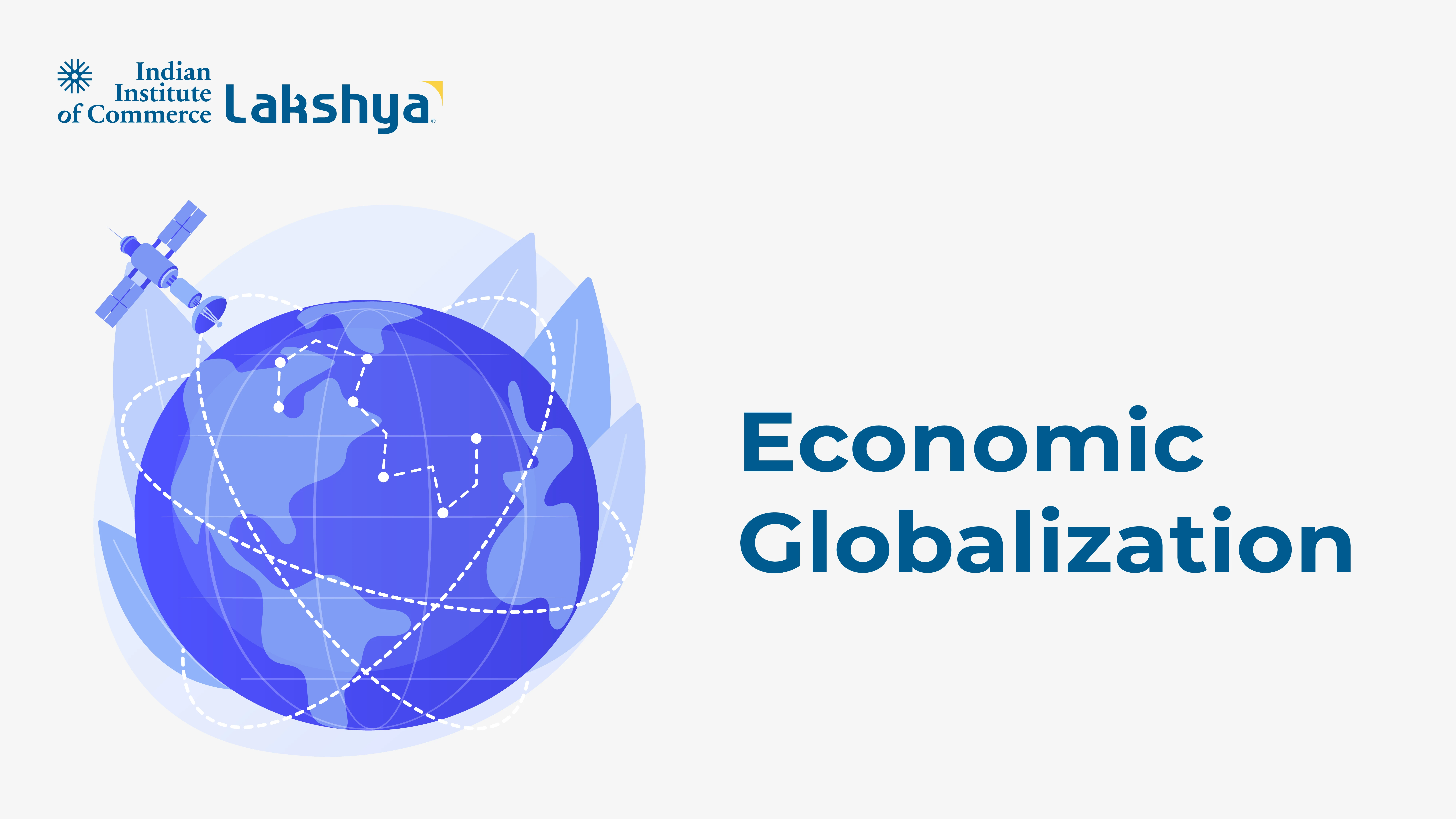

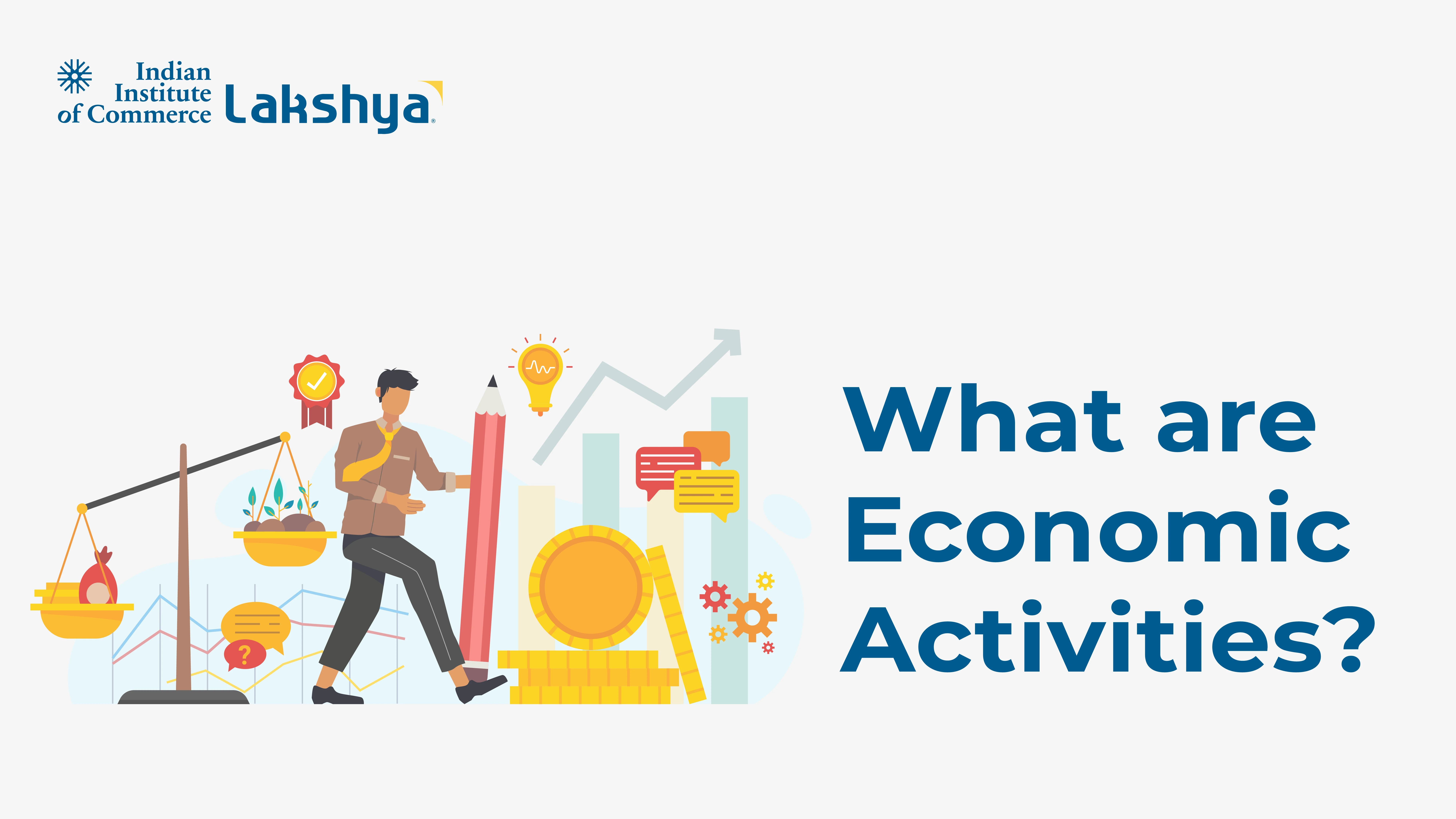
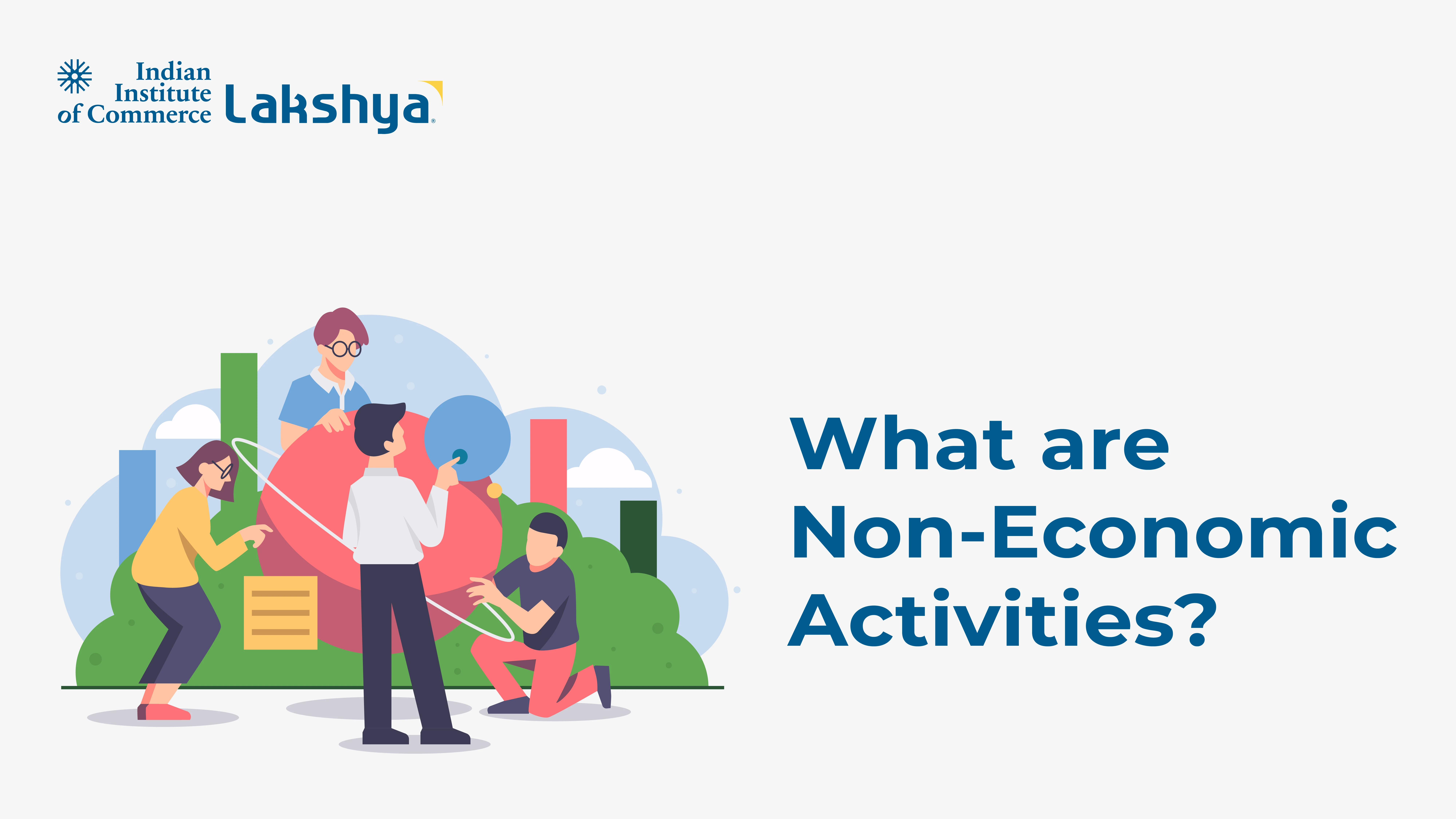


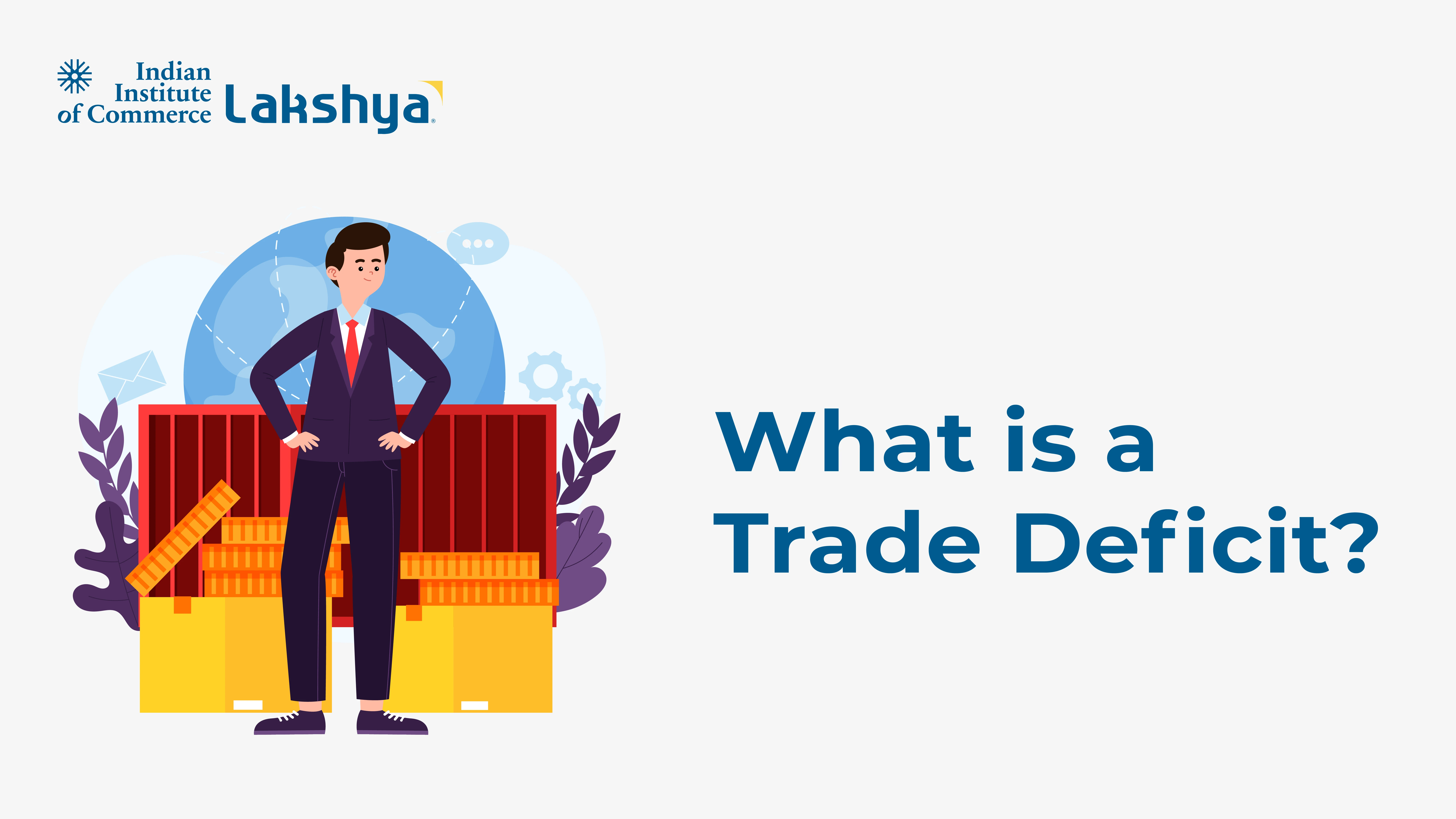
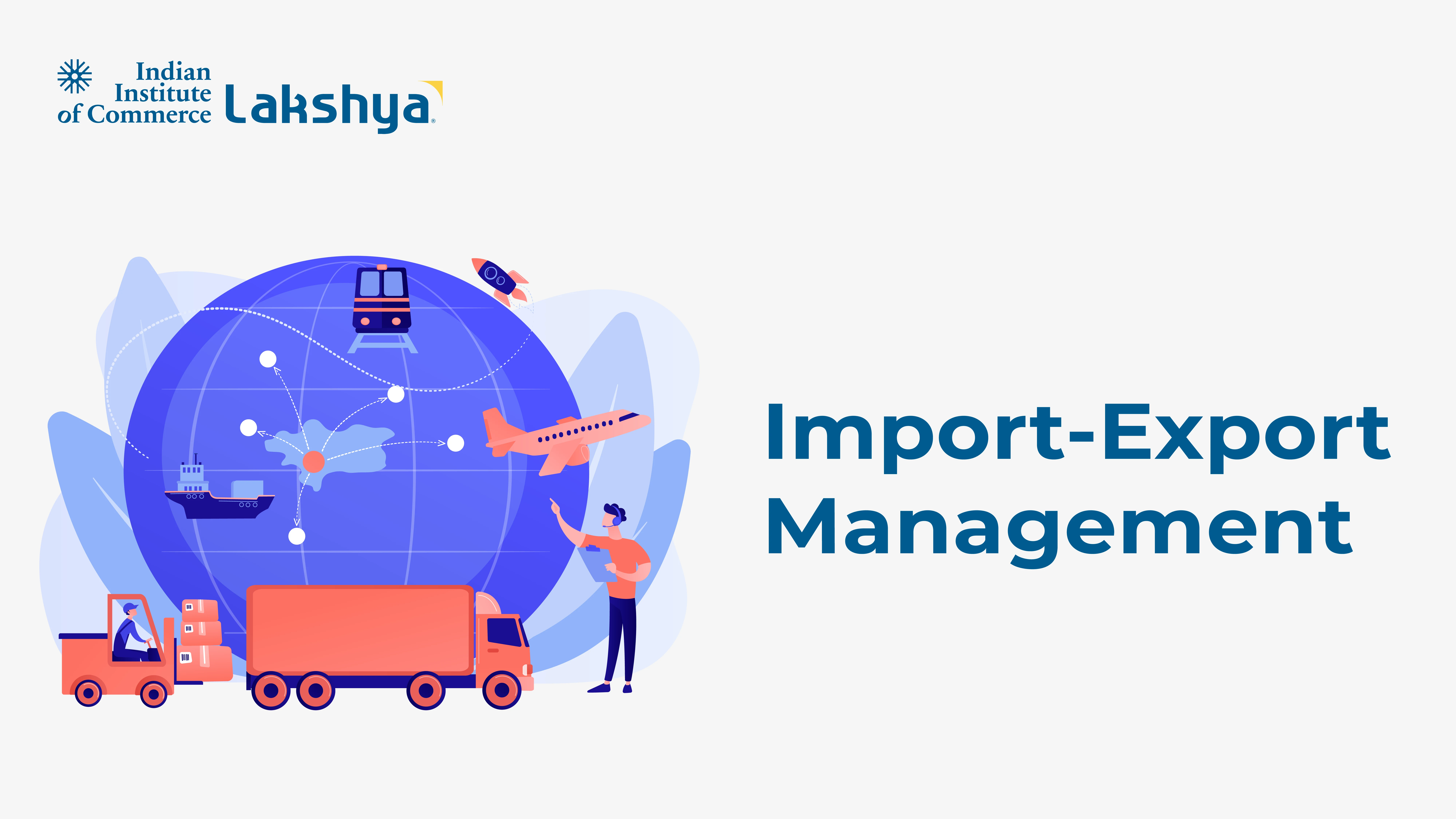


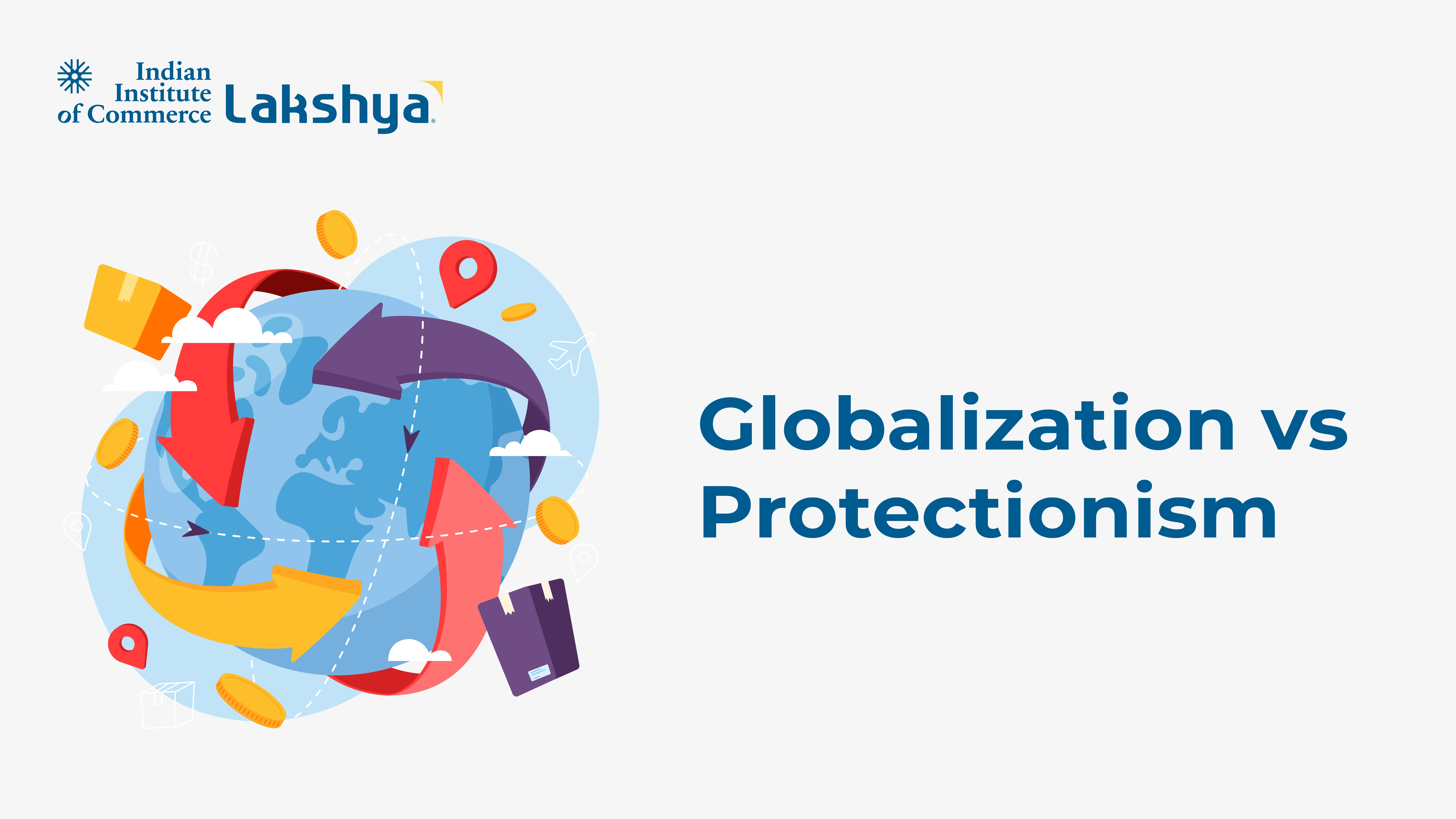

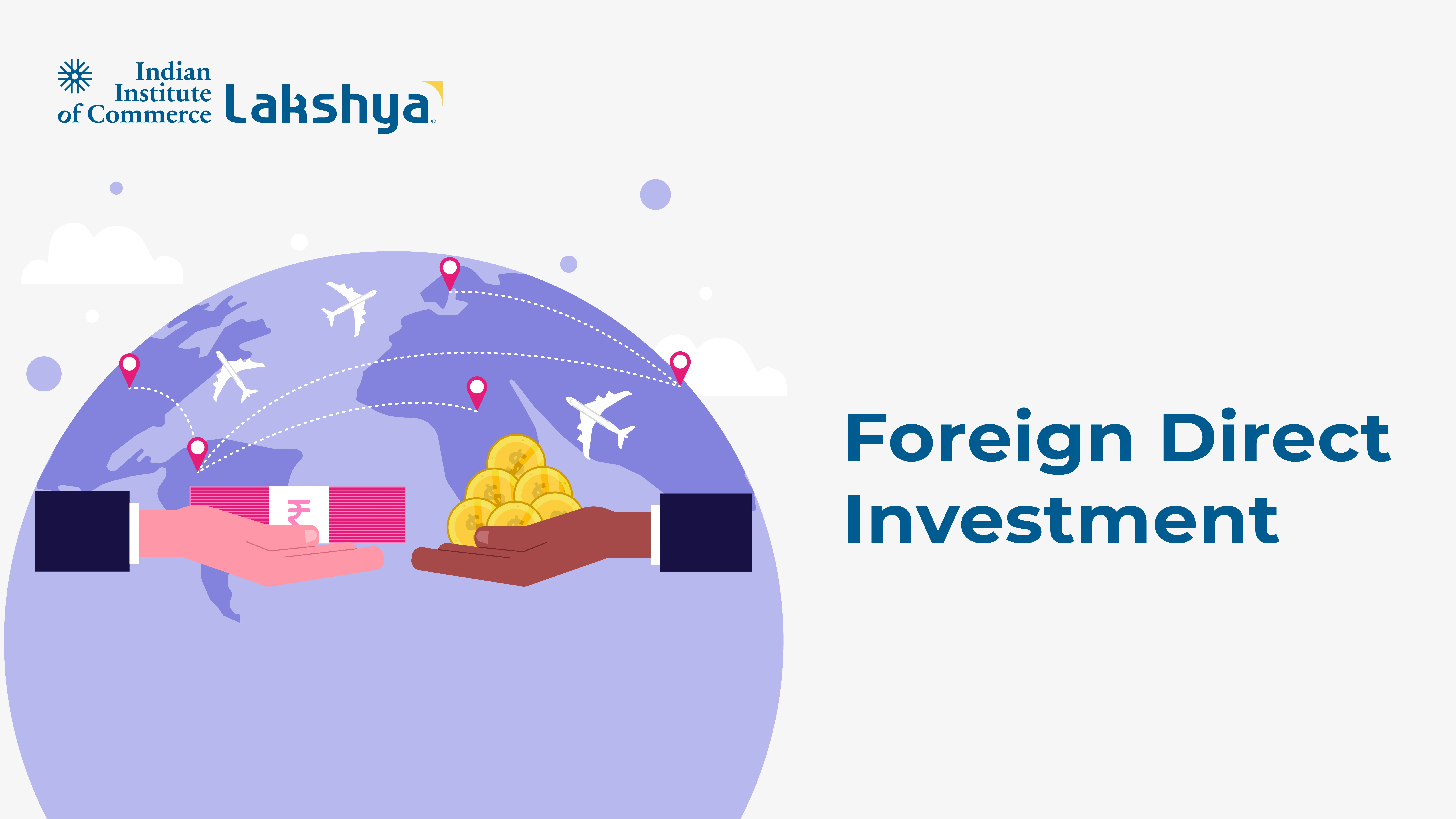


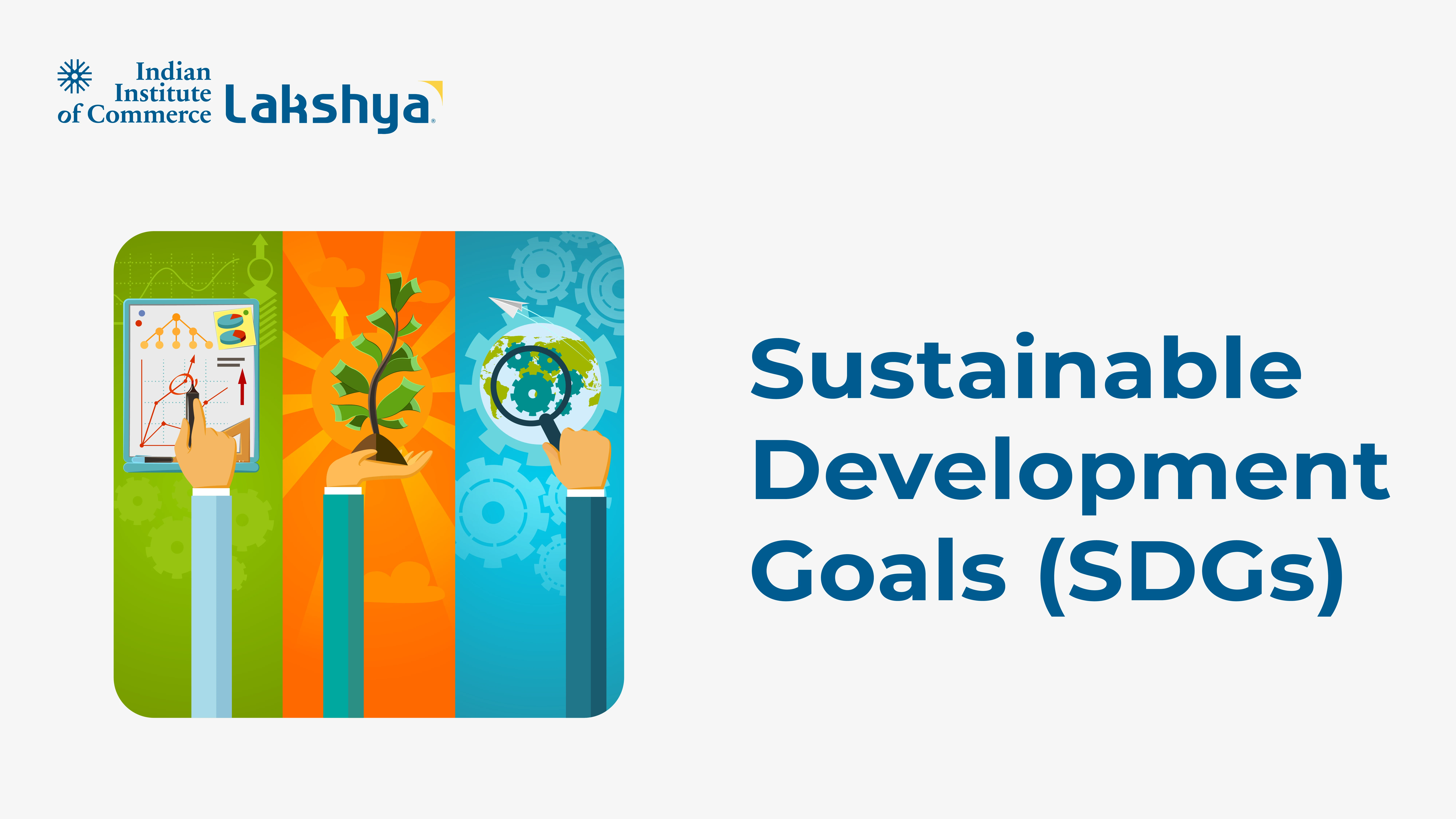
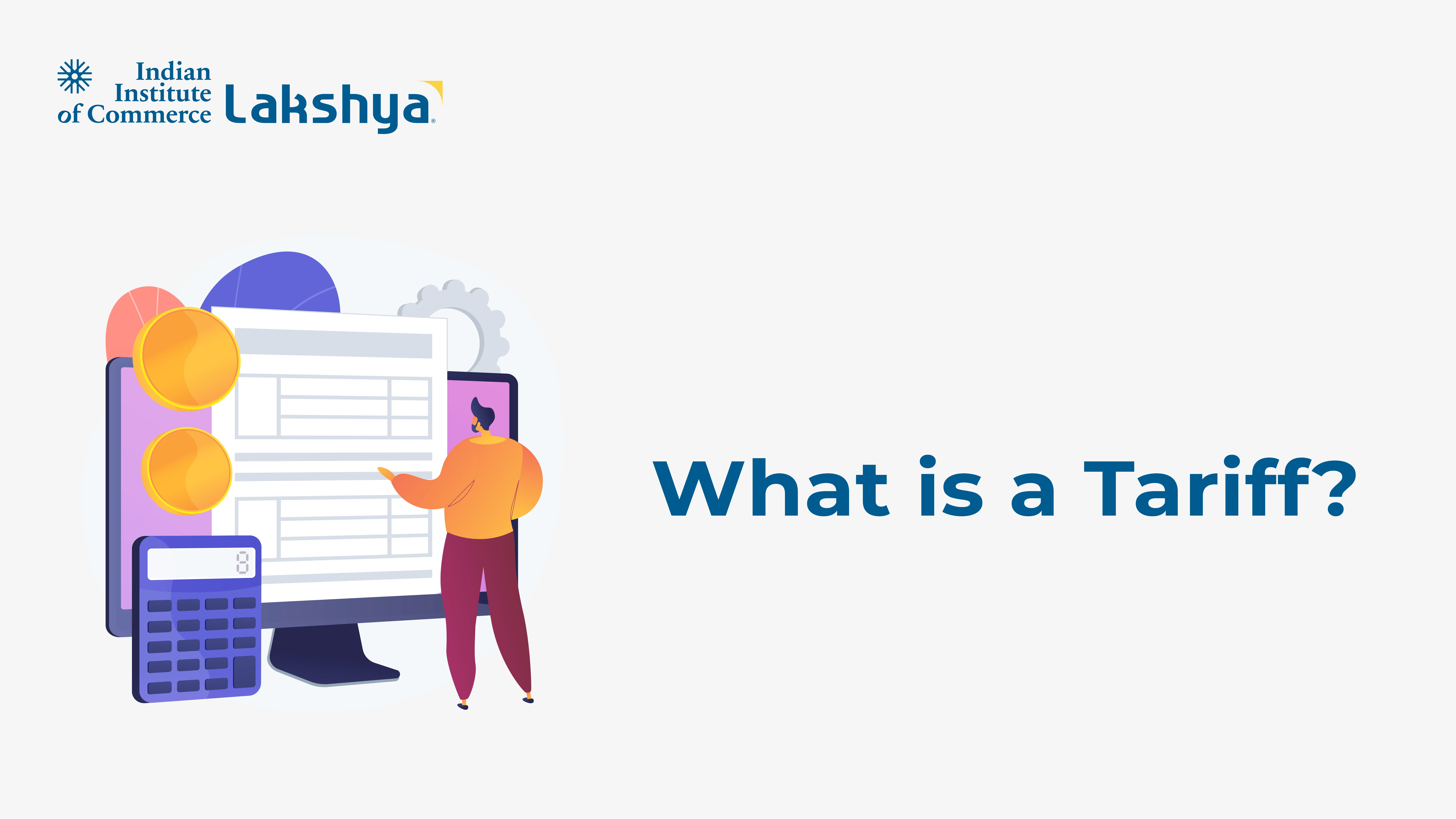



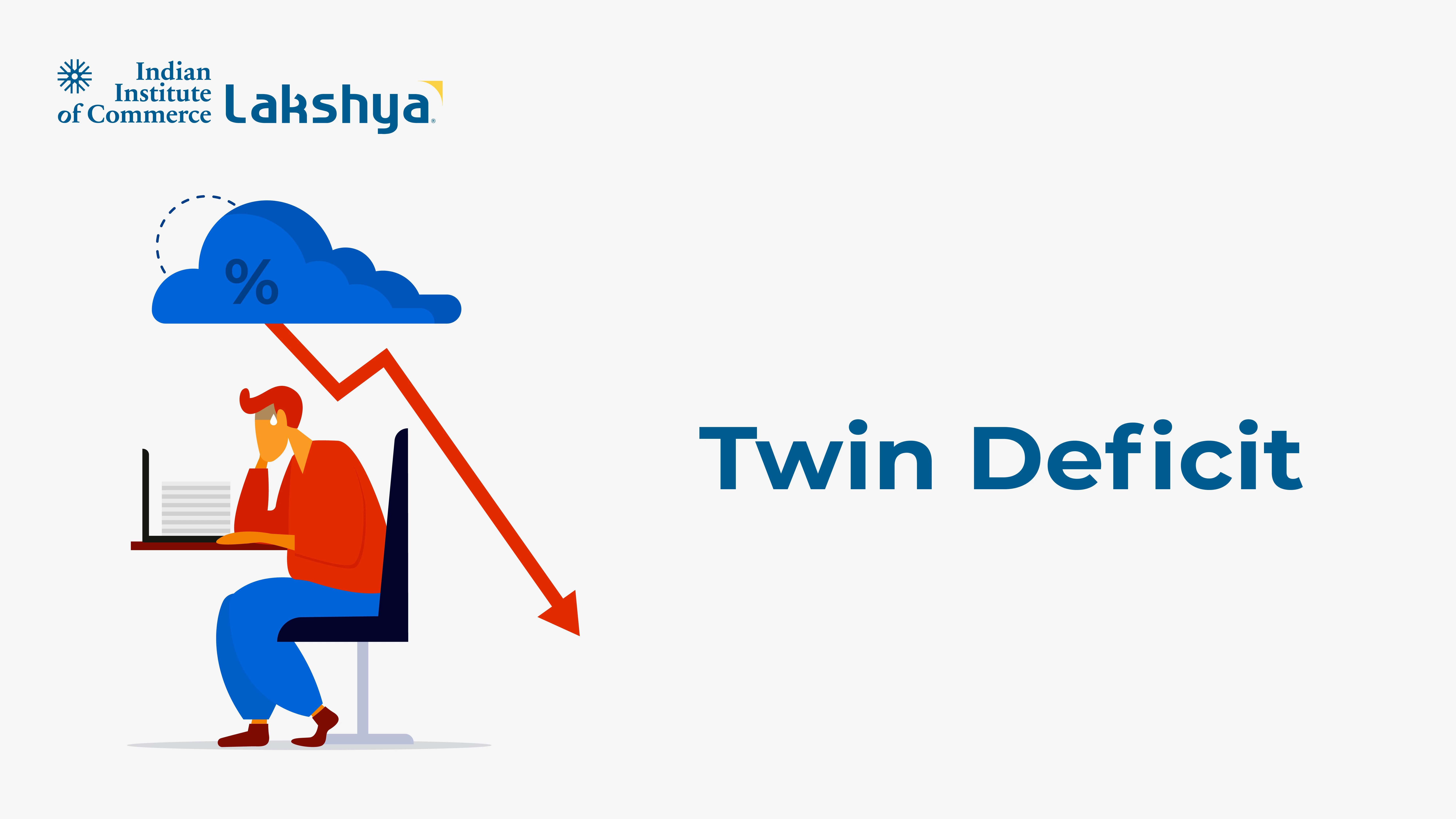
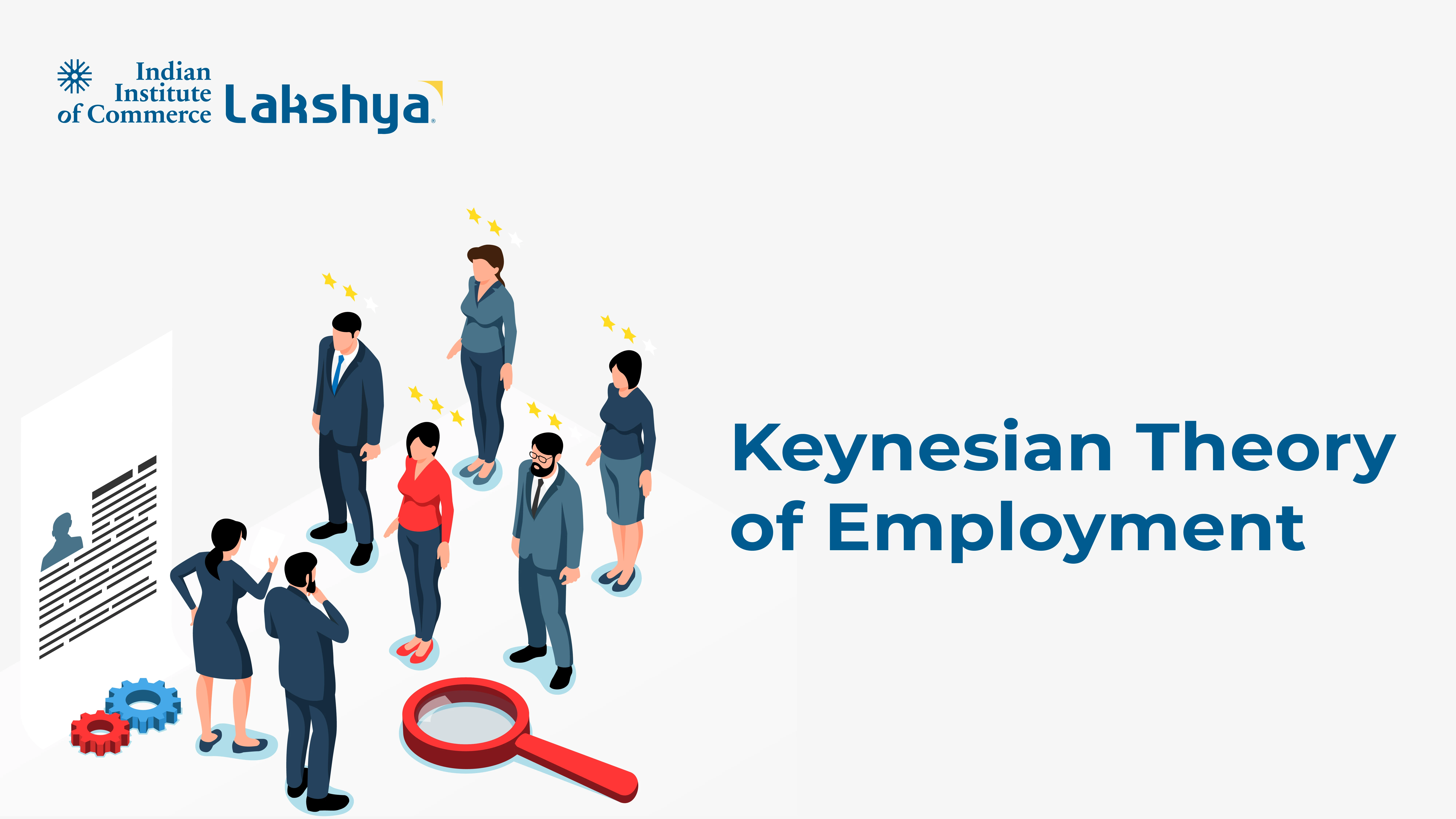
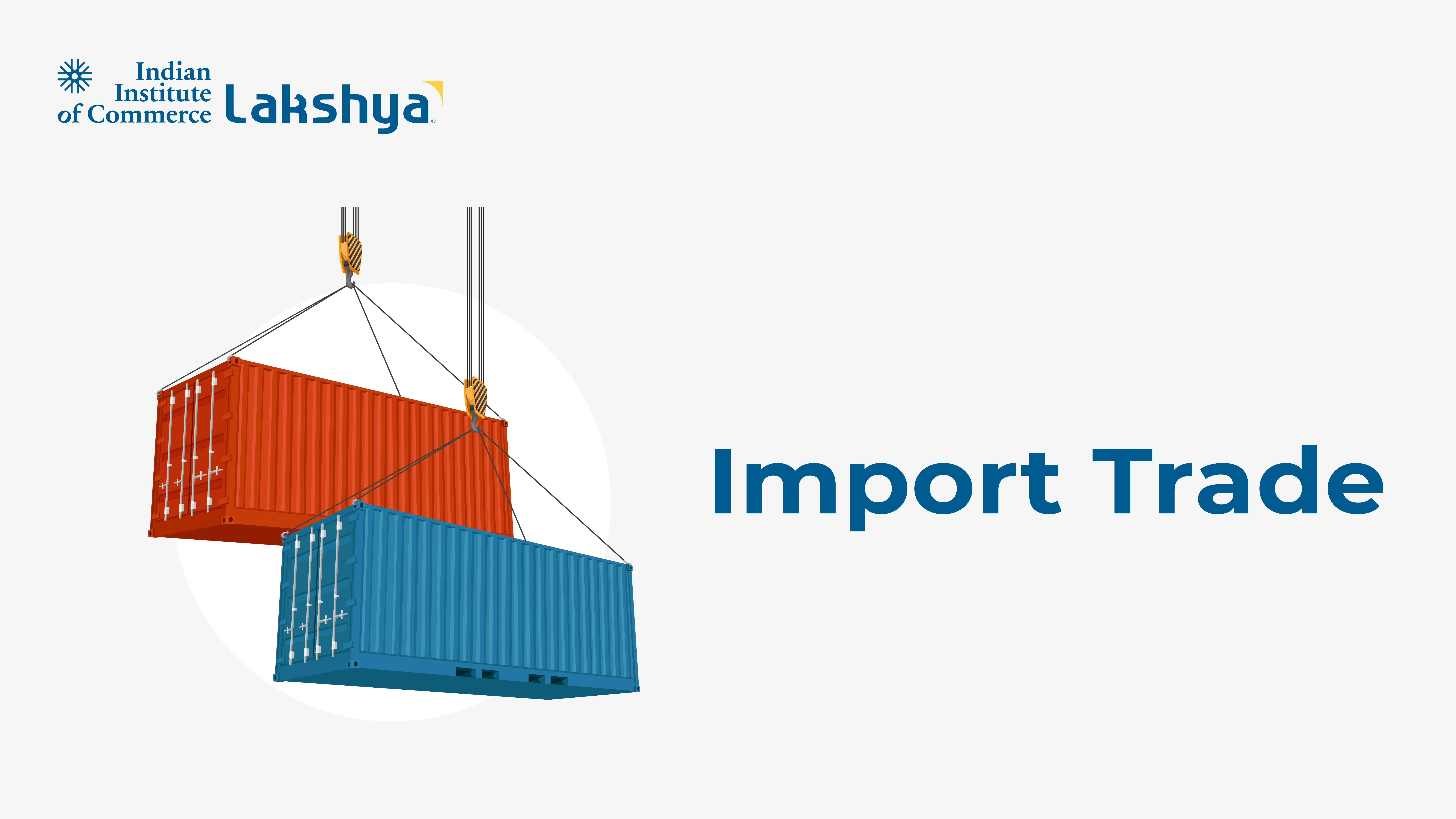
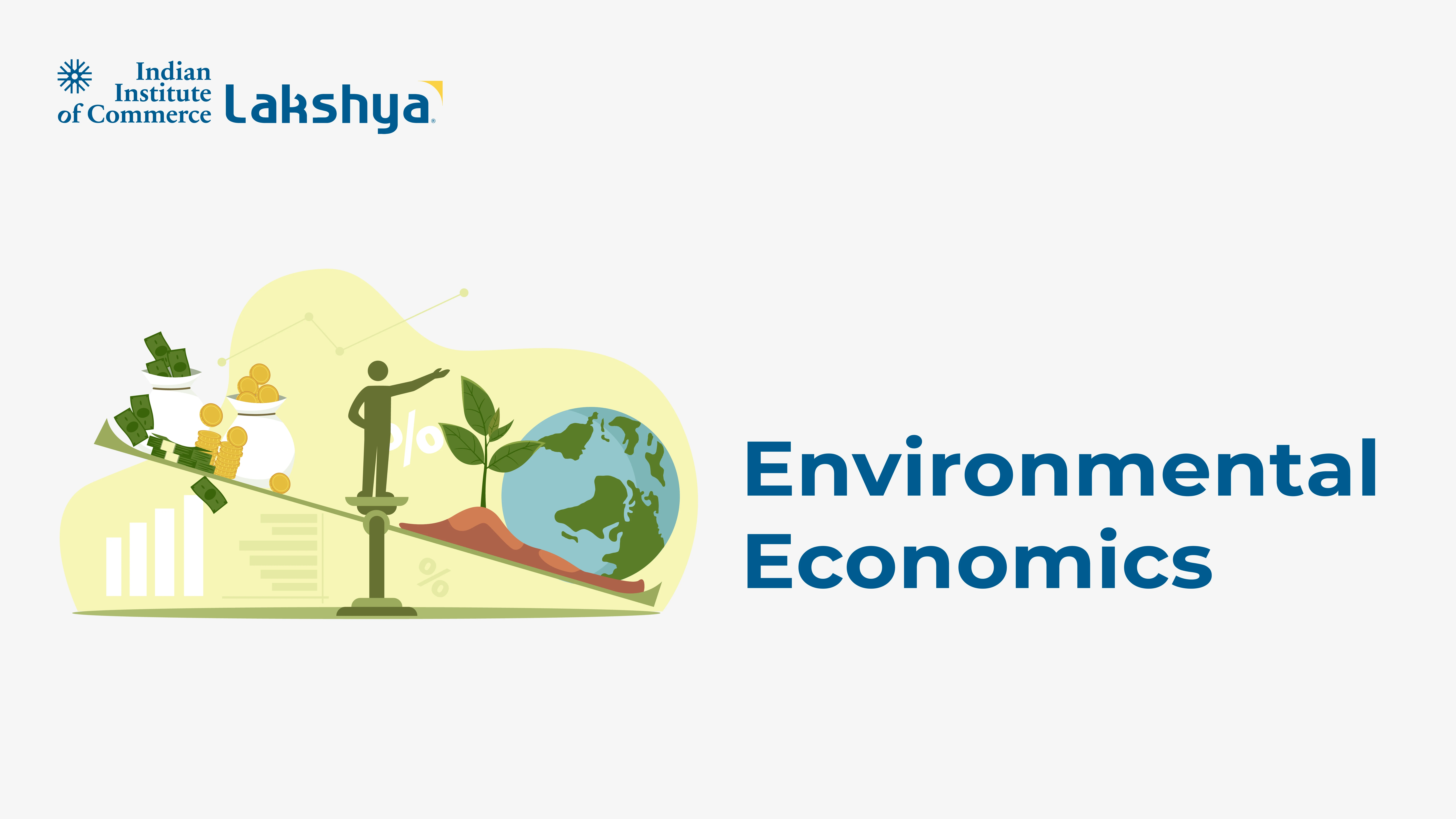
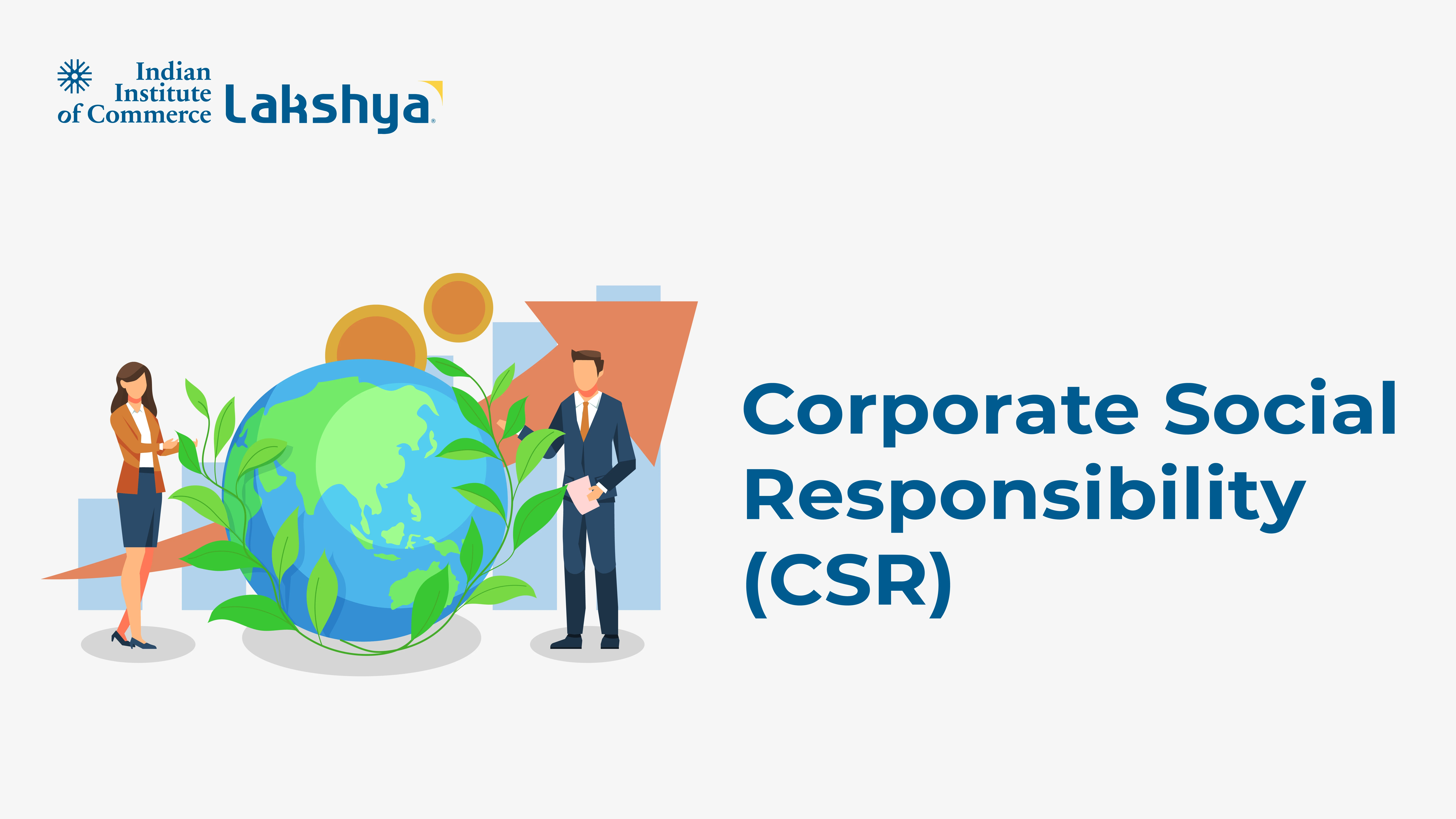


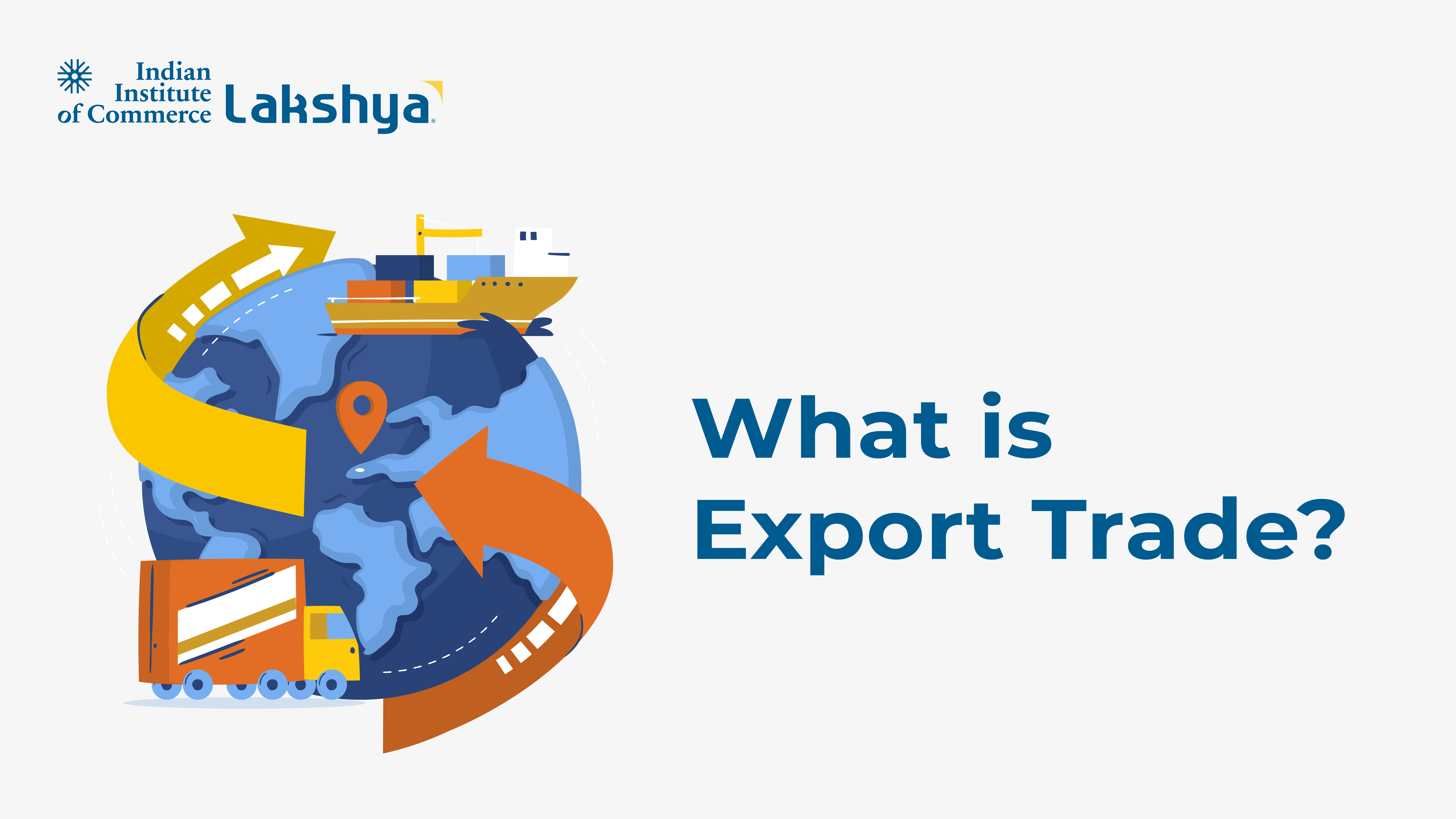

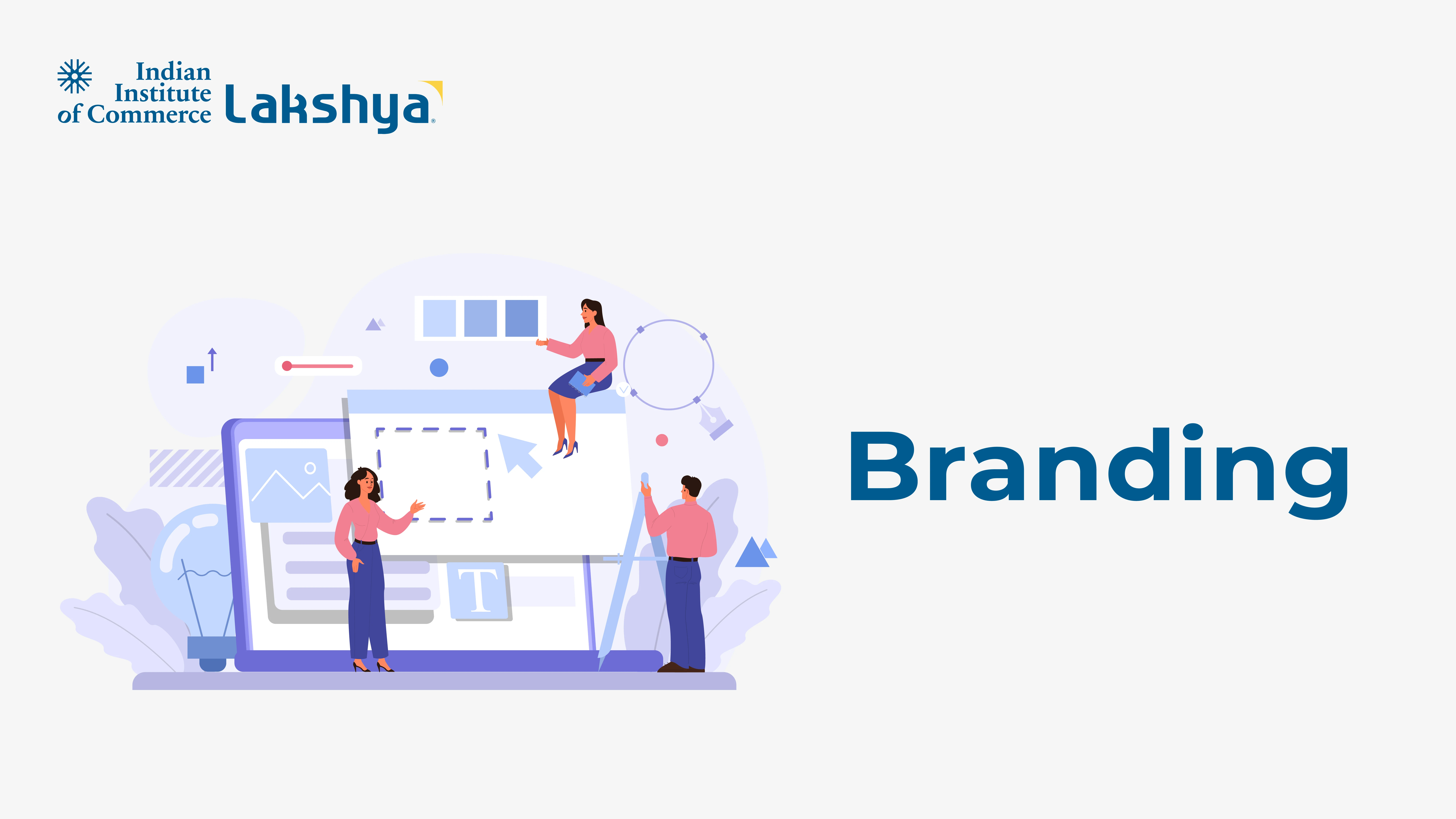
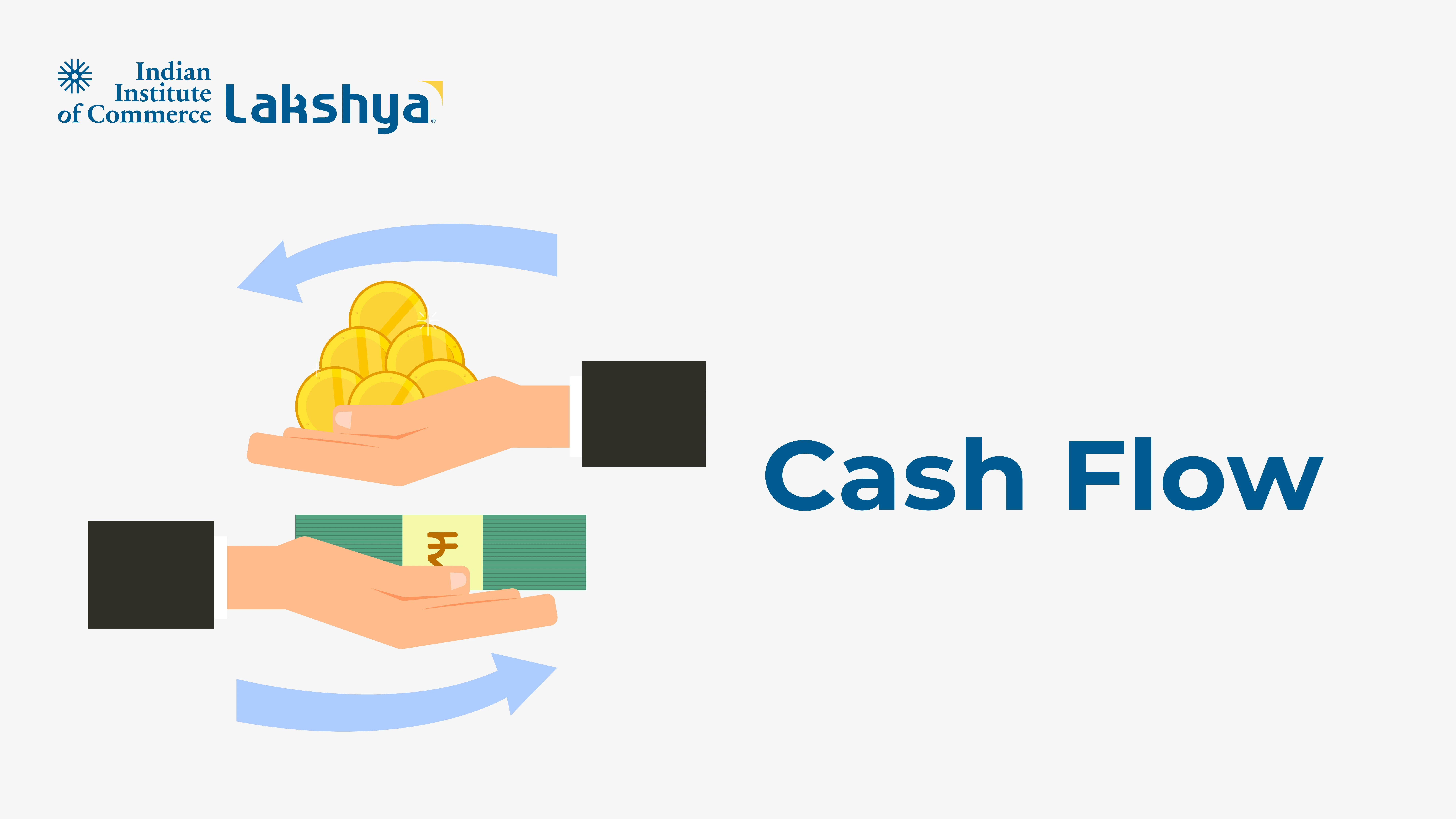
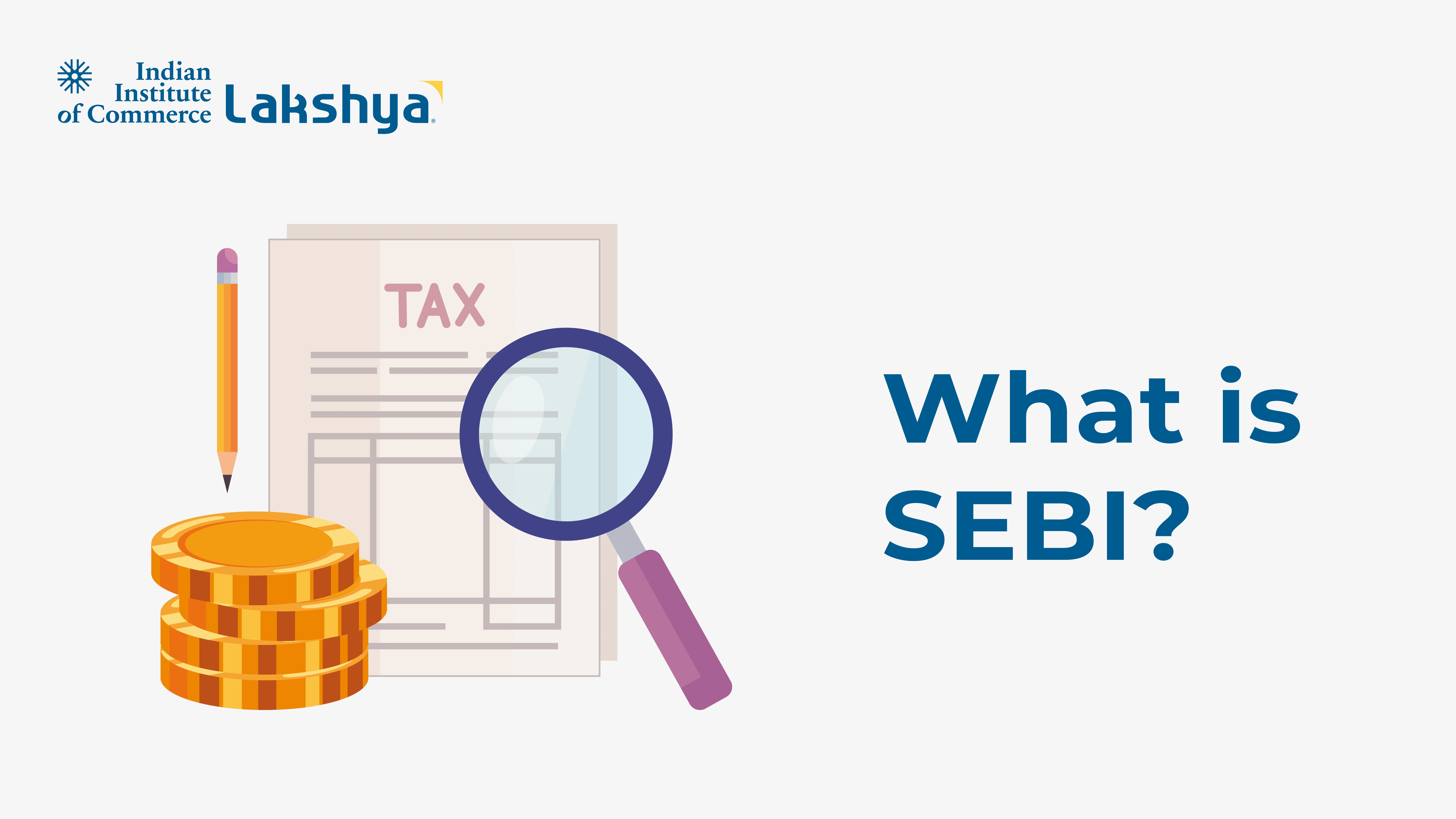
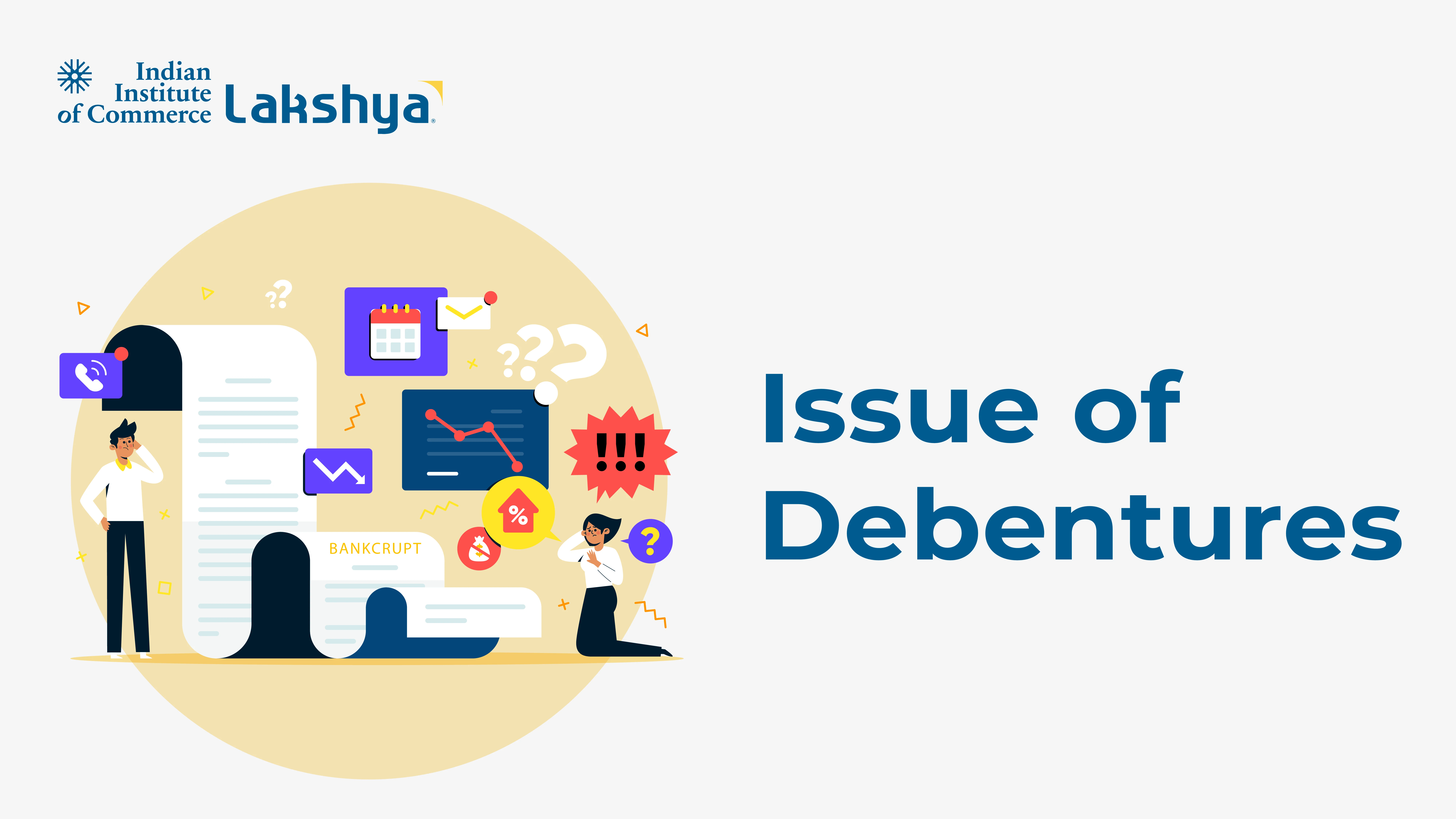

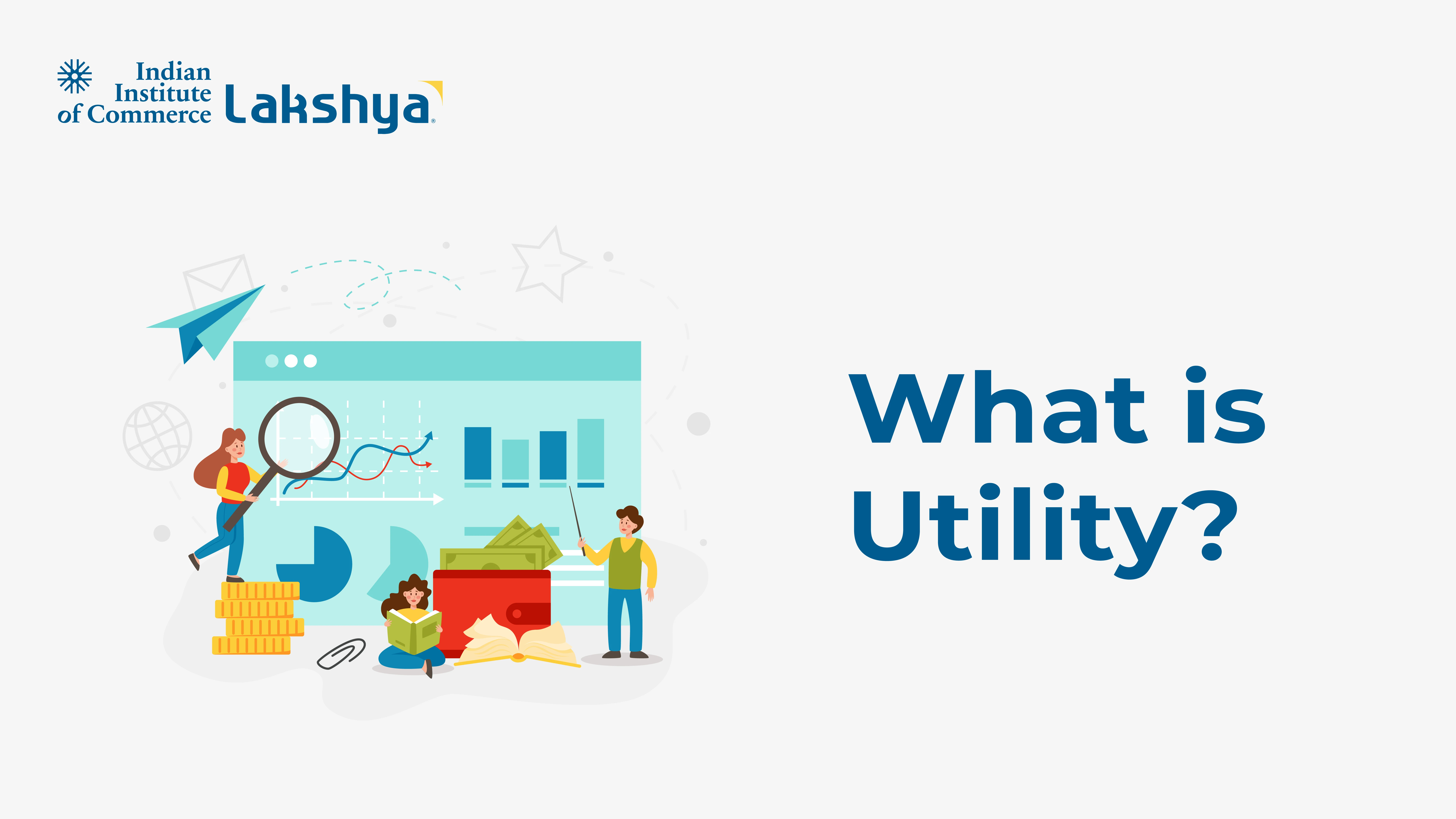
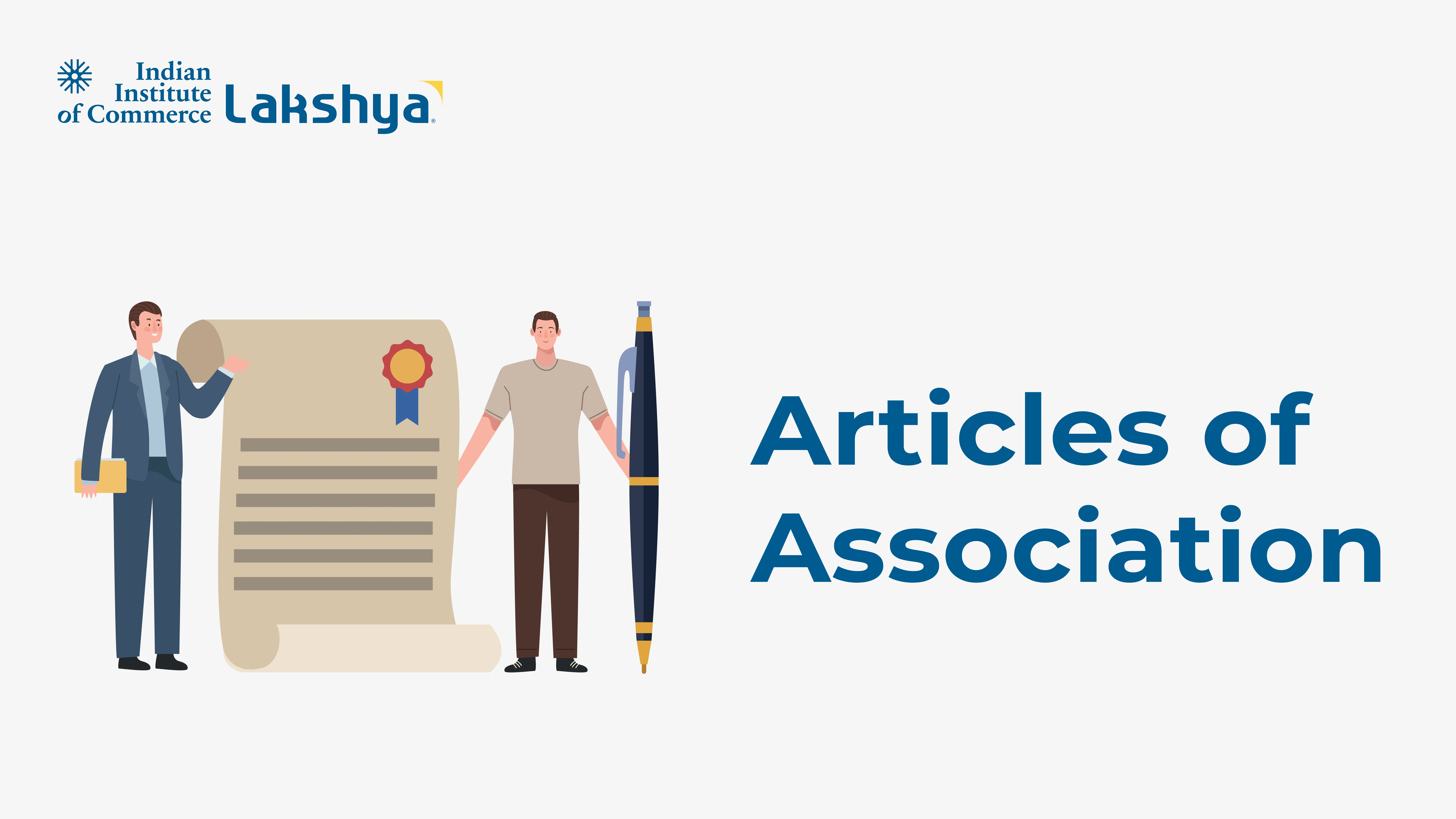


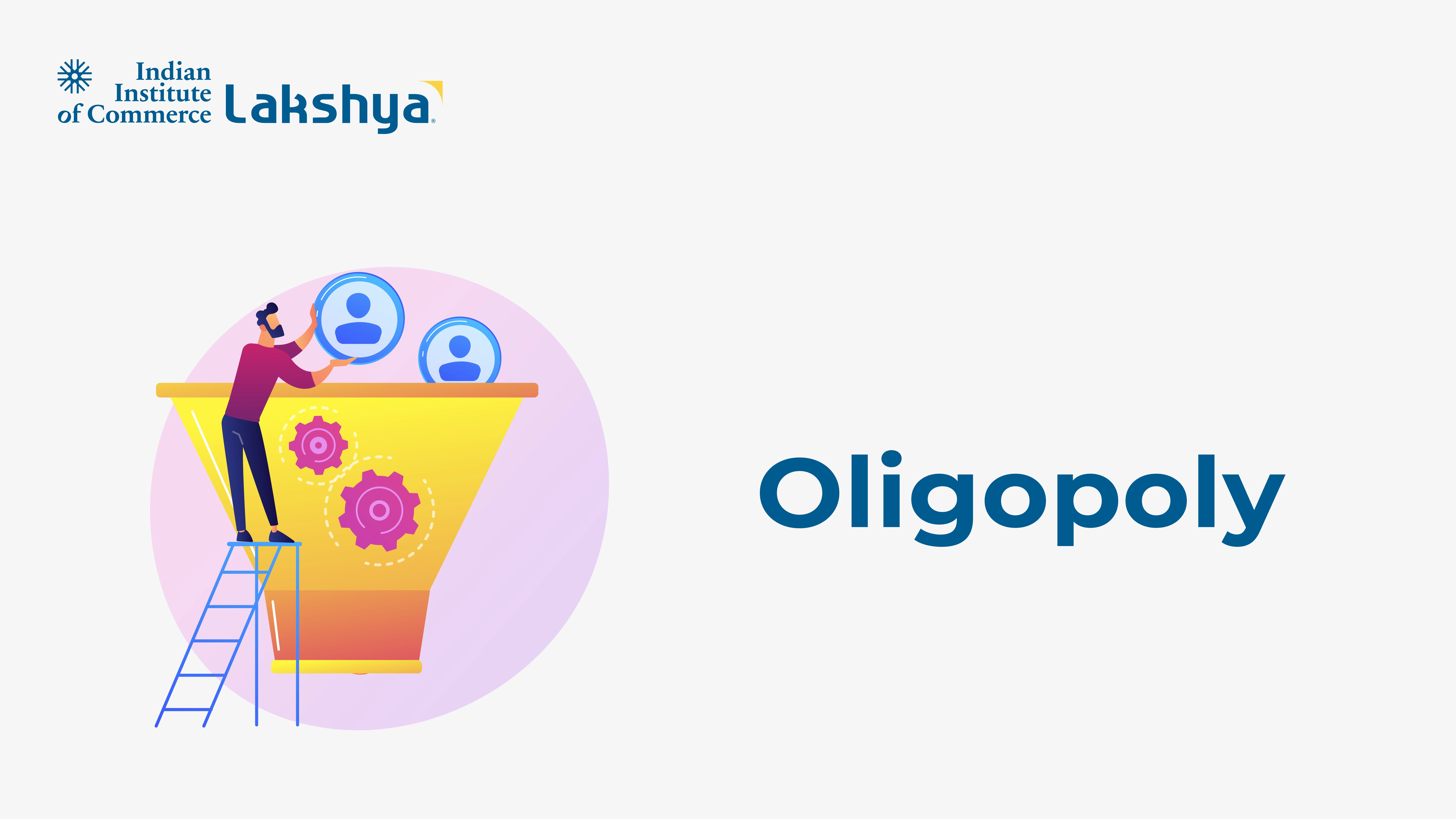

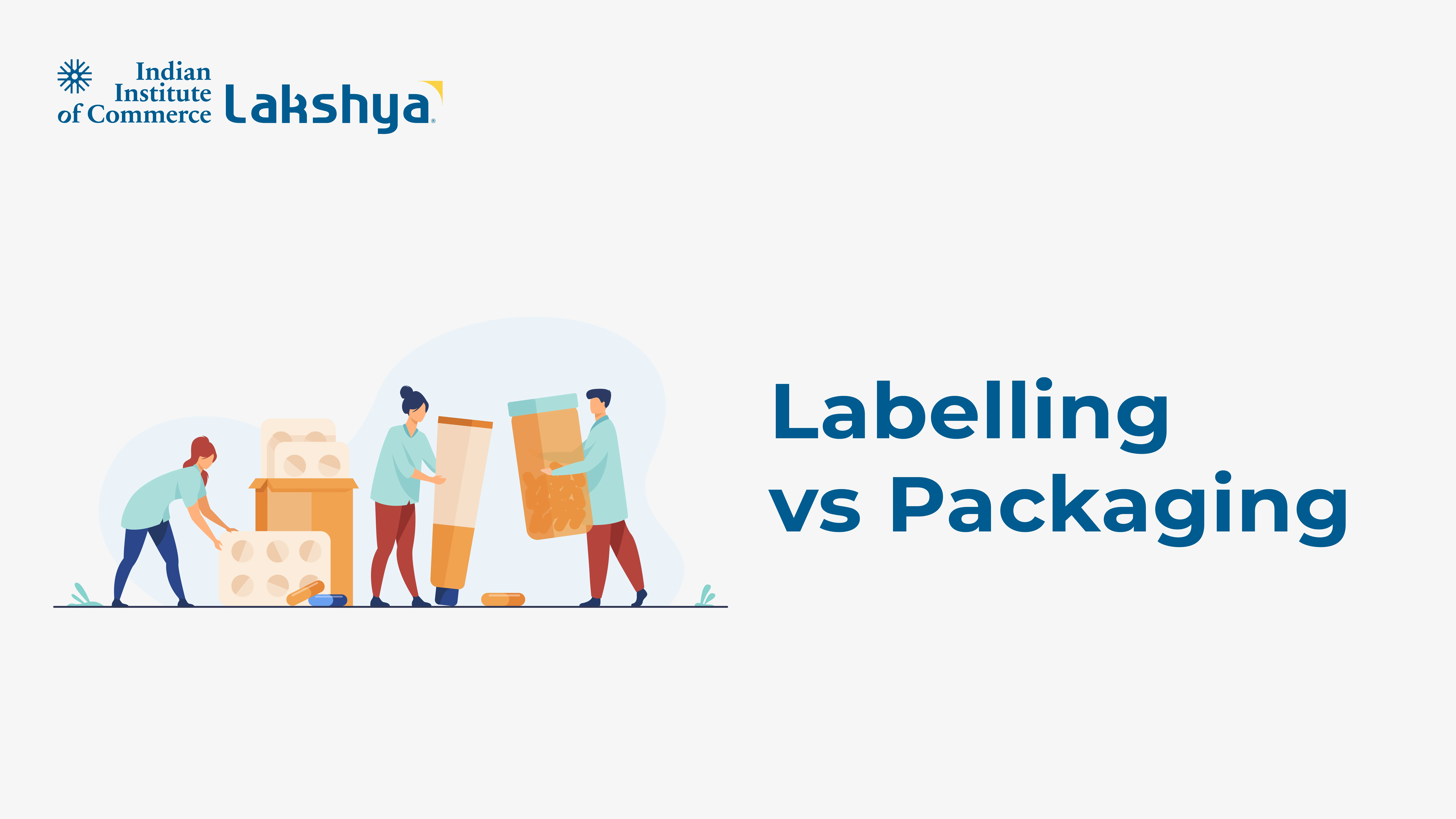
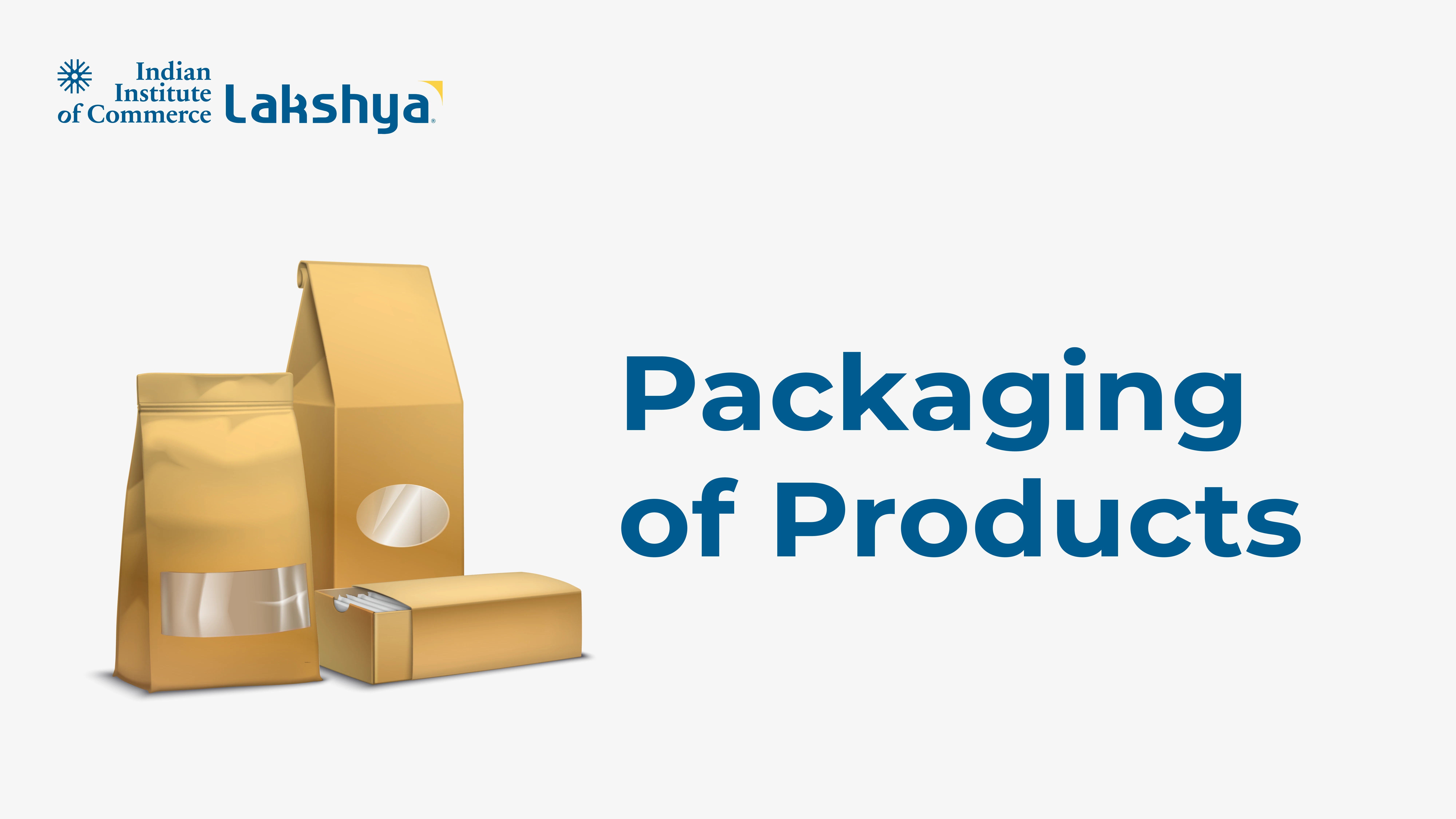
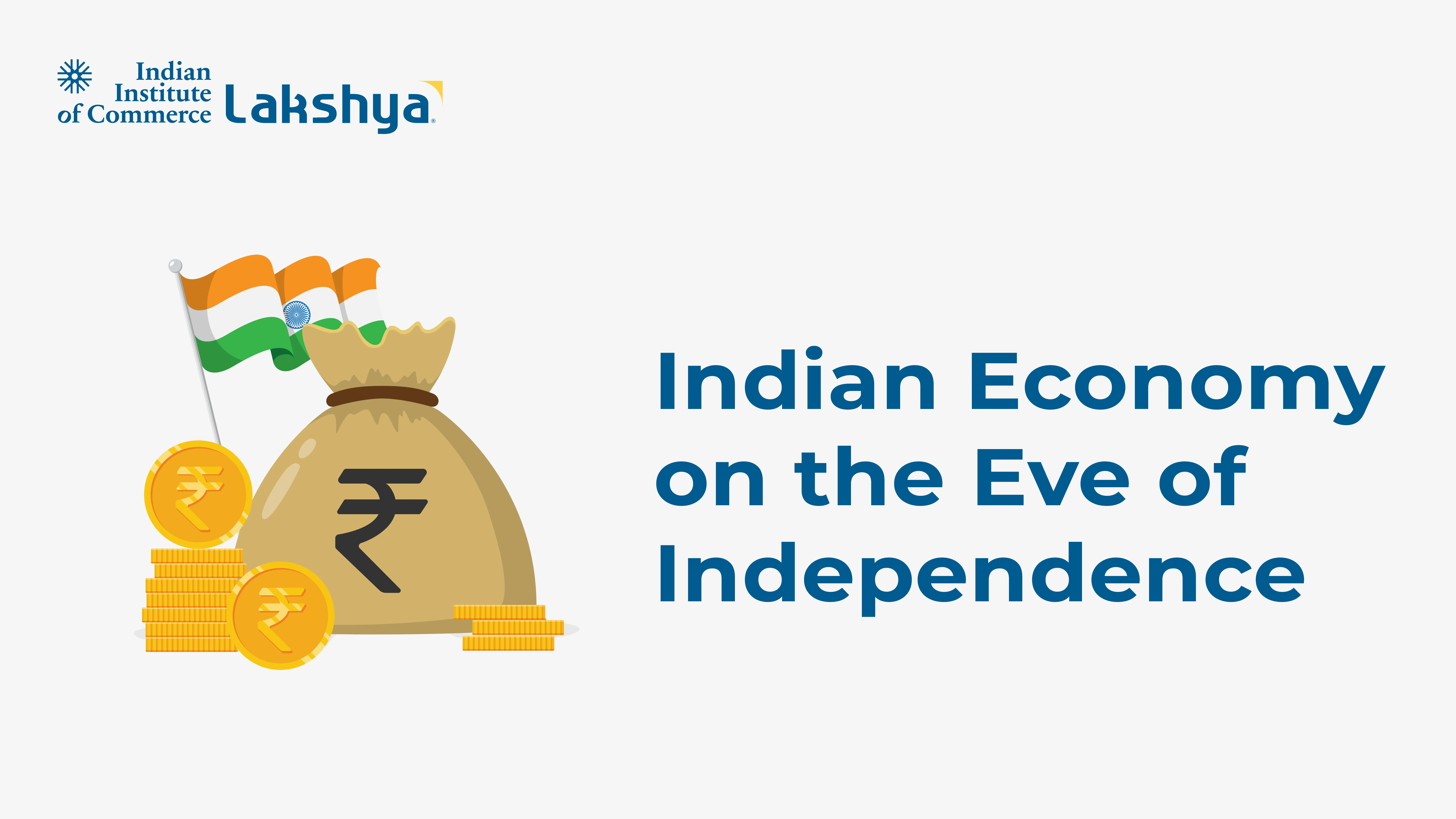






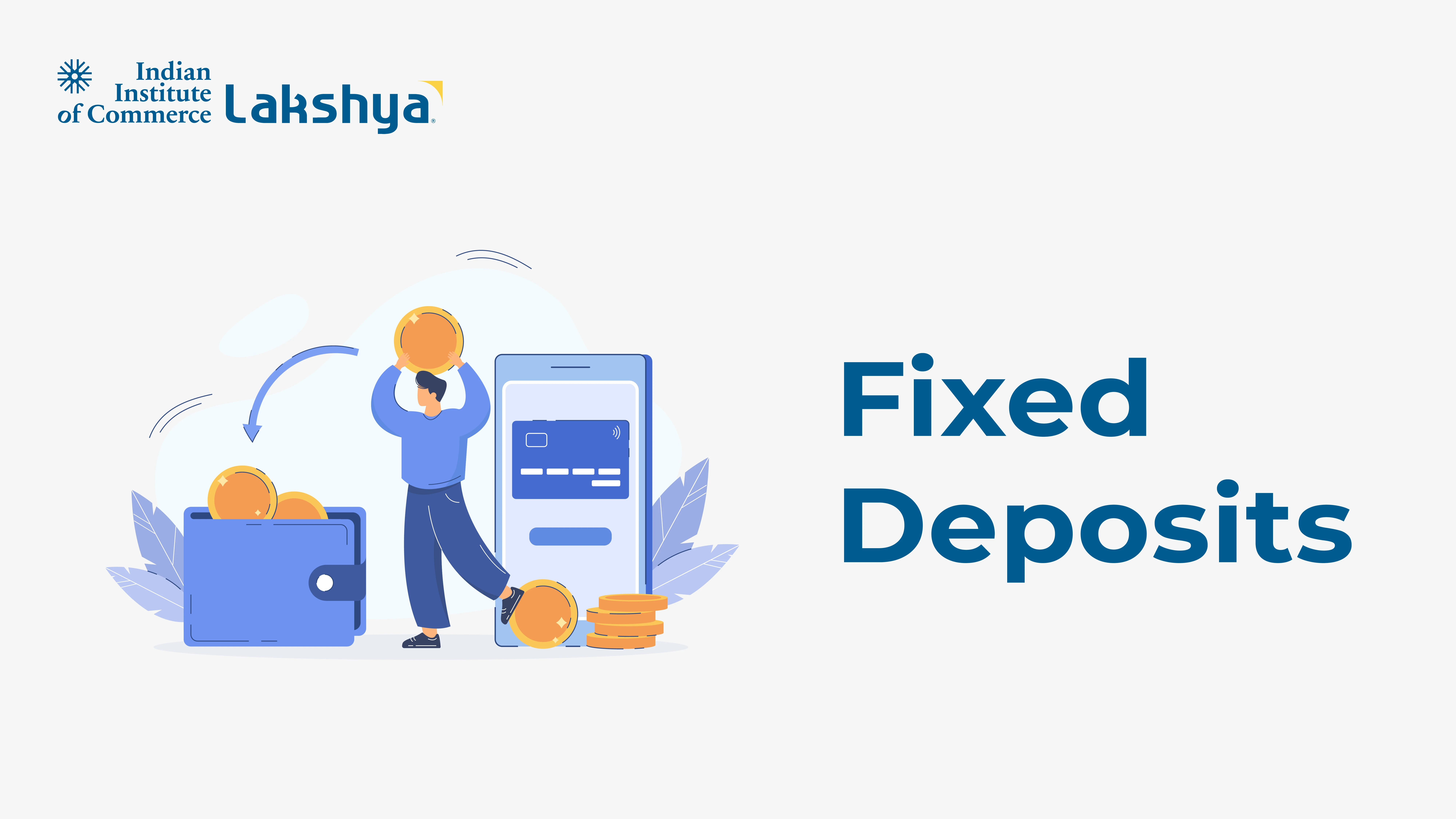


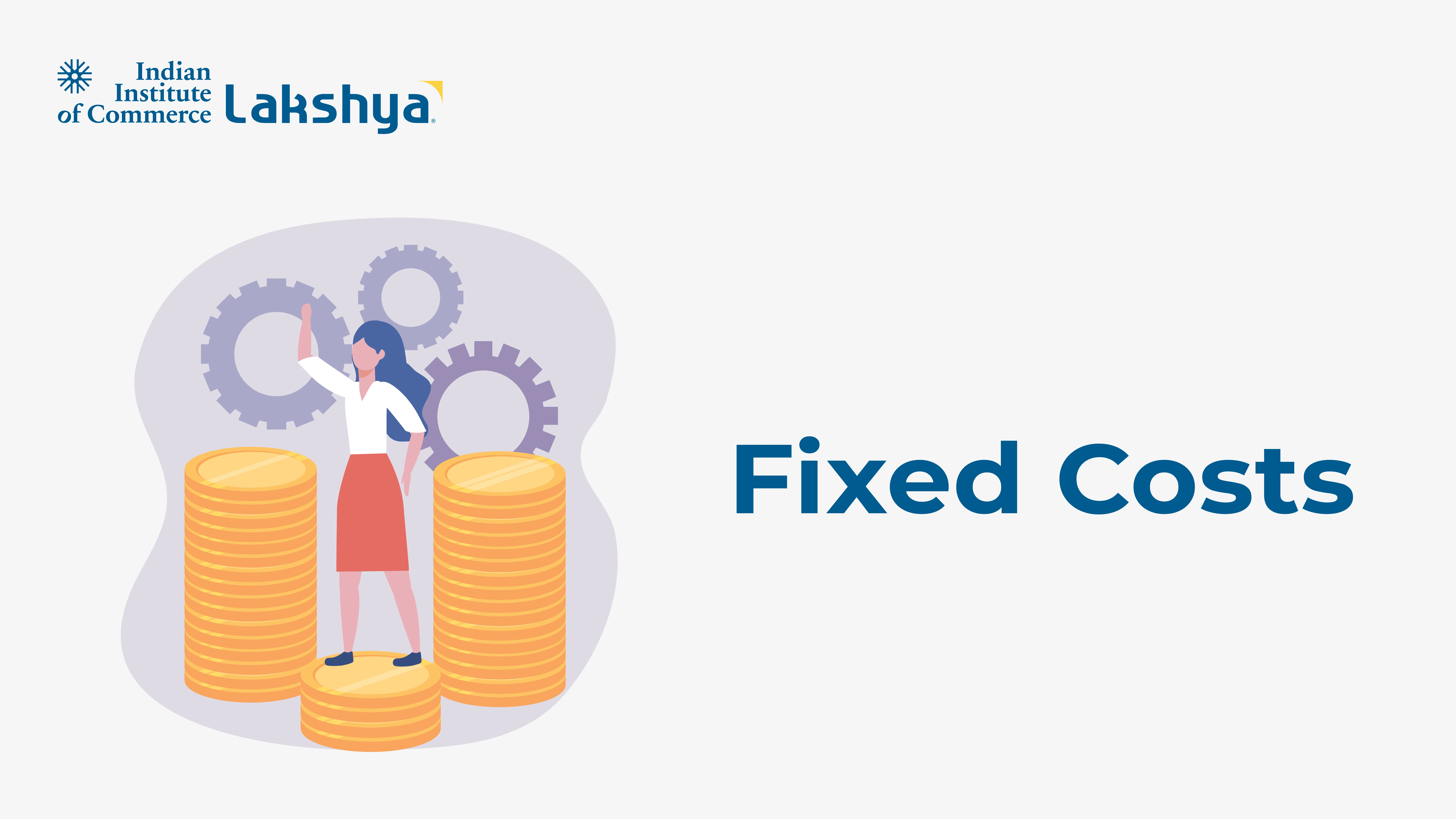
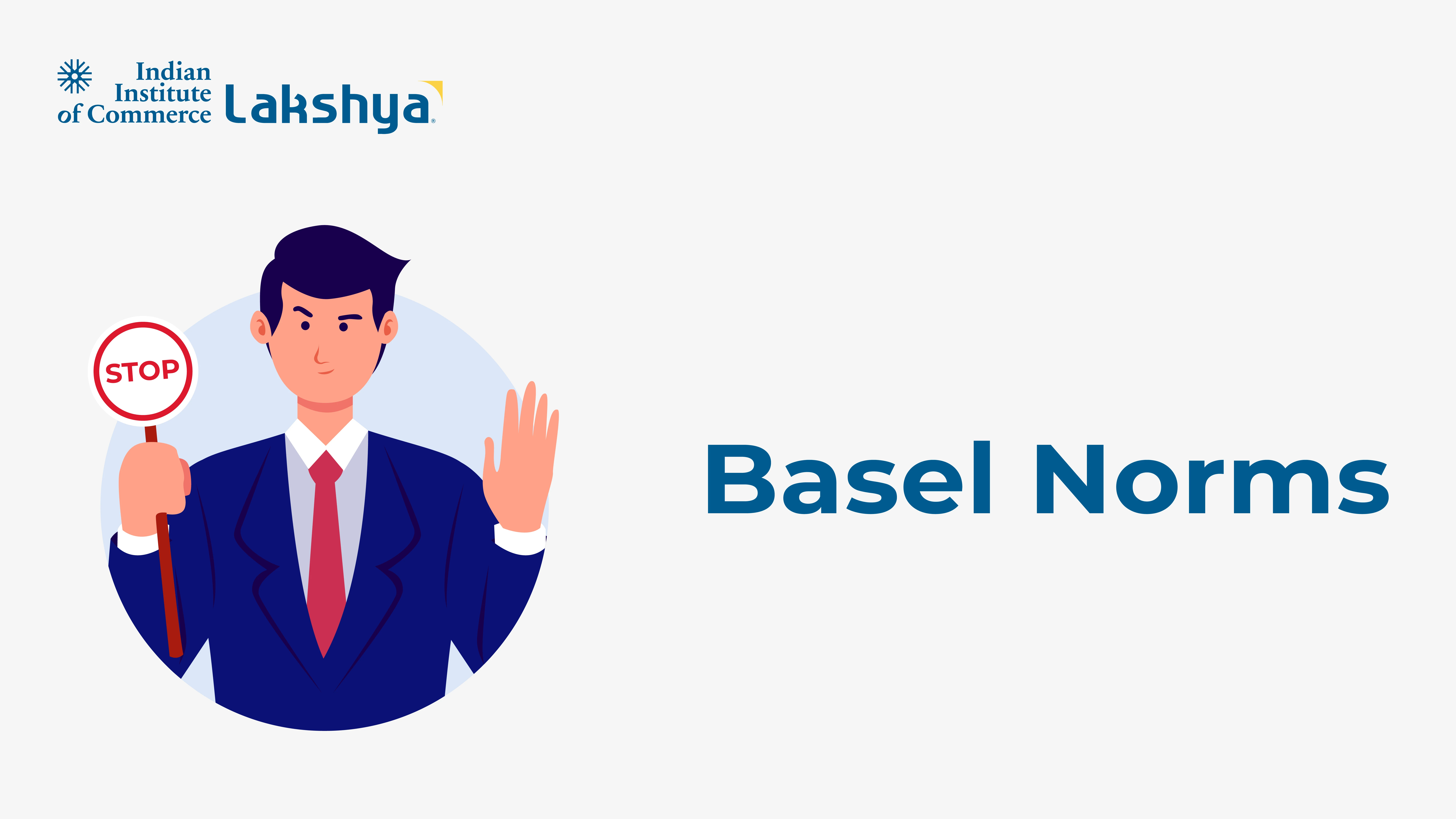

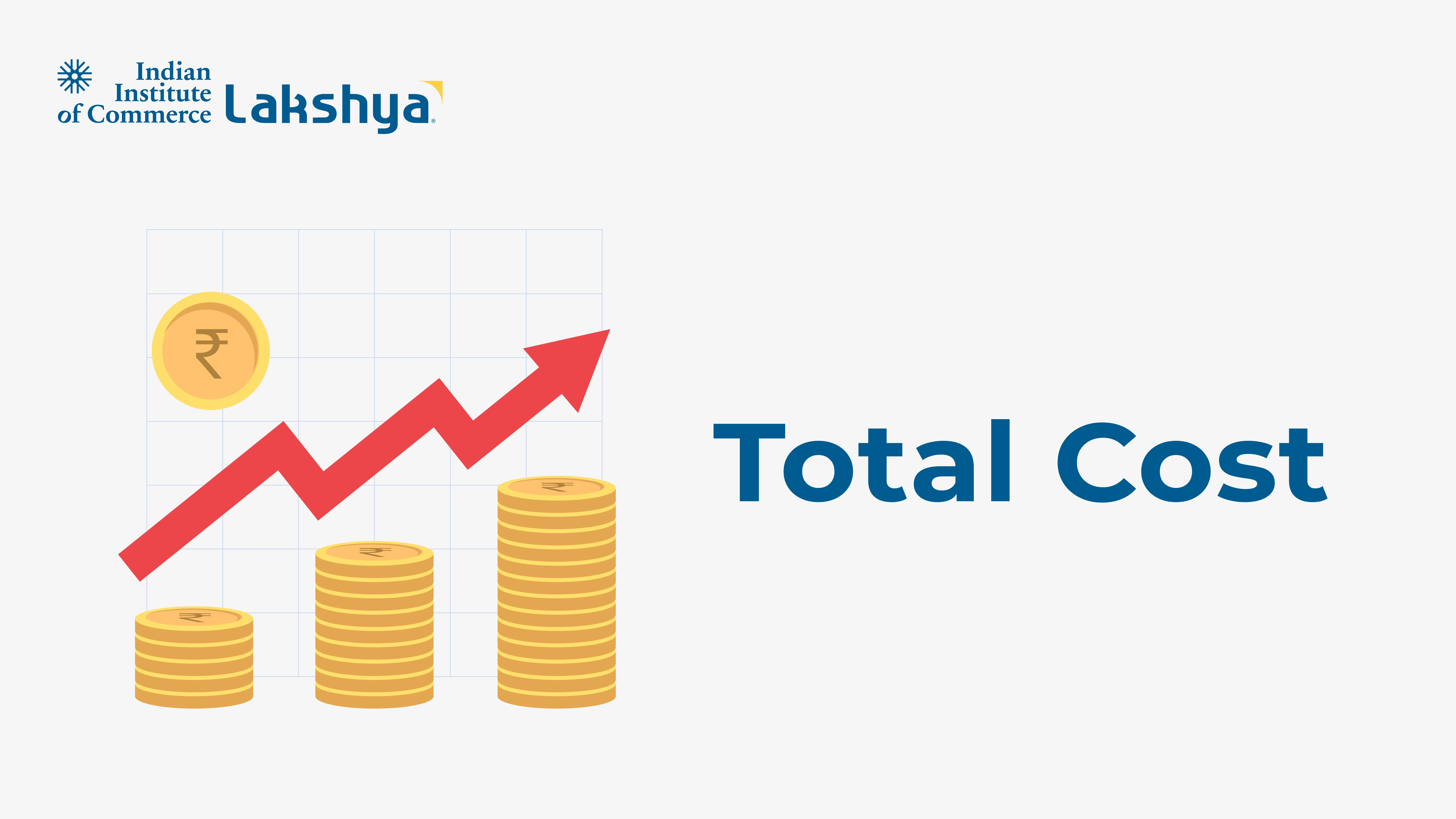
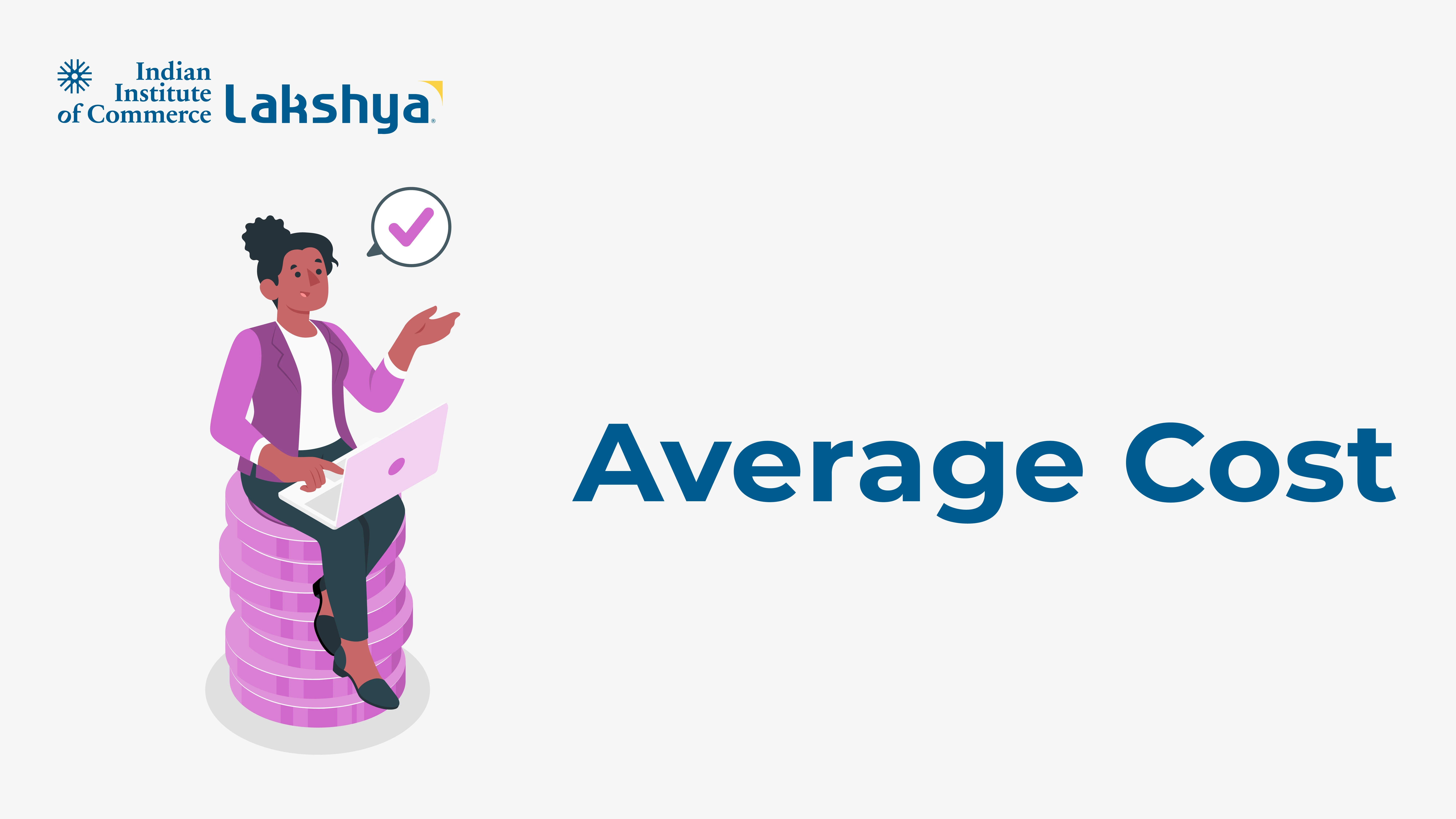




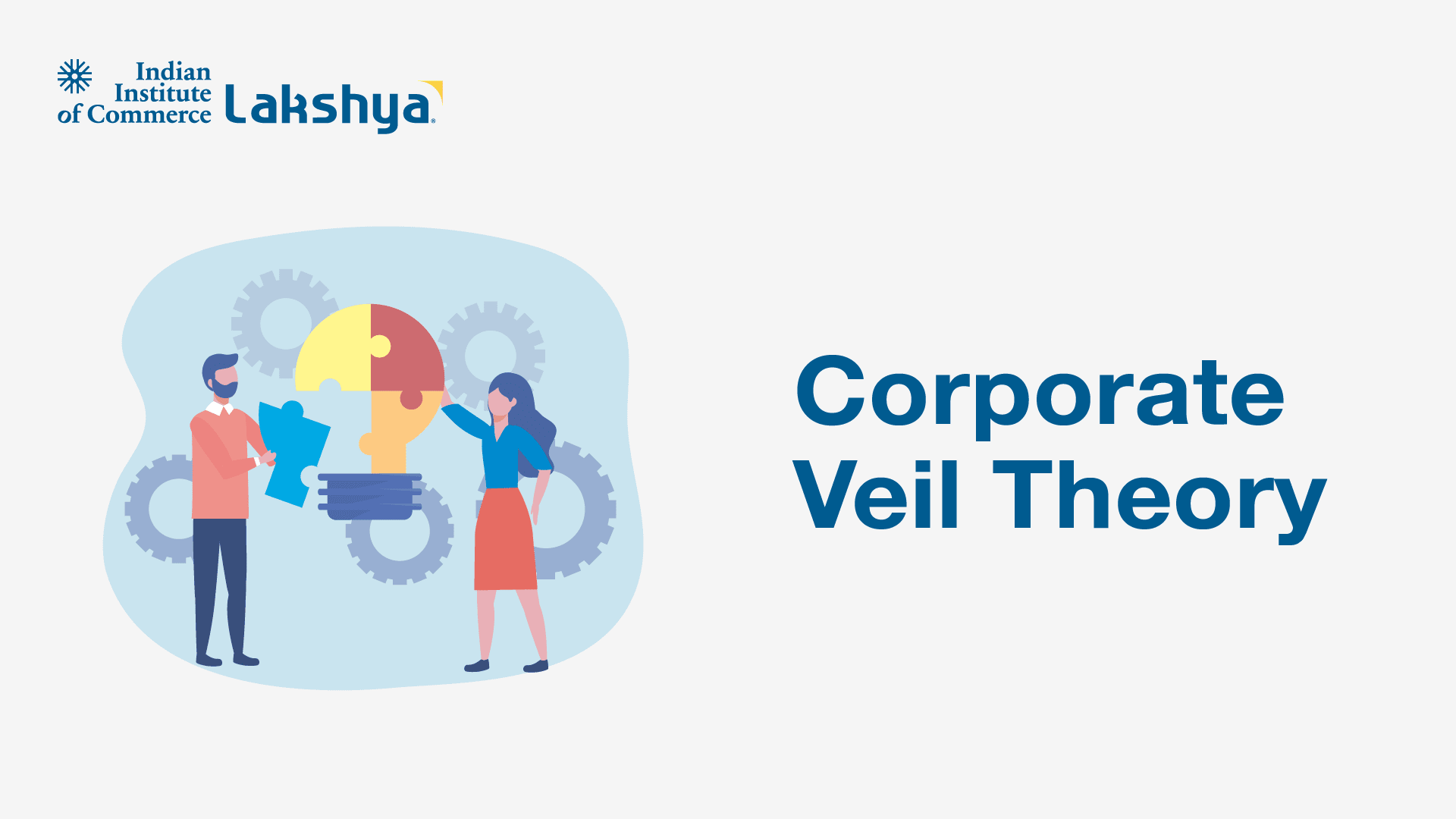


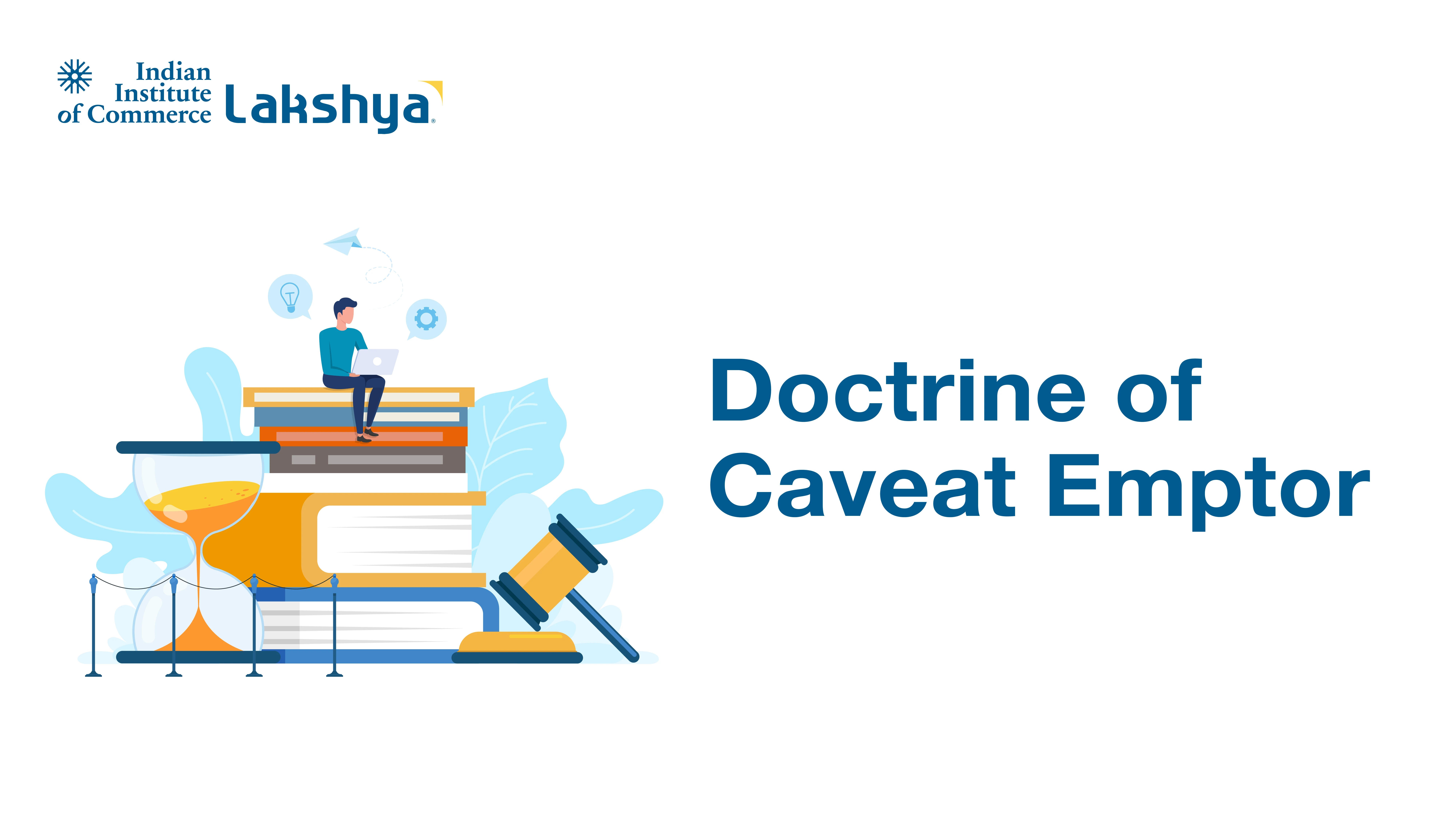
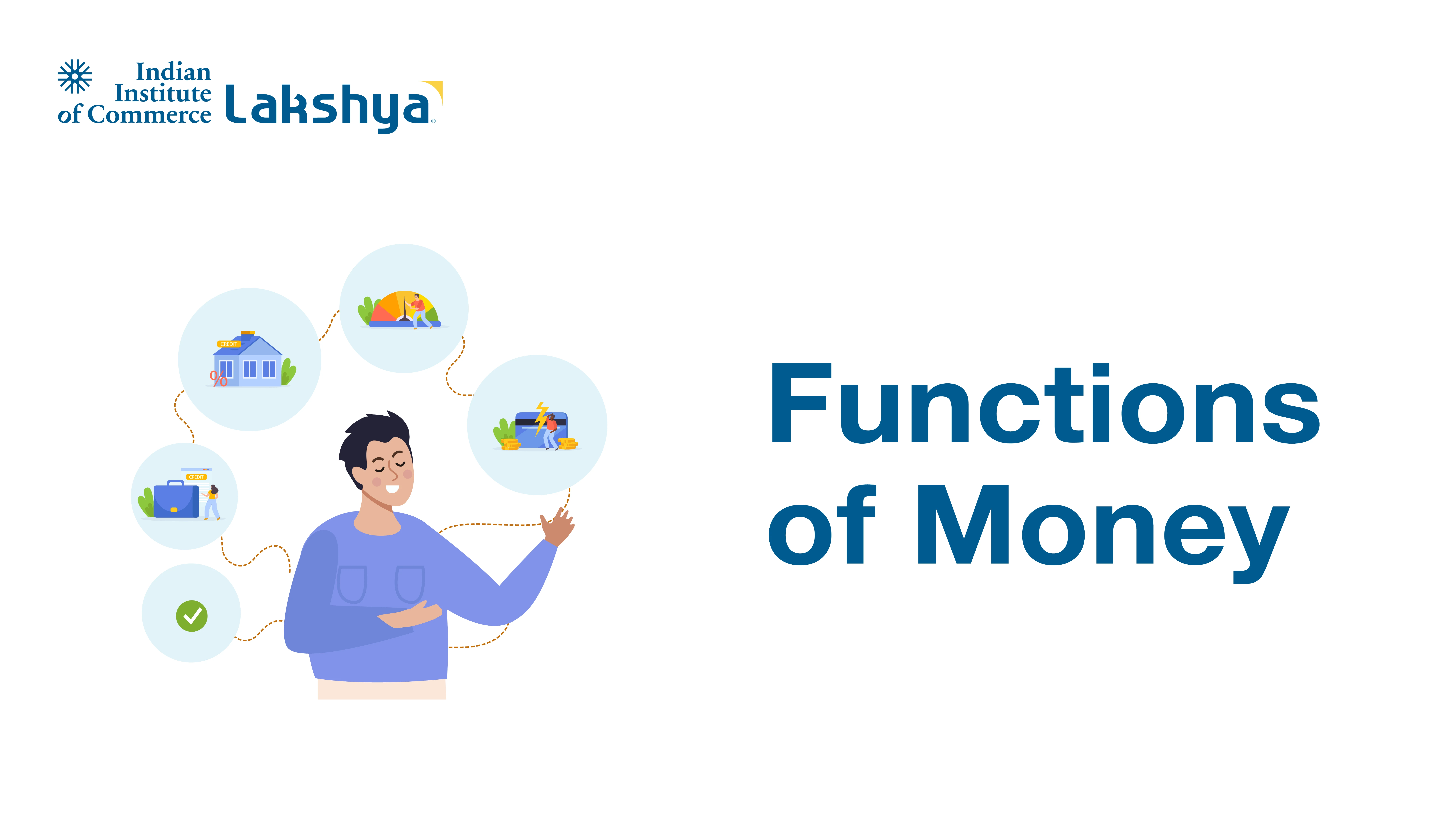

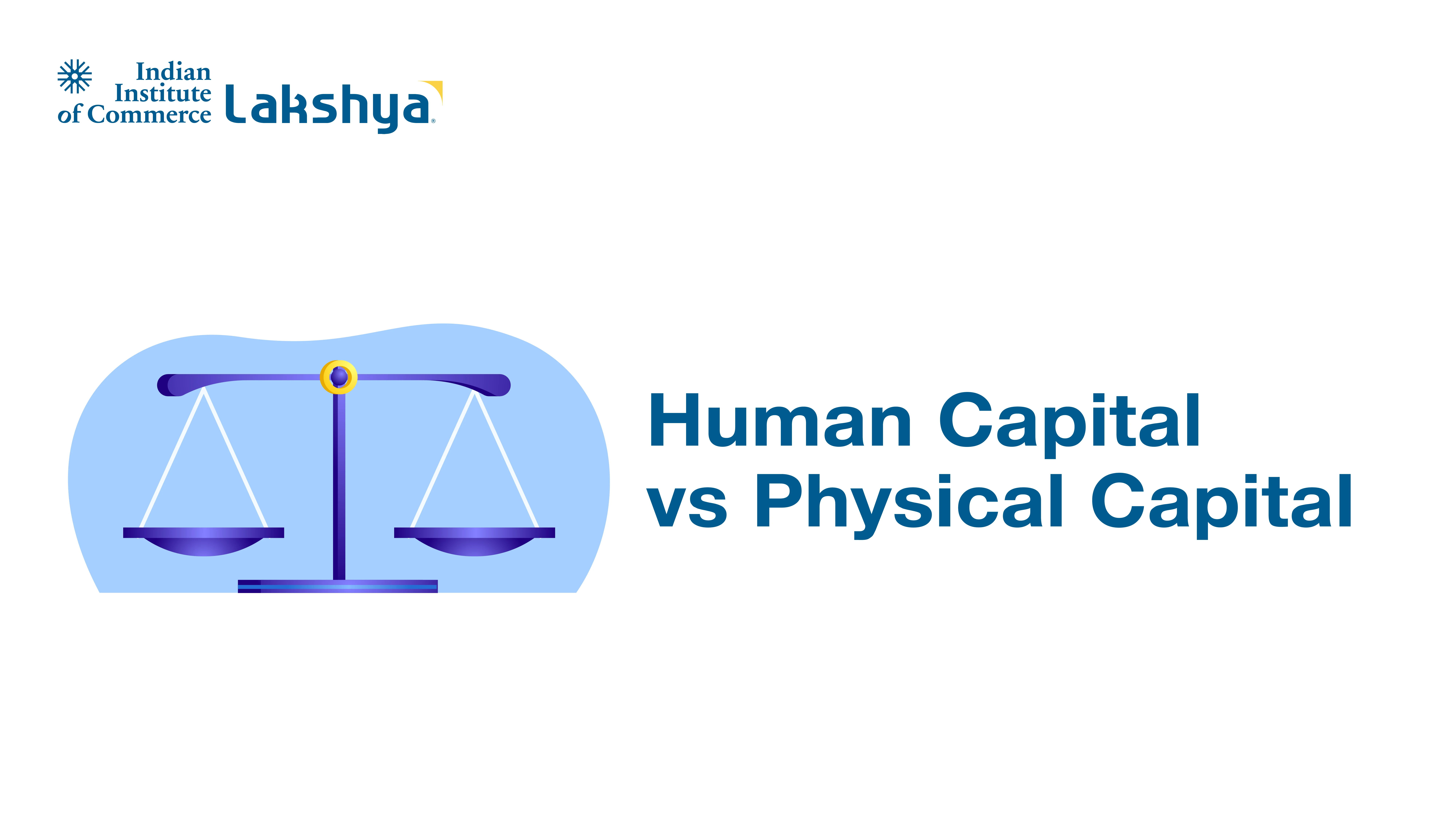

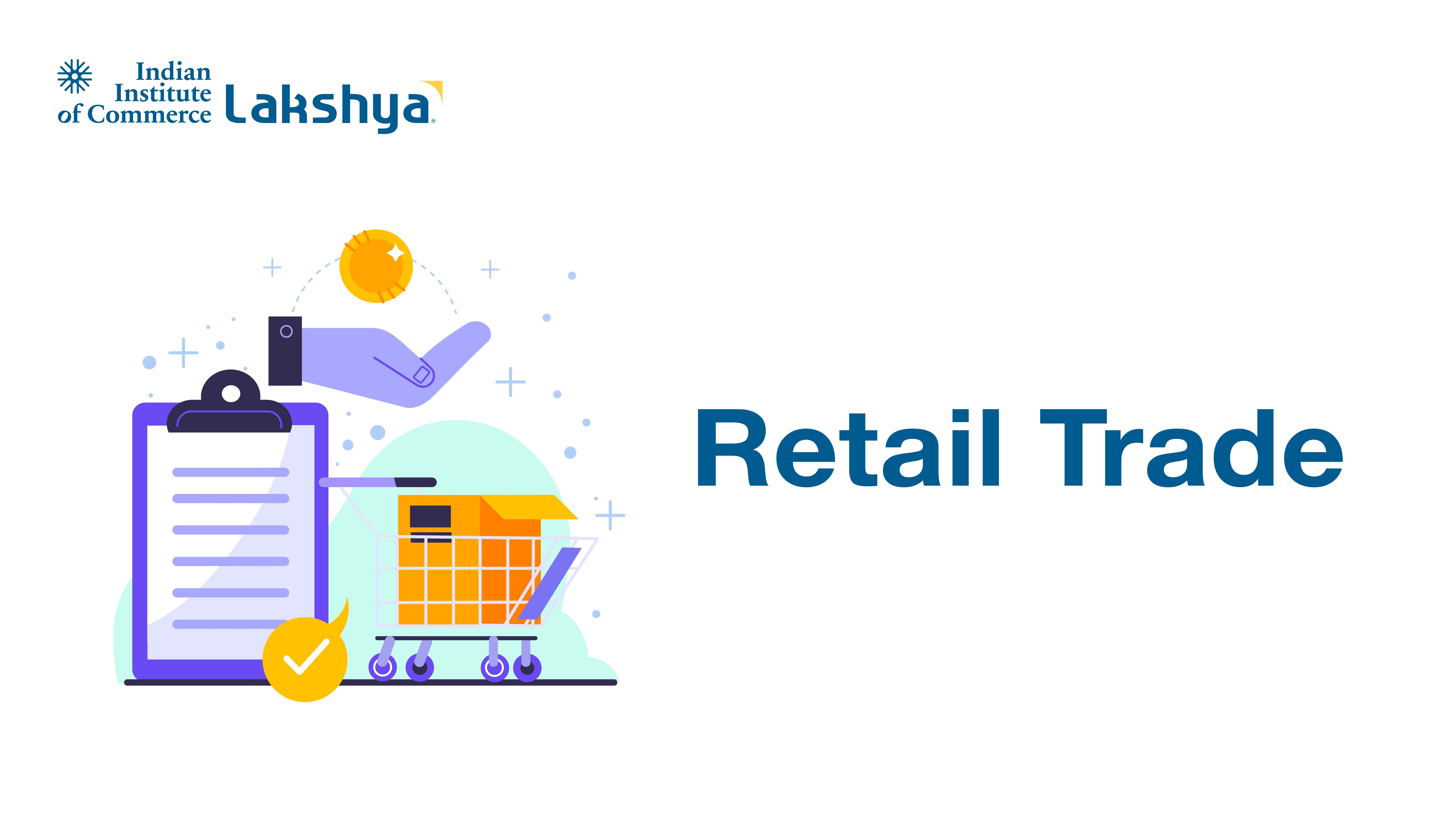
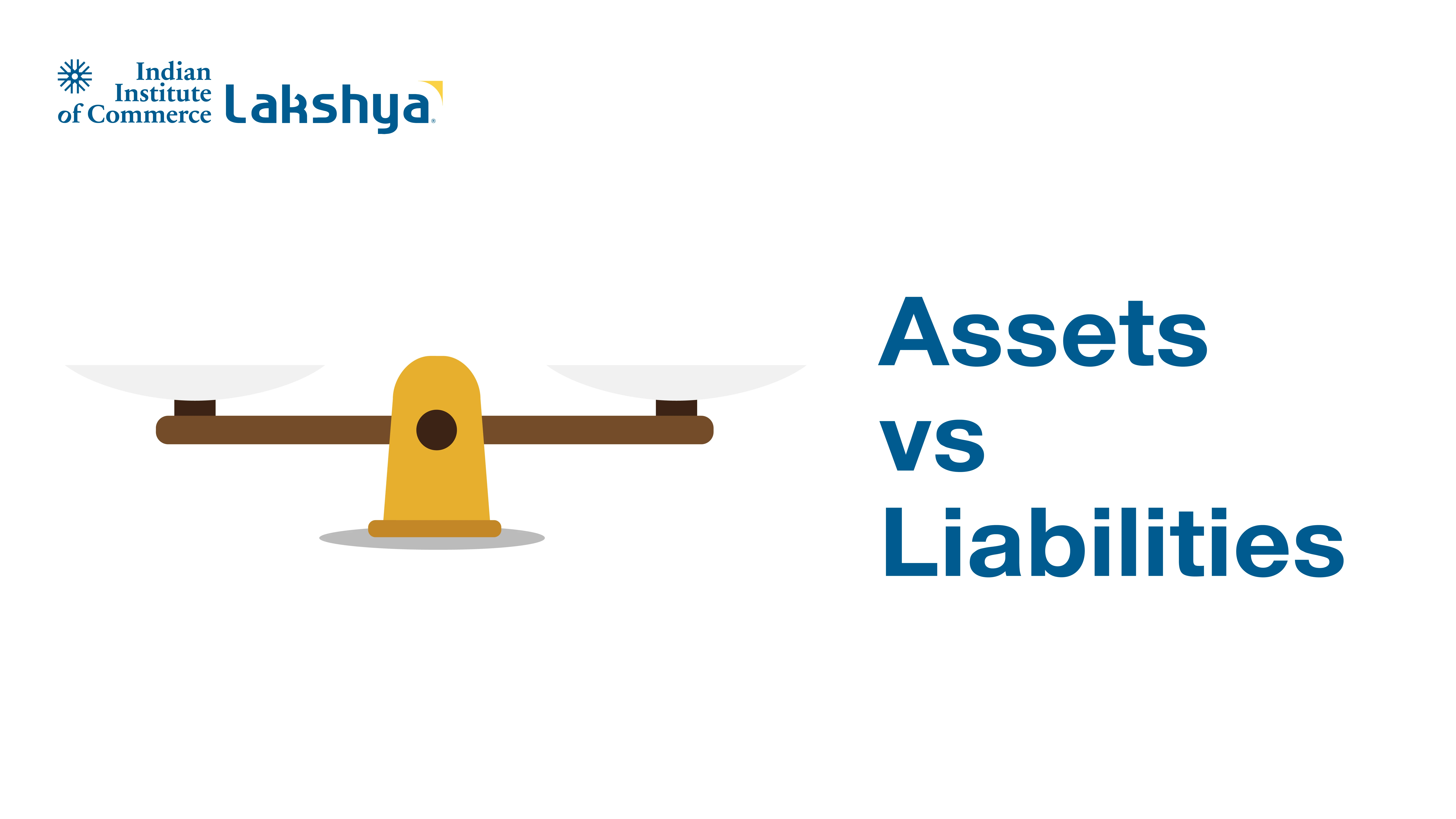
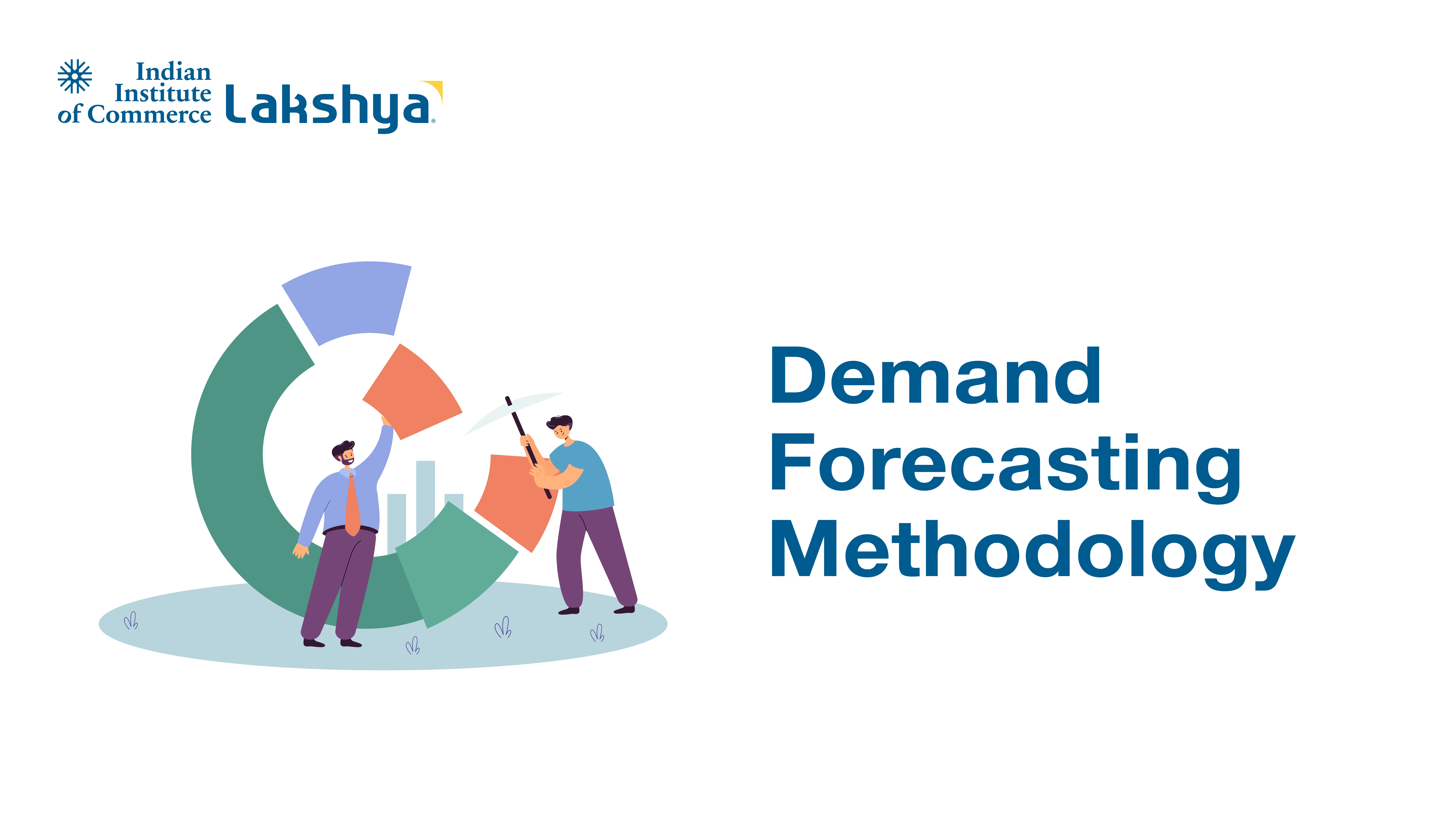








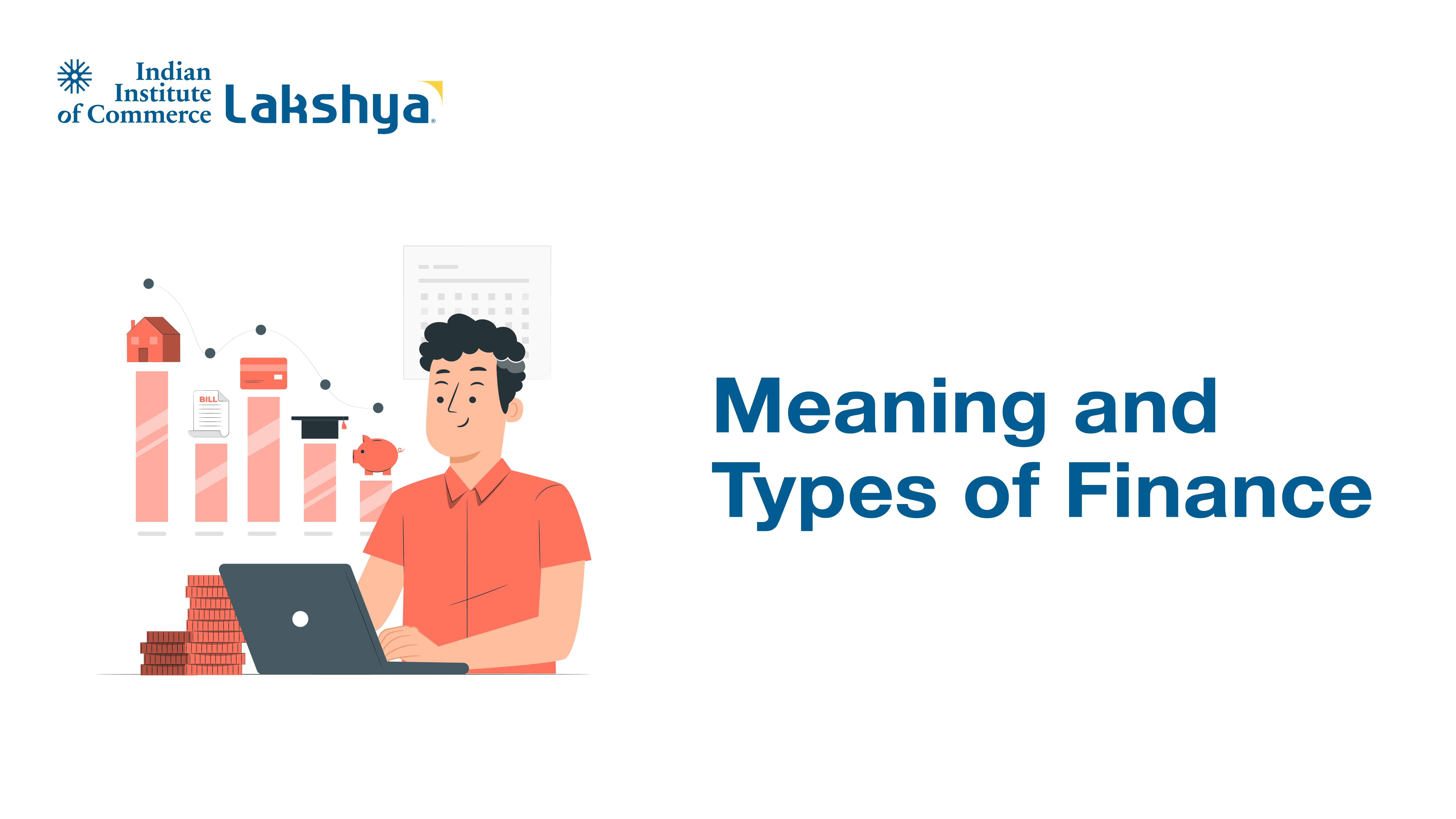

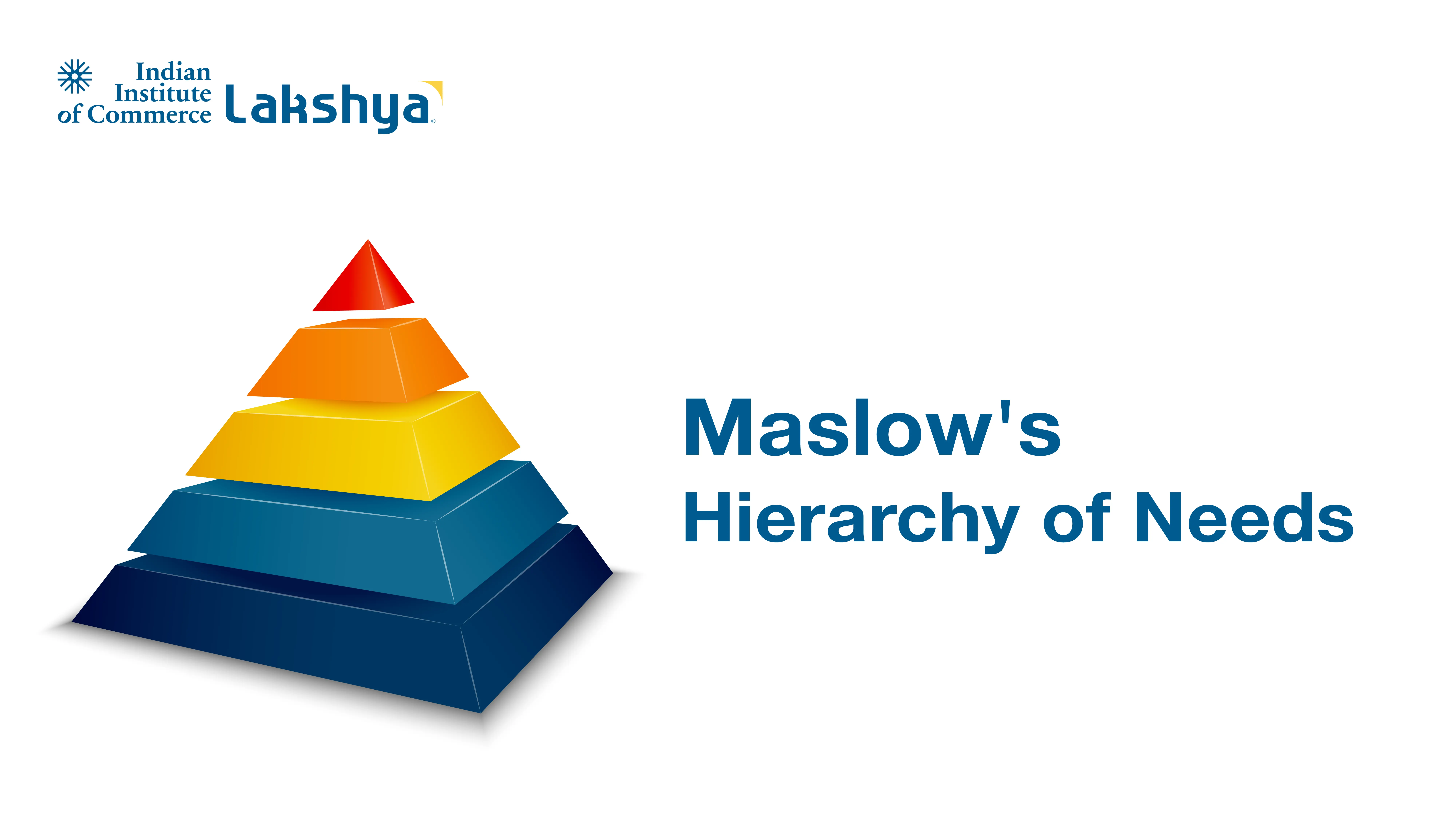

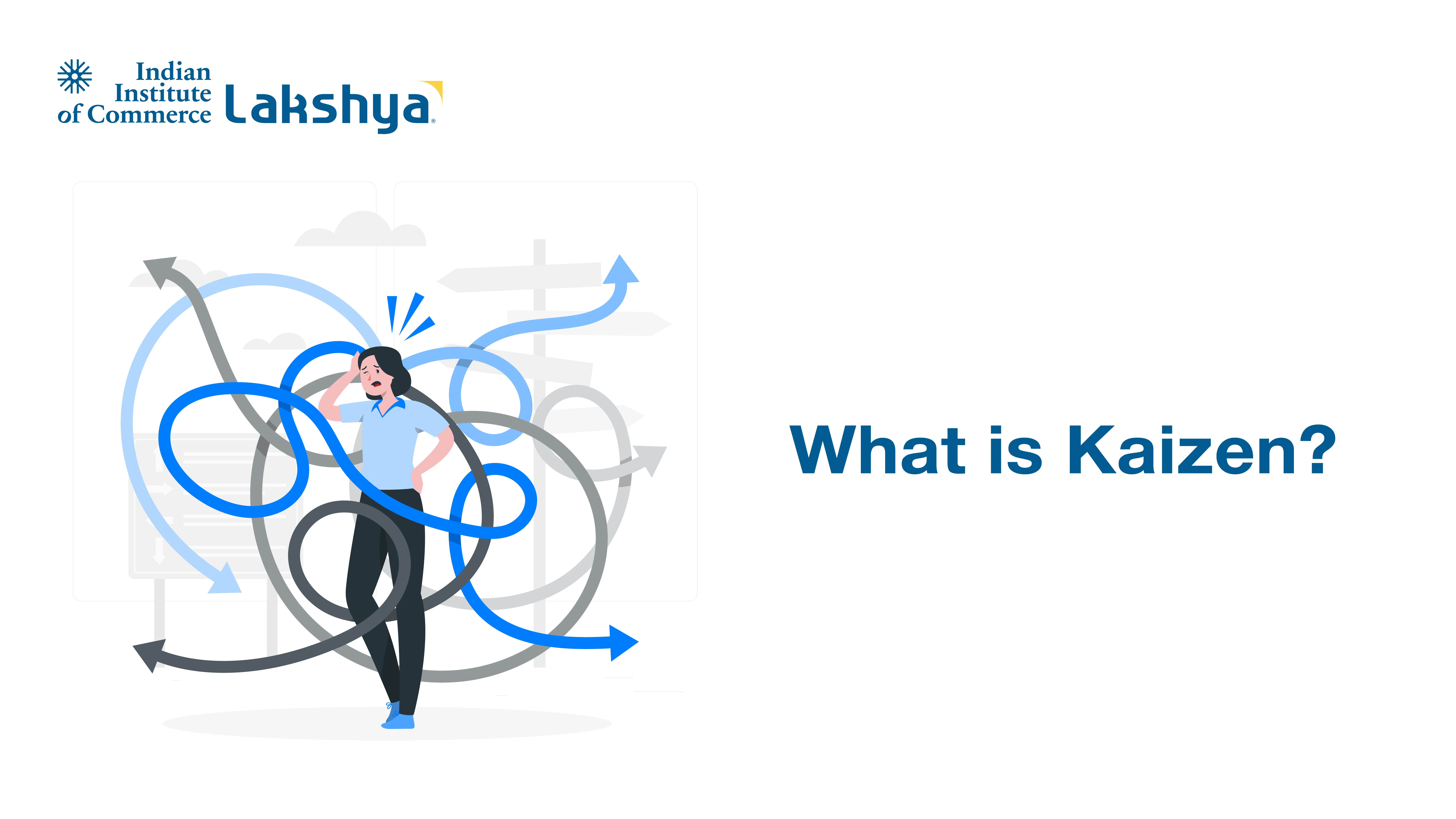
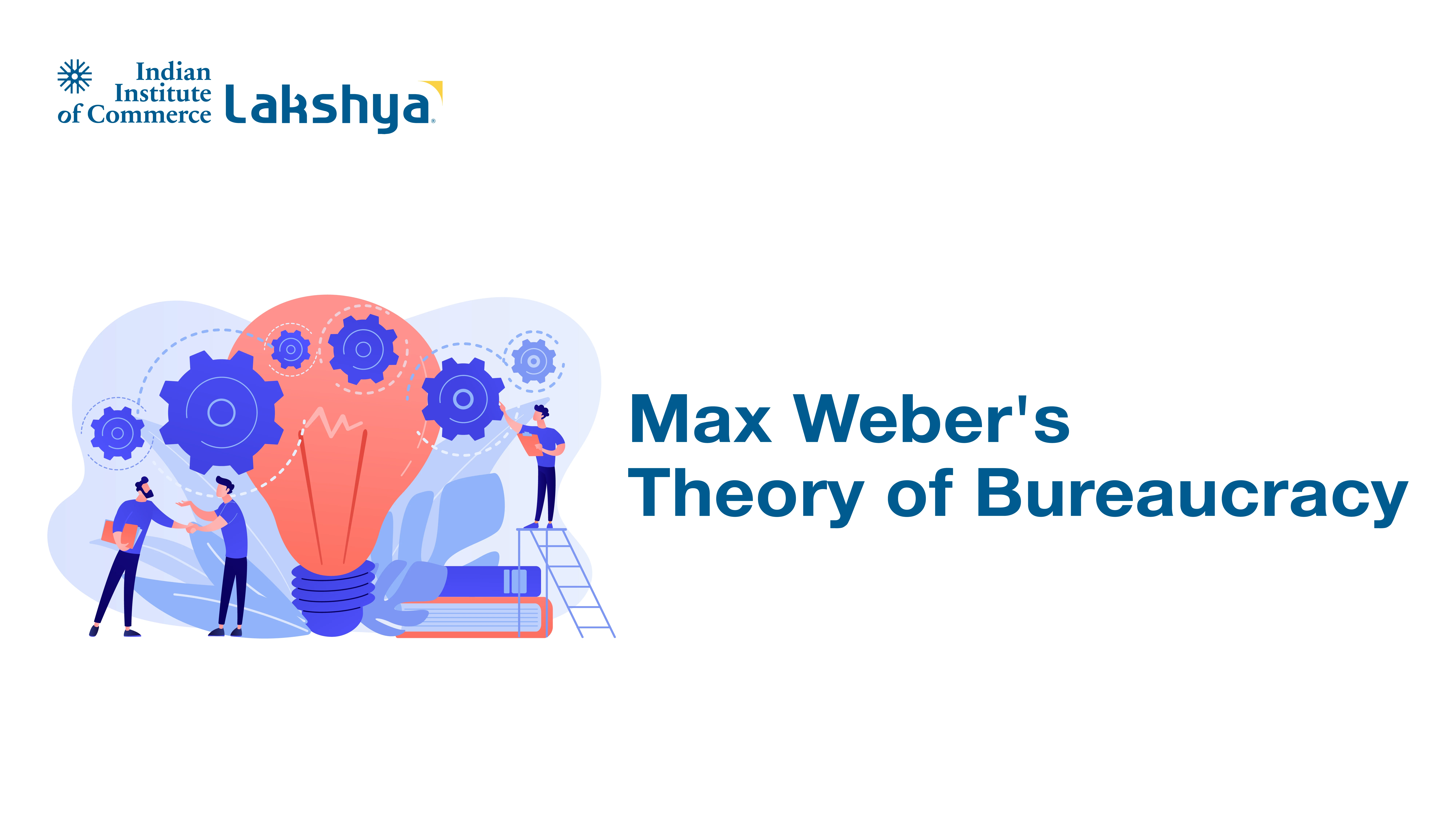

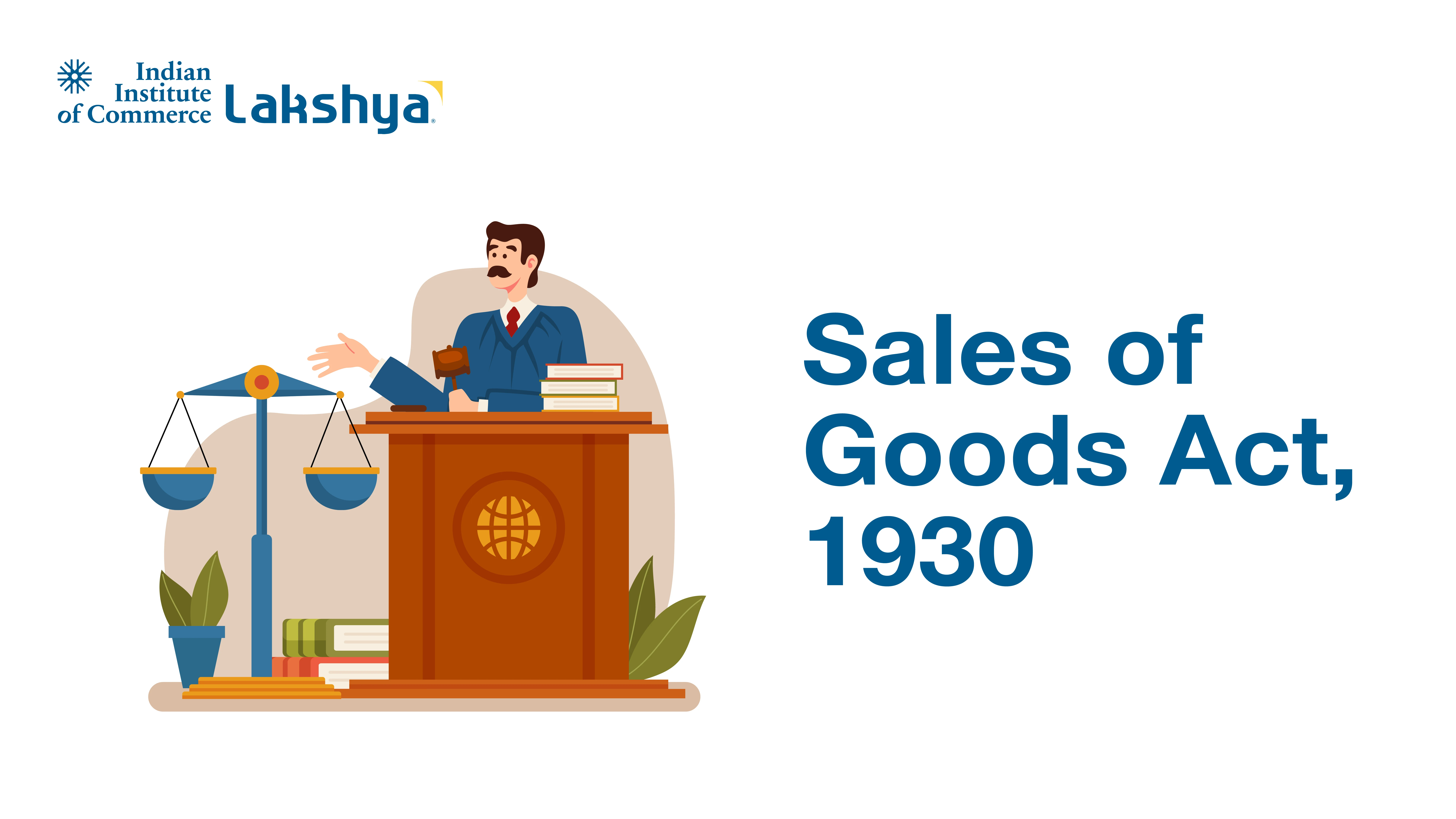
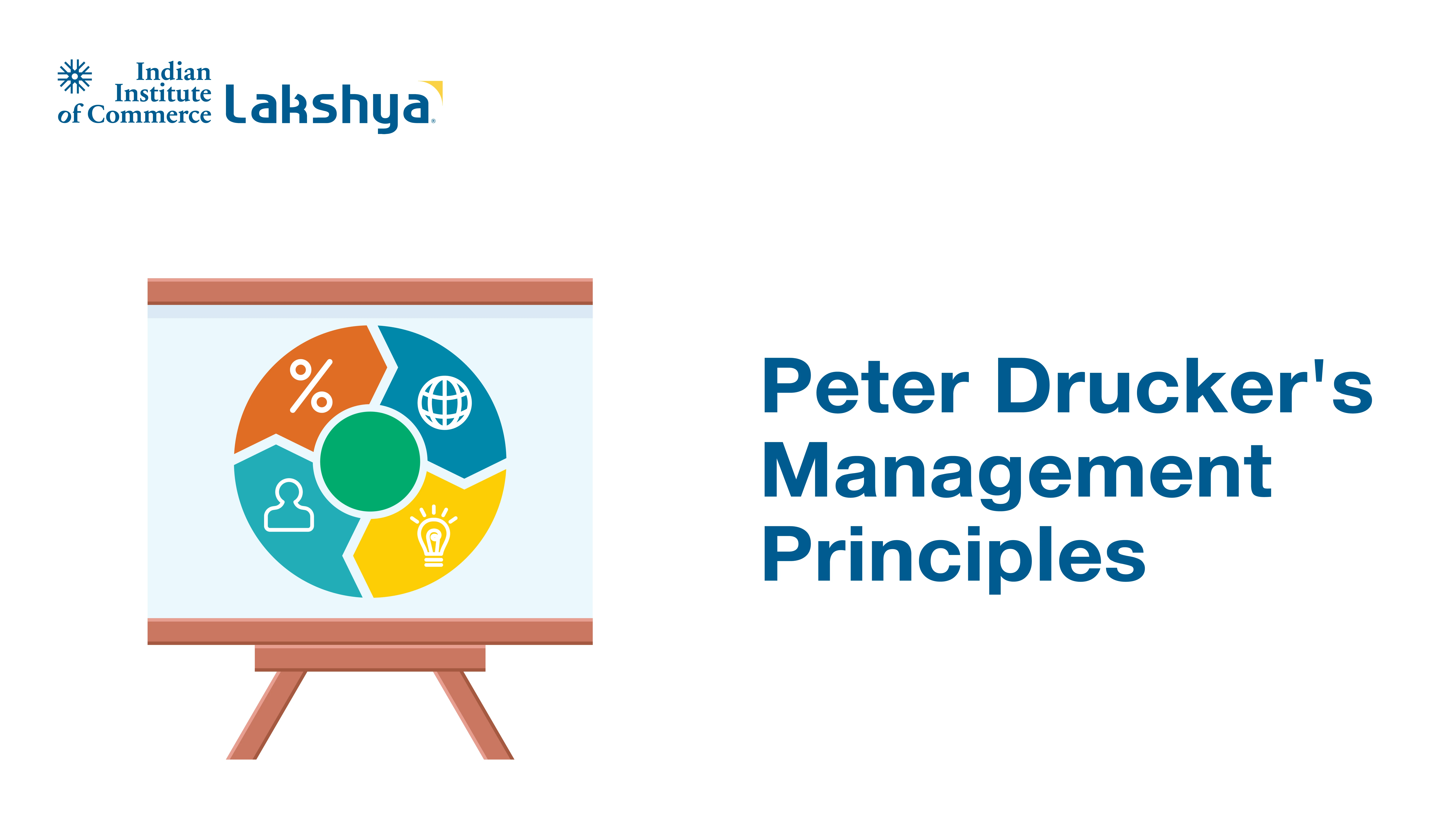
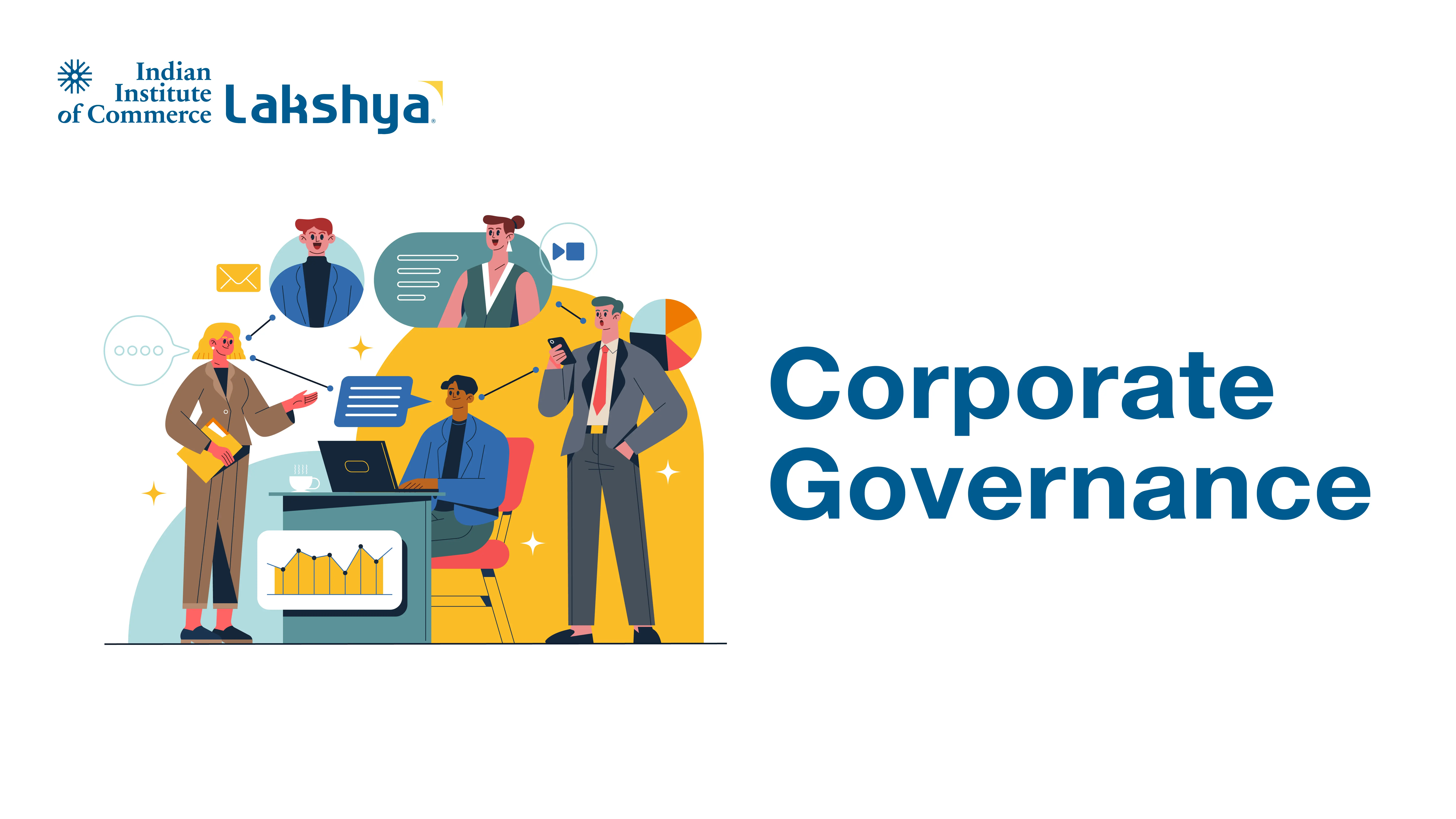


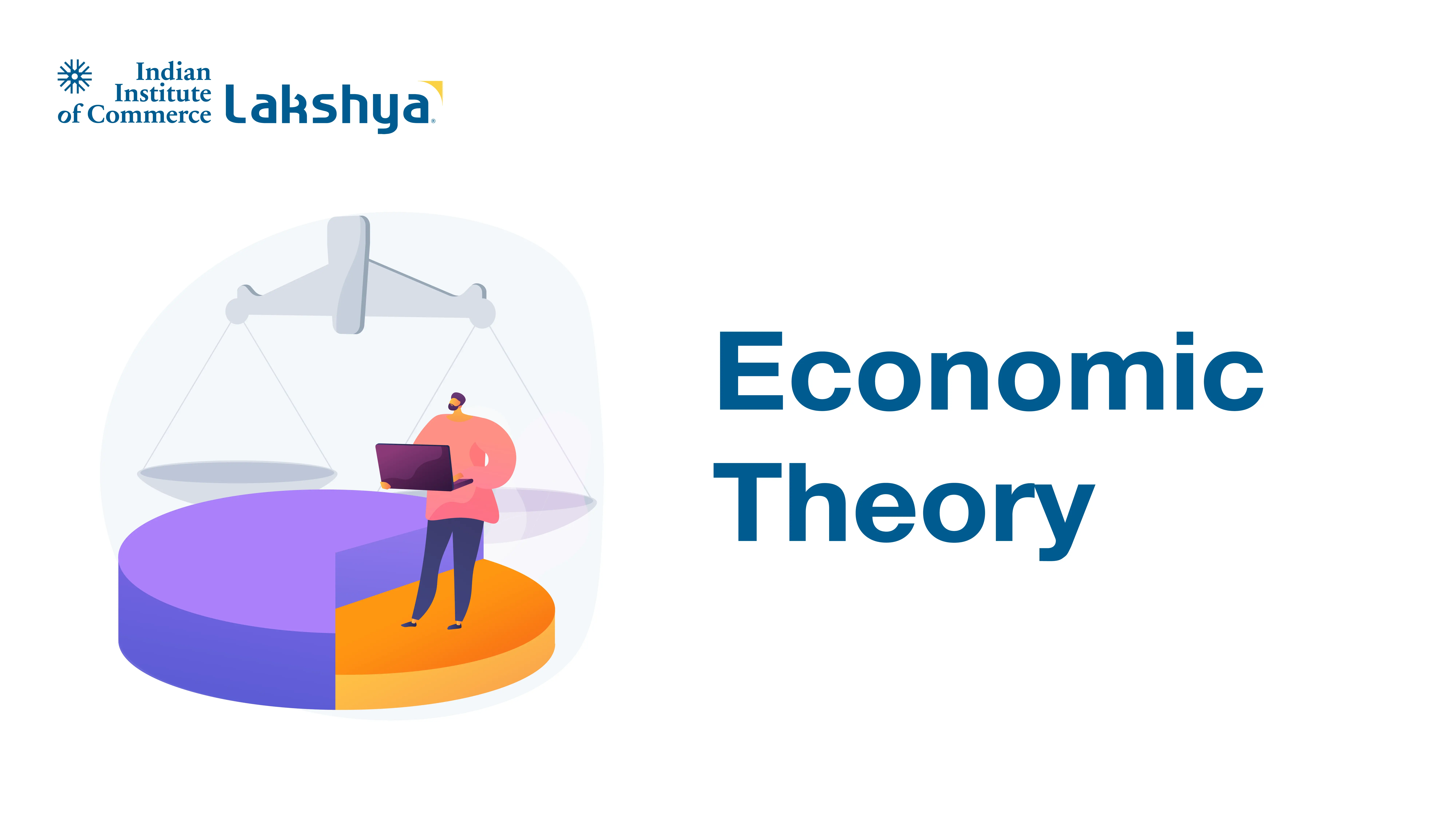
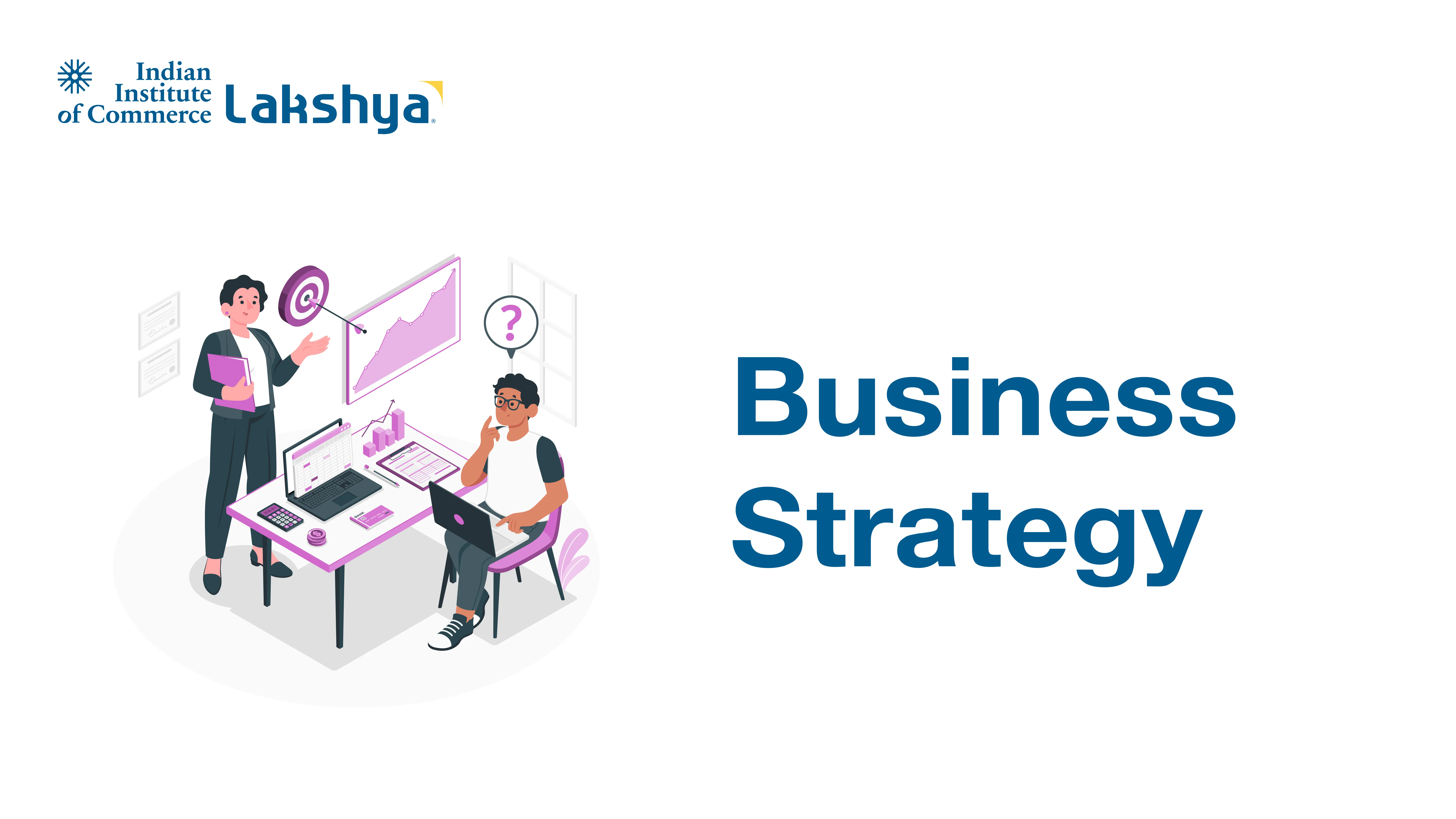
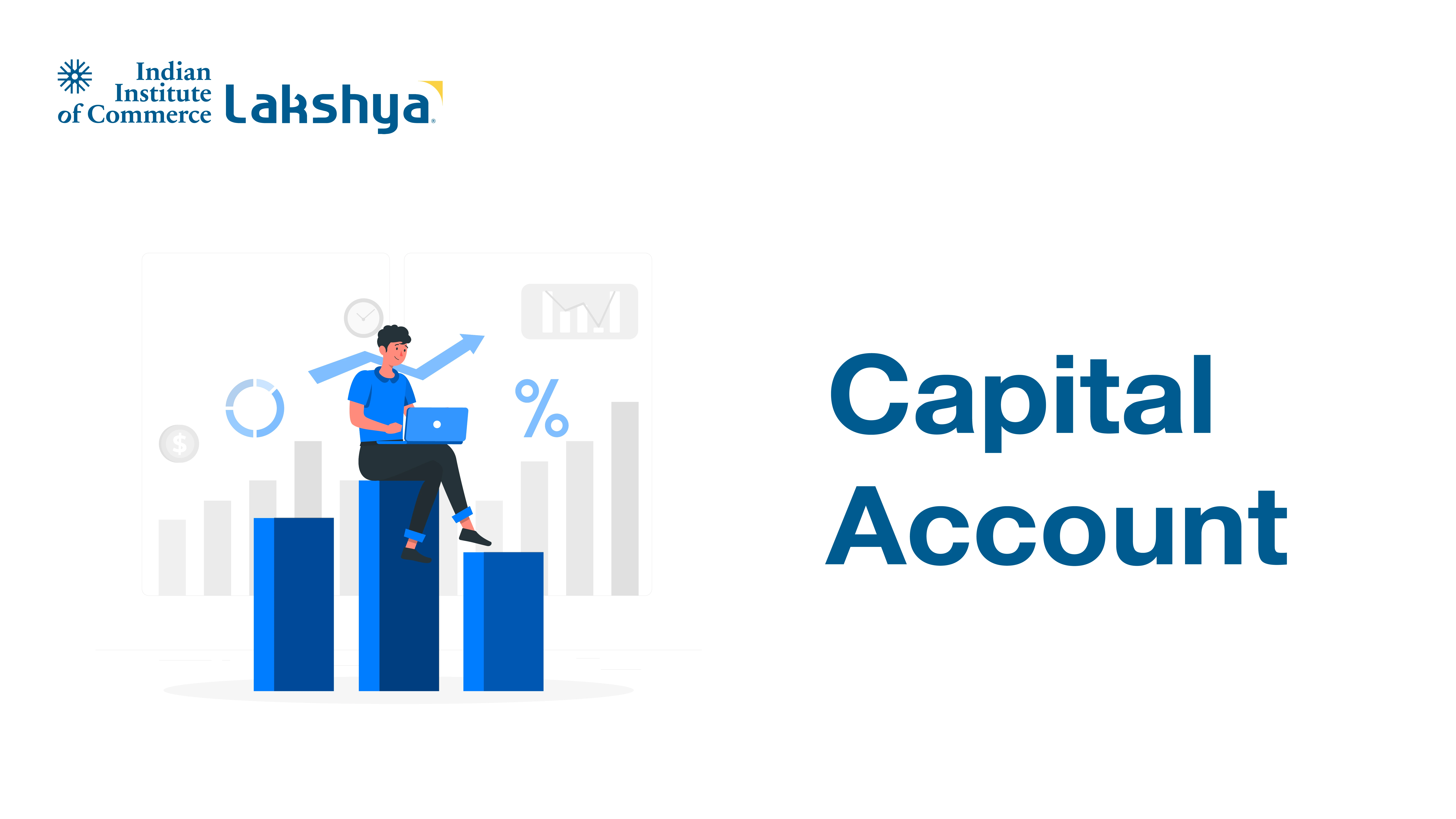
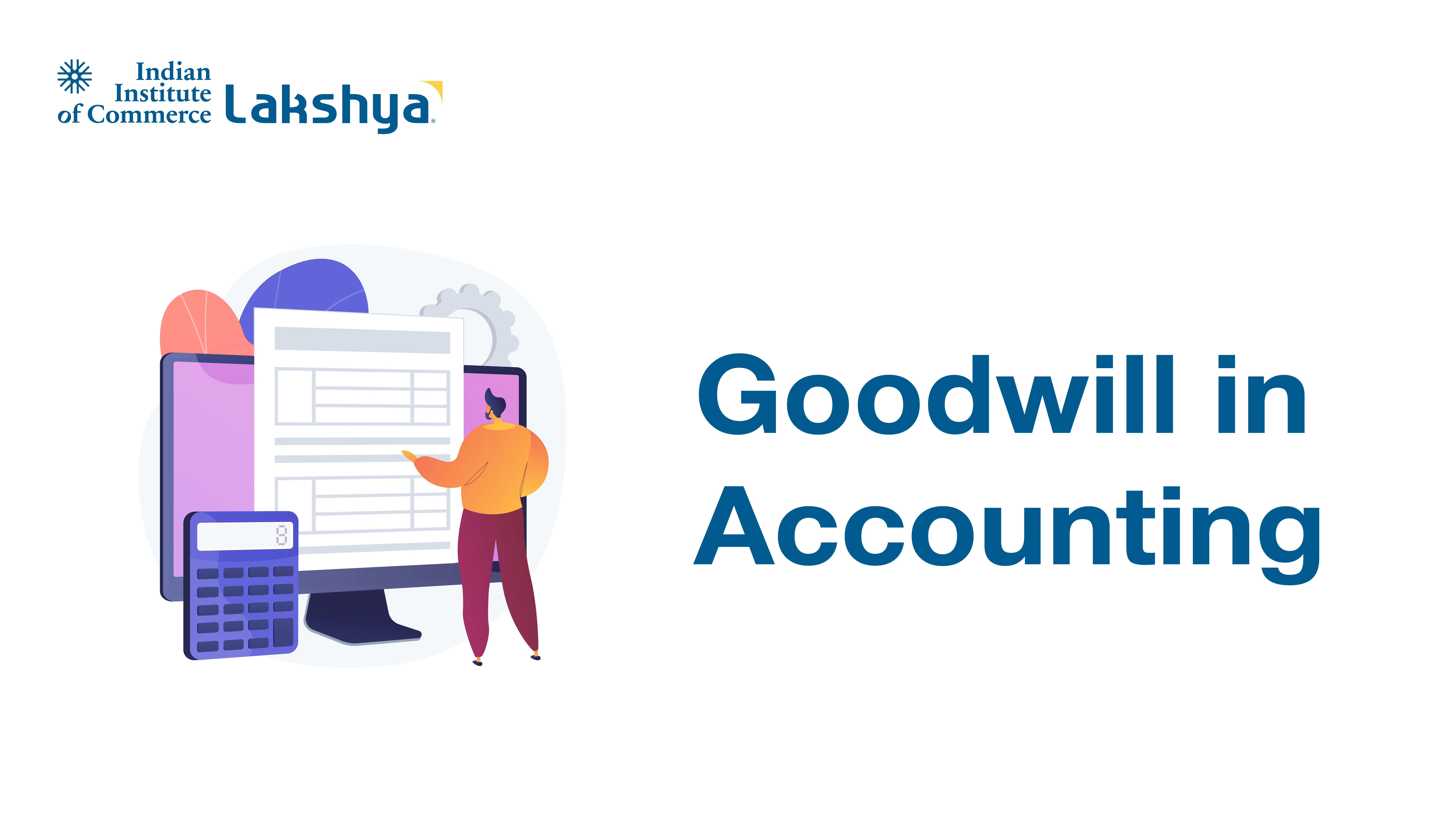

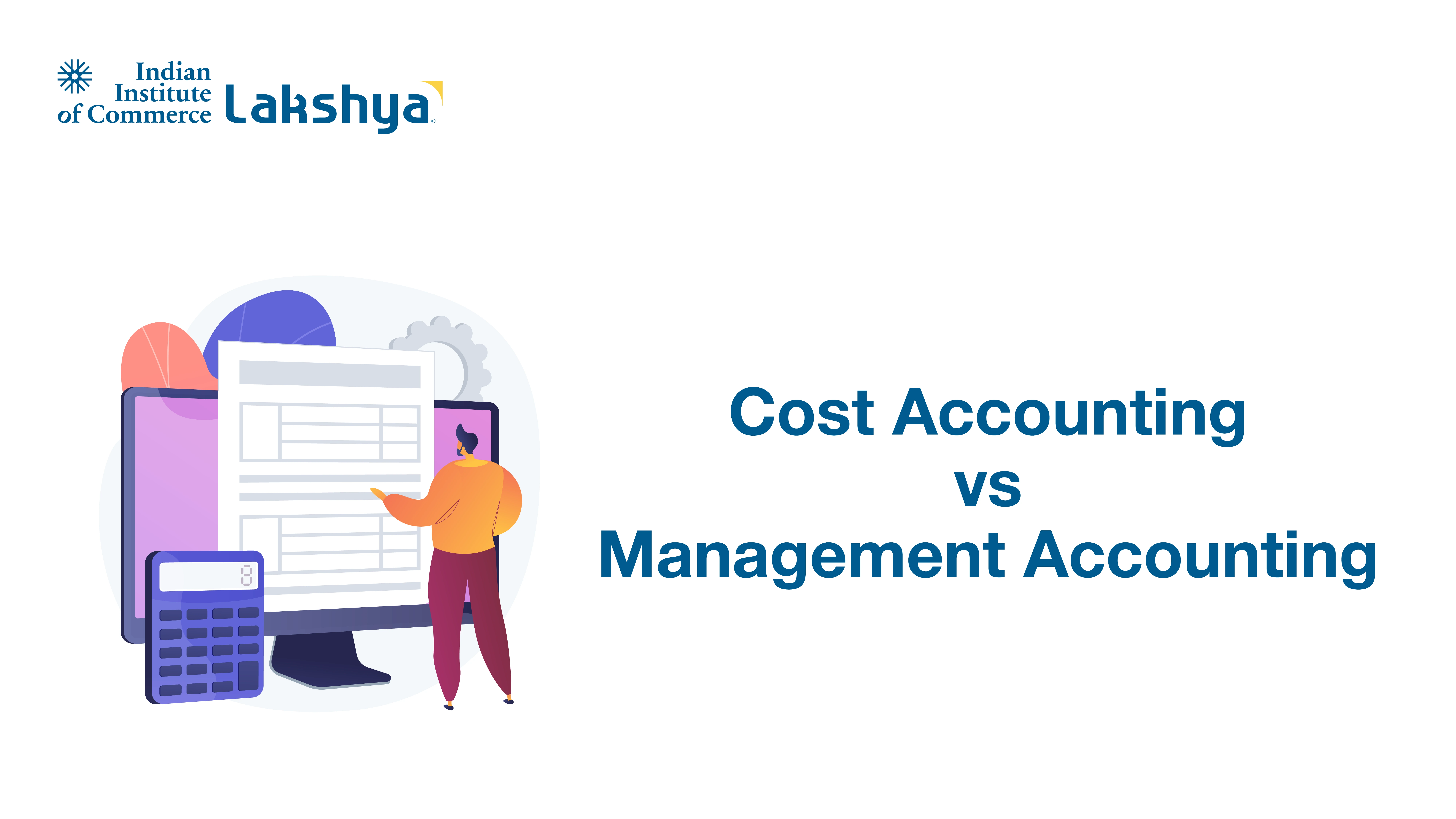


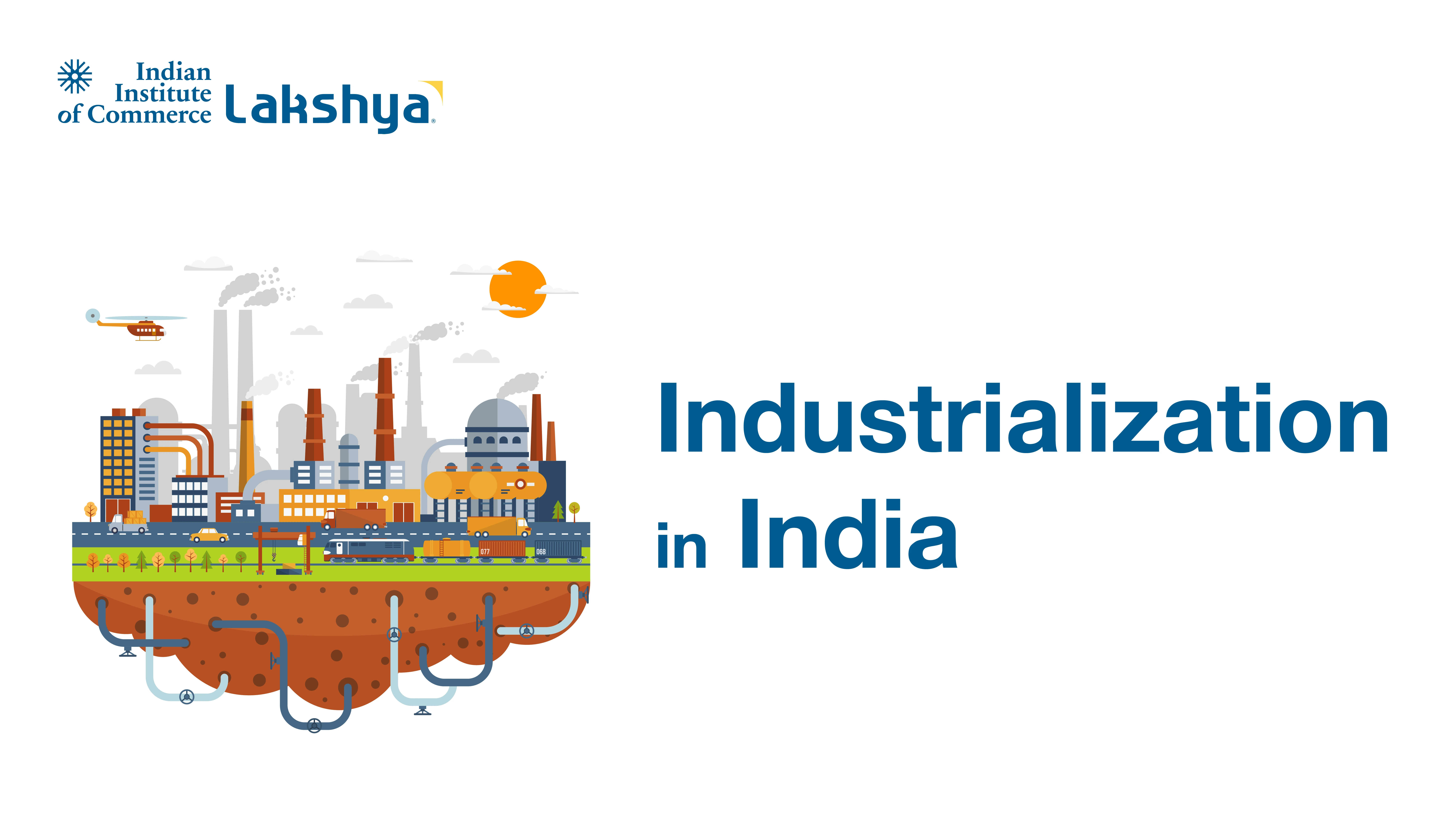
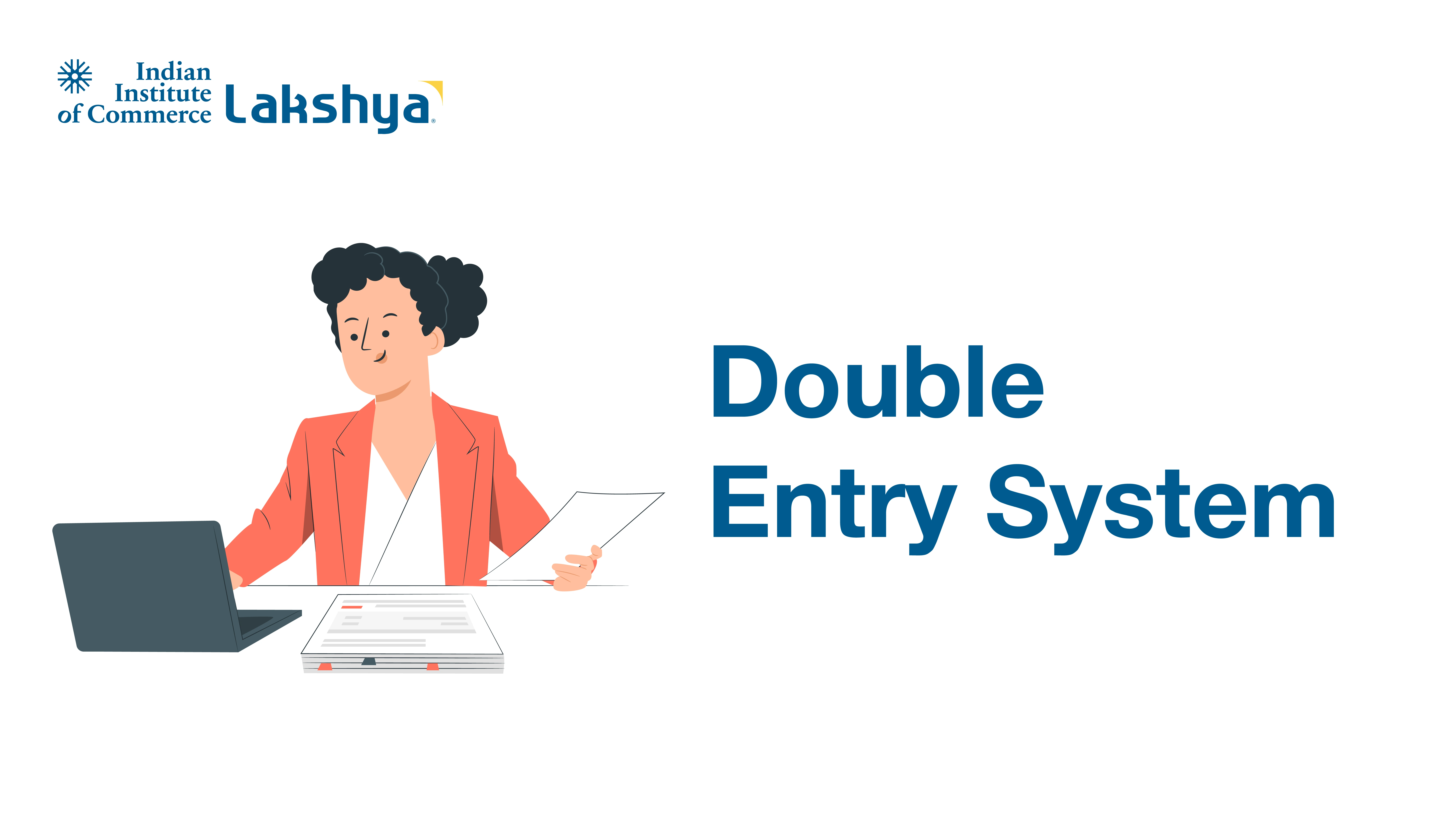


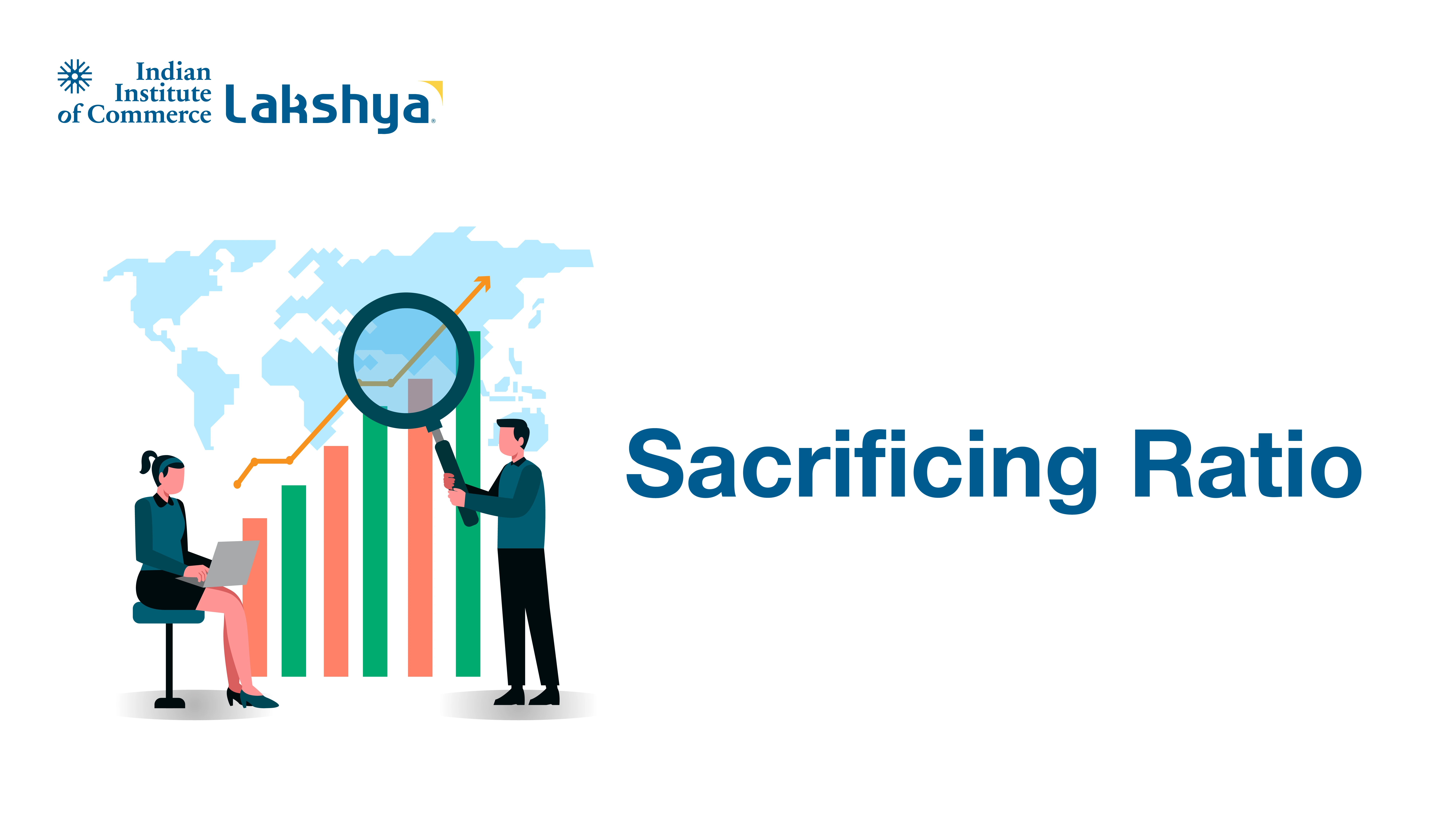
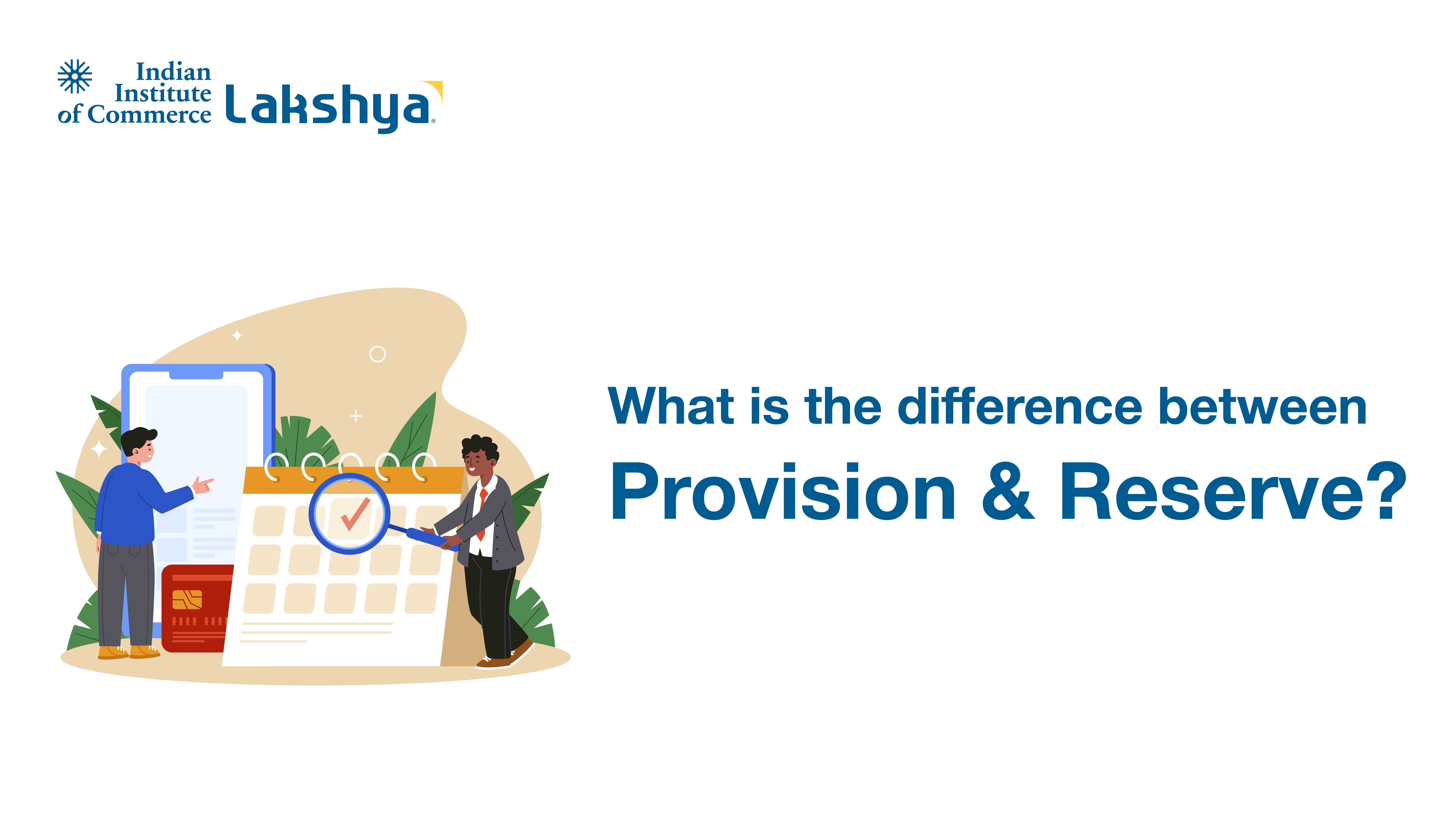




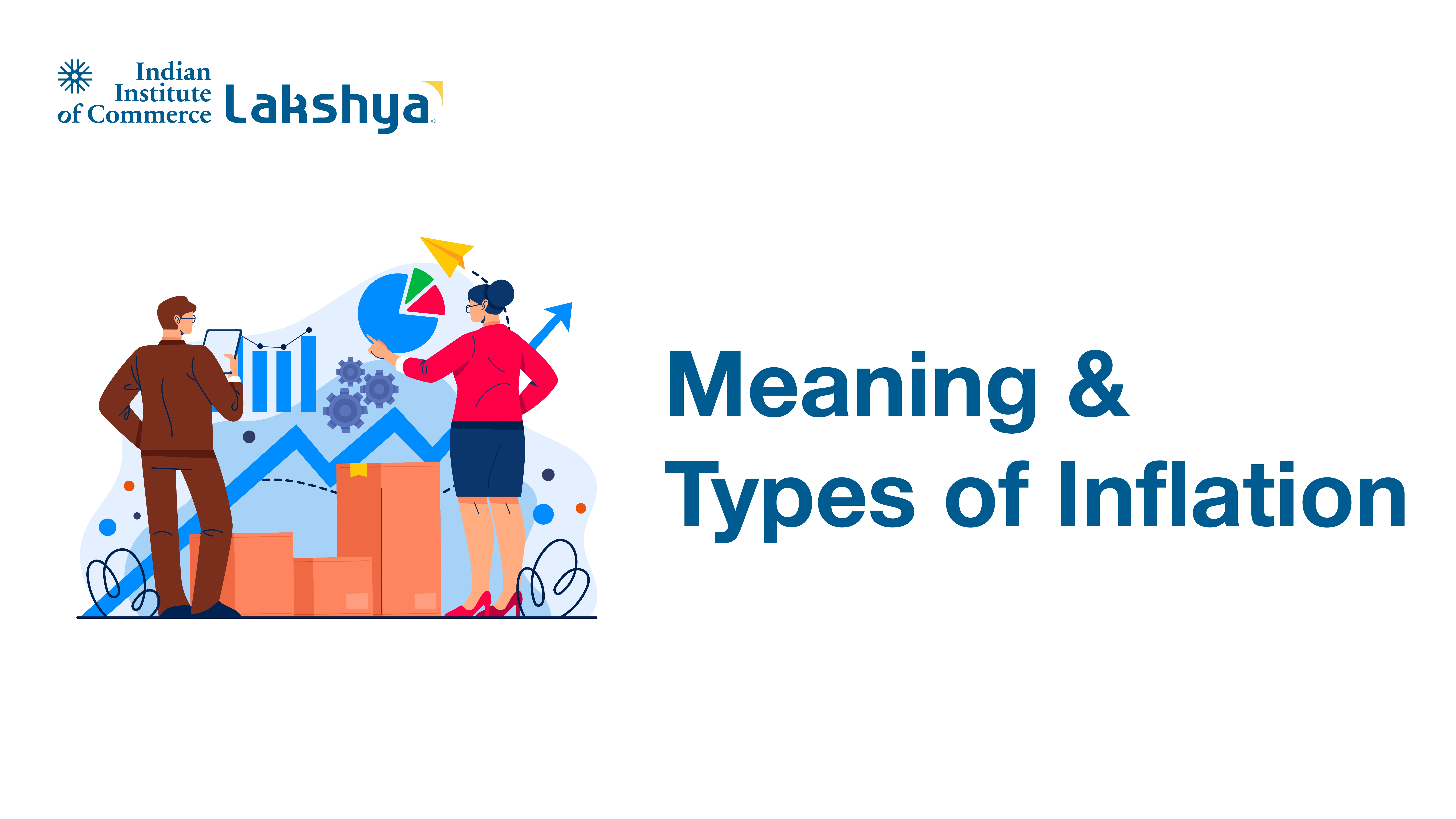
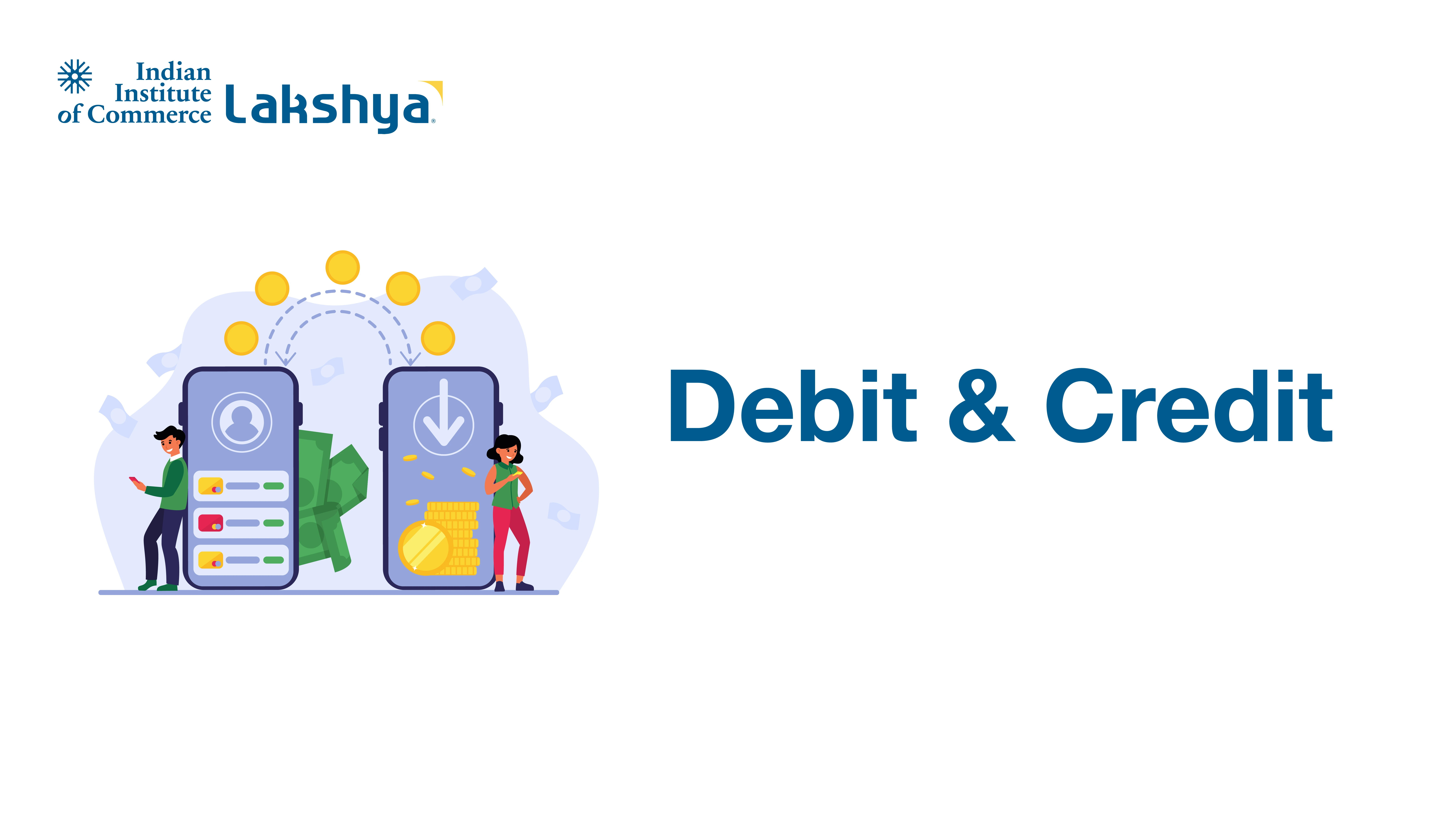
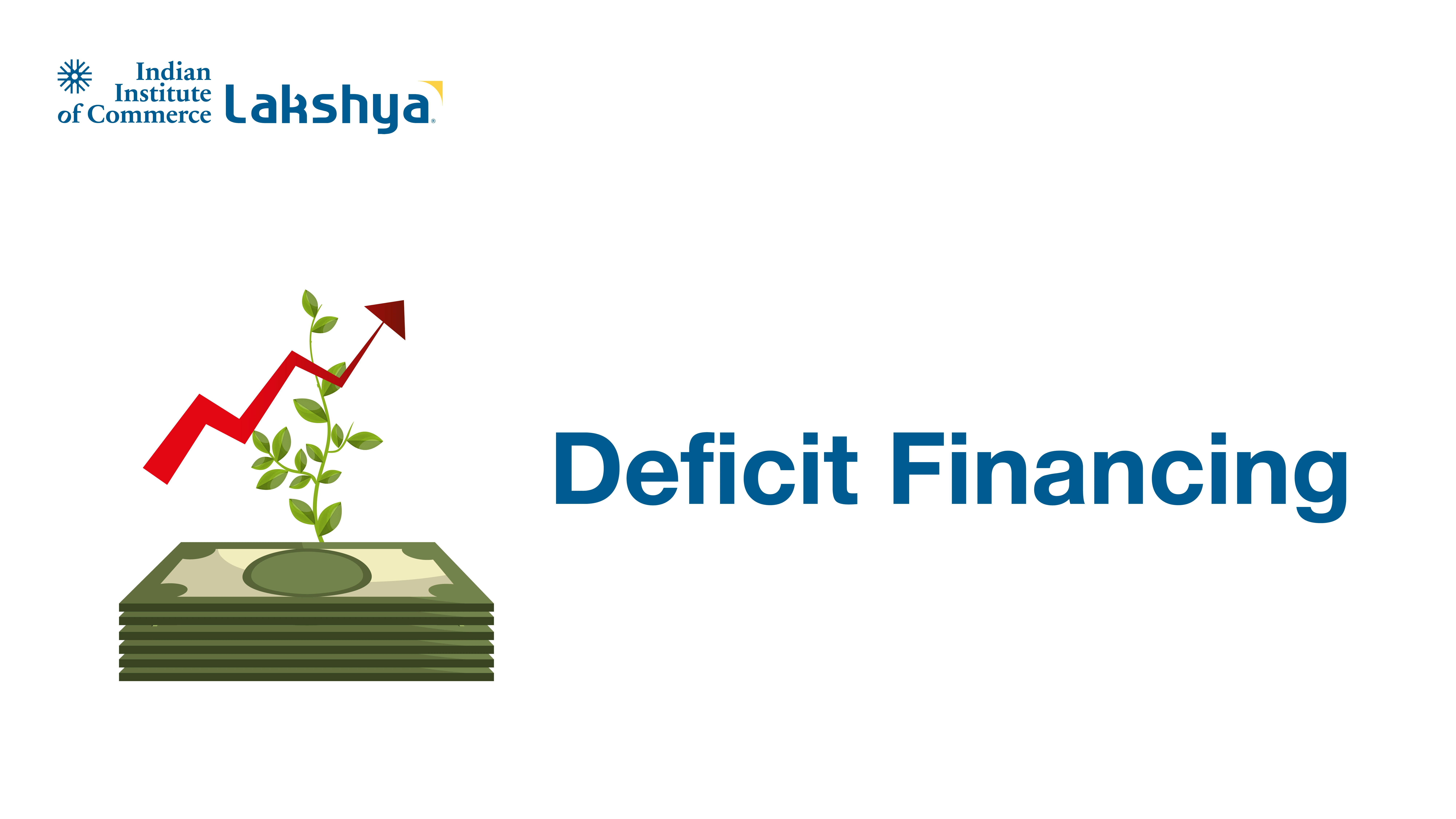

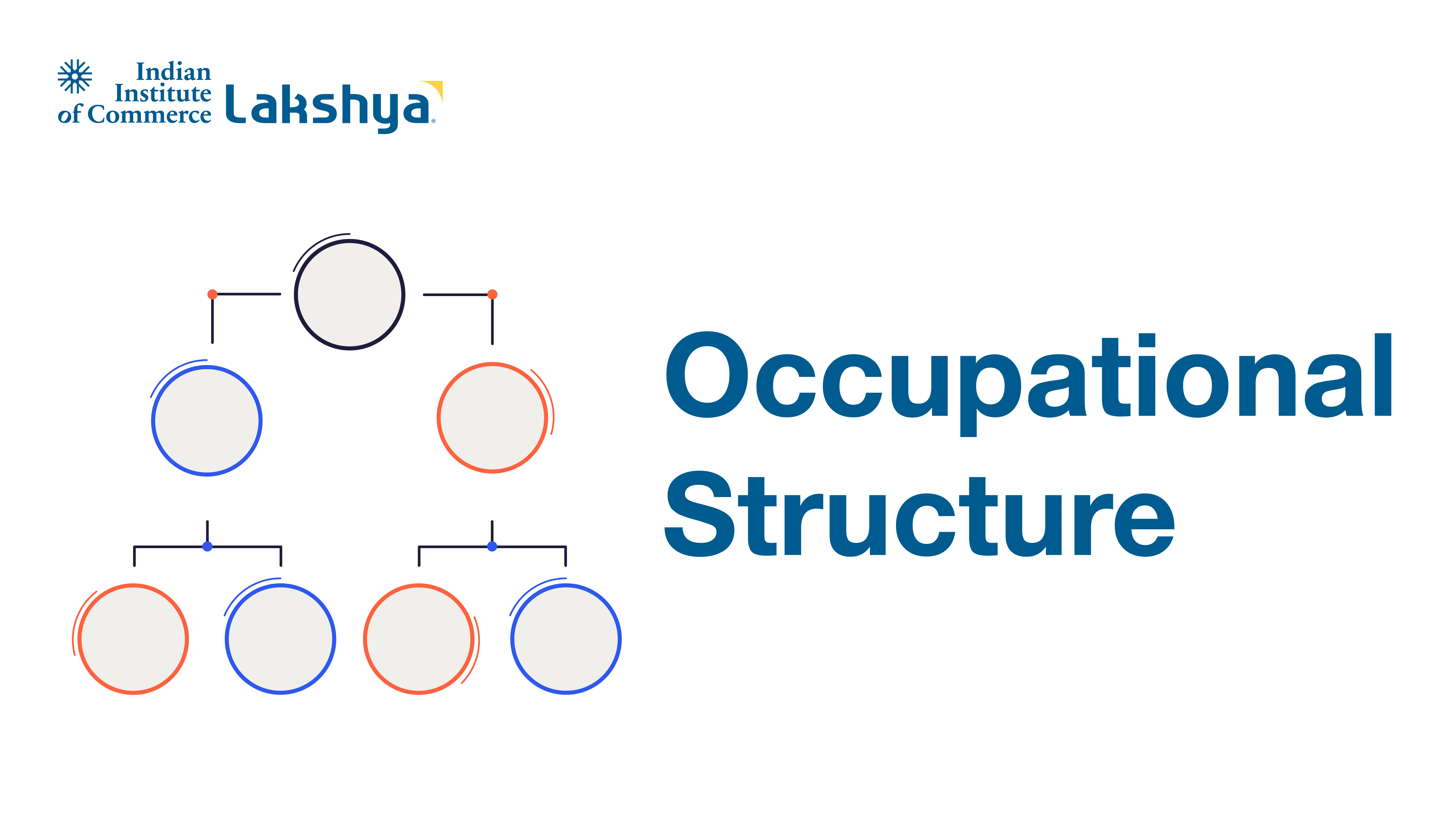
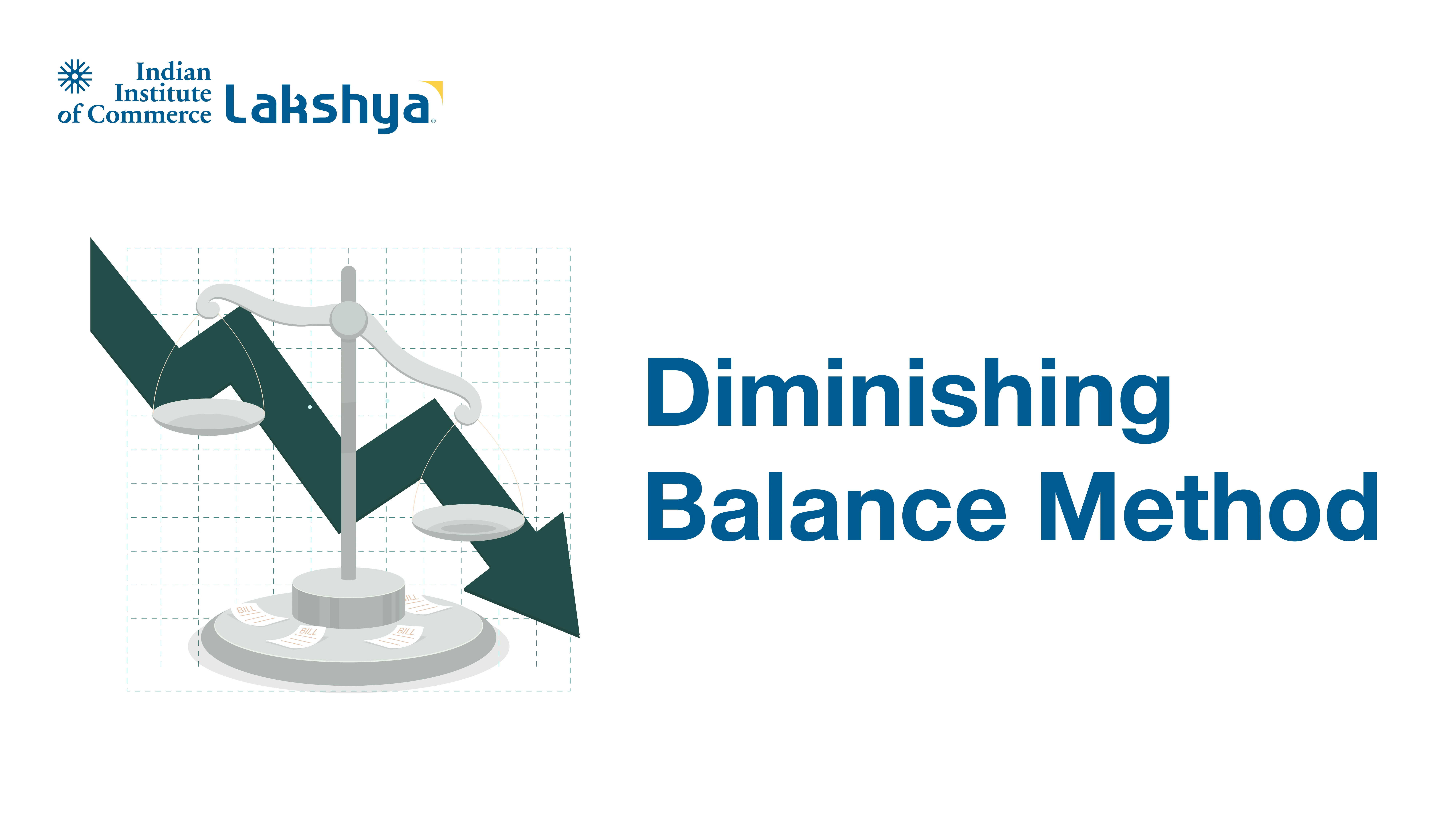

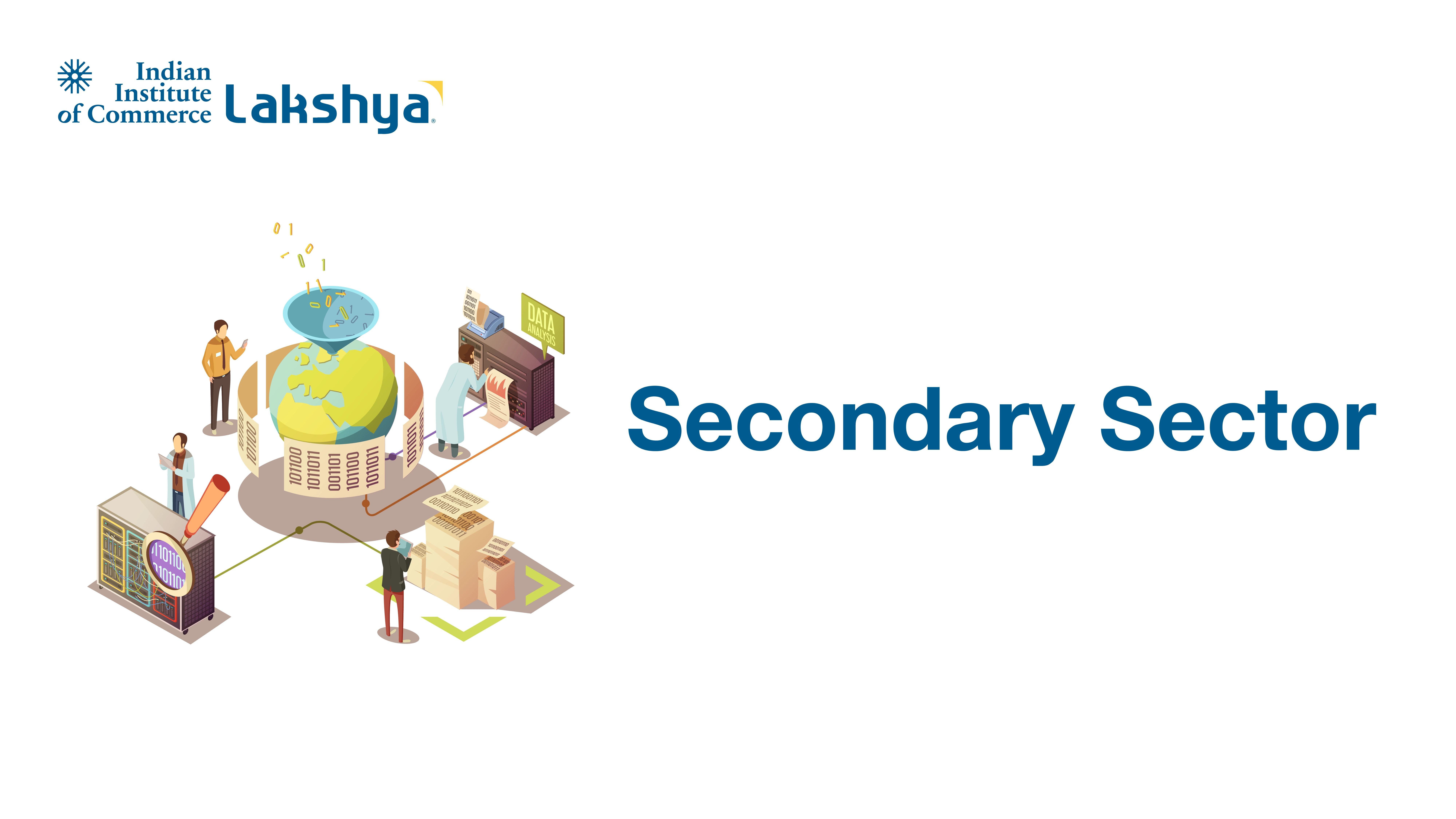
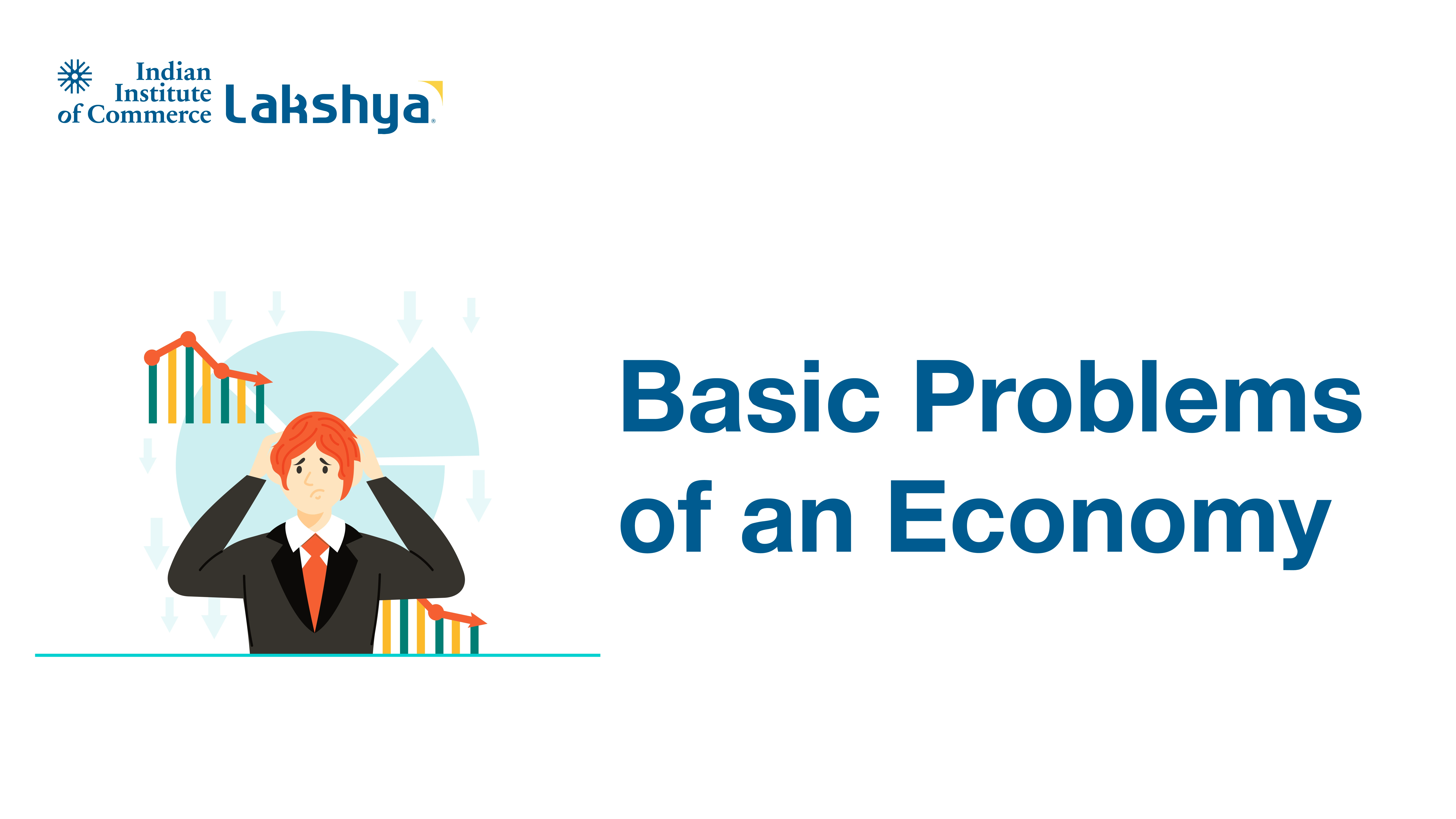
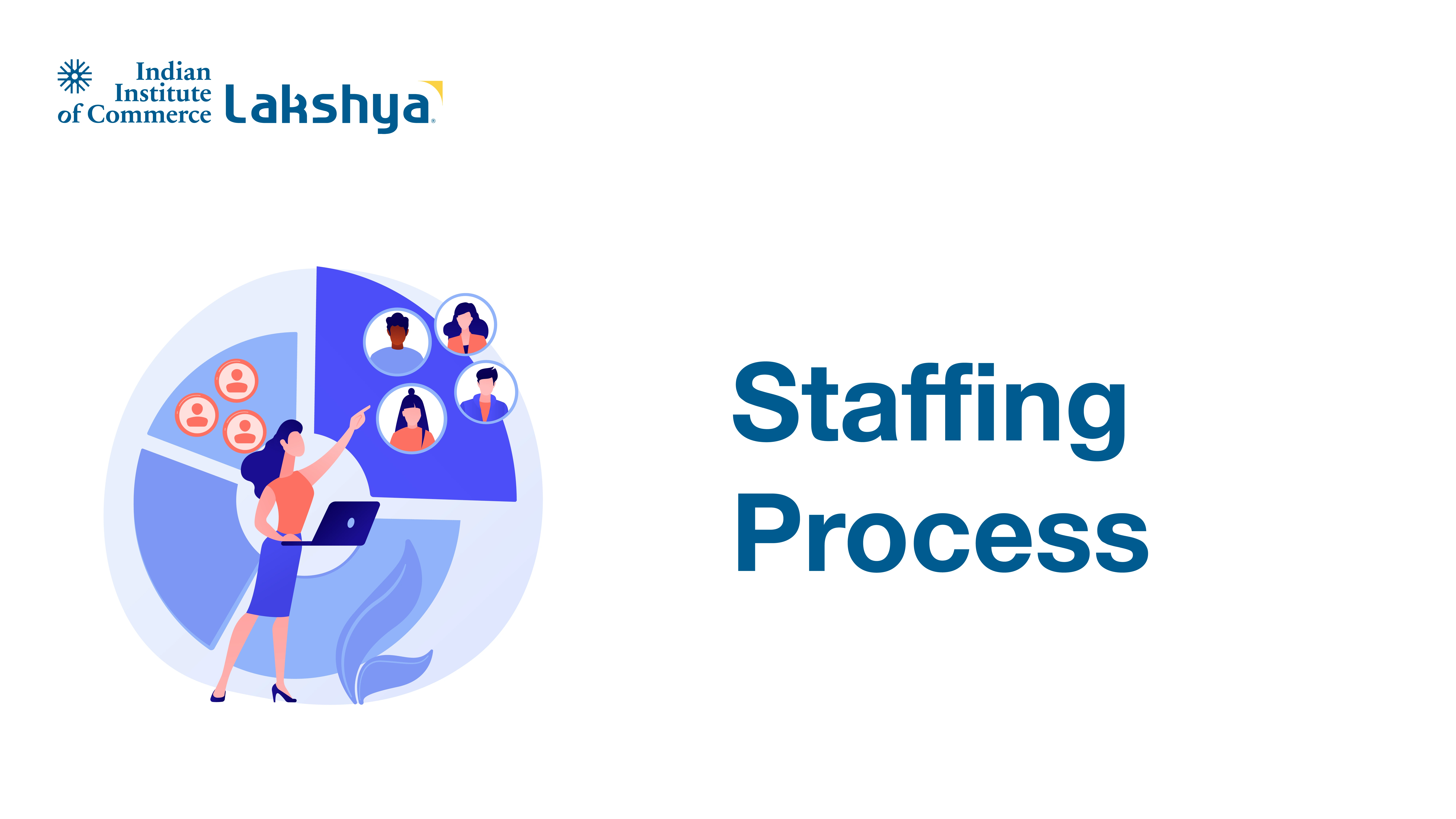

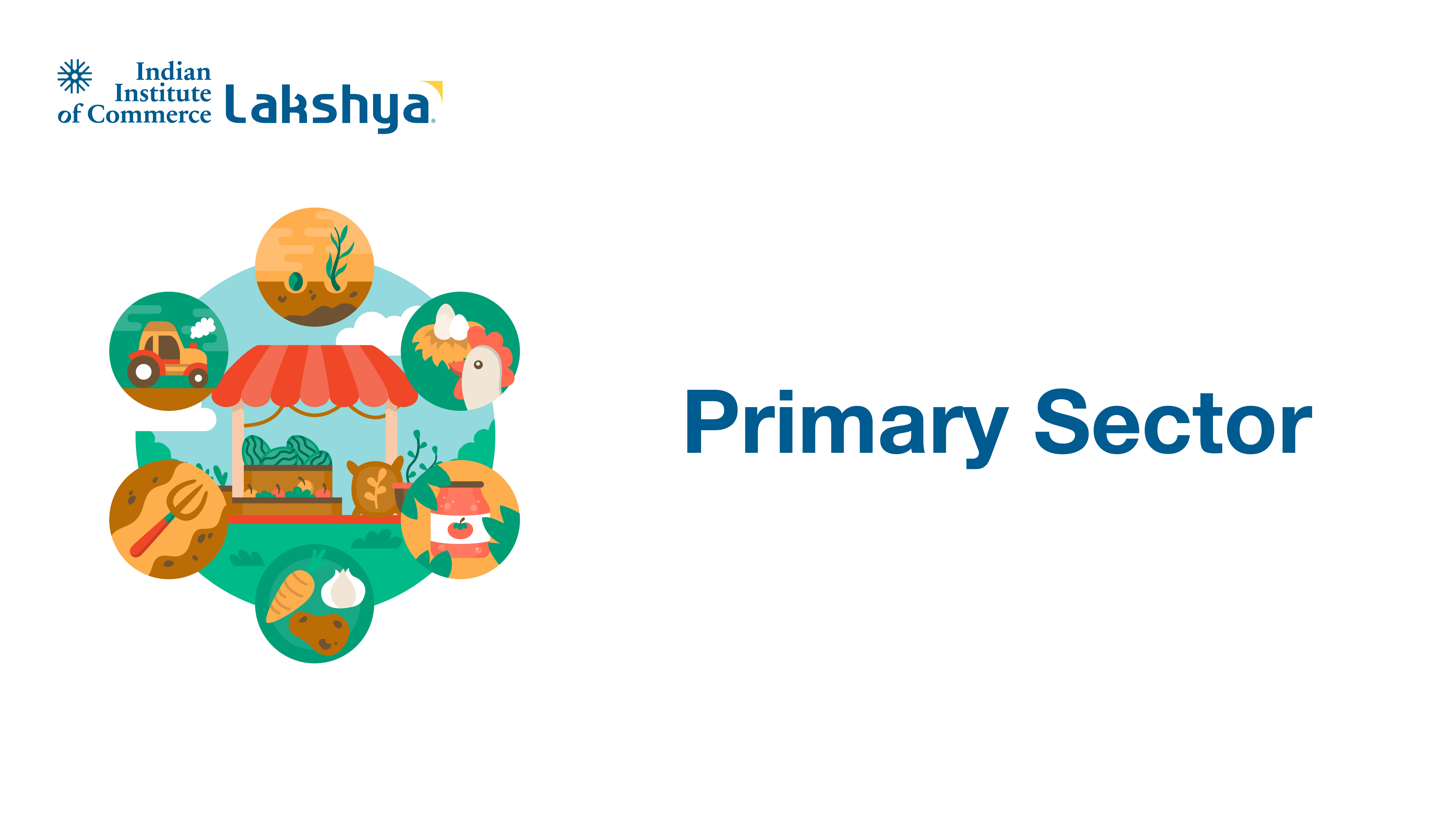

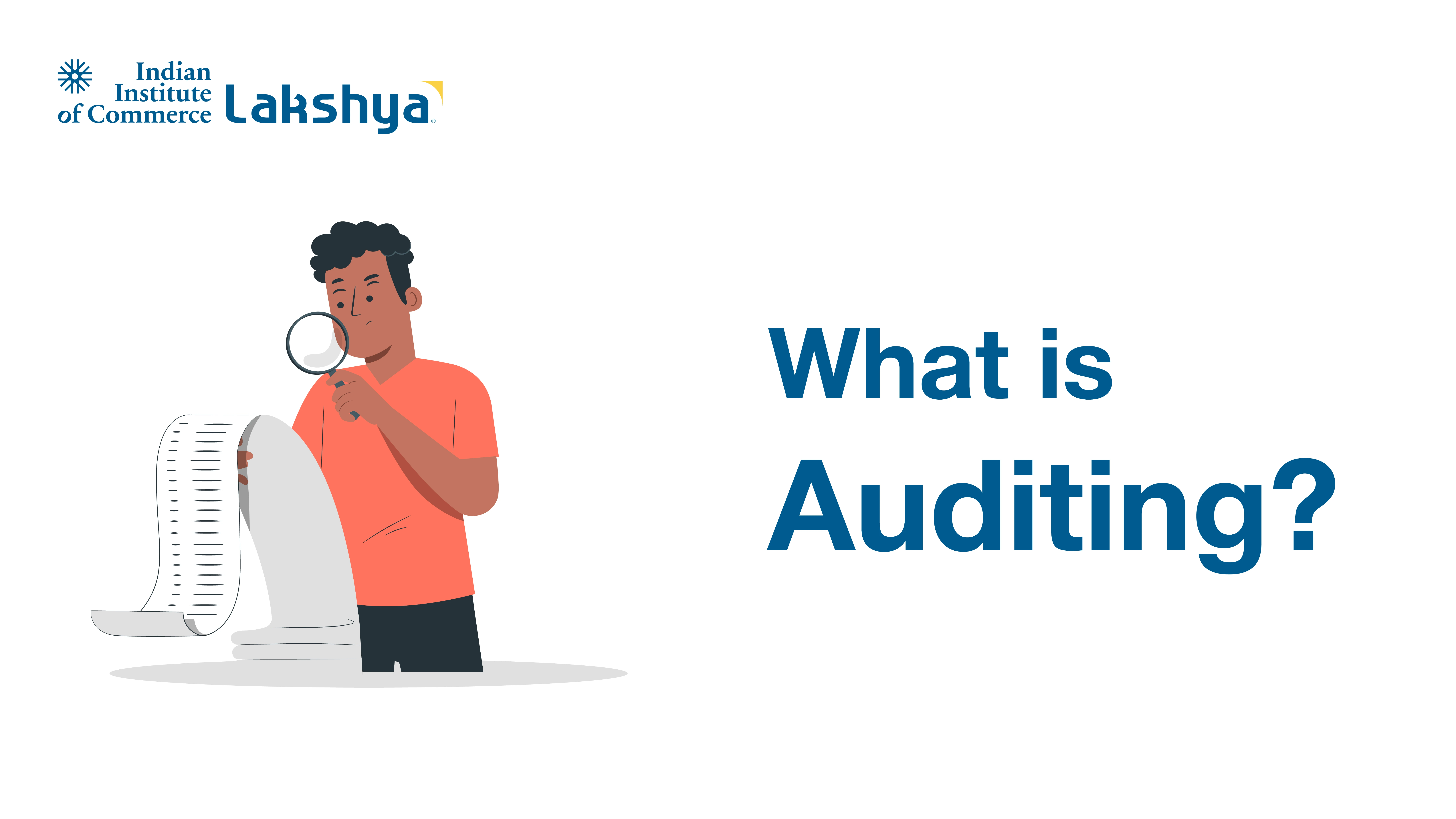
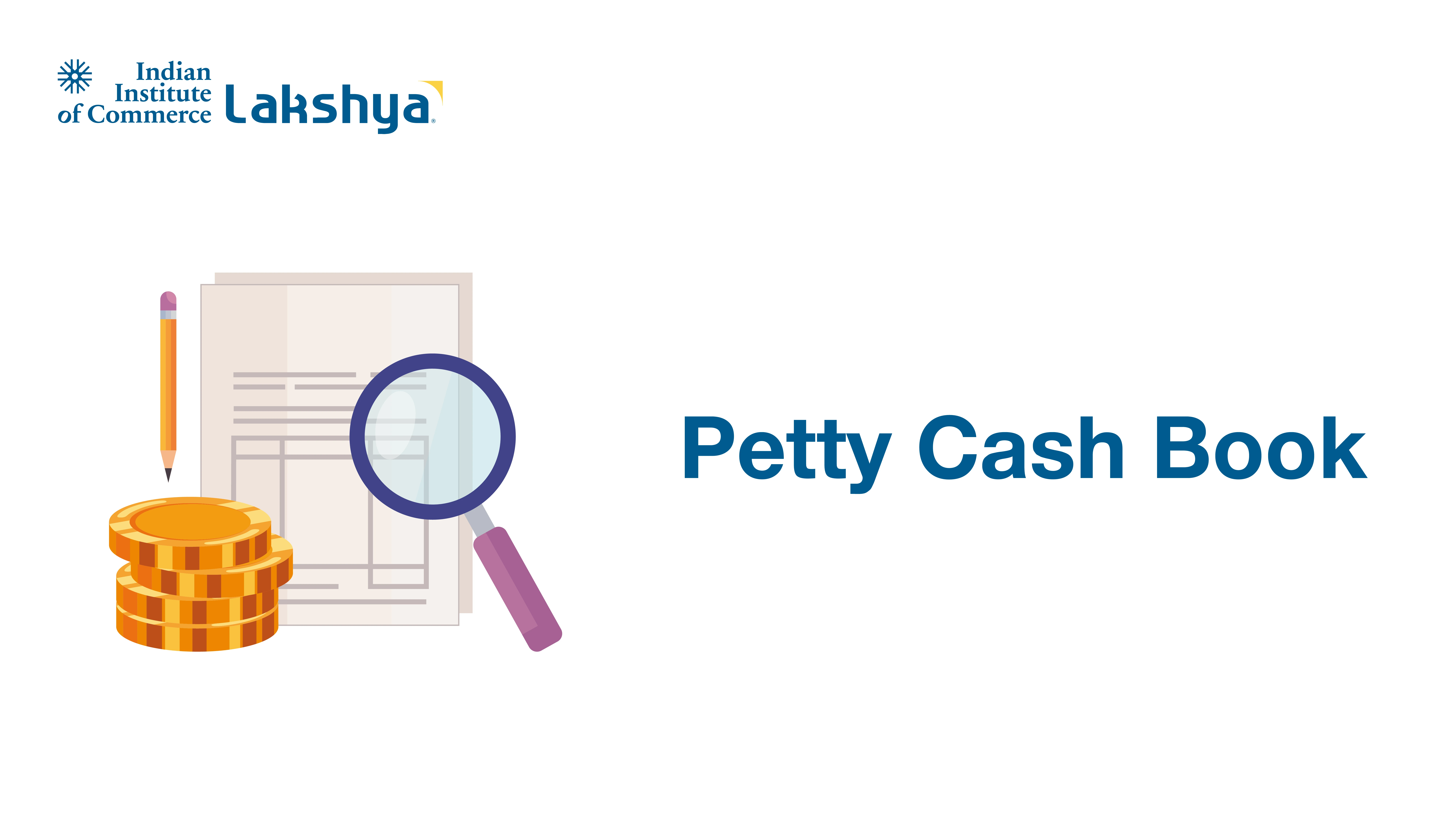

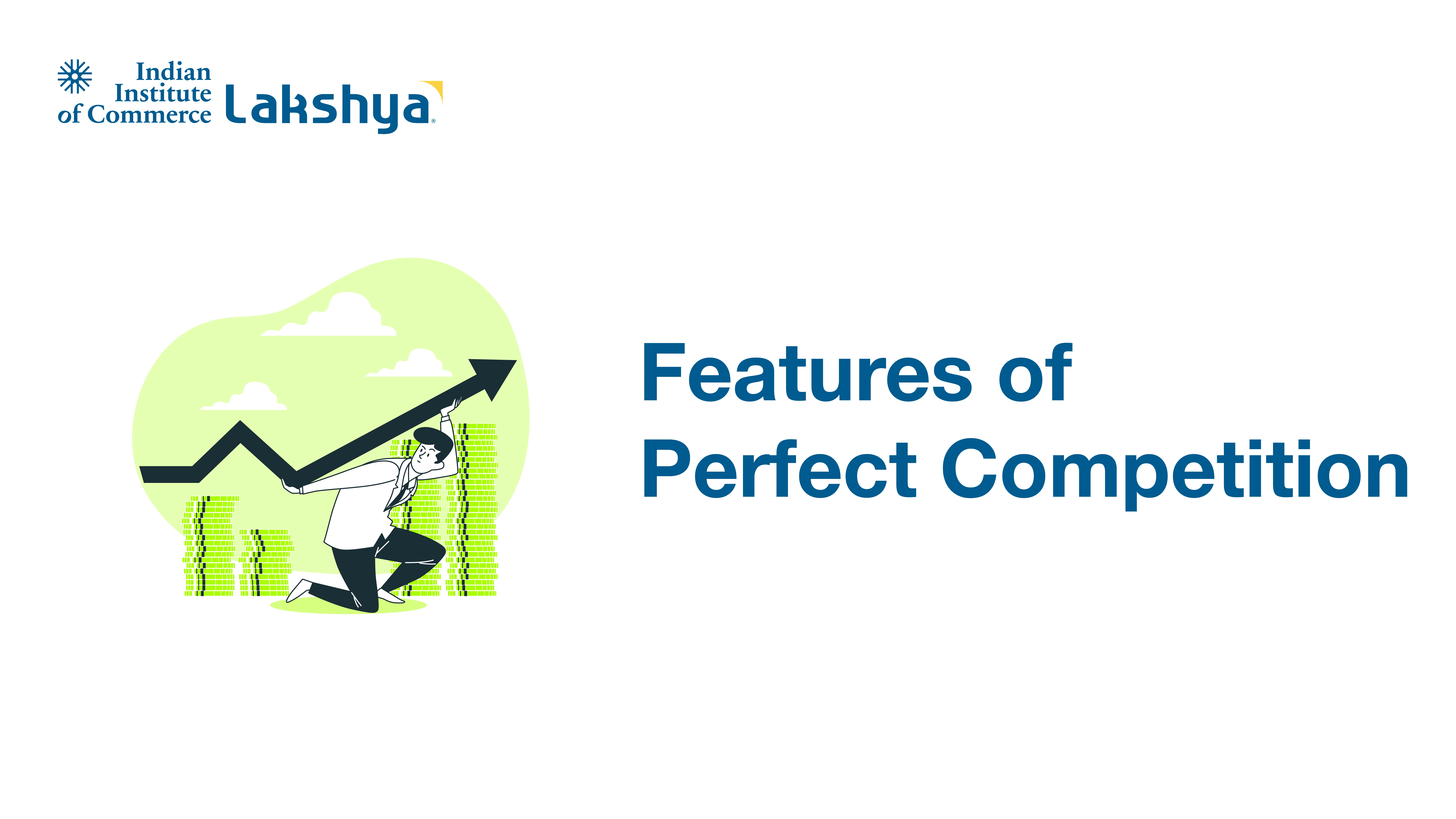


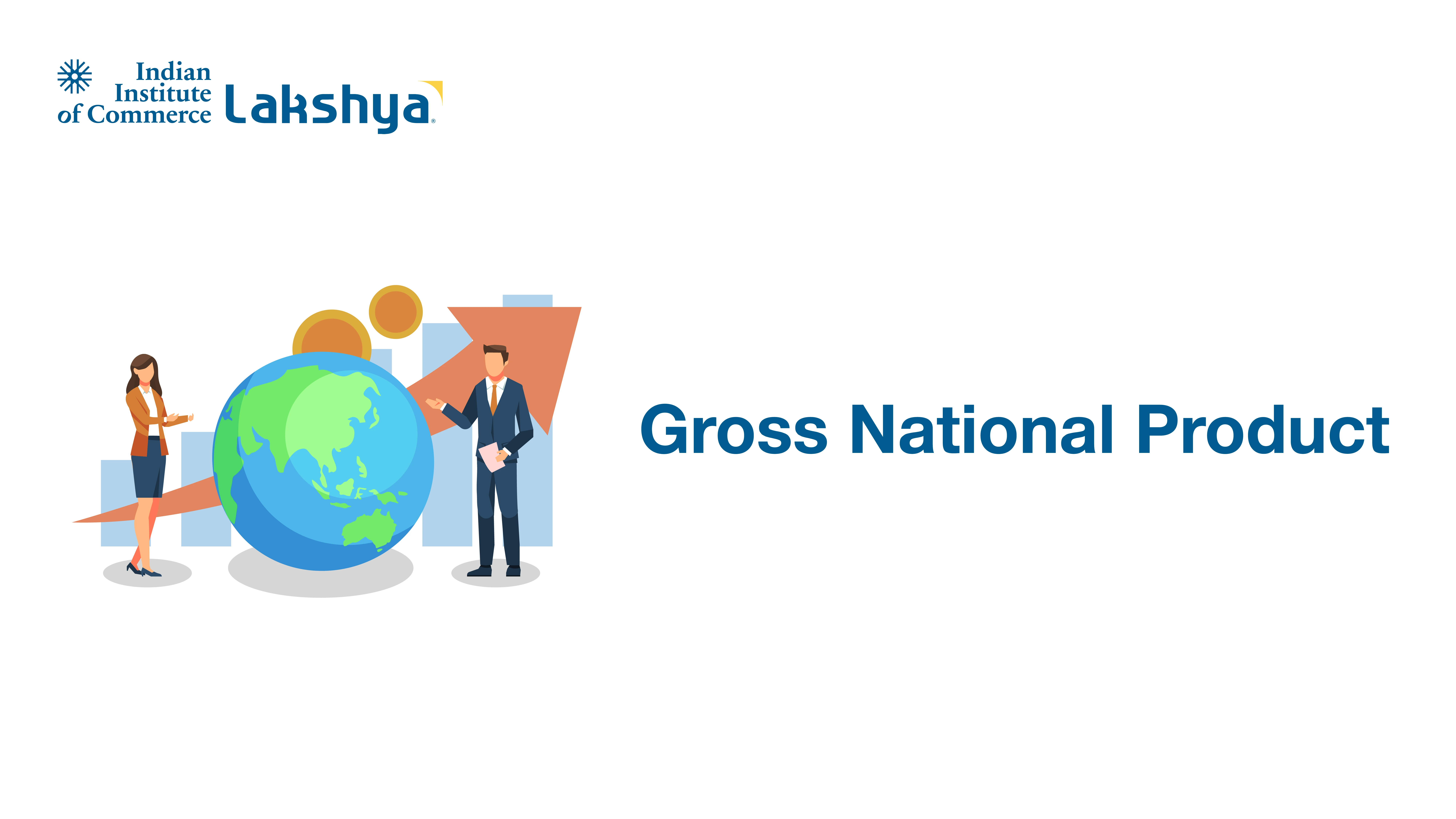

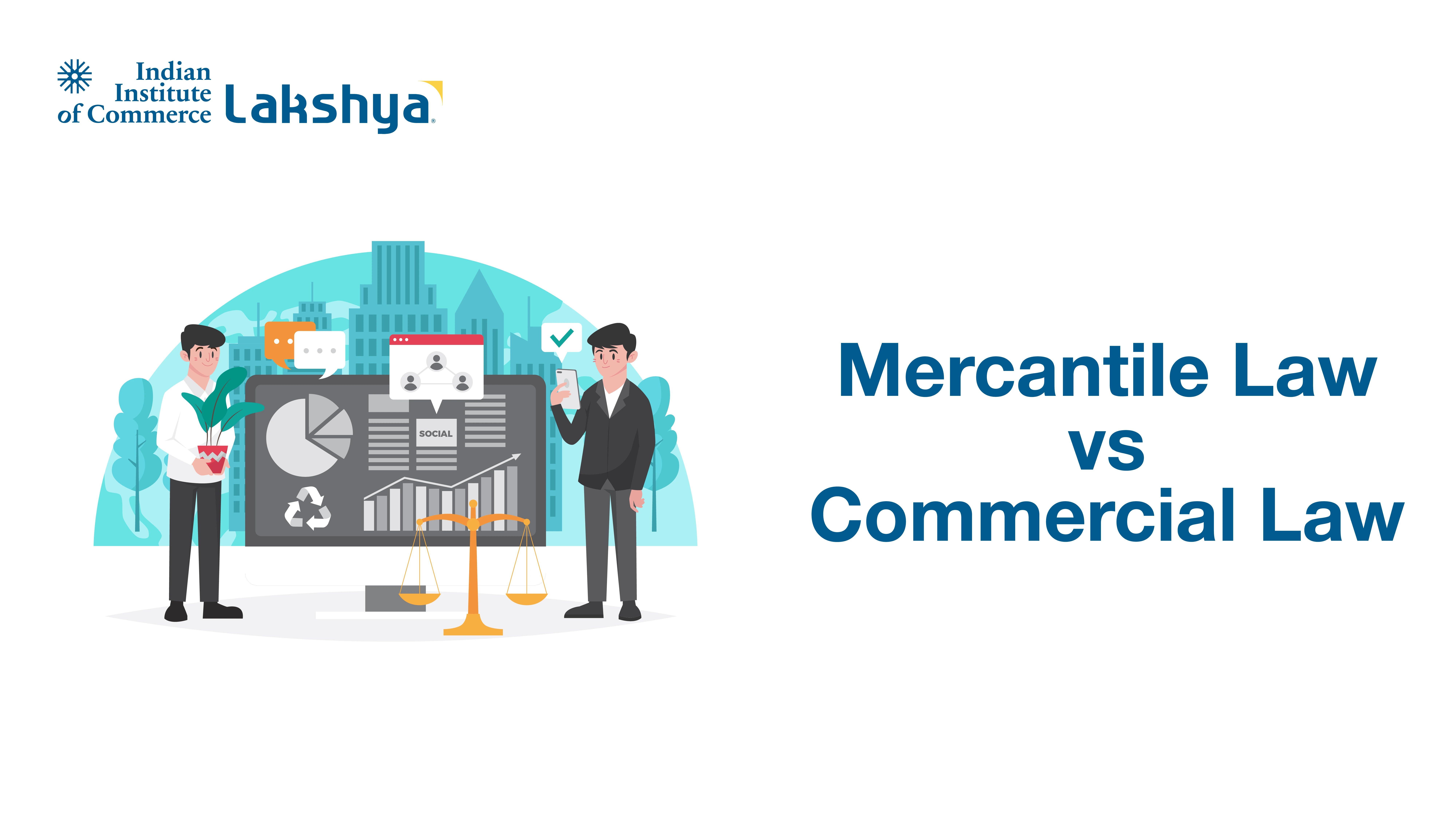


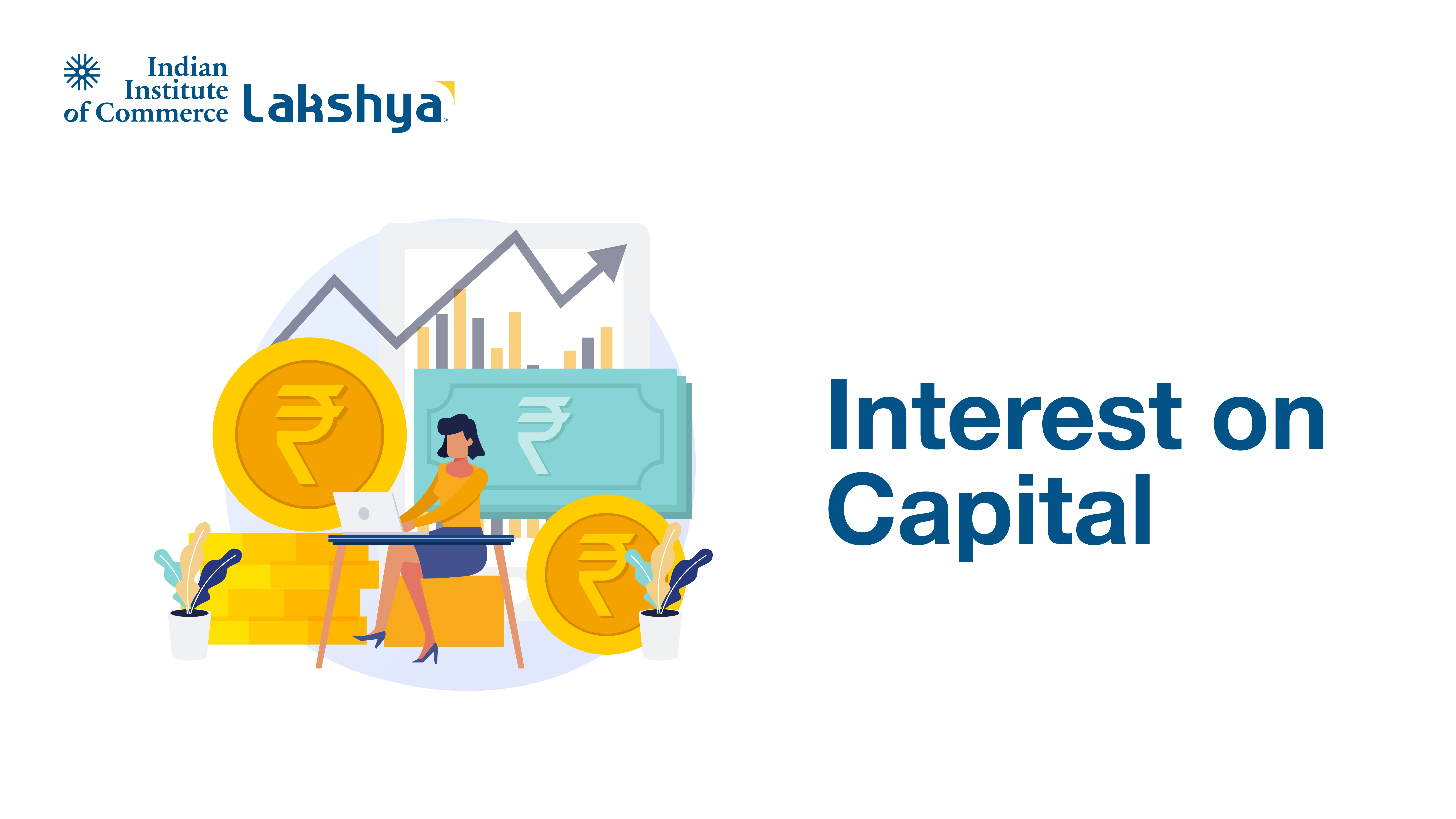

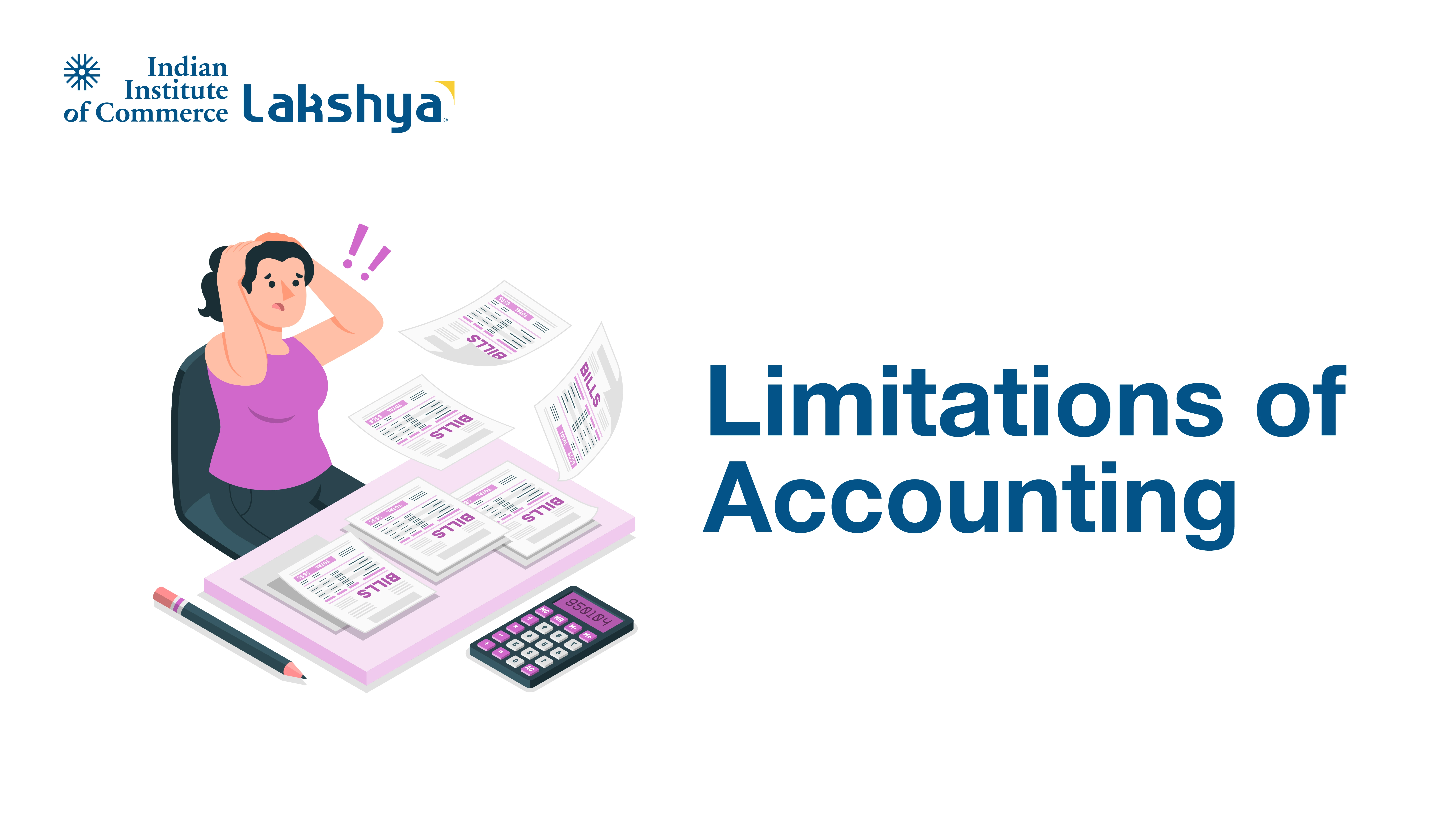
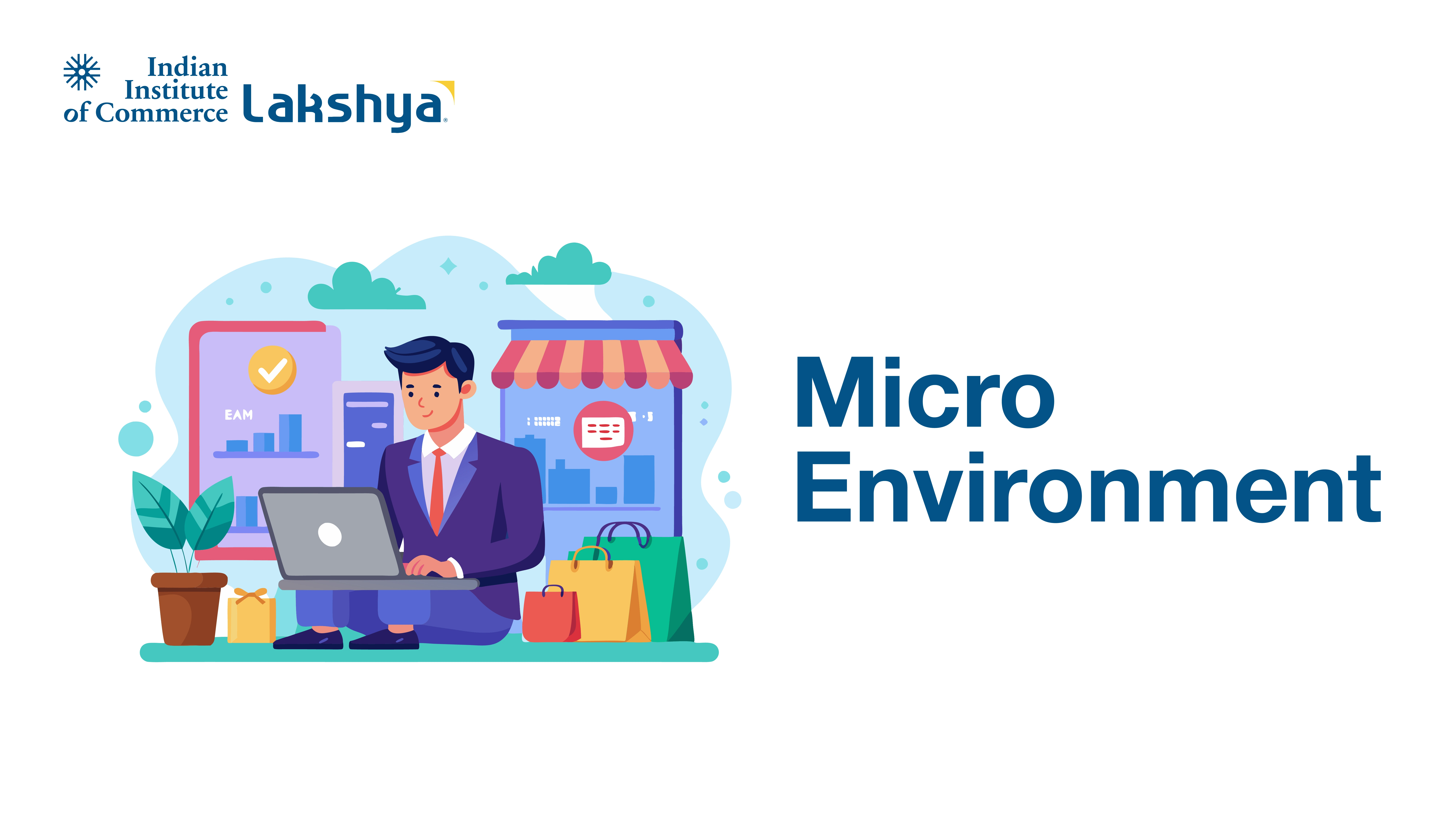
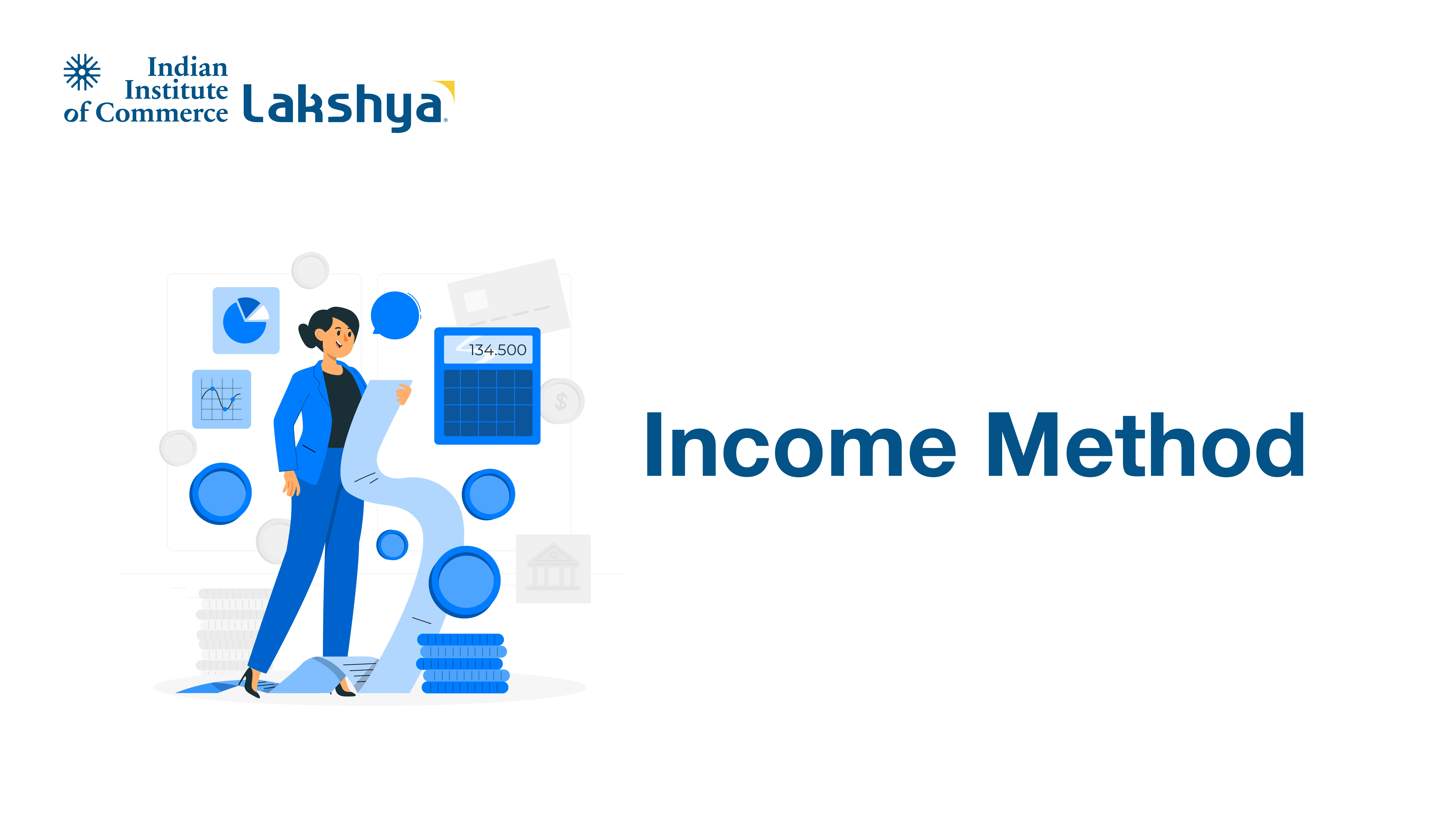
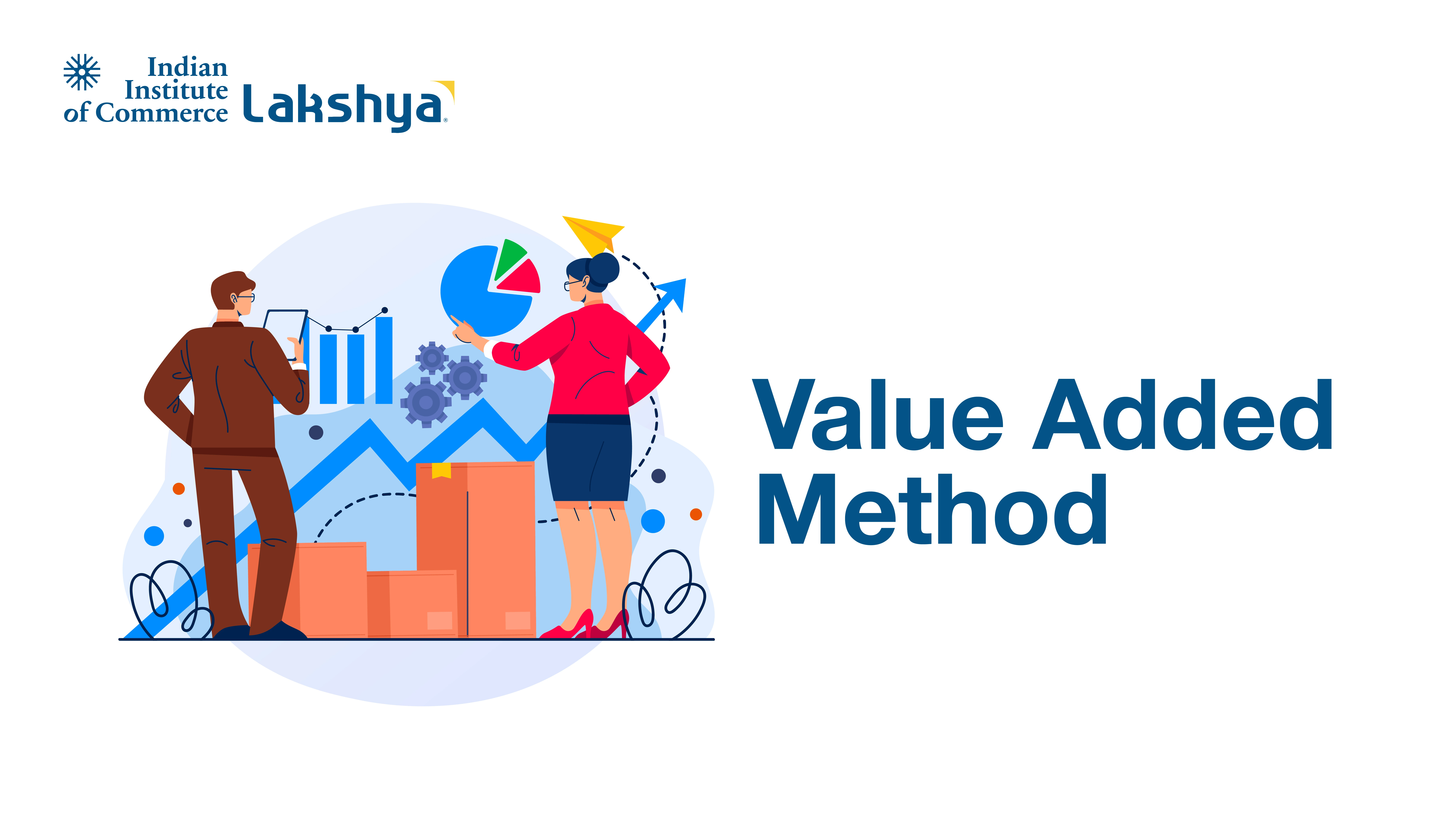


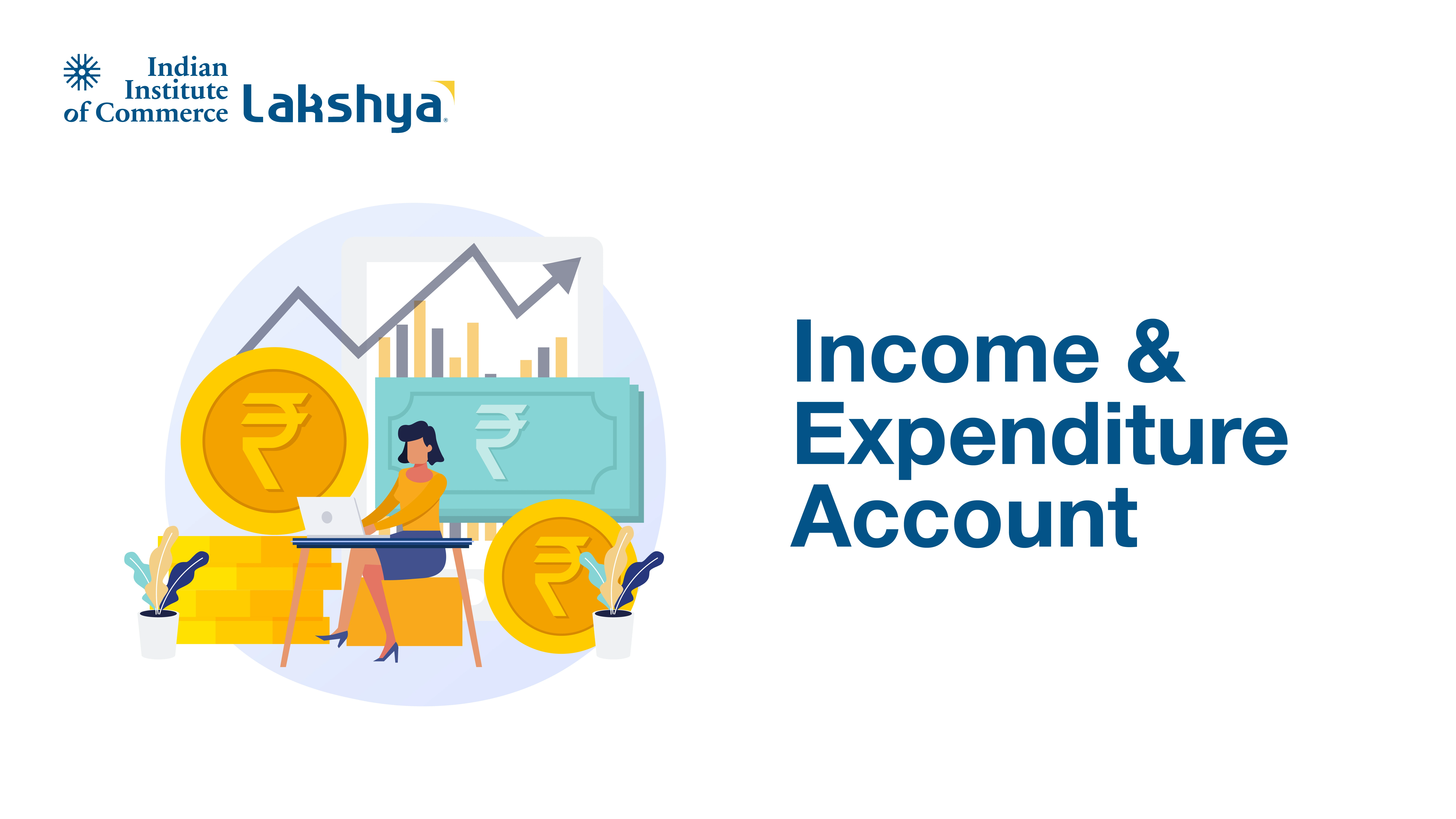
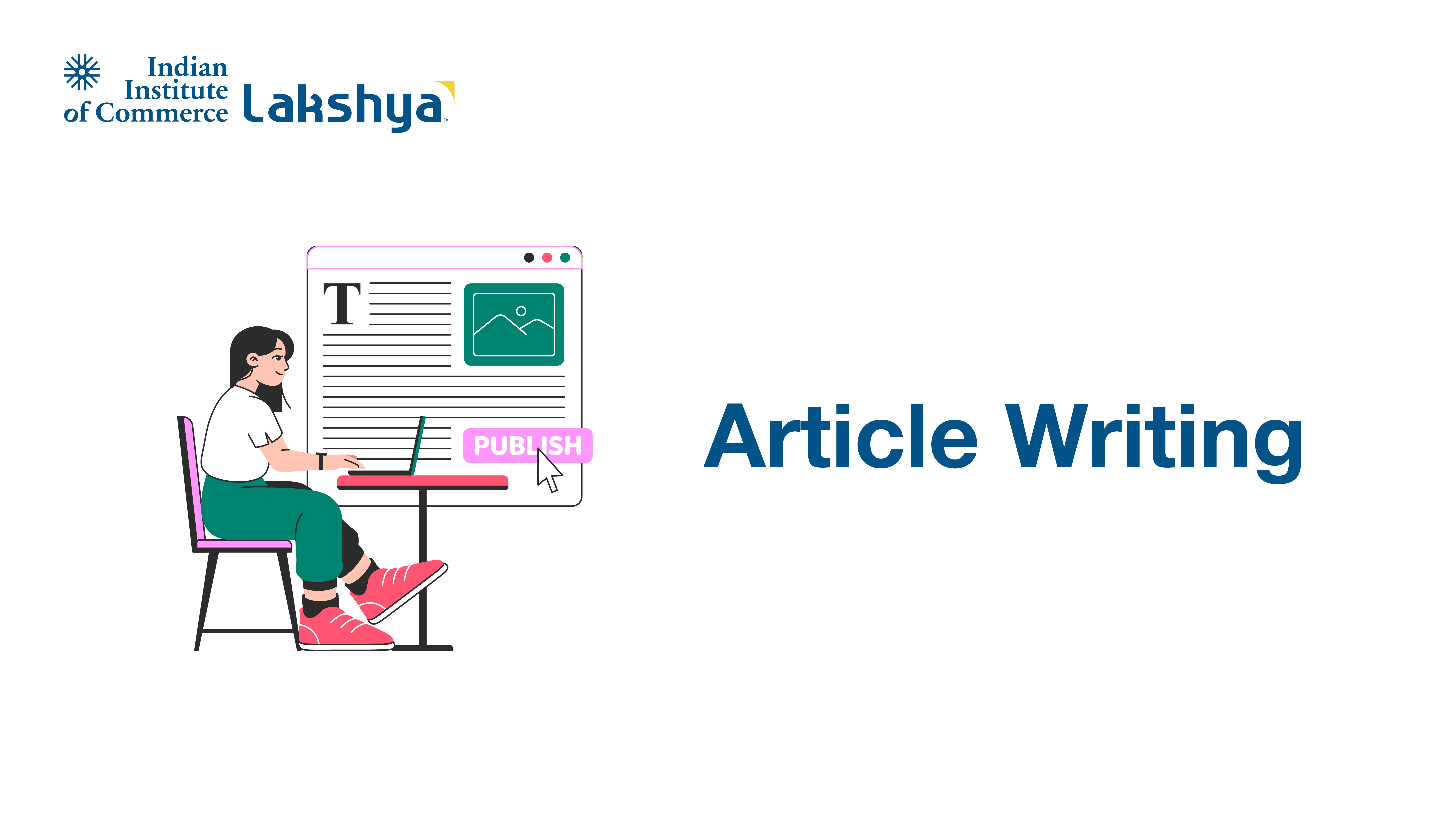
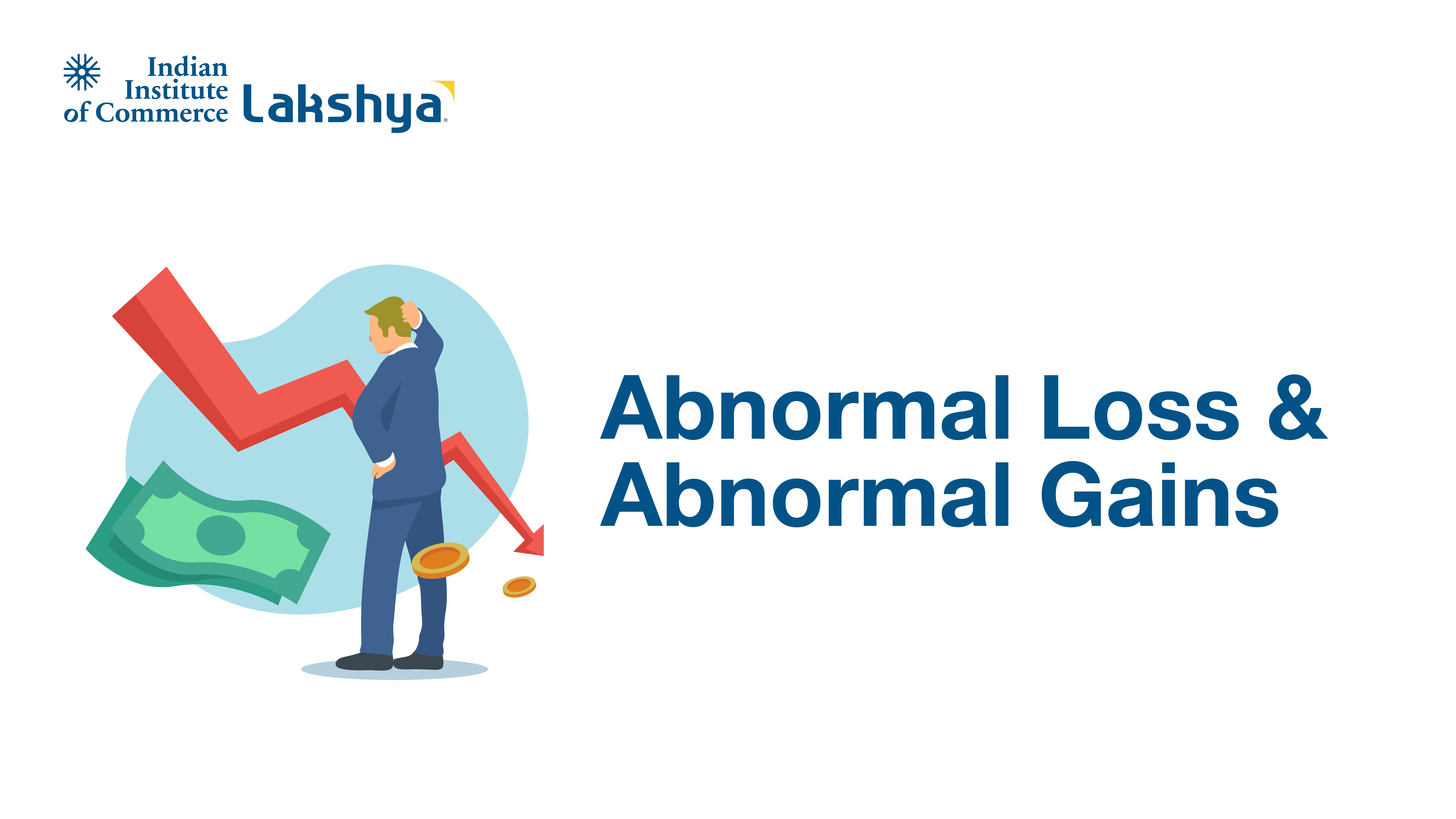
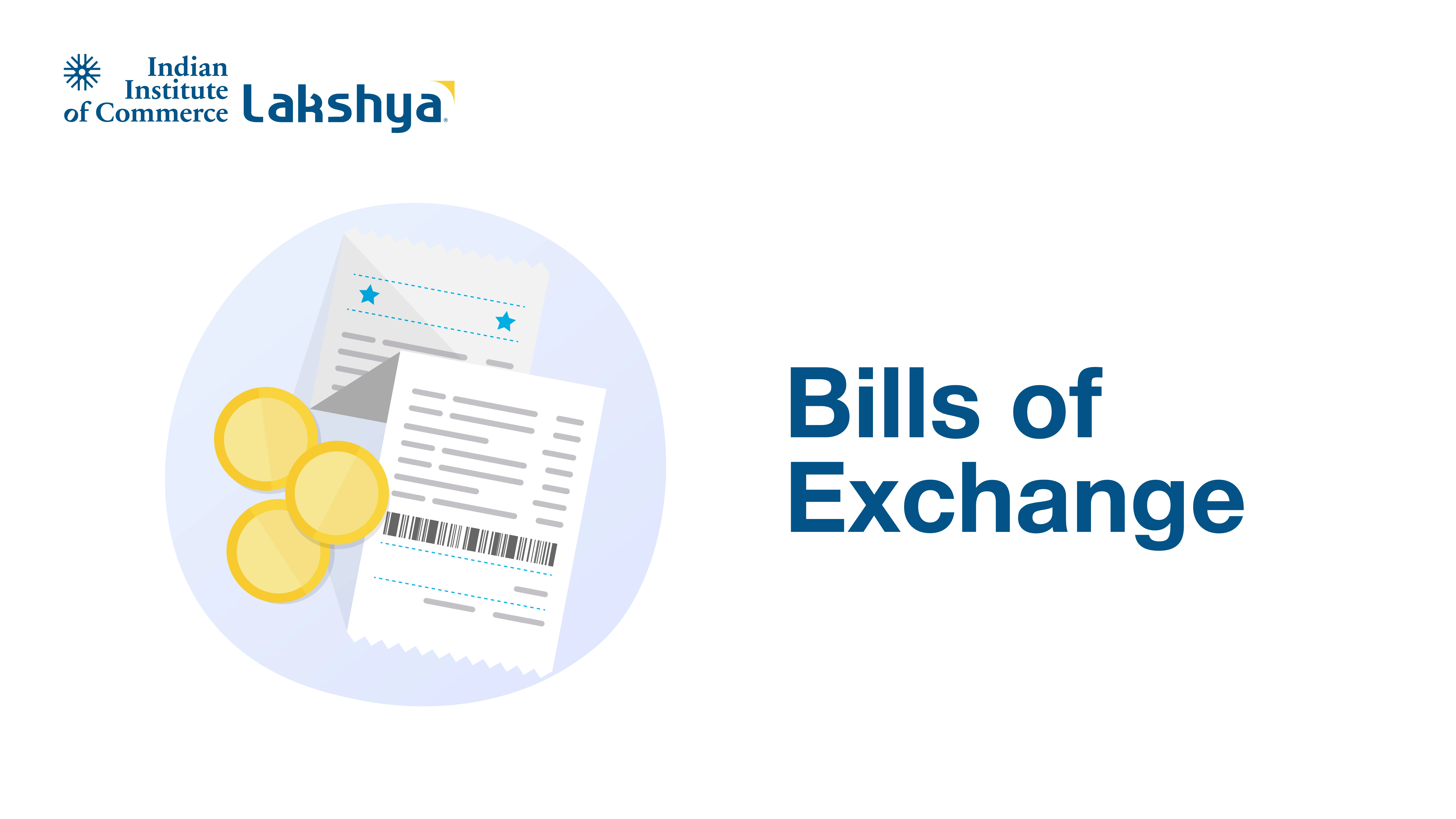
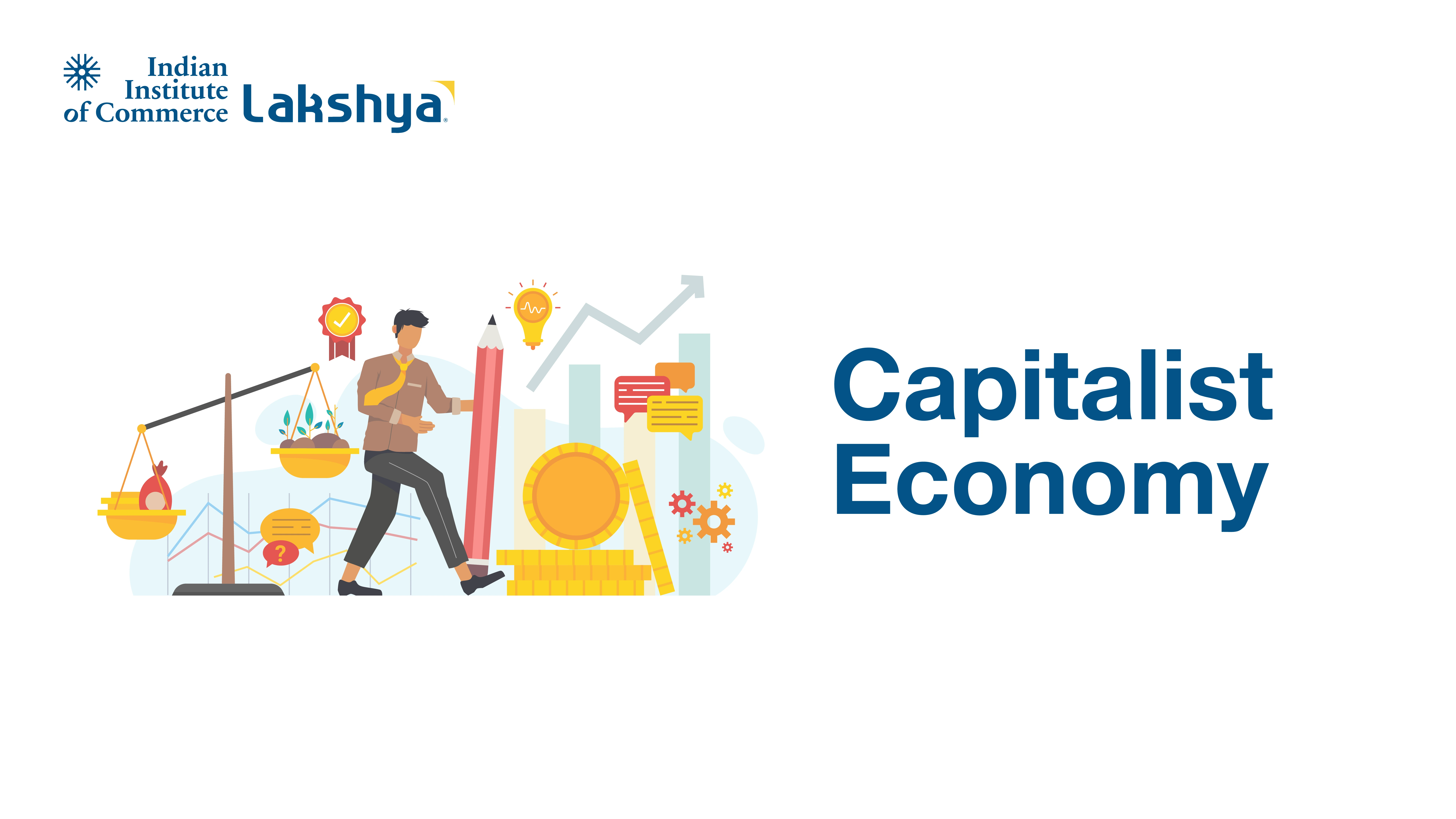
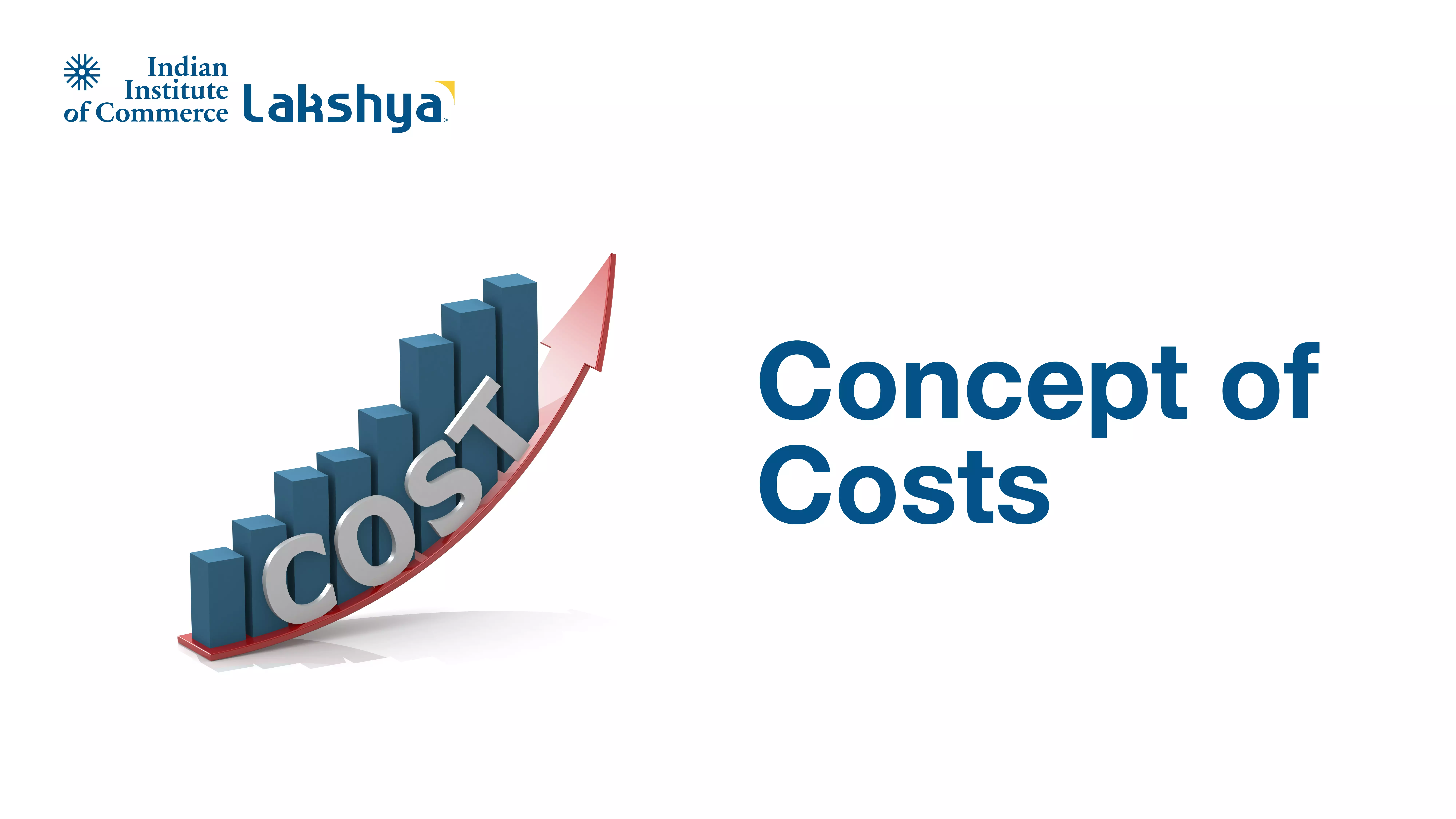

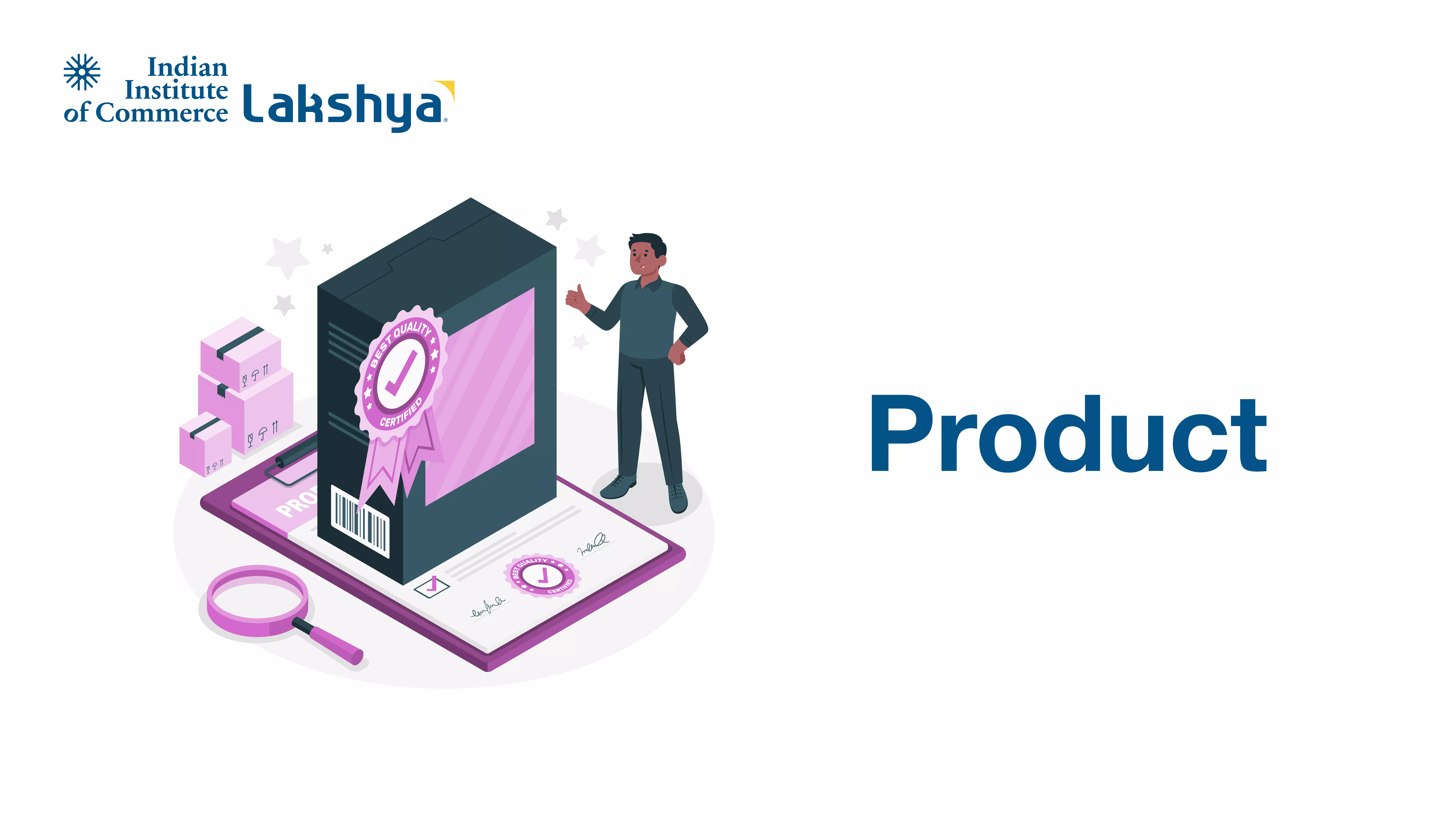

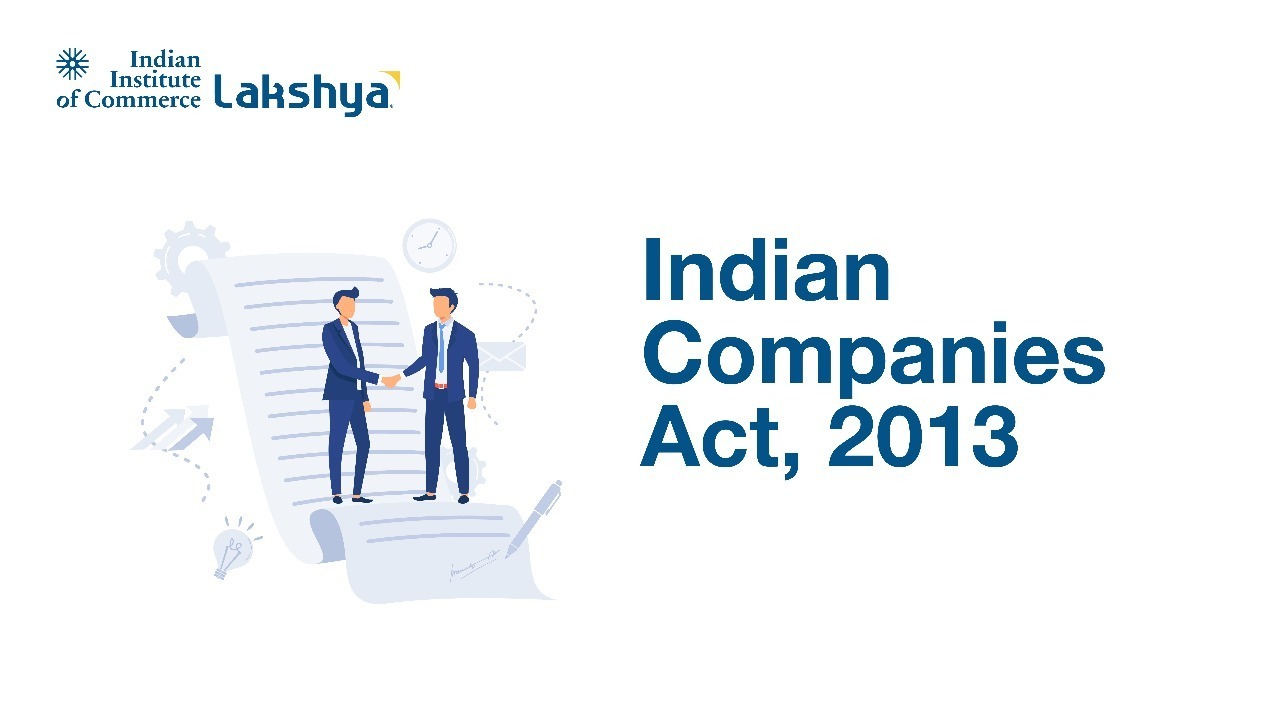
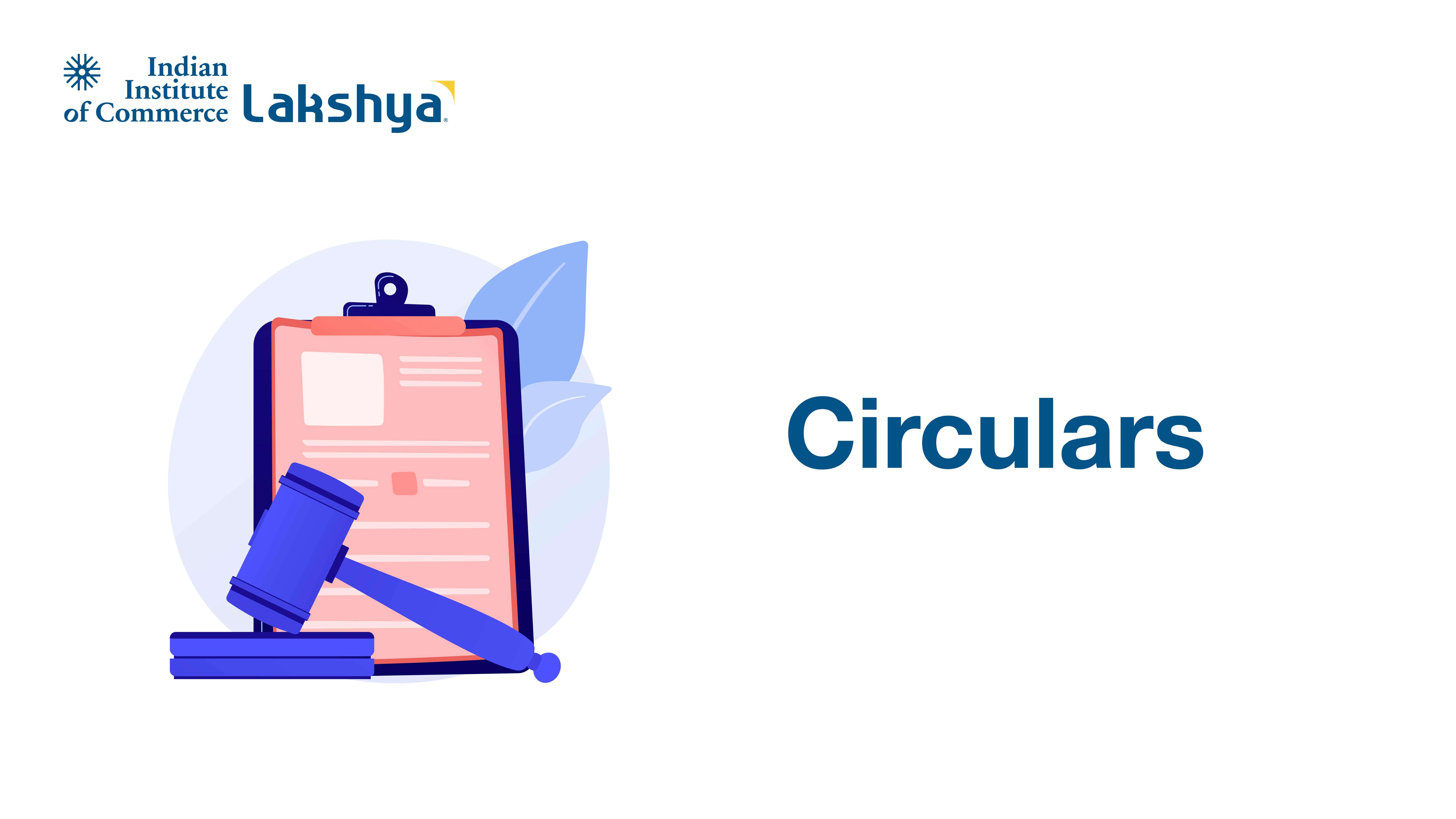
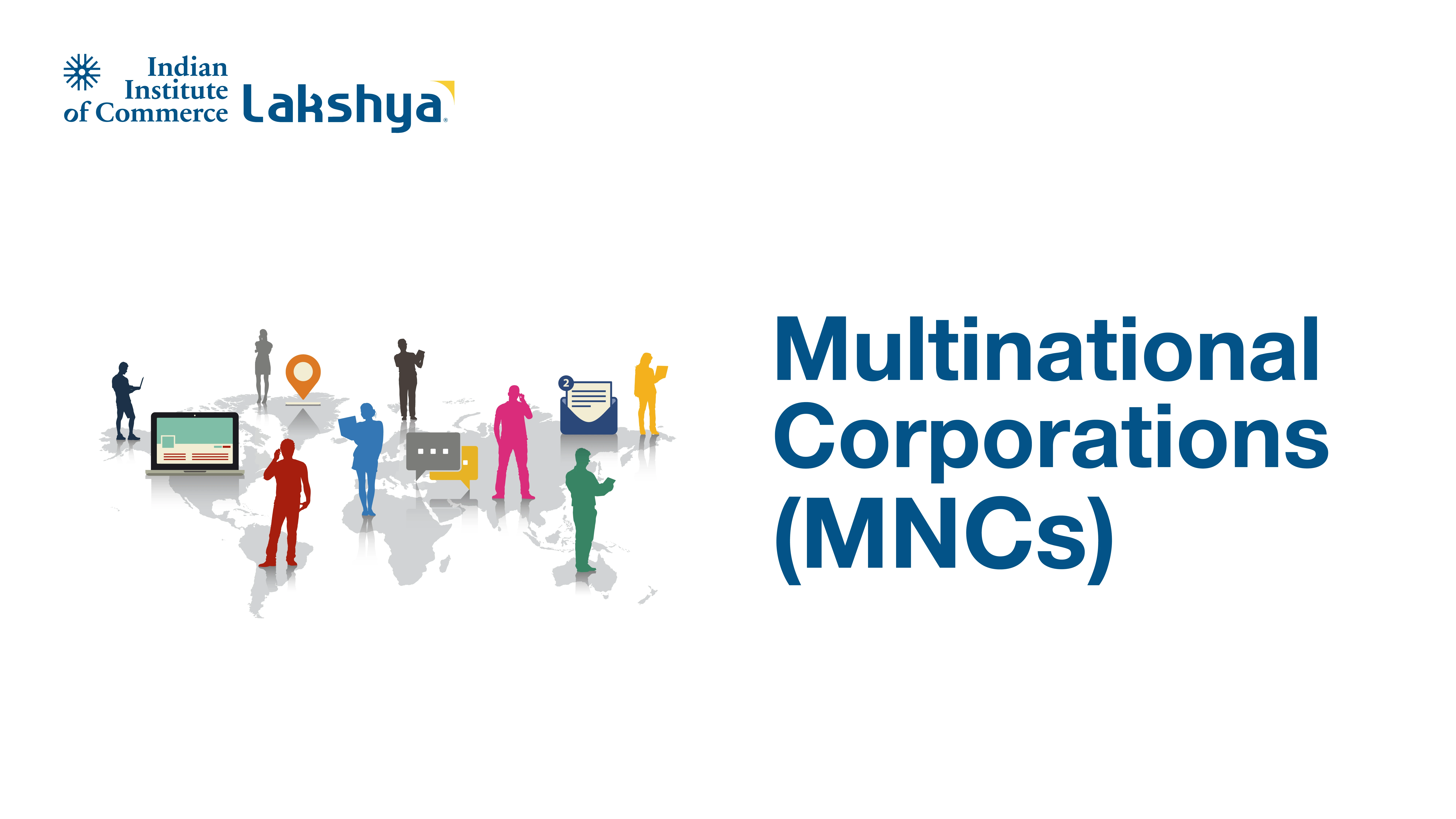
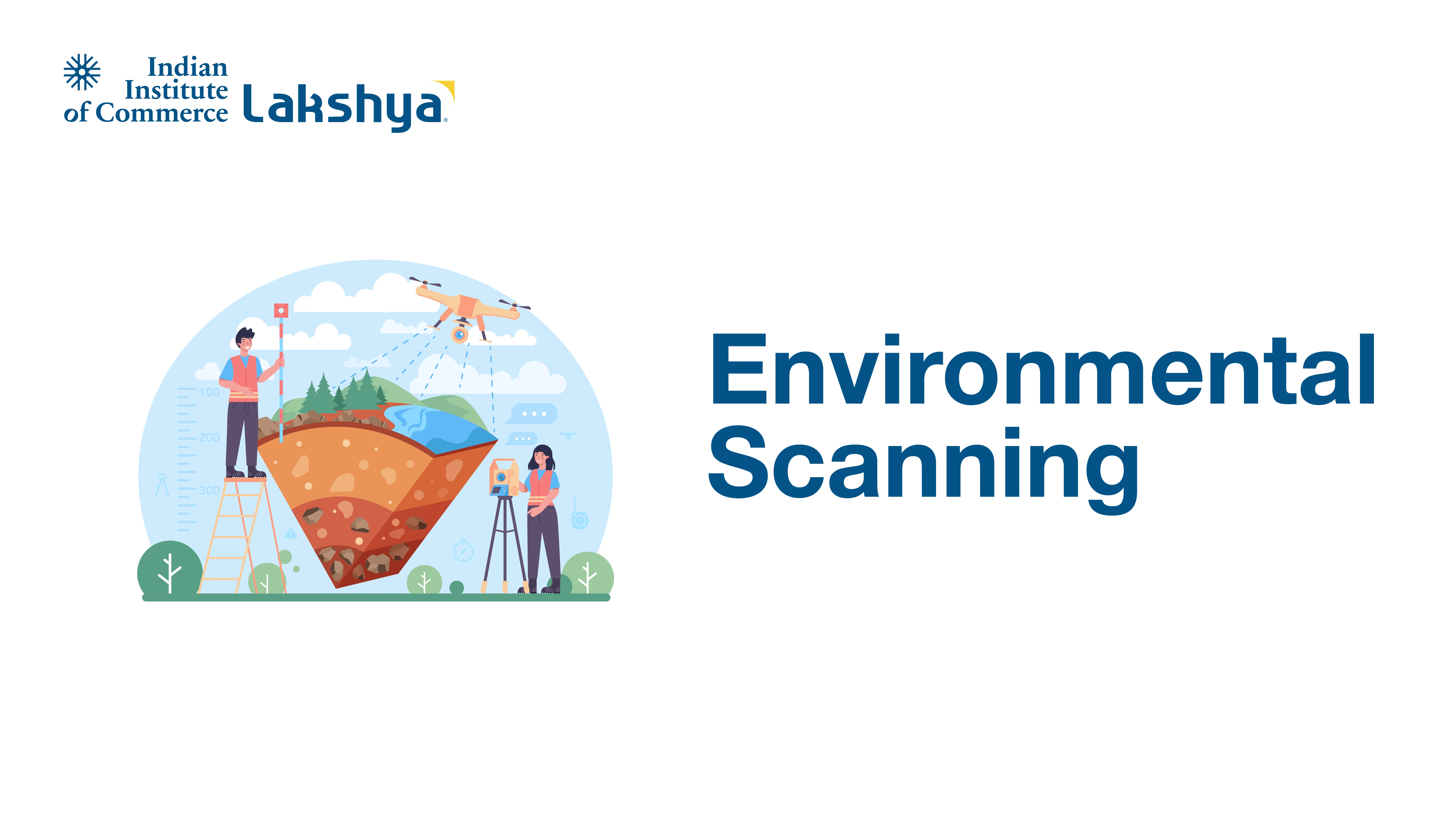

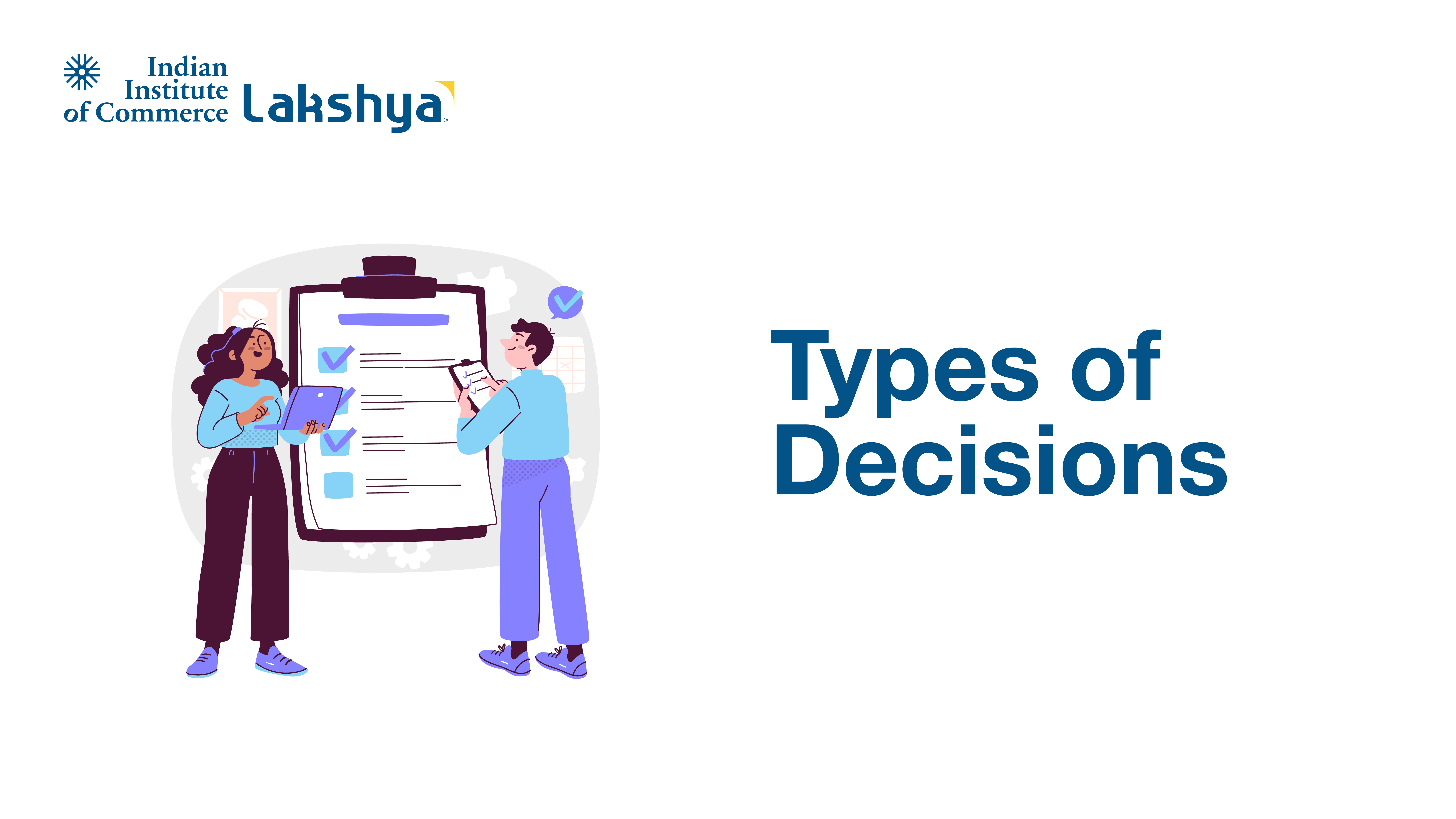

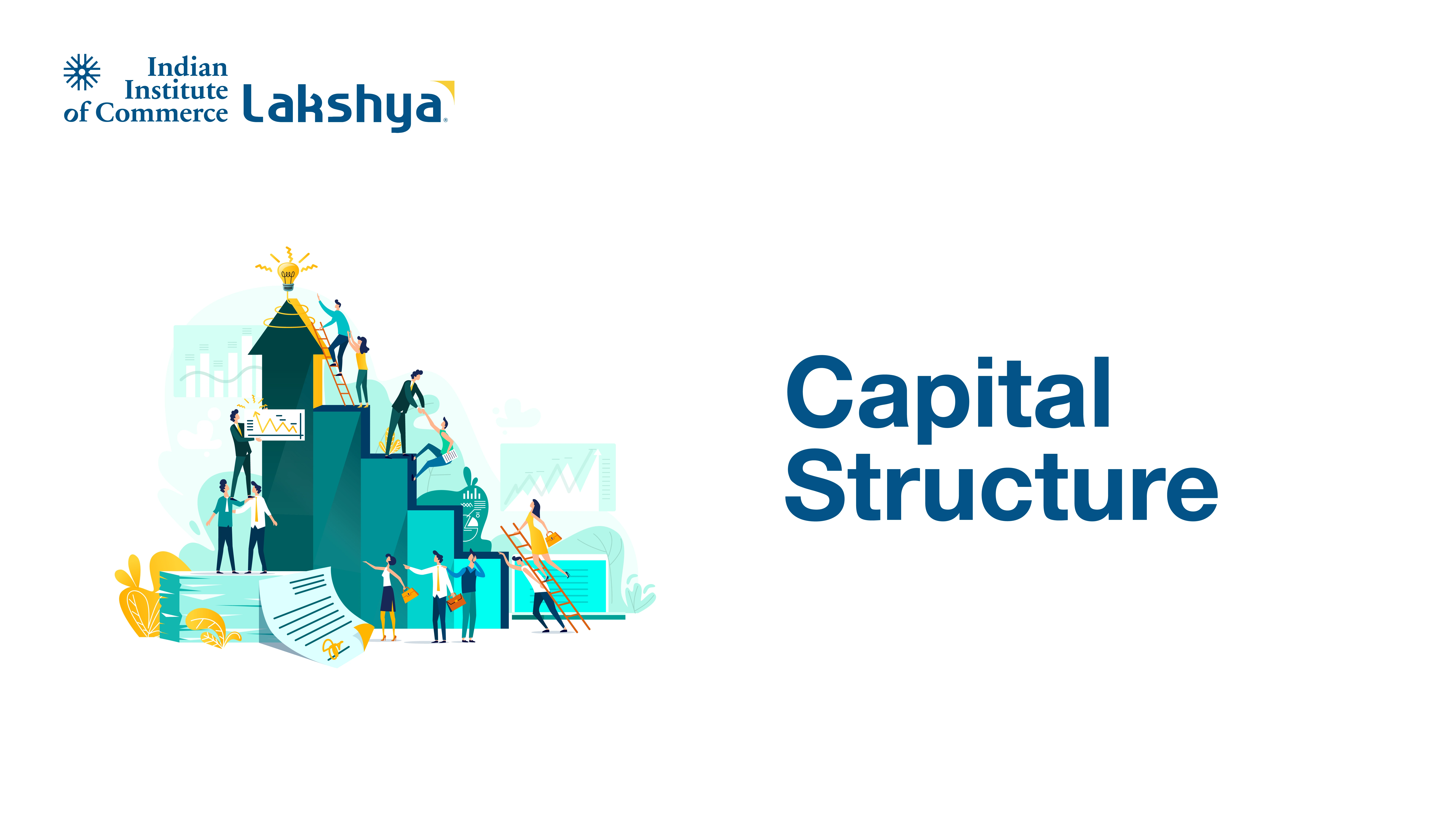

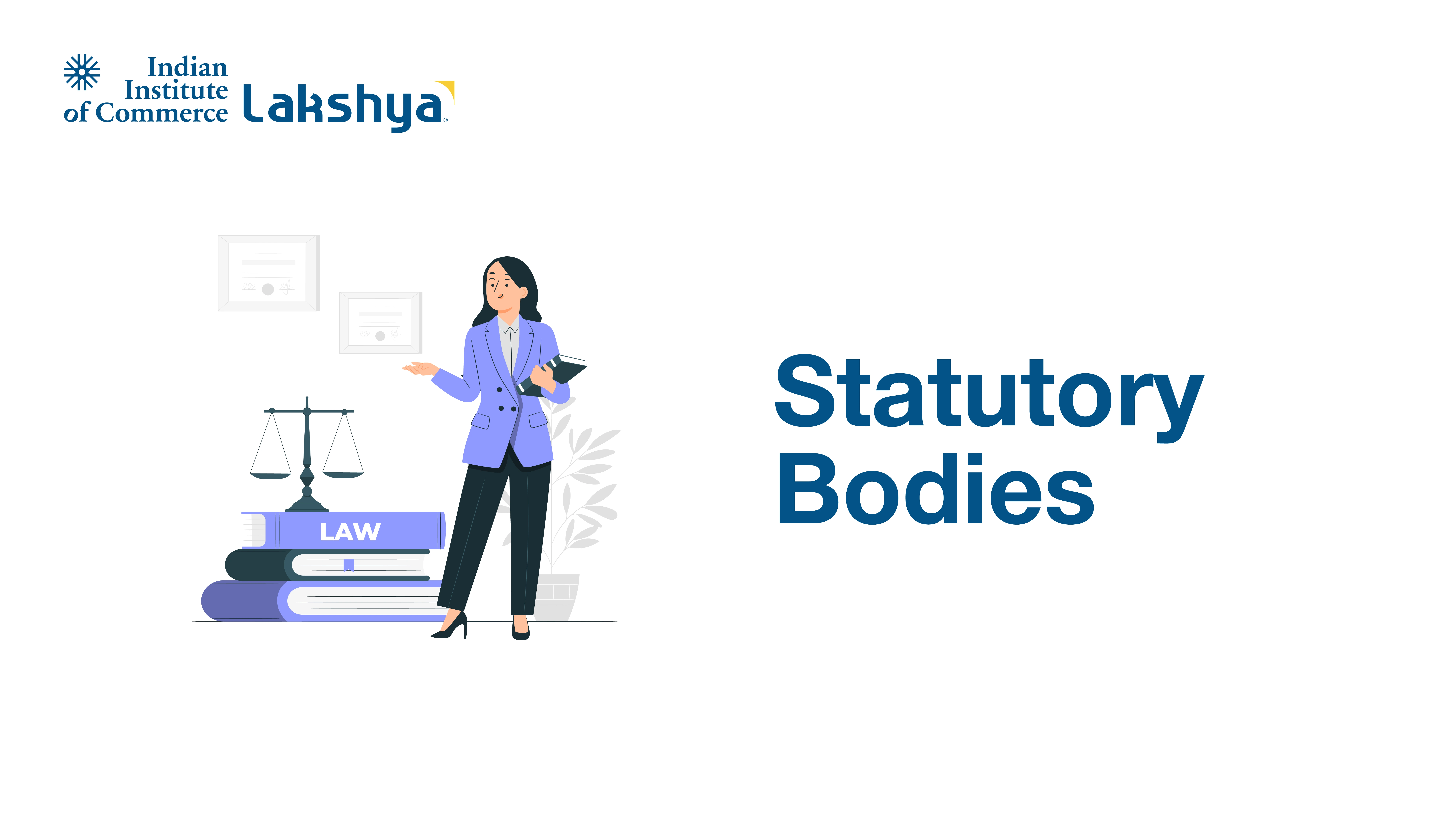
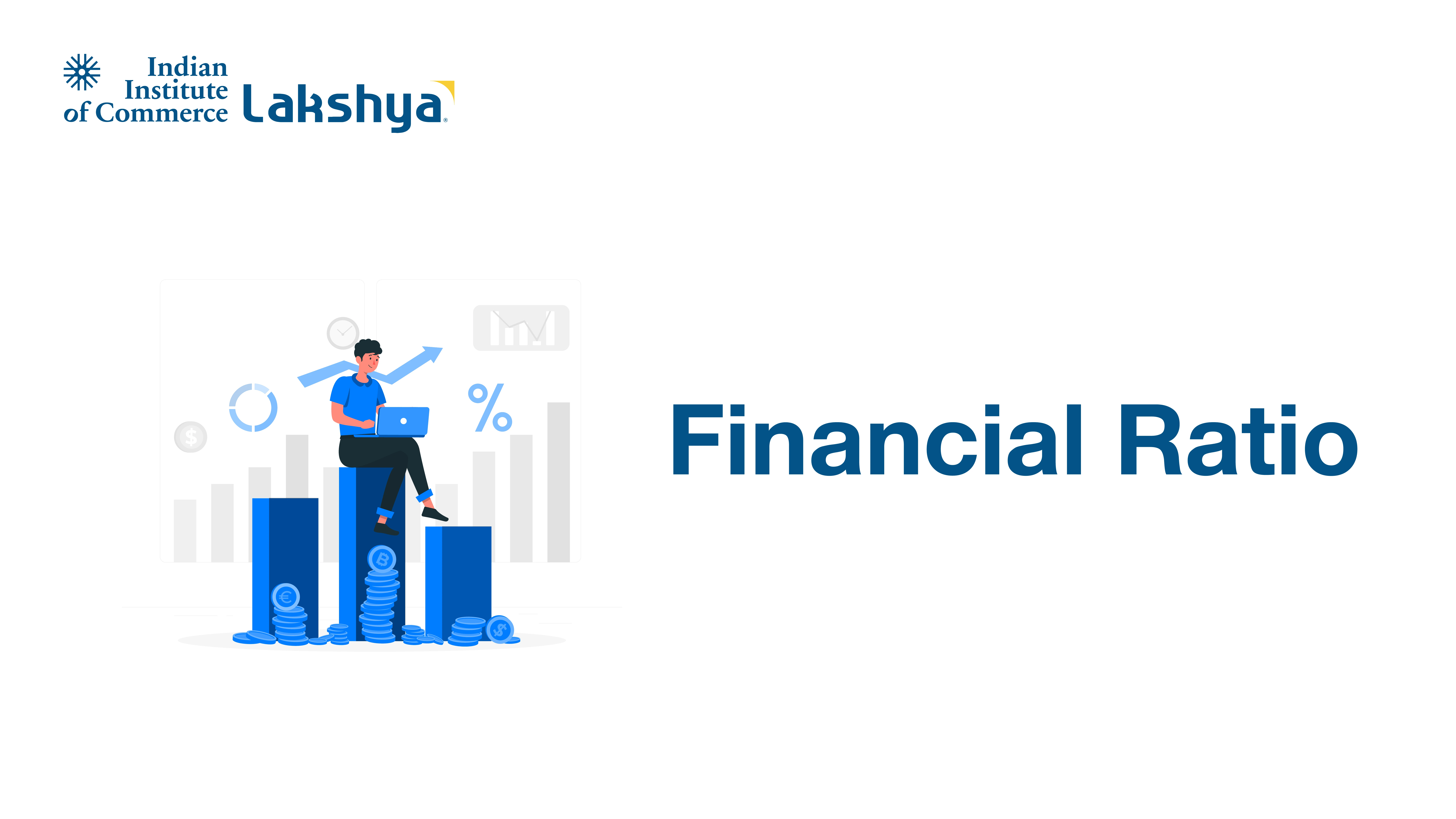


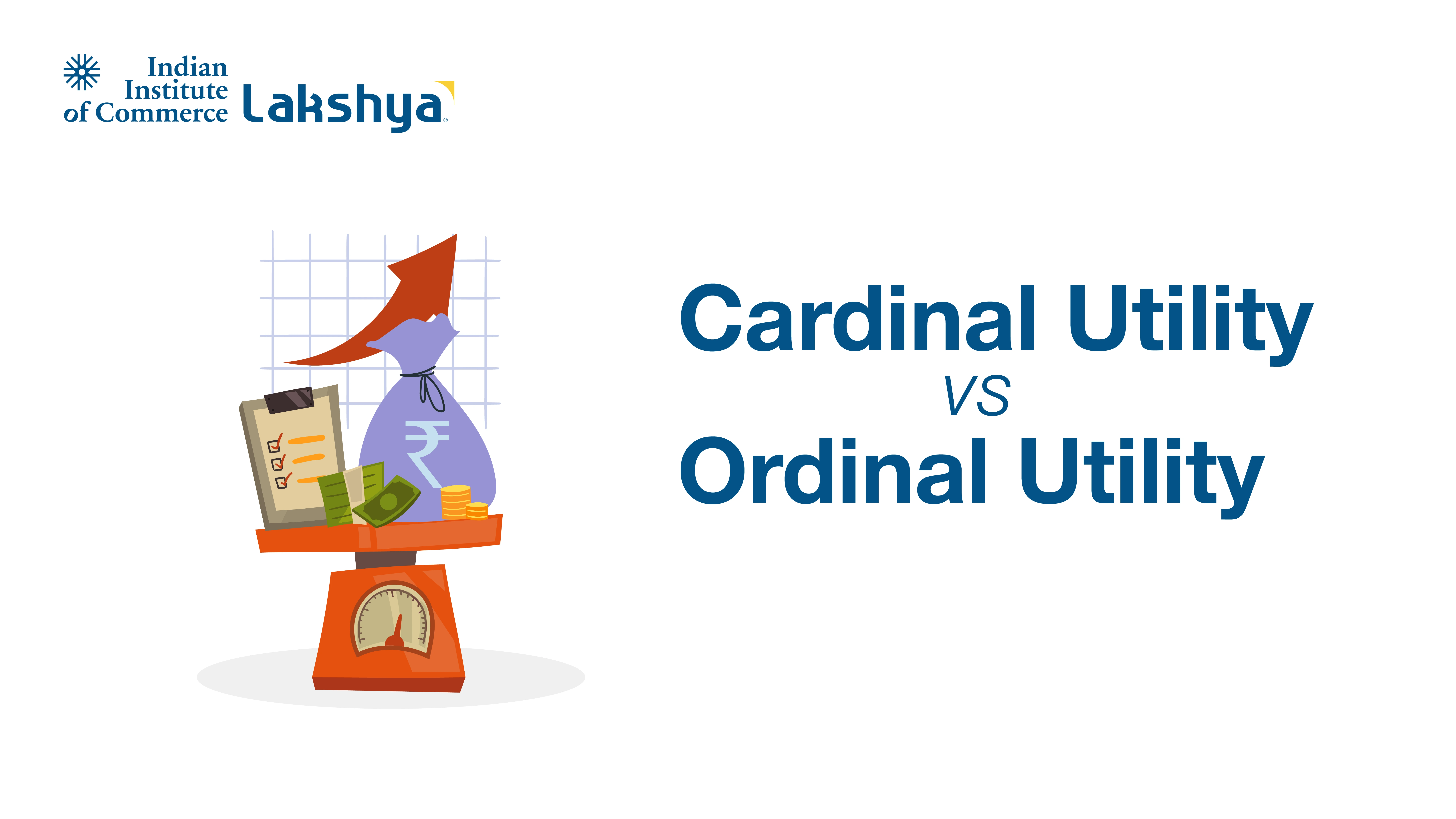
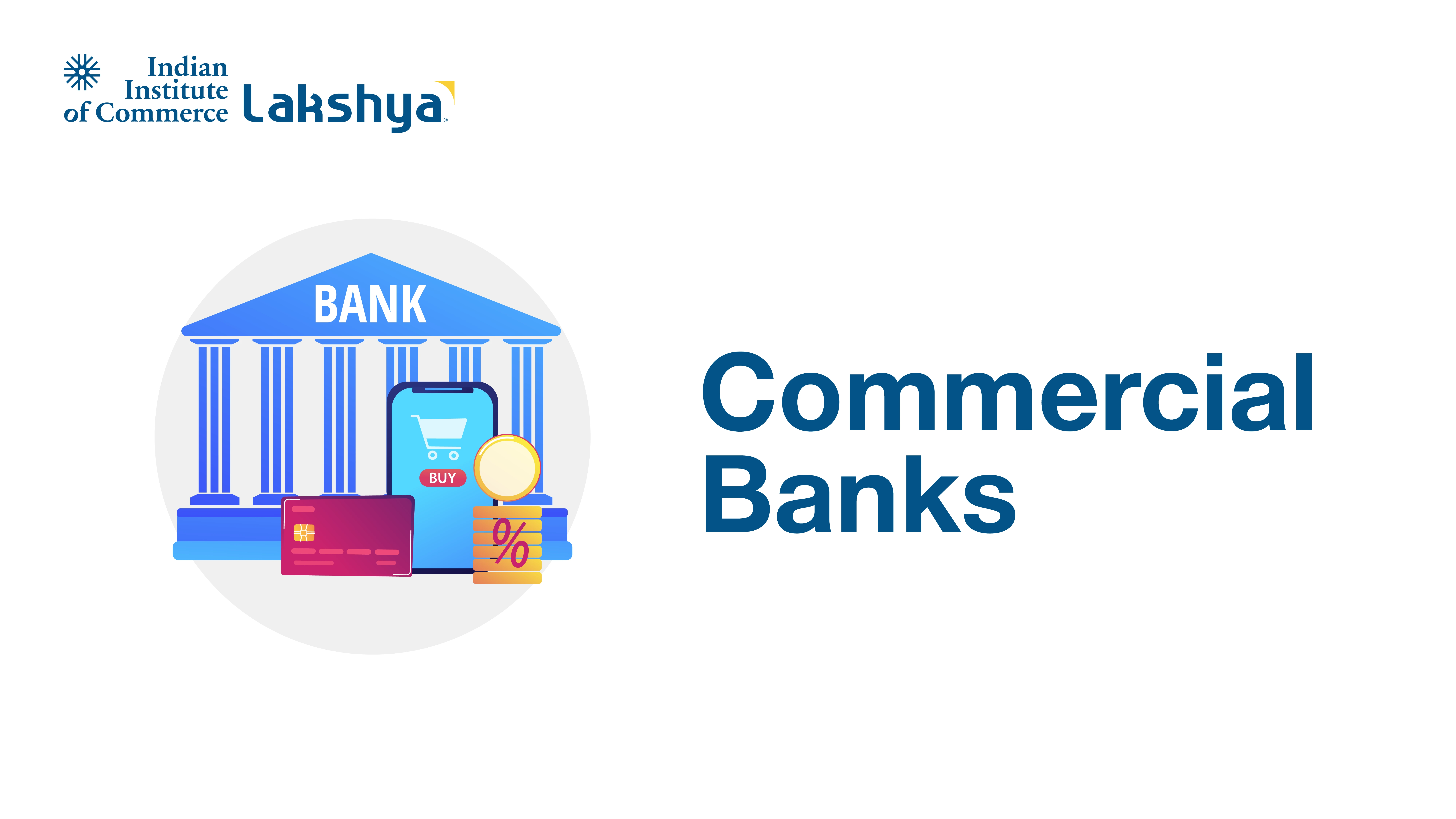




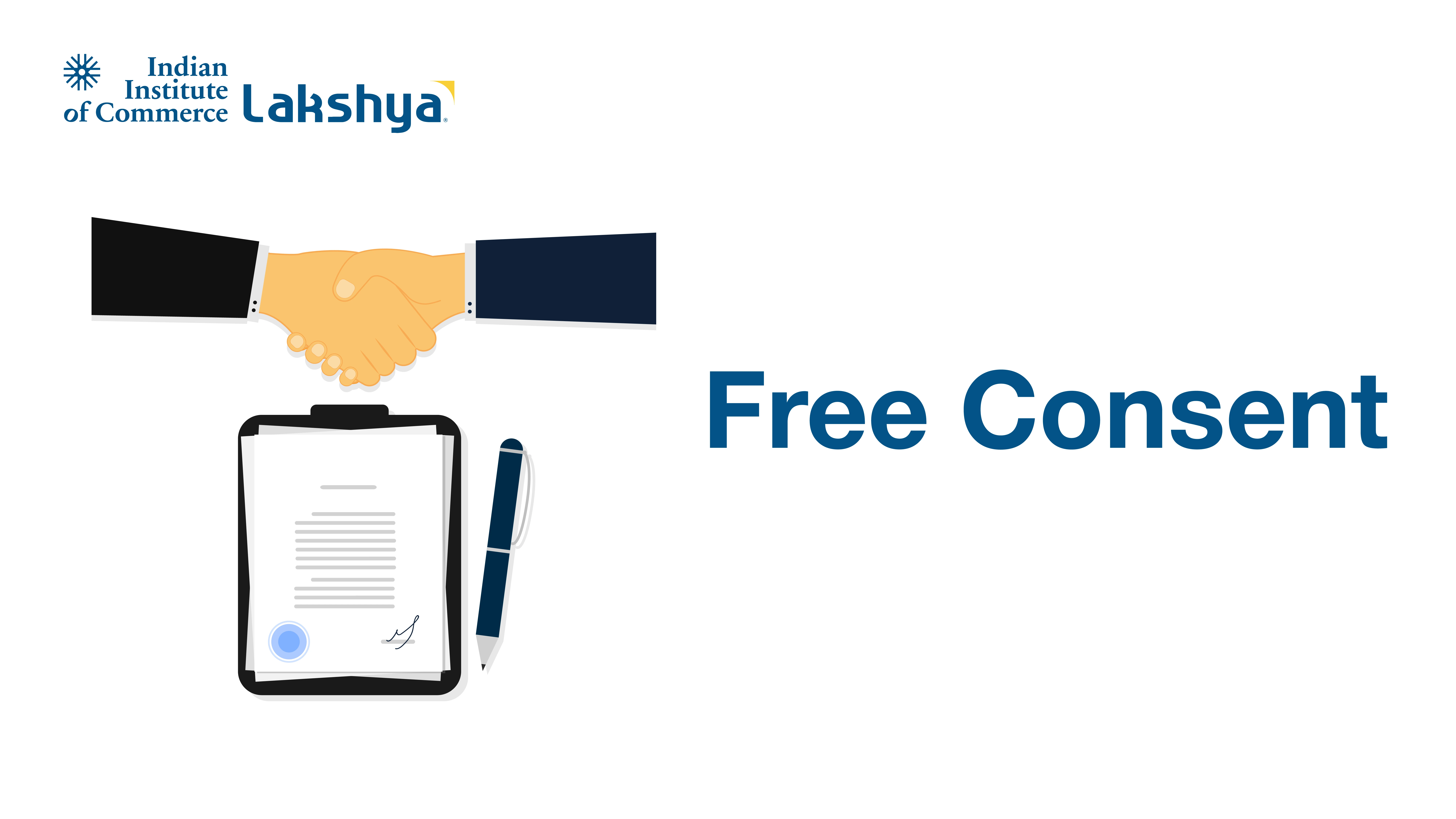


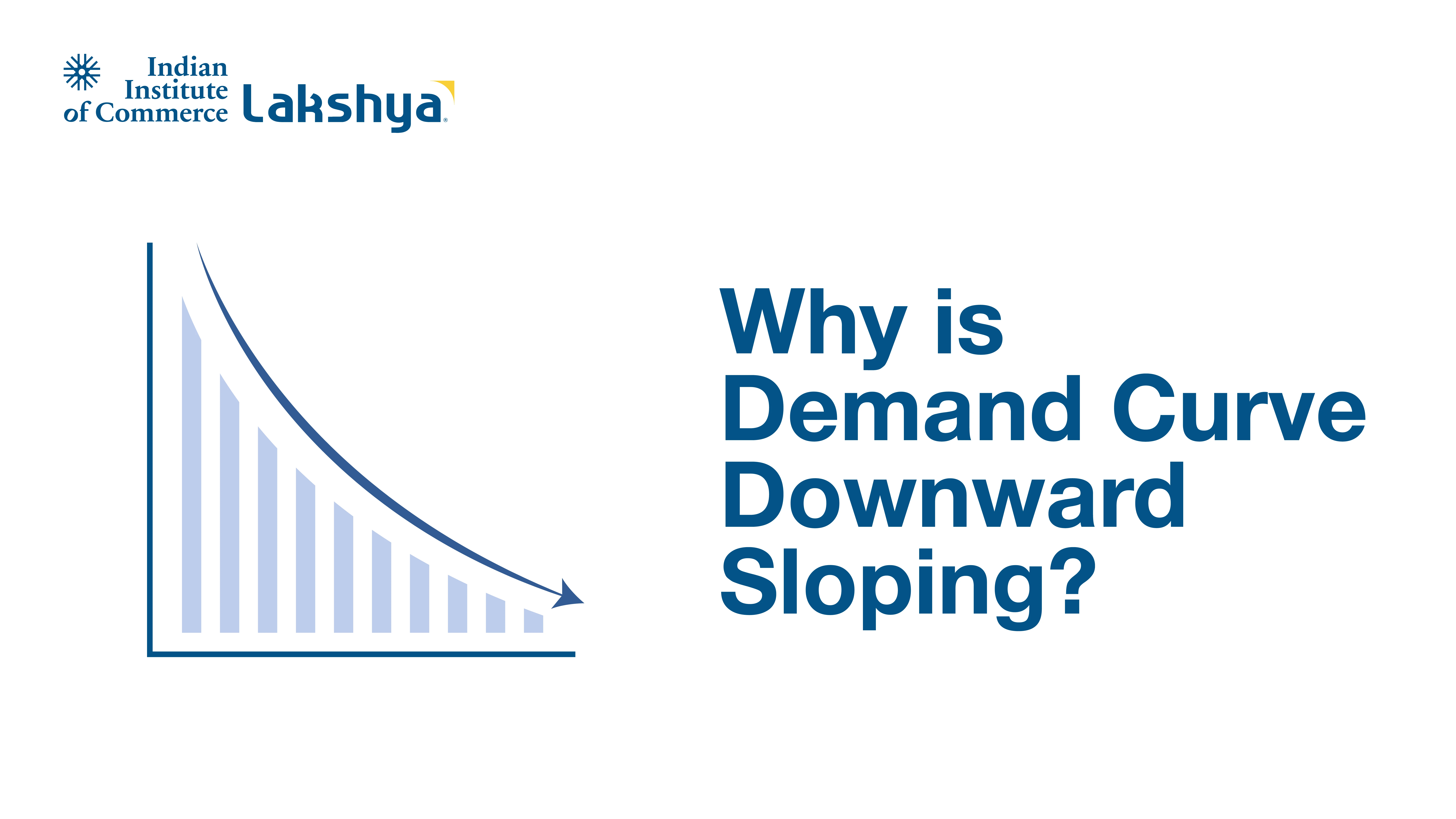

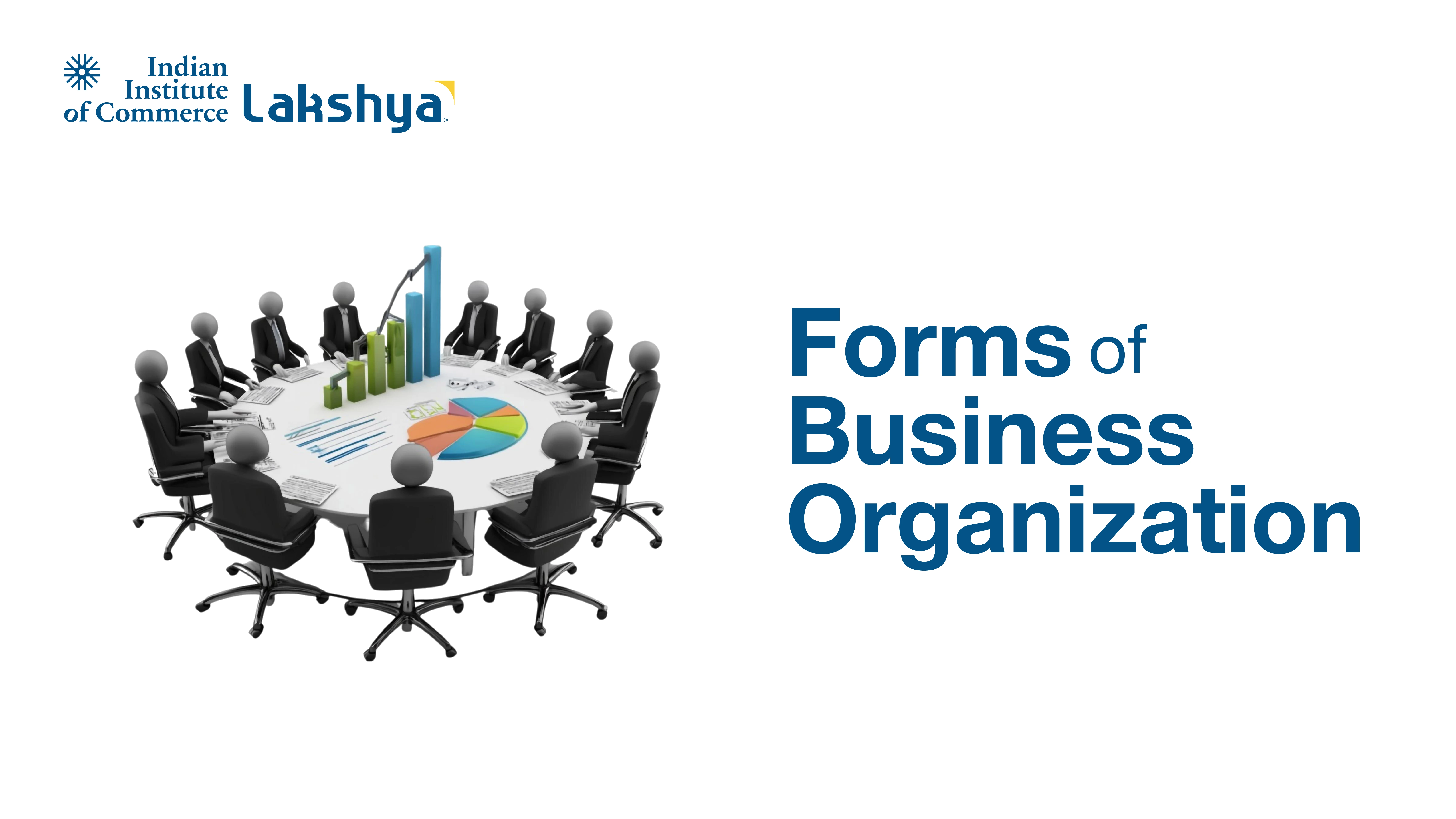

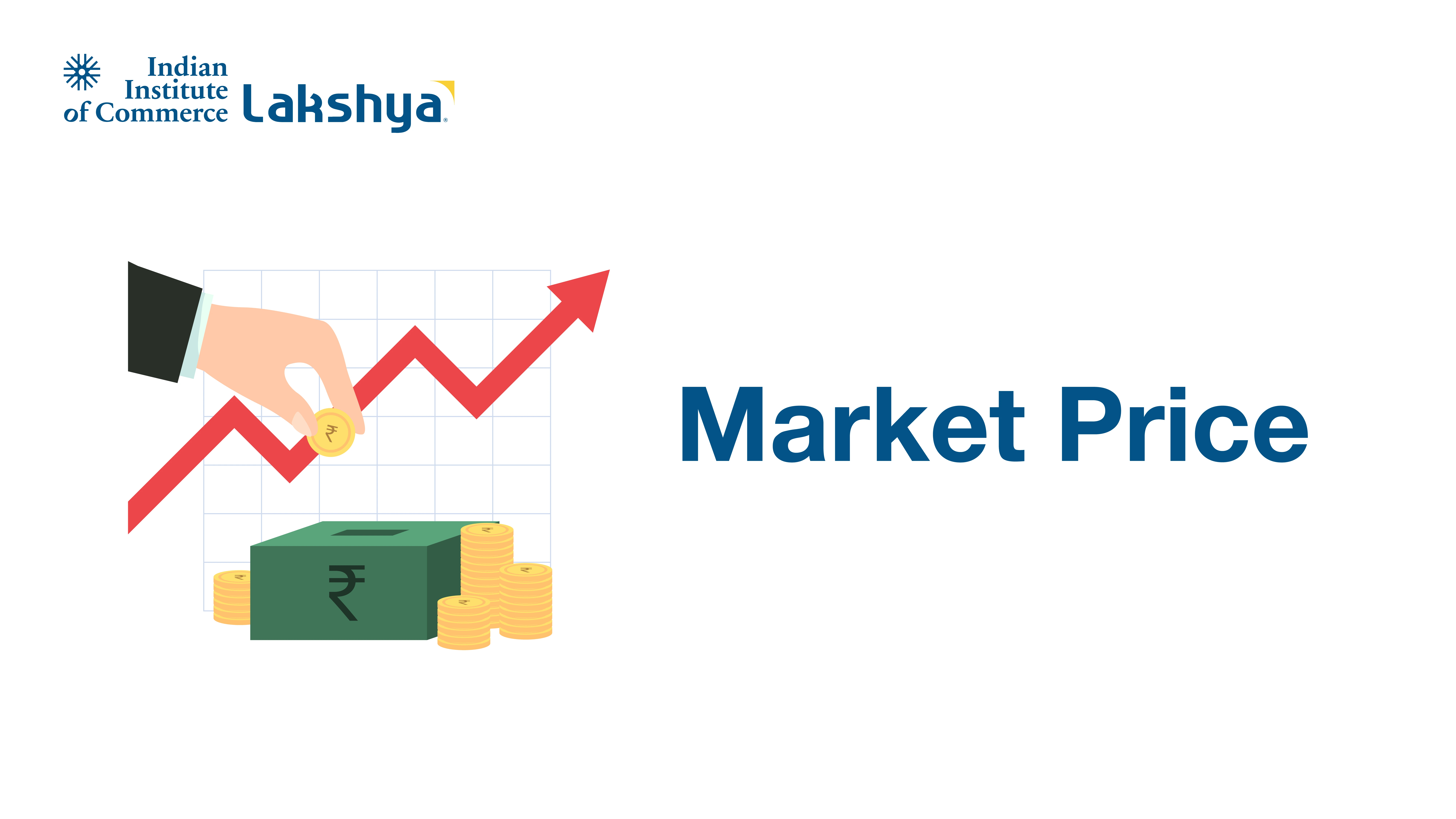
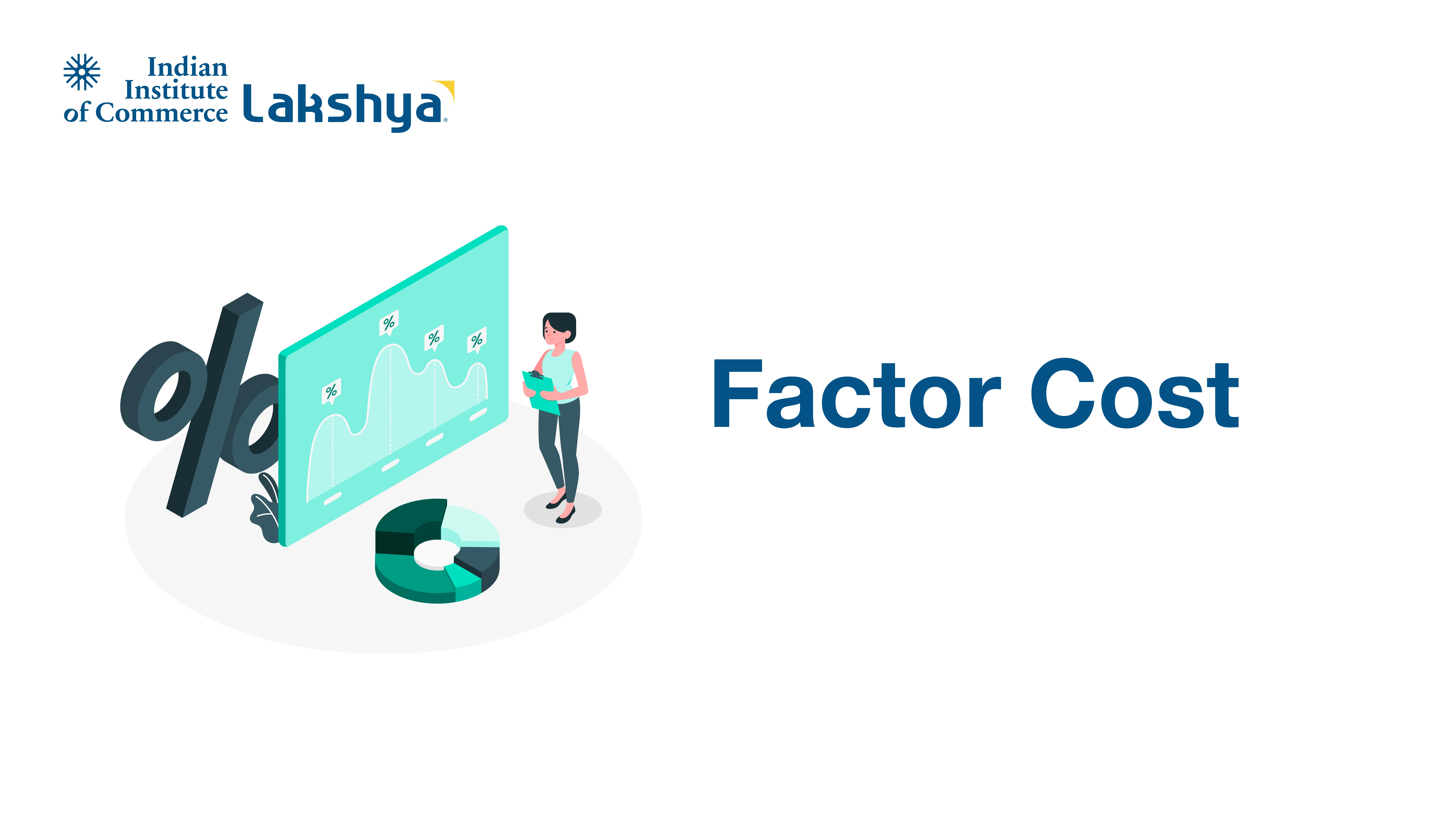



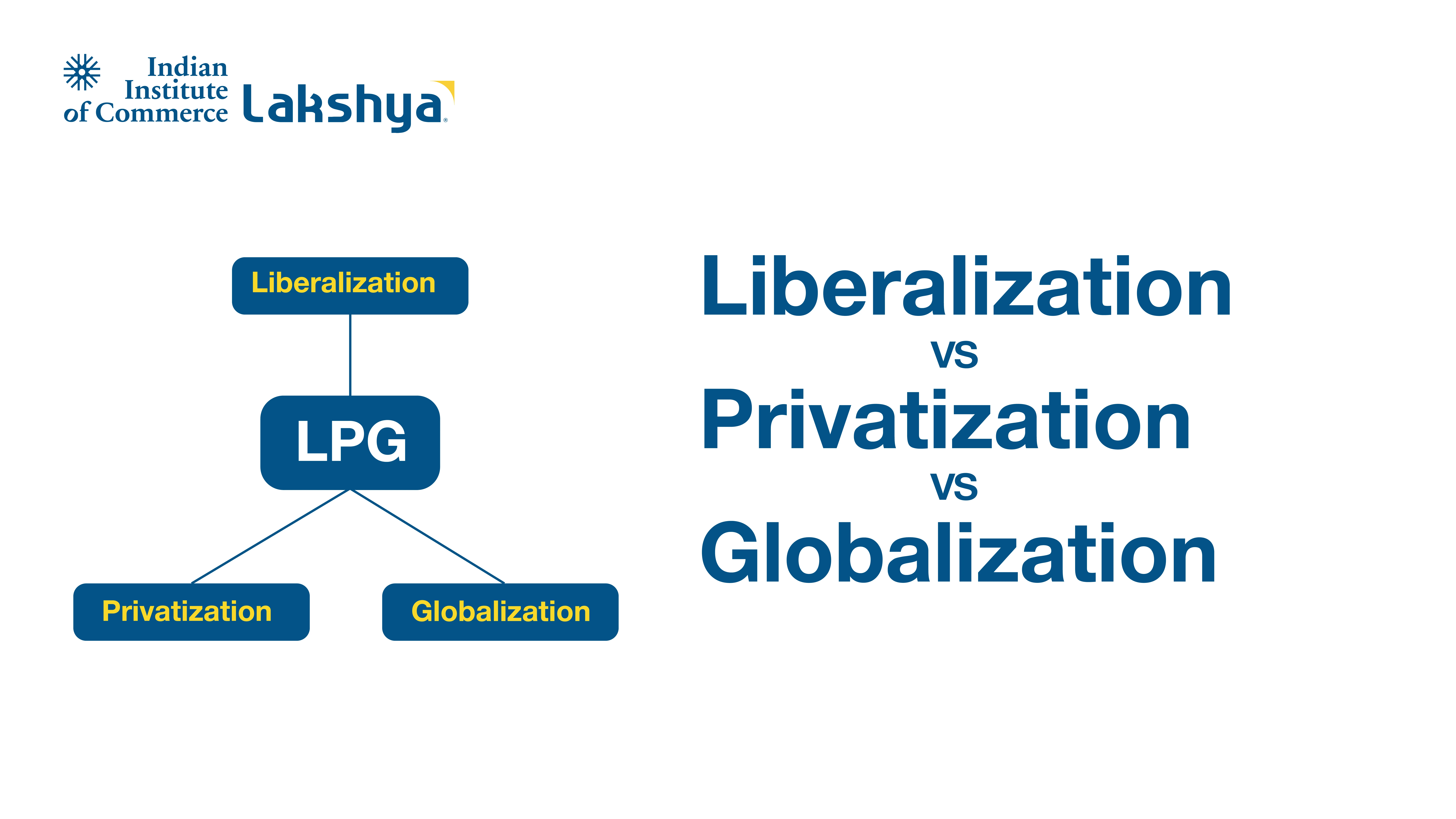


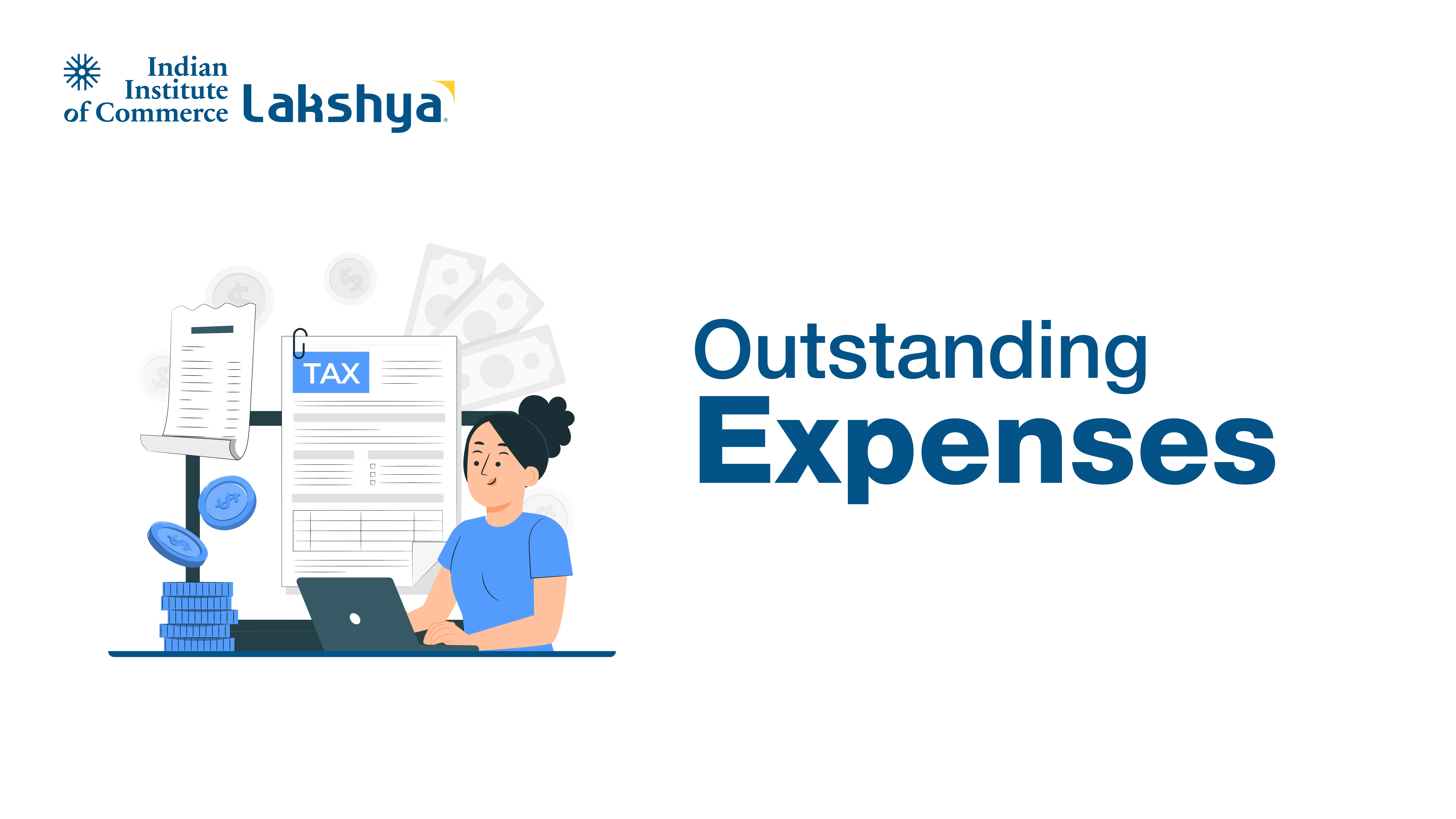


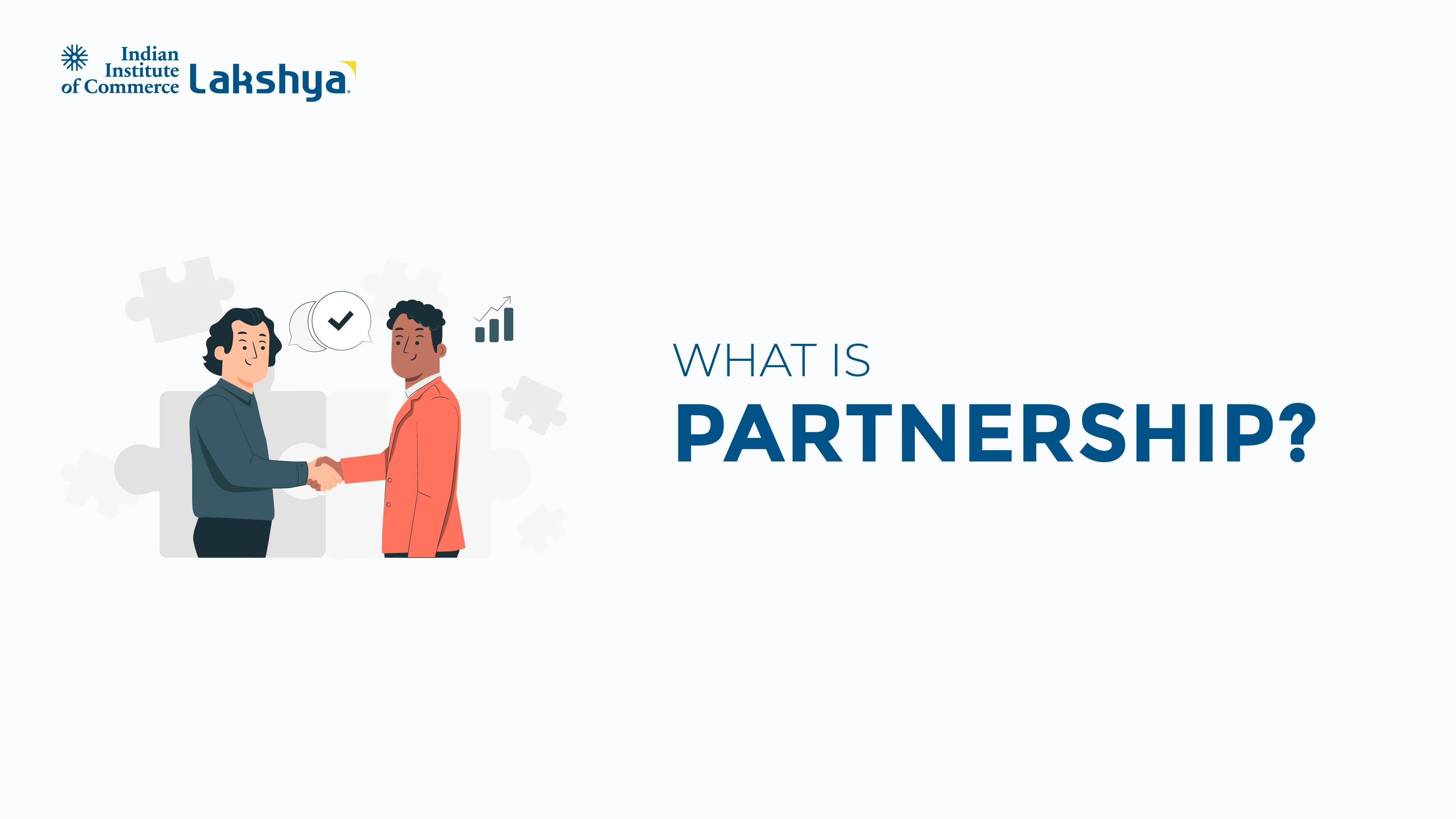


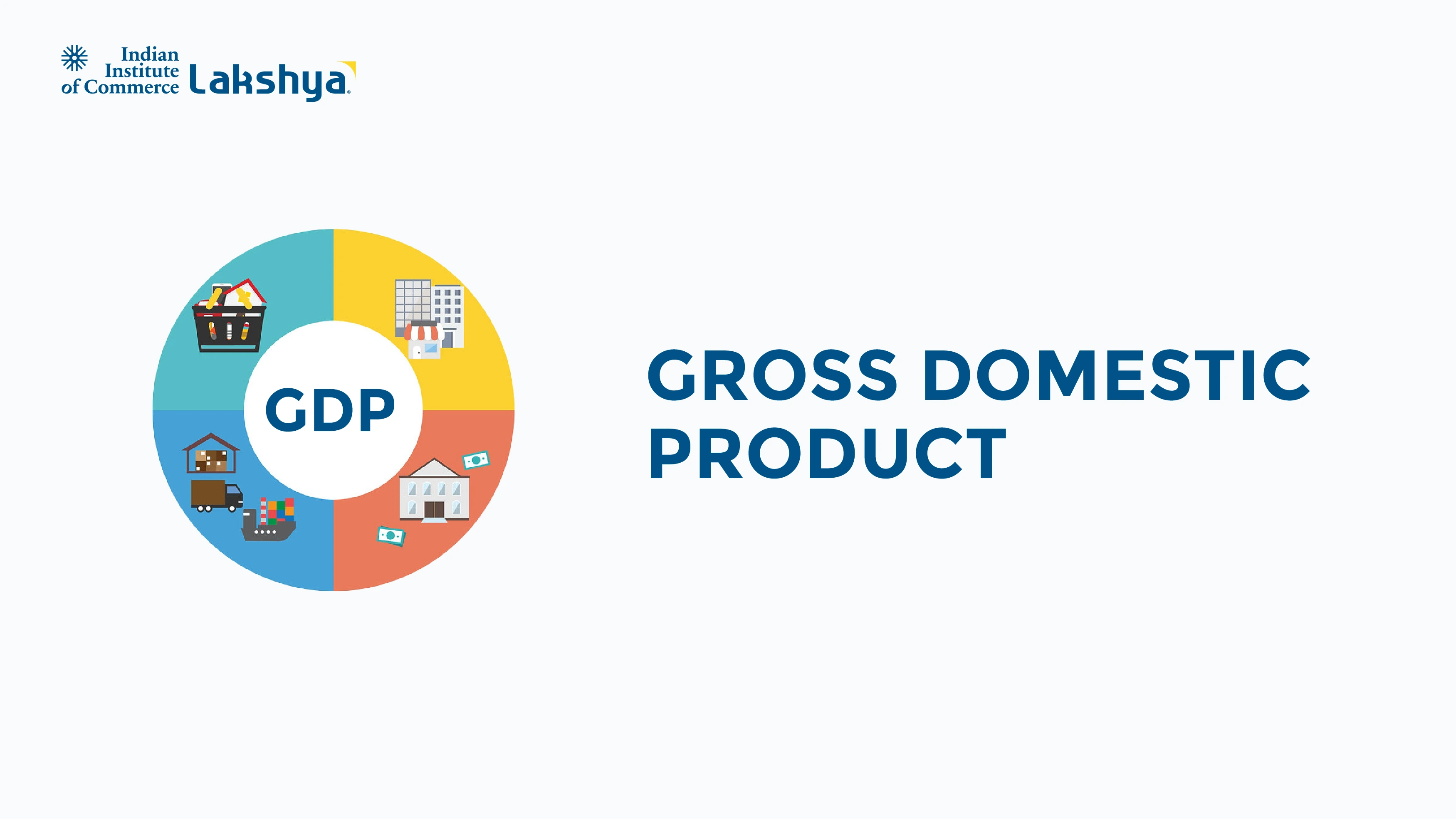
.webp)
